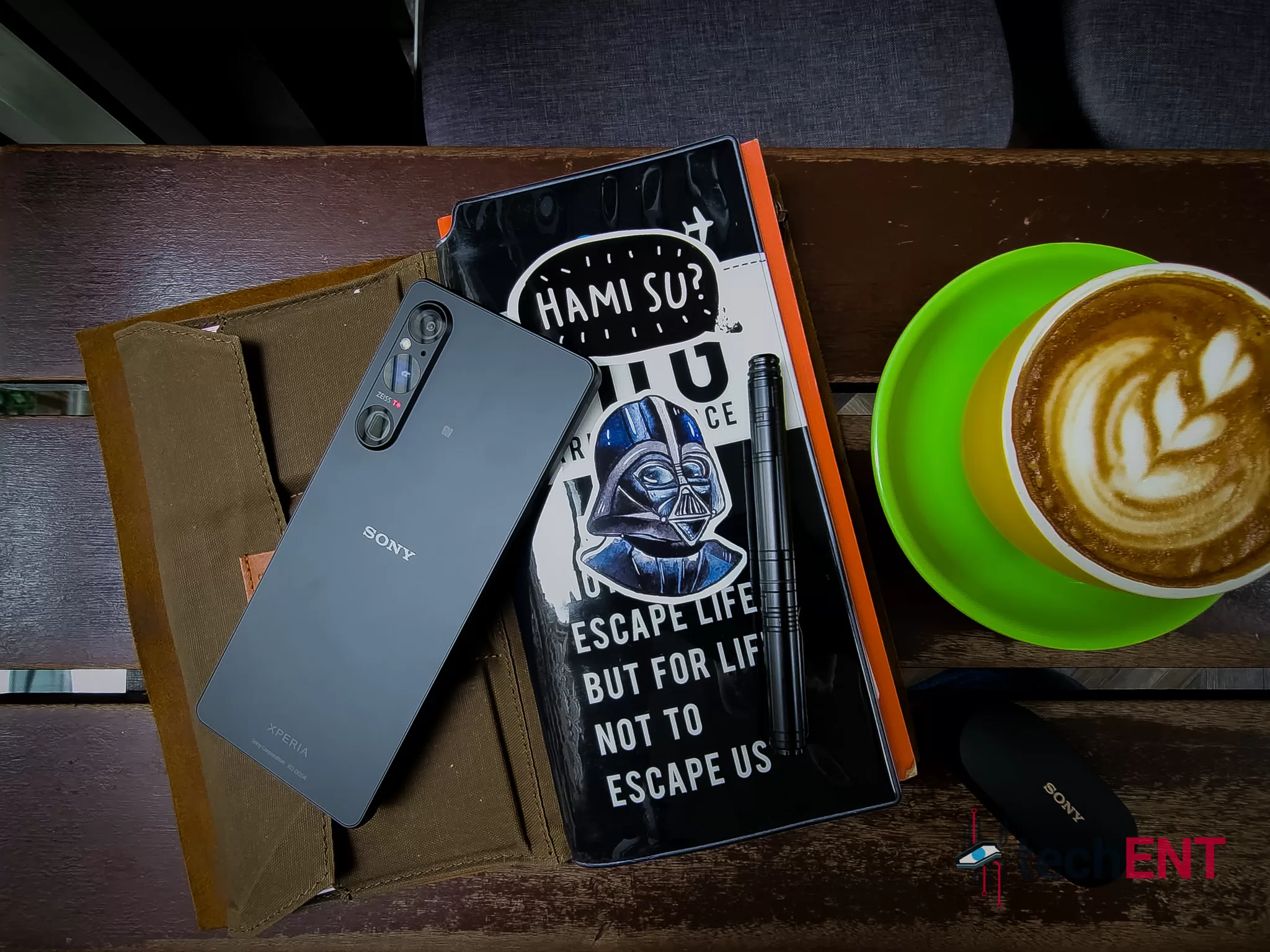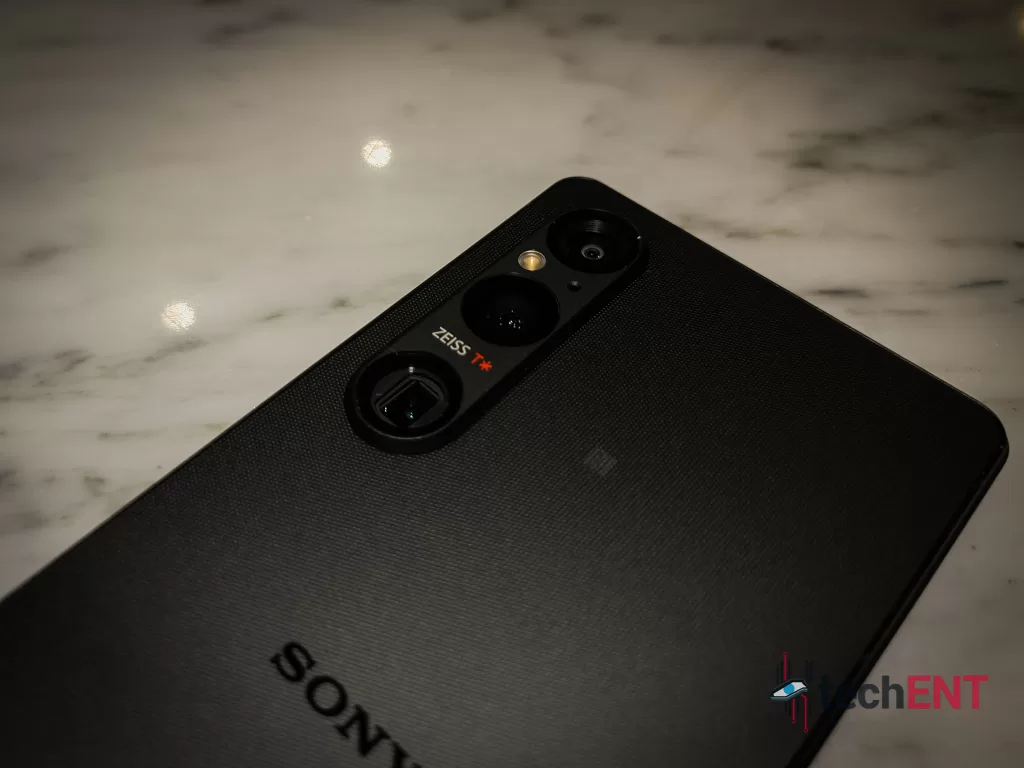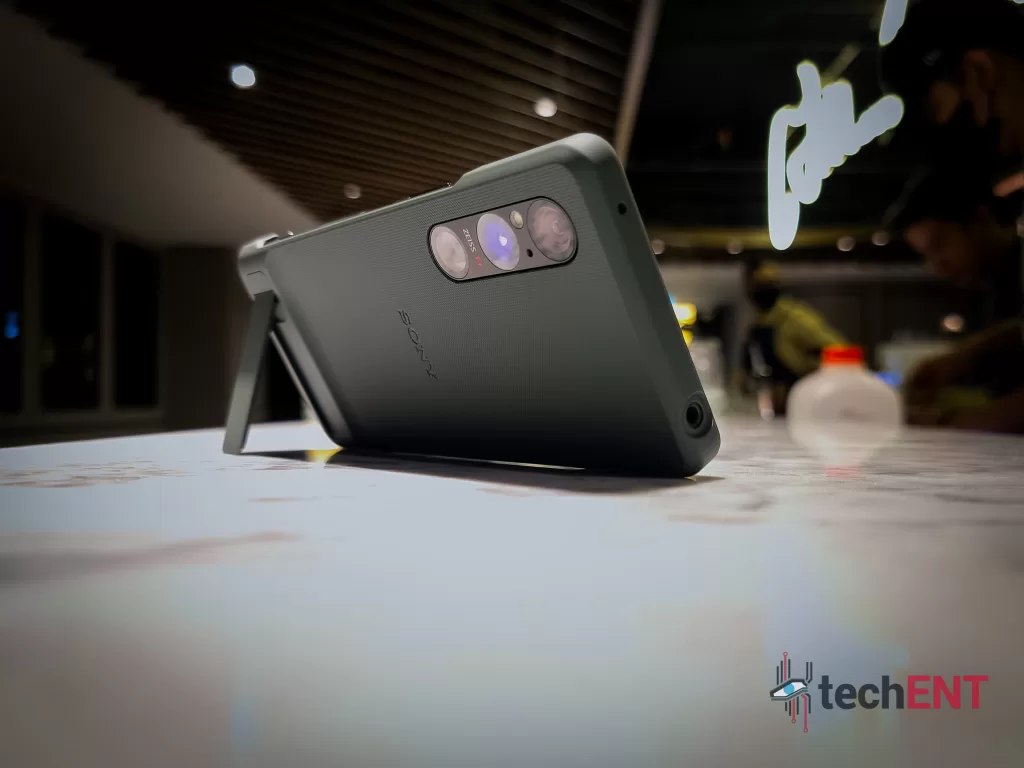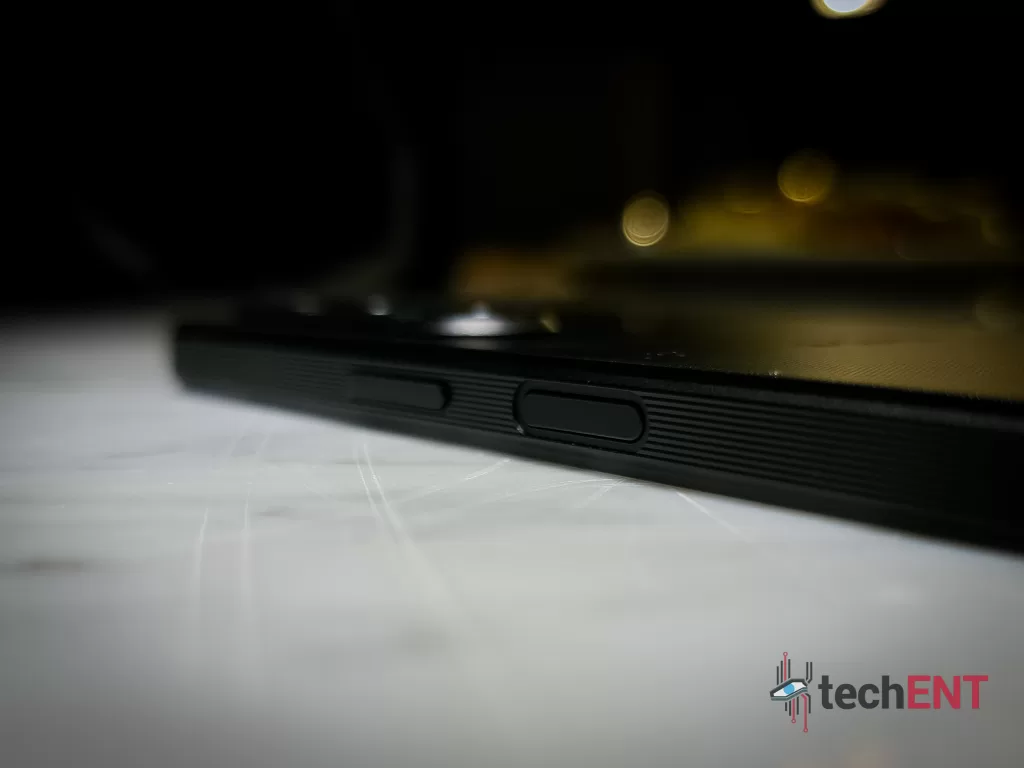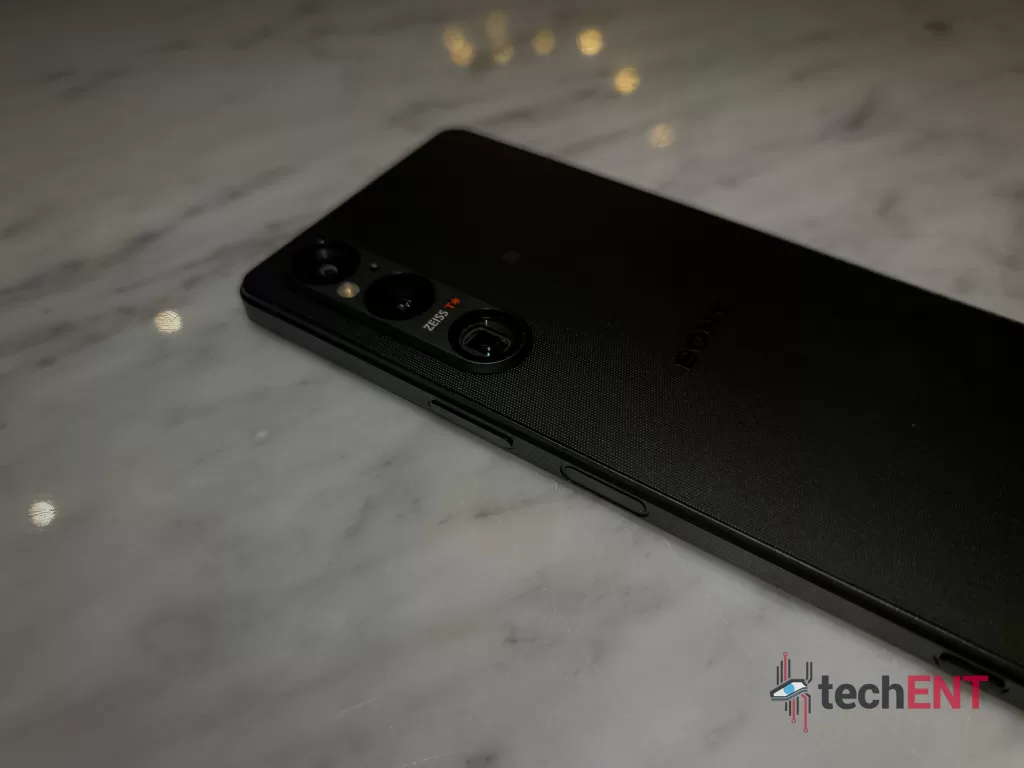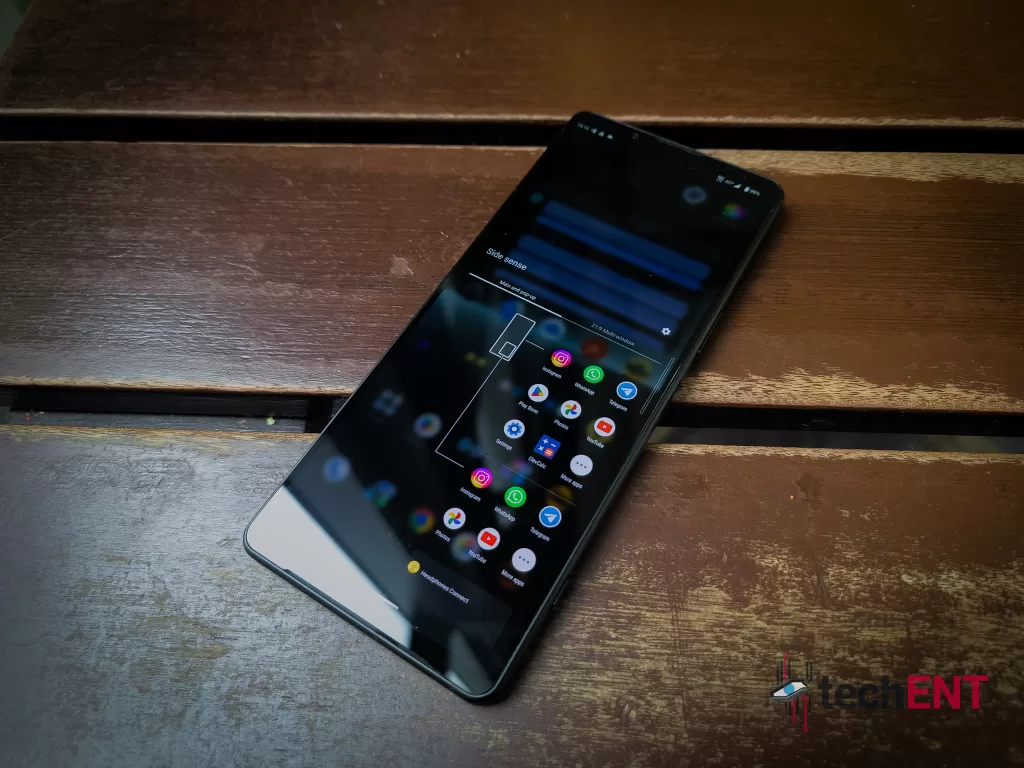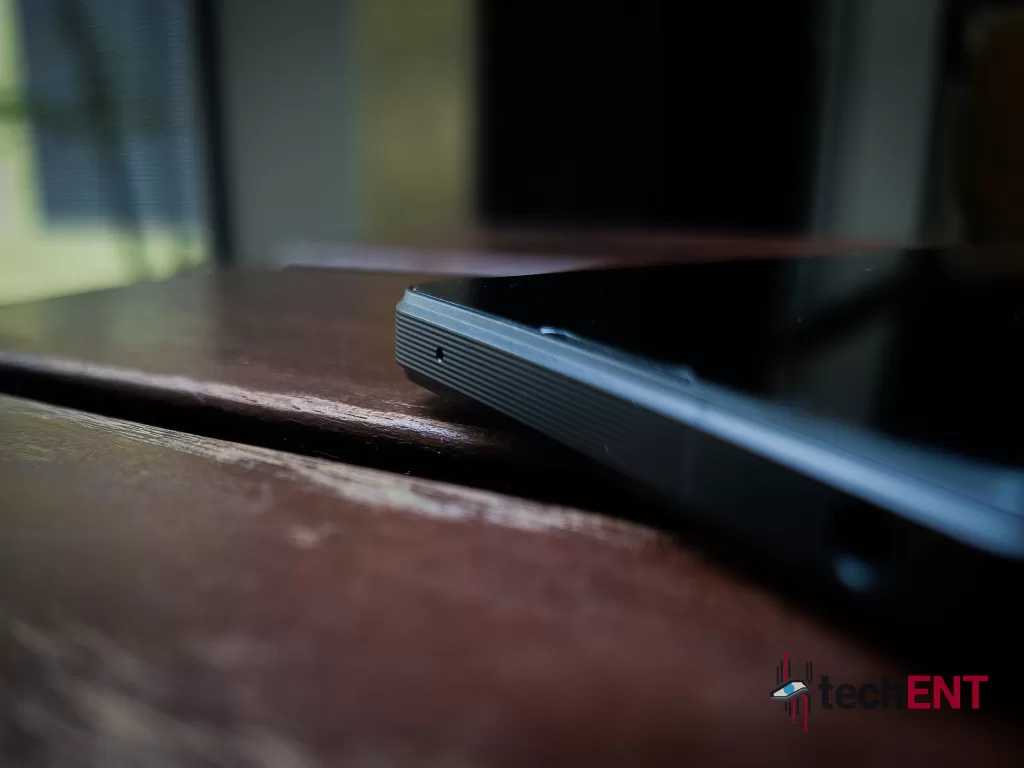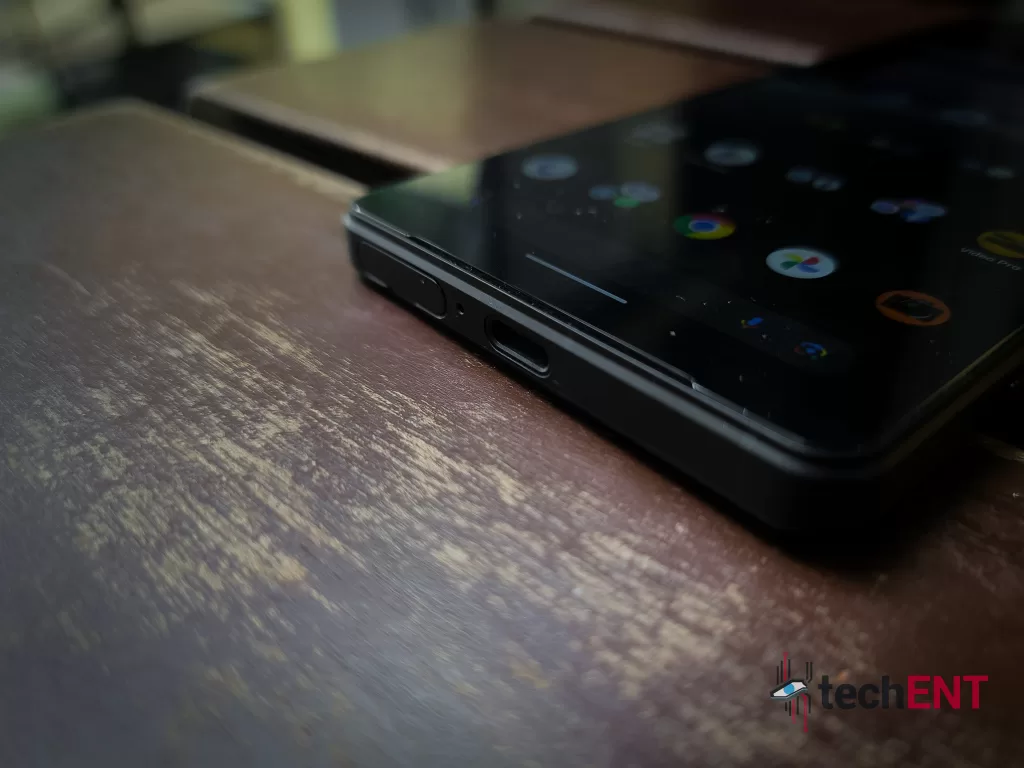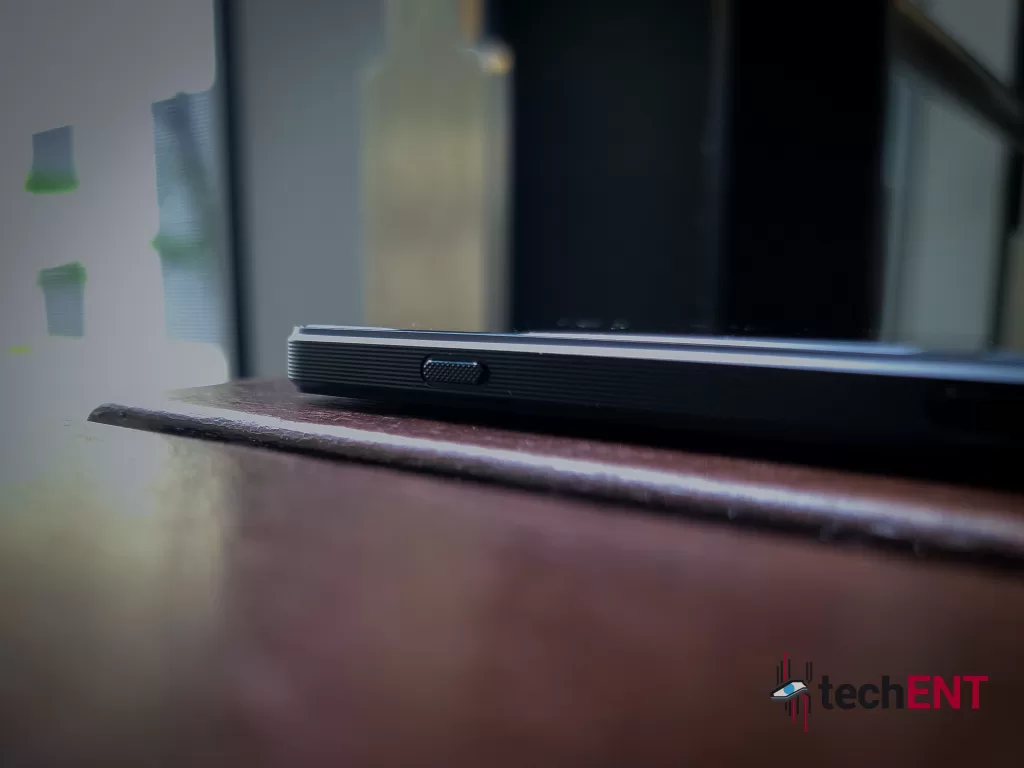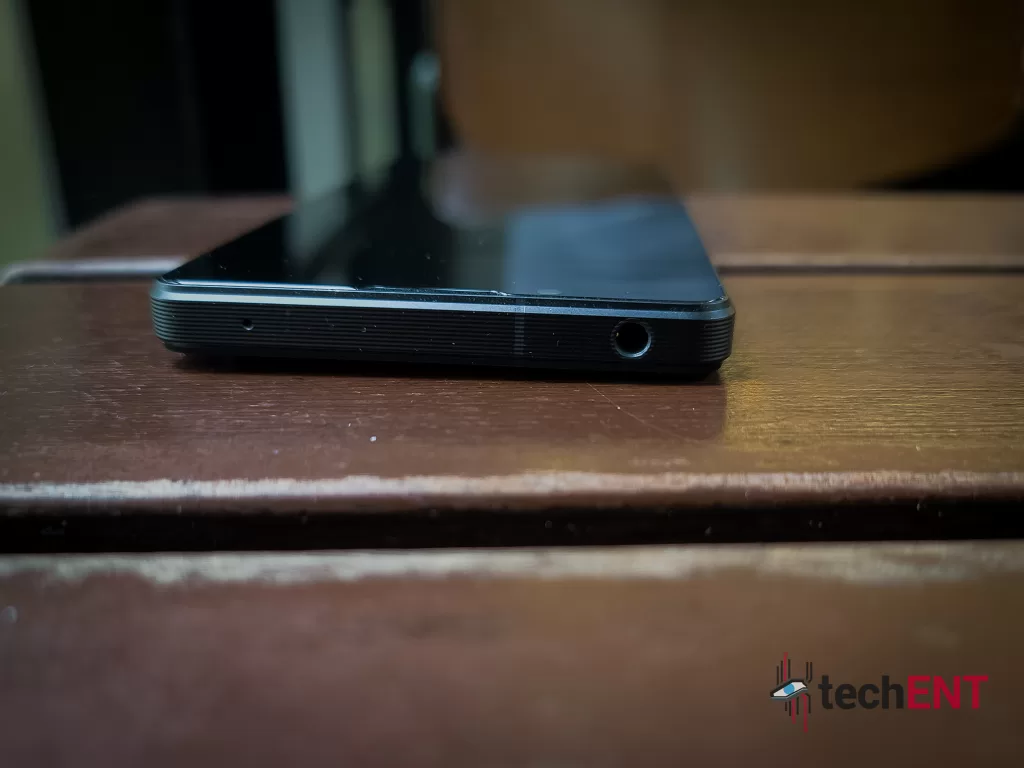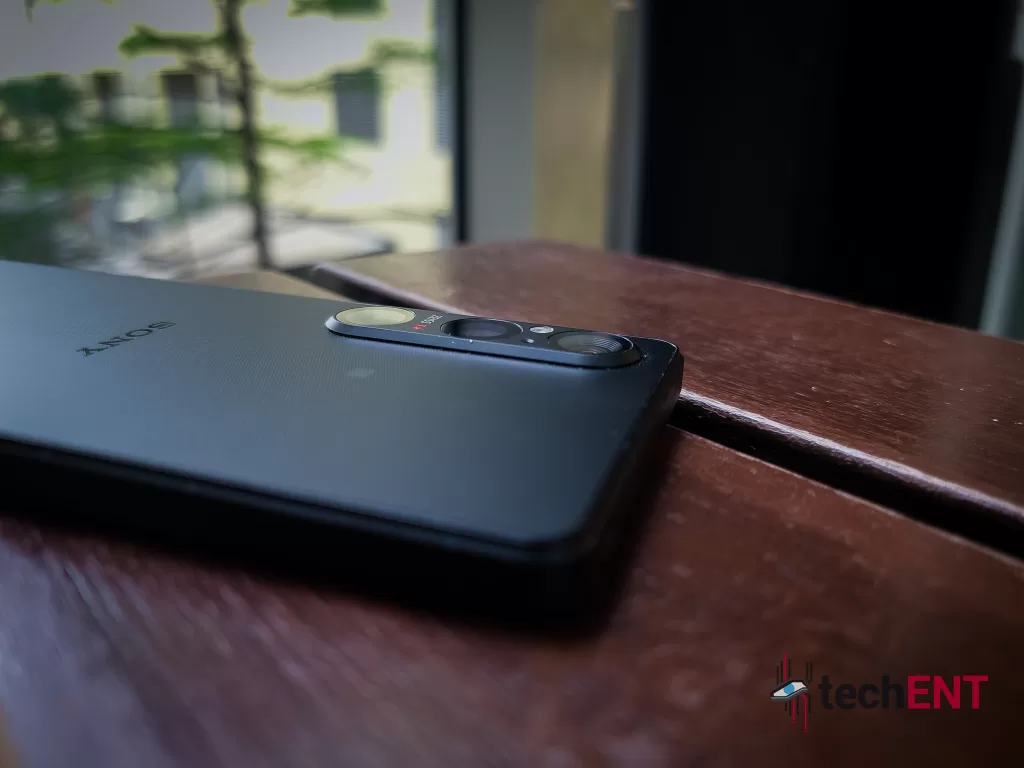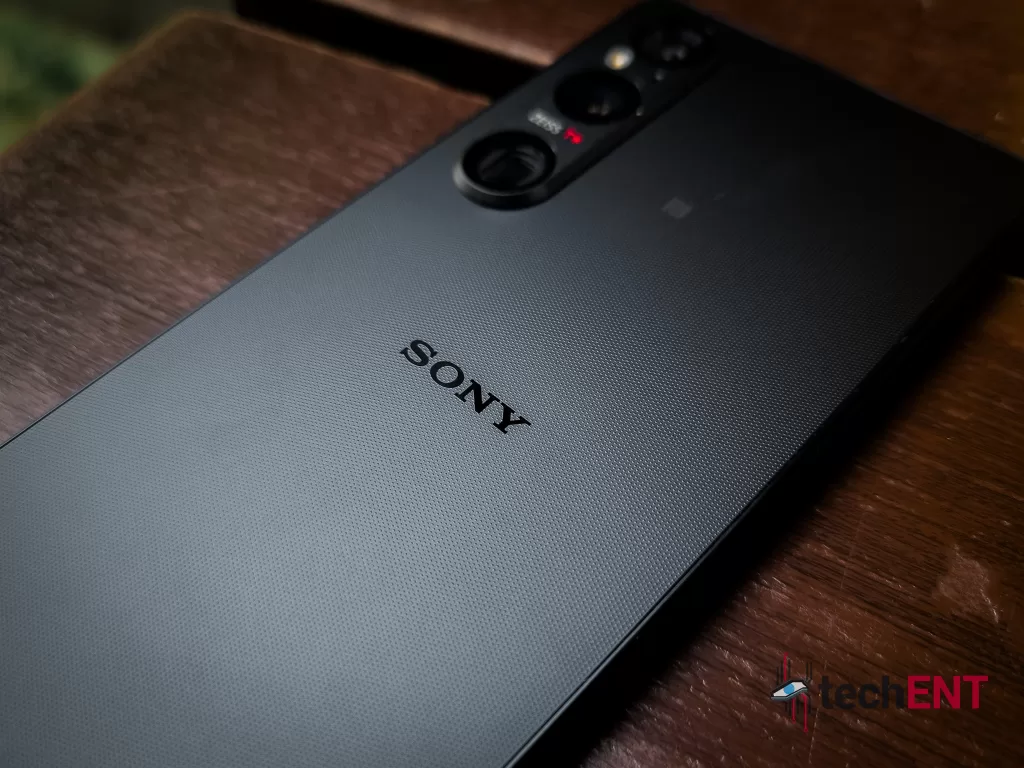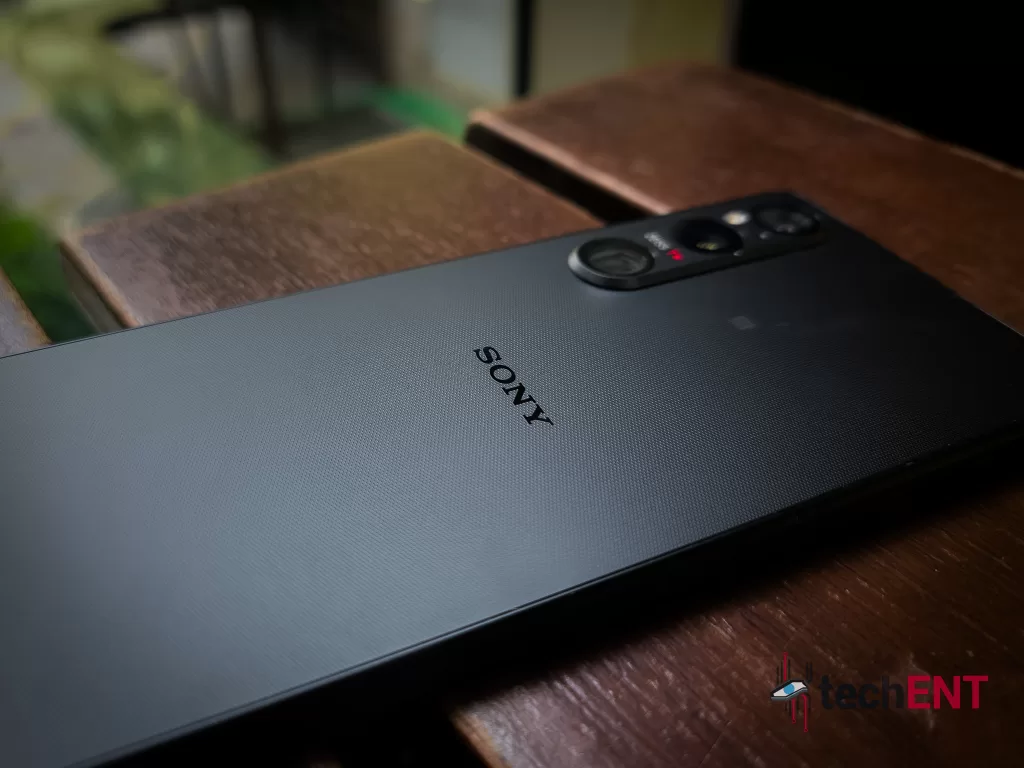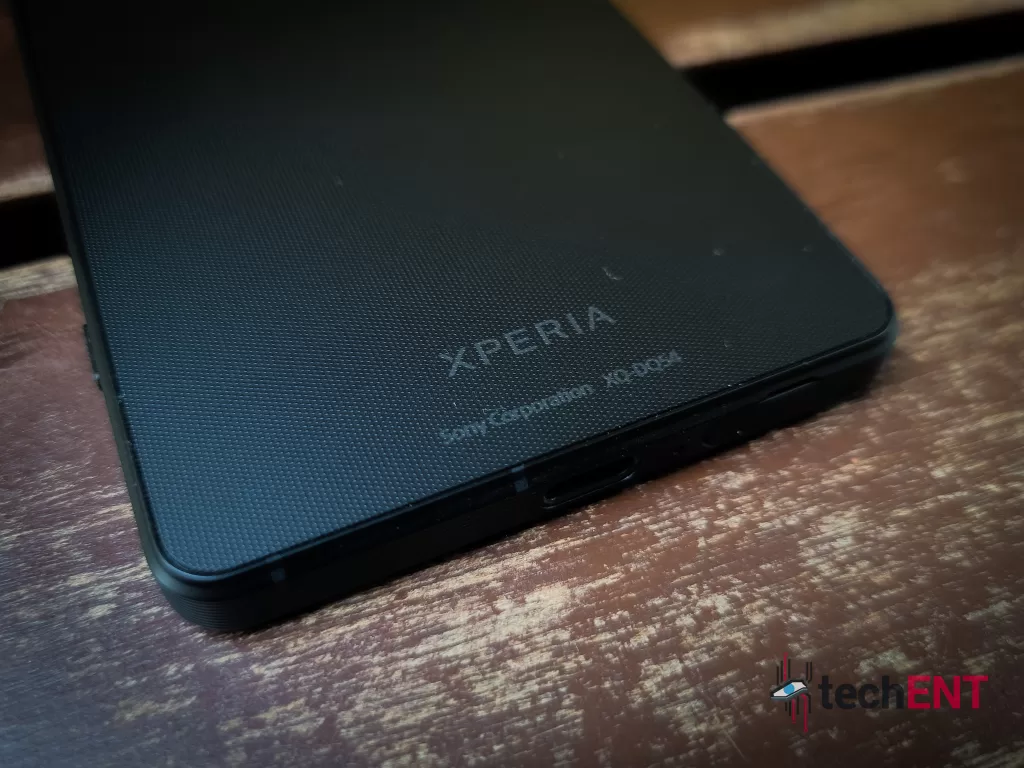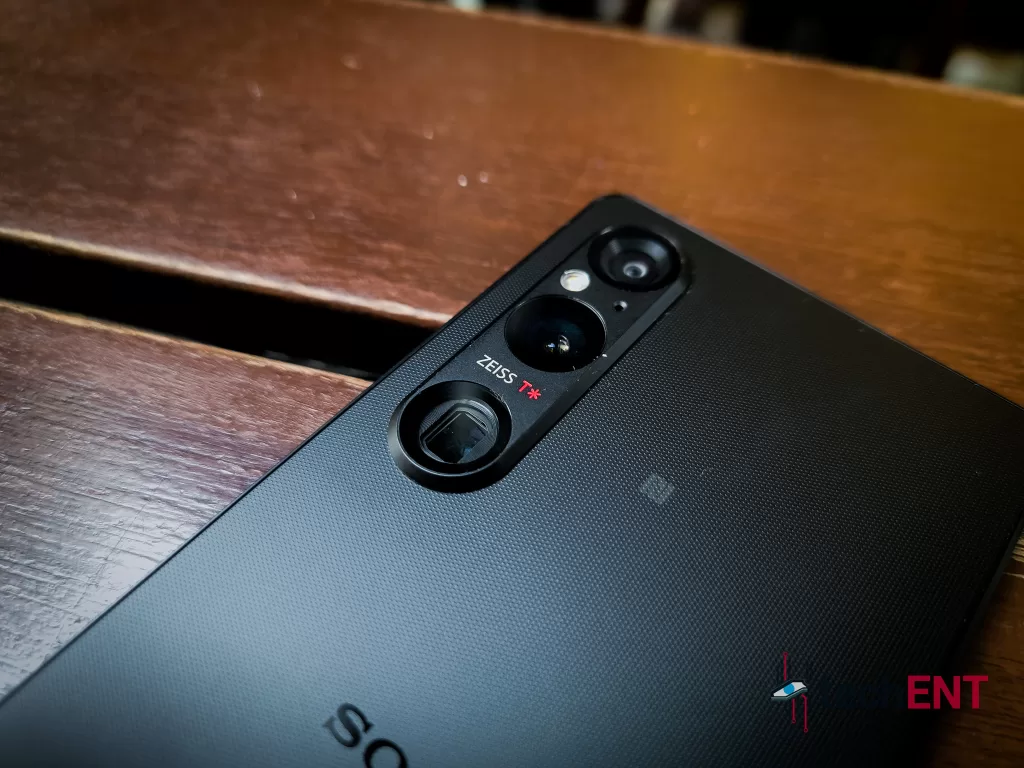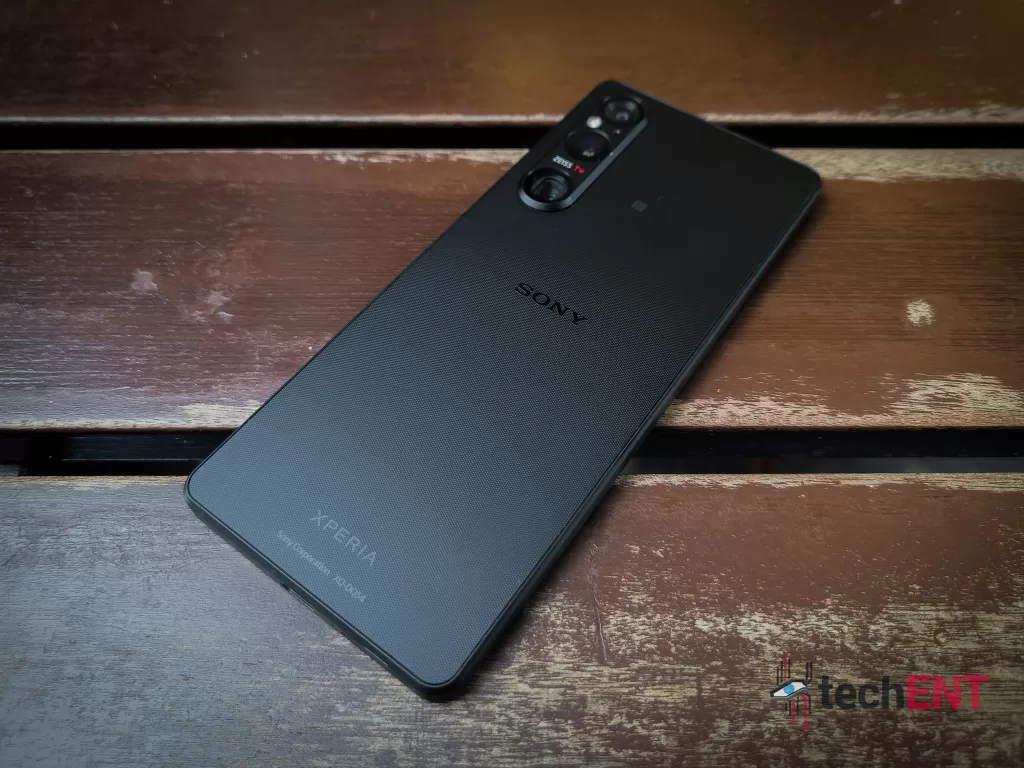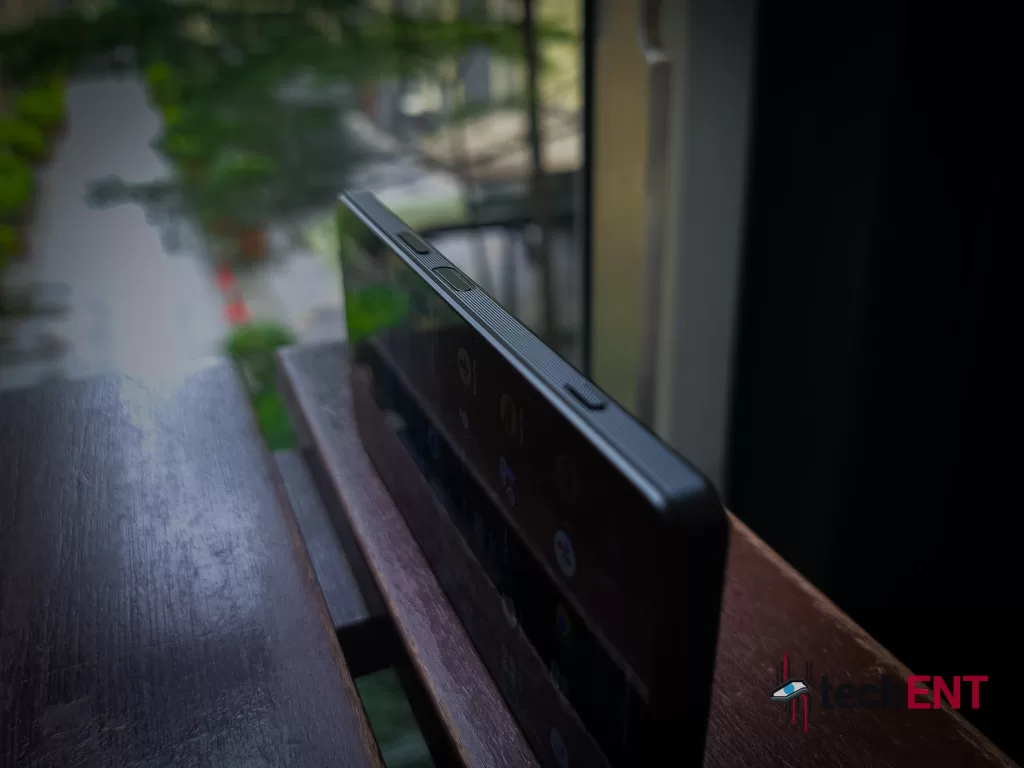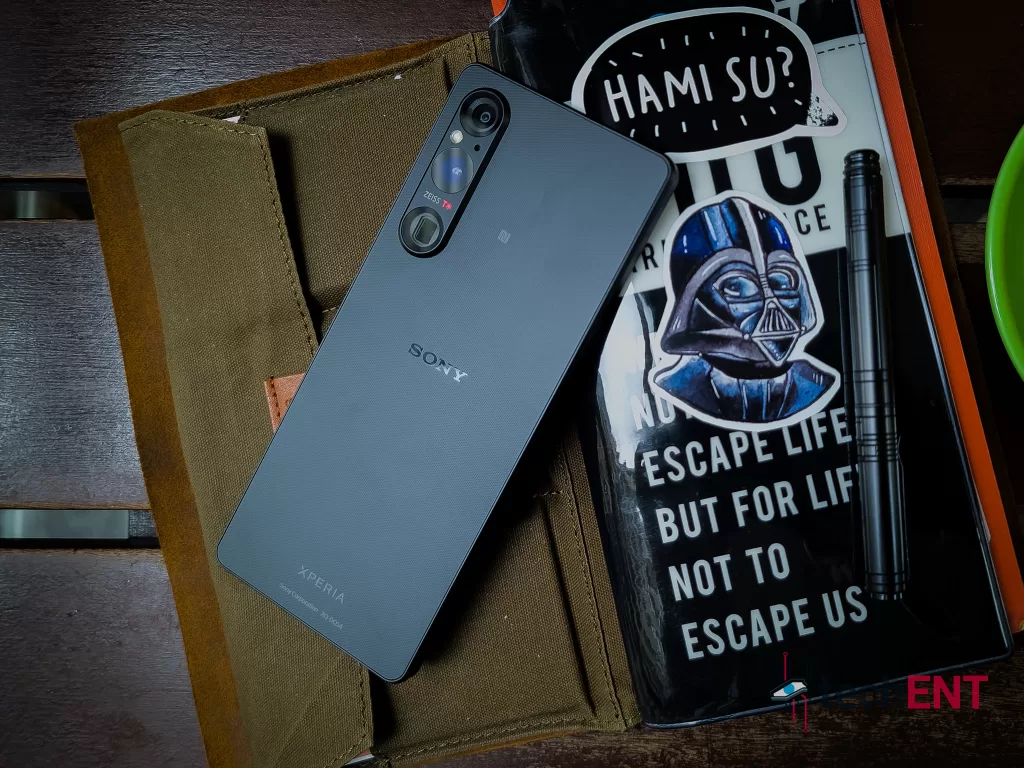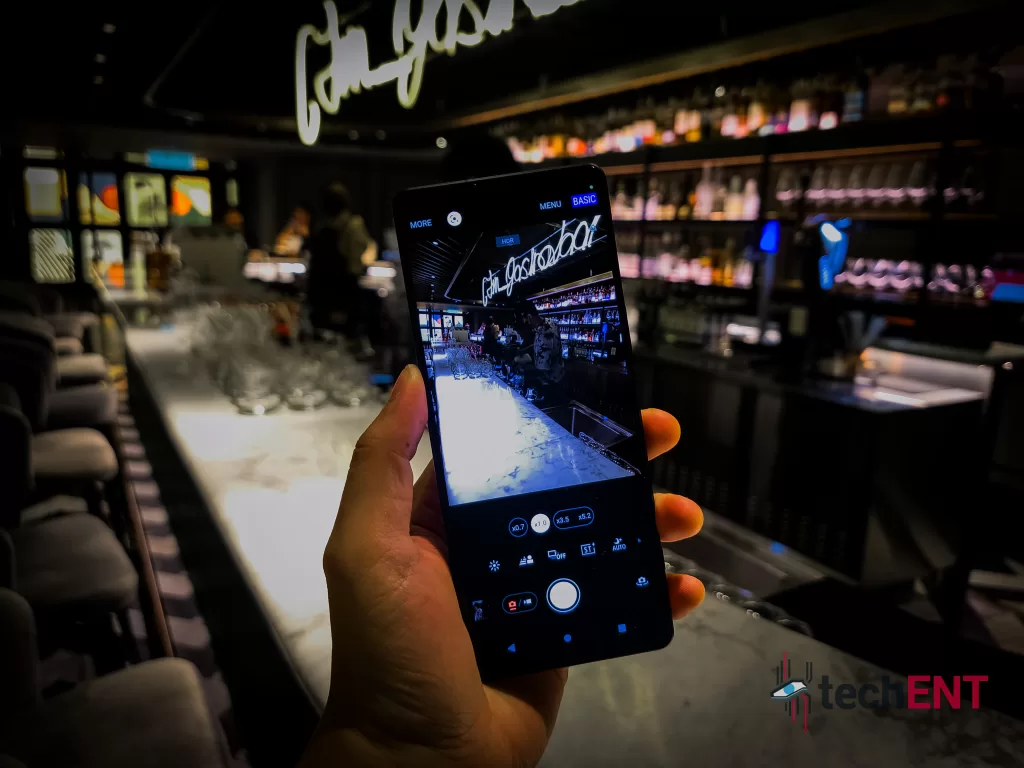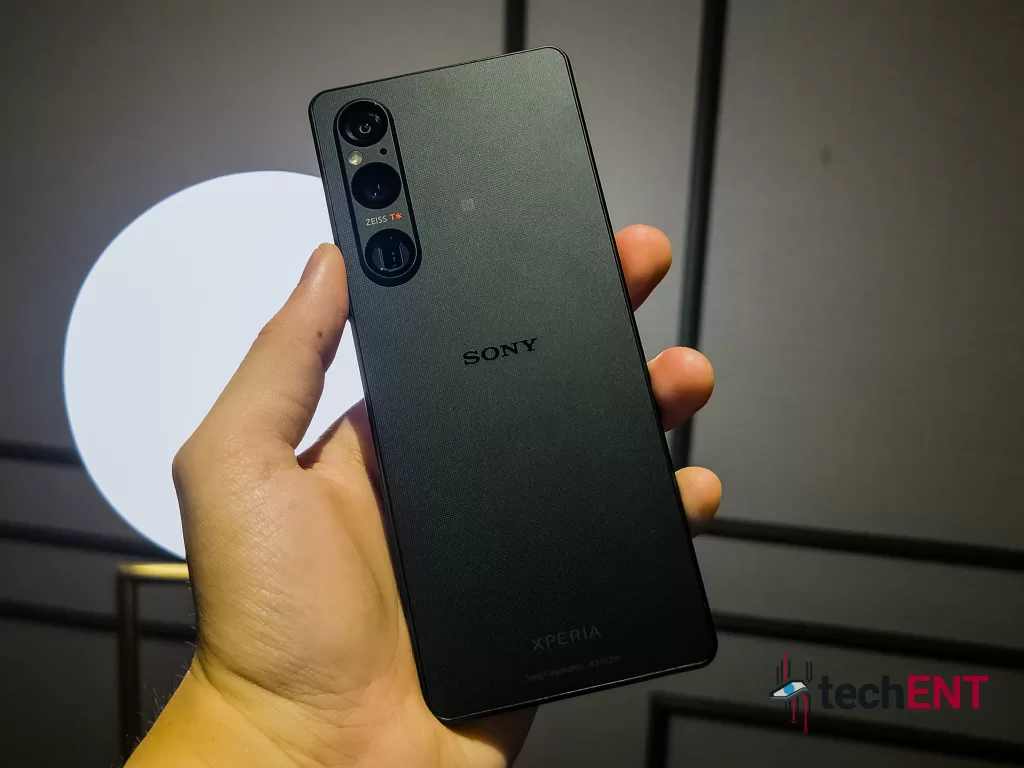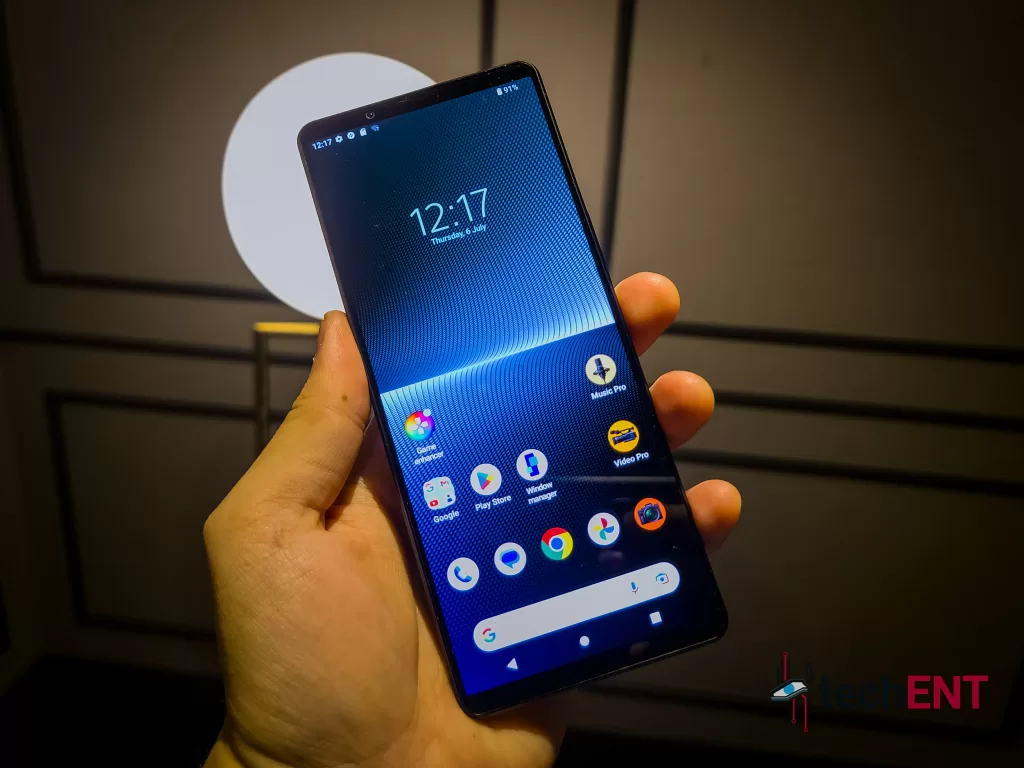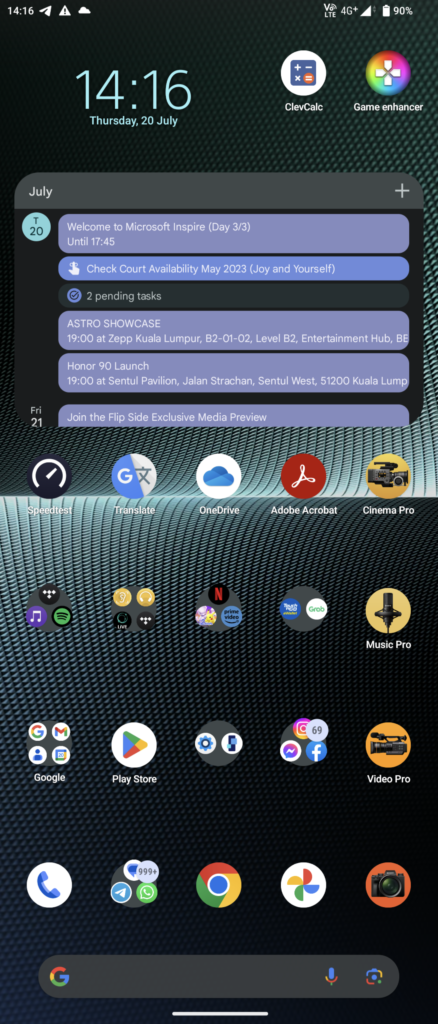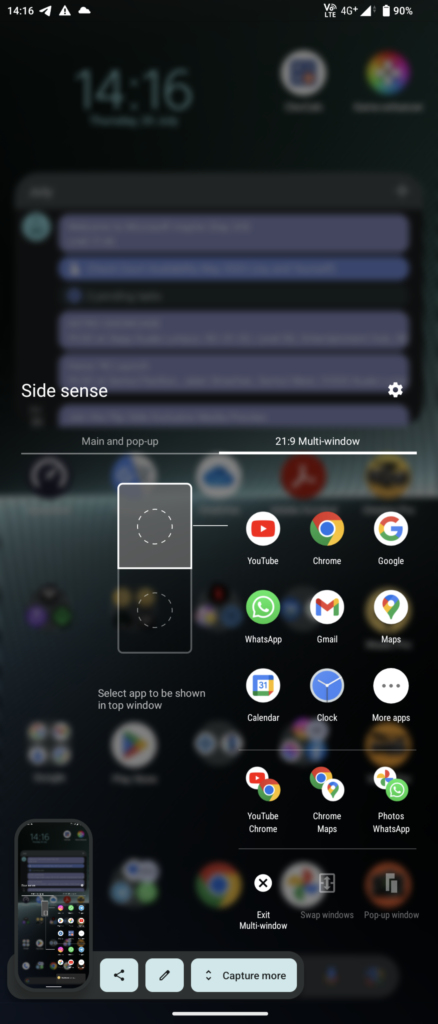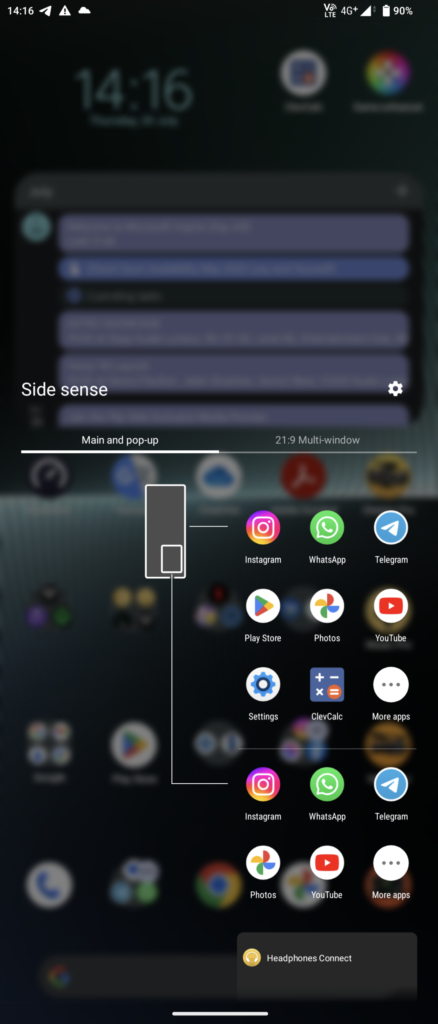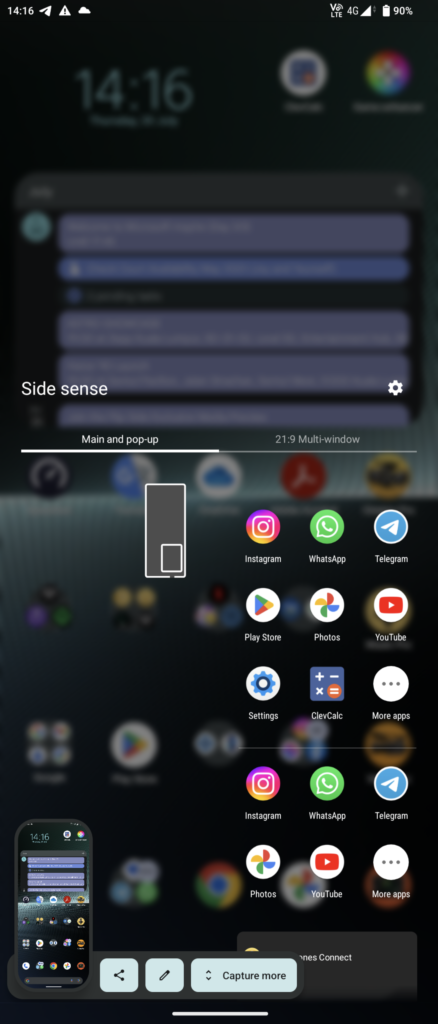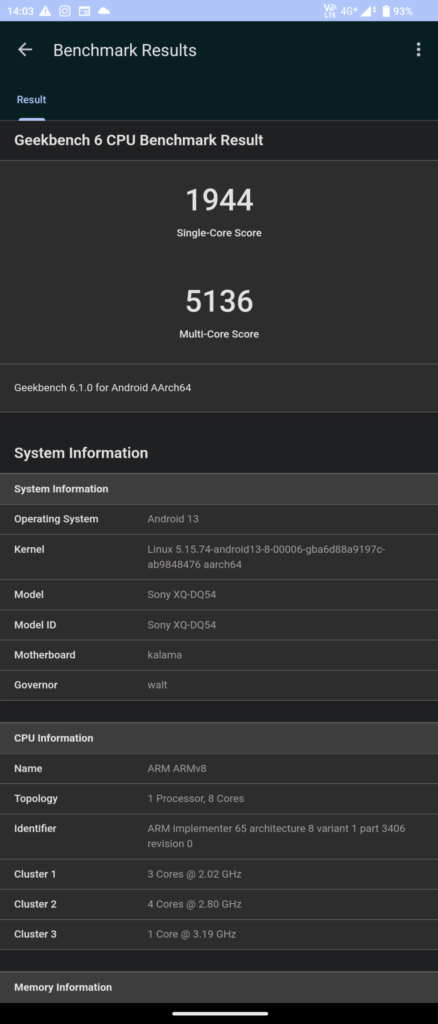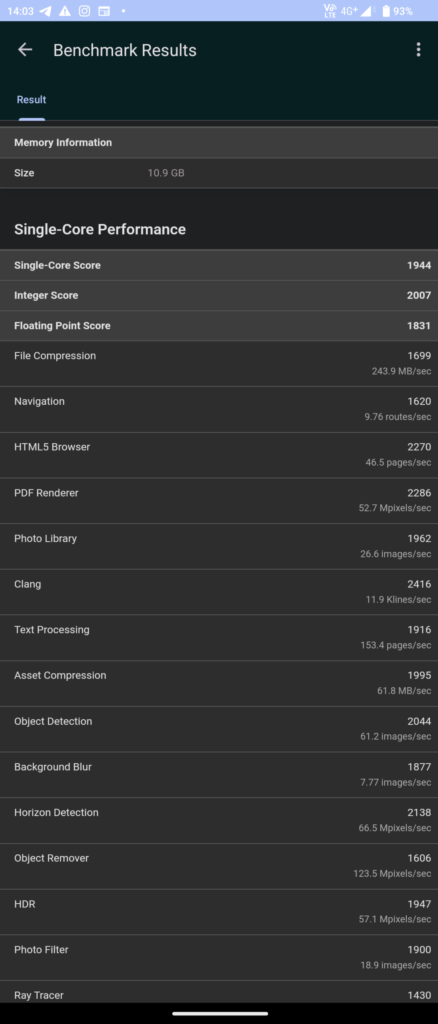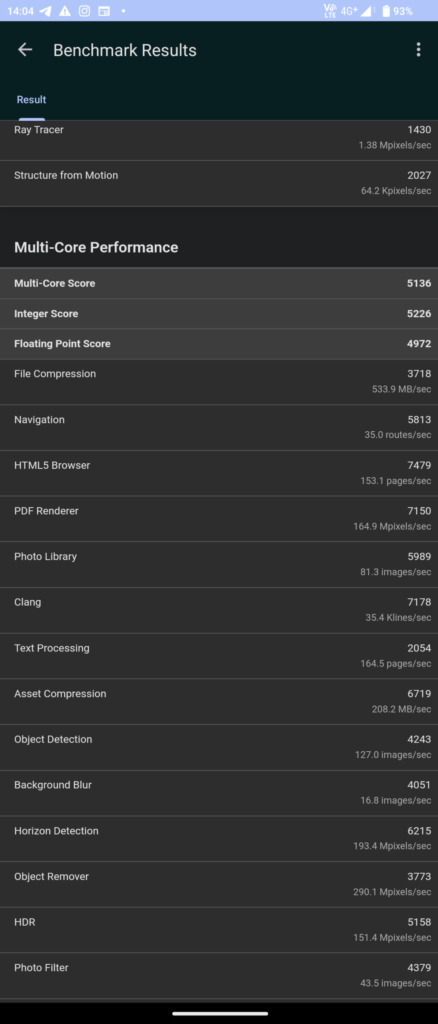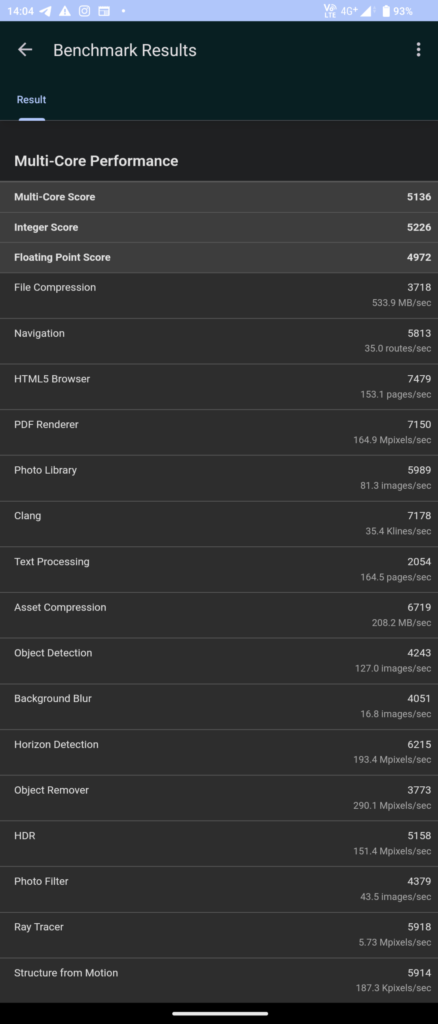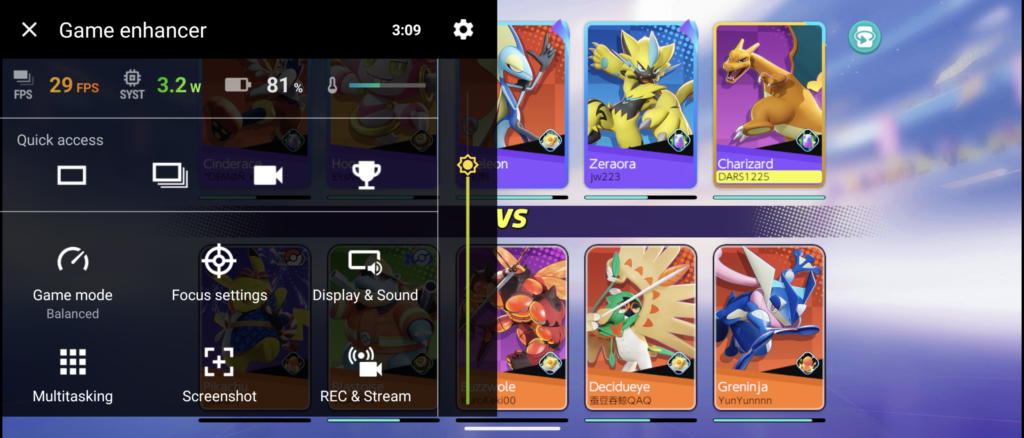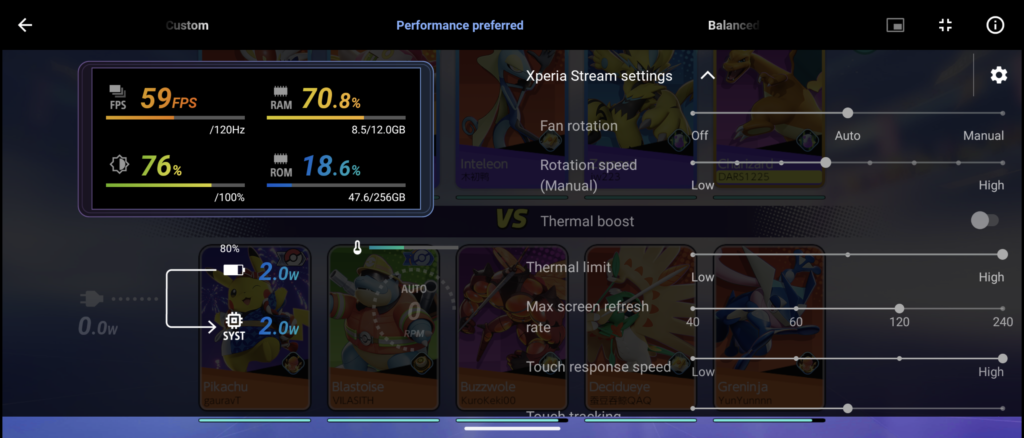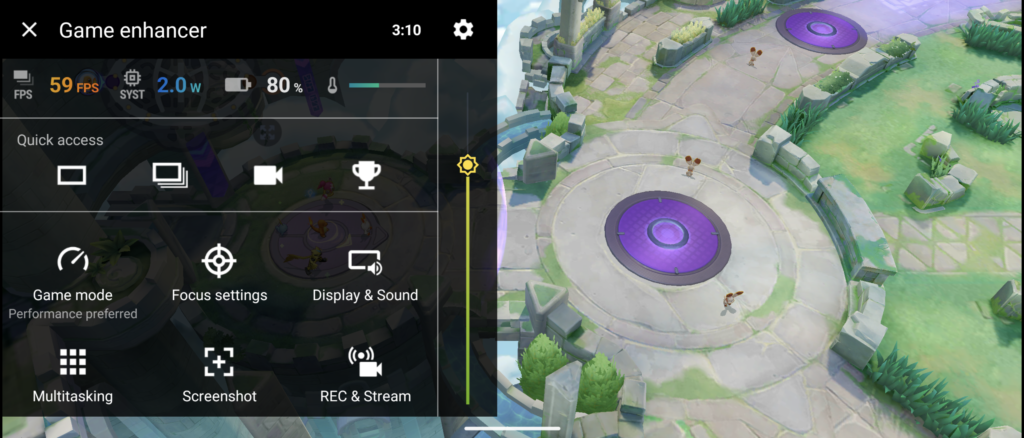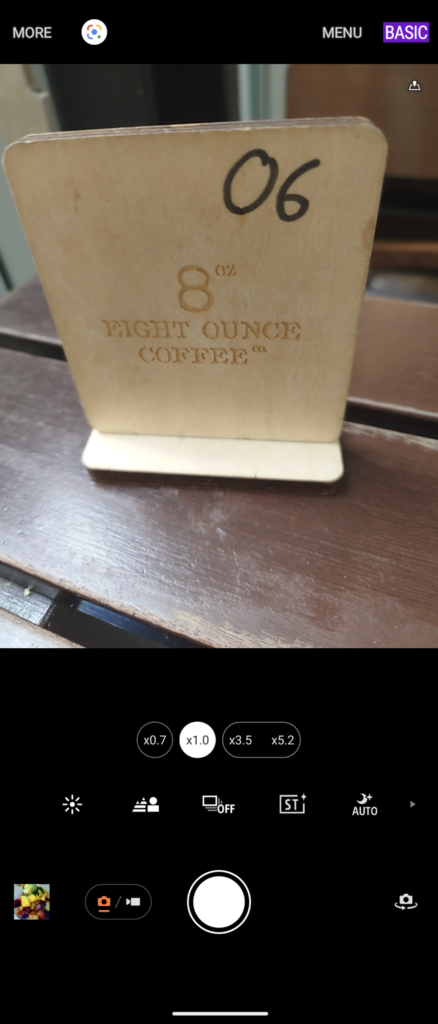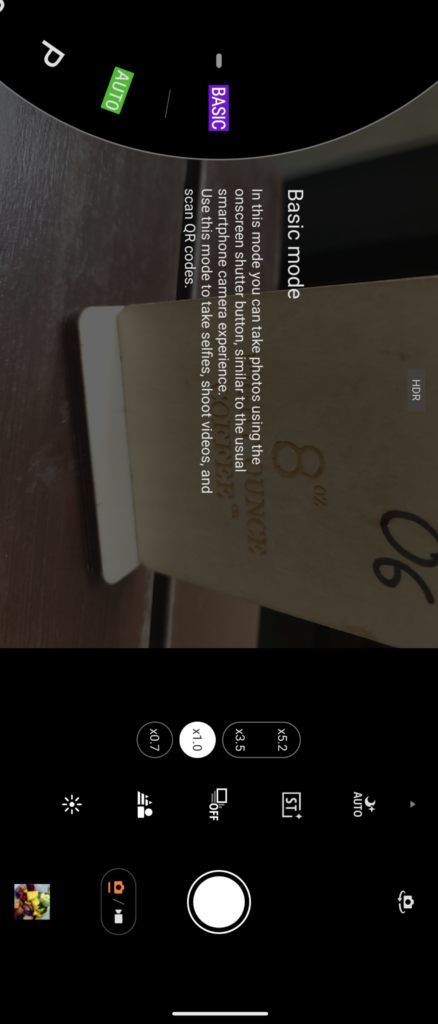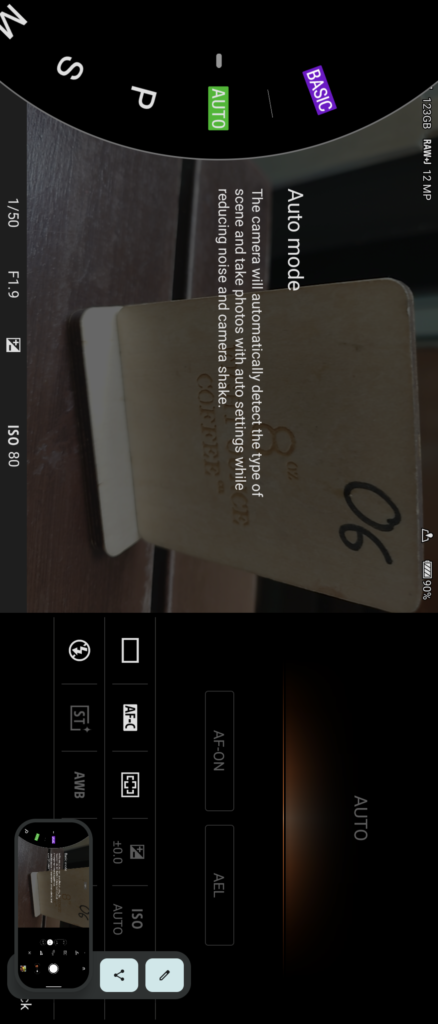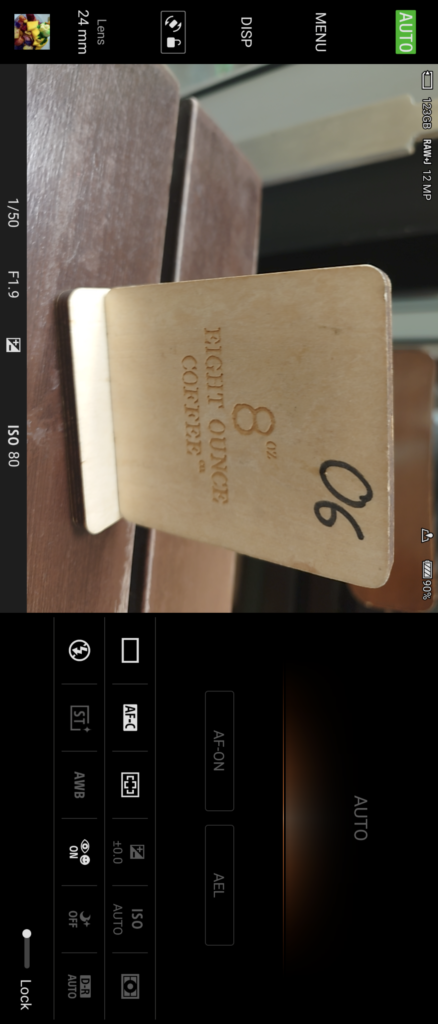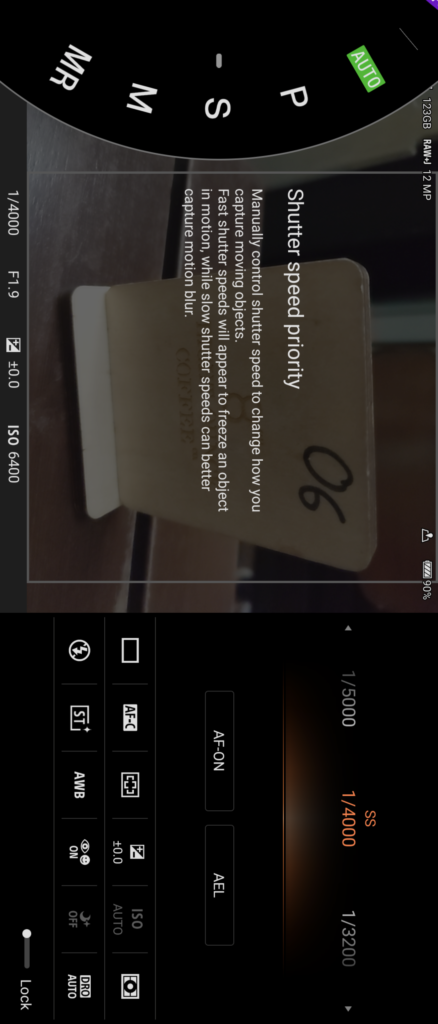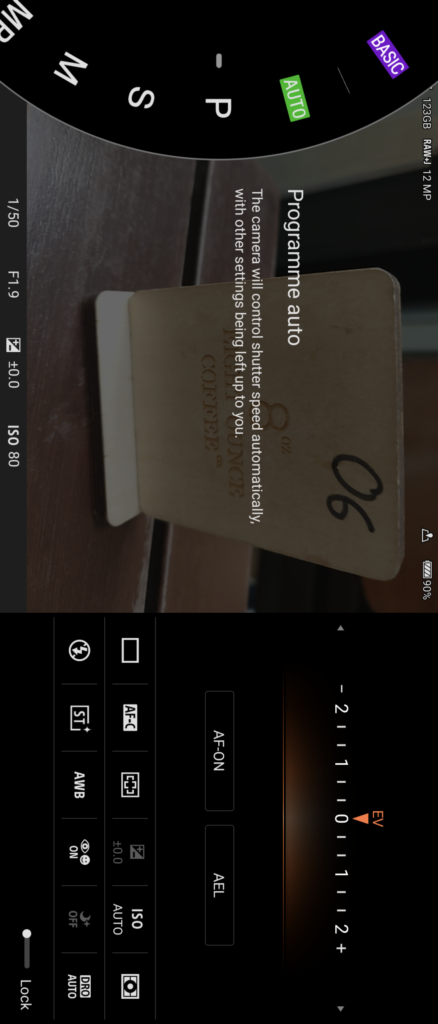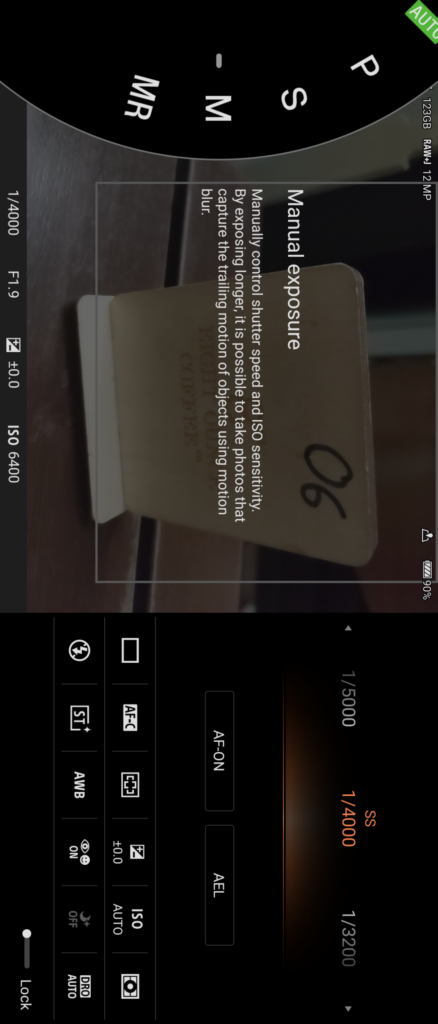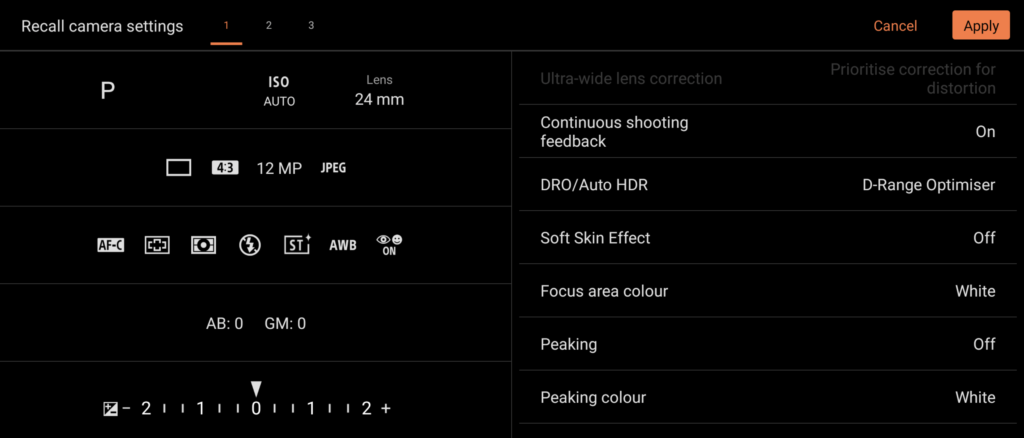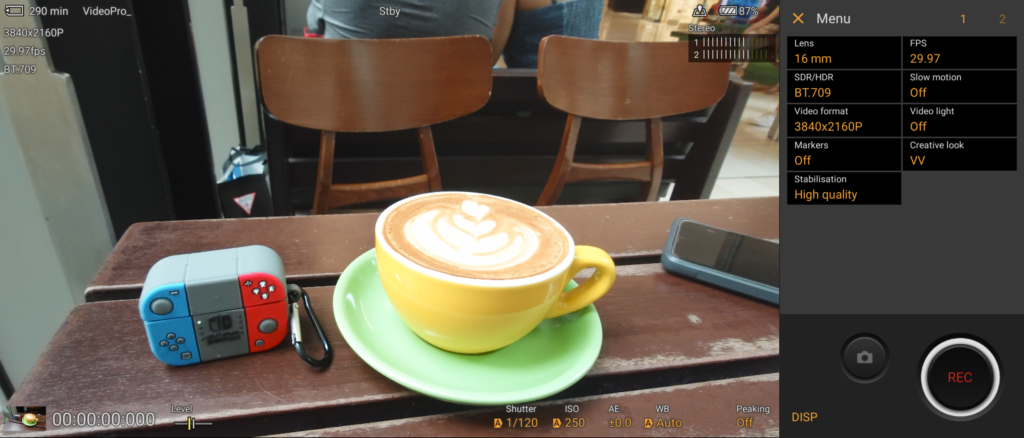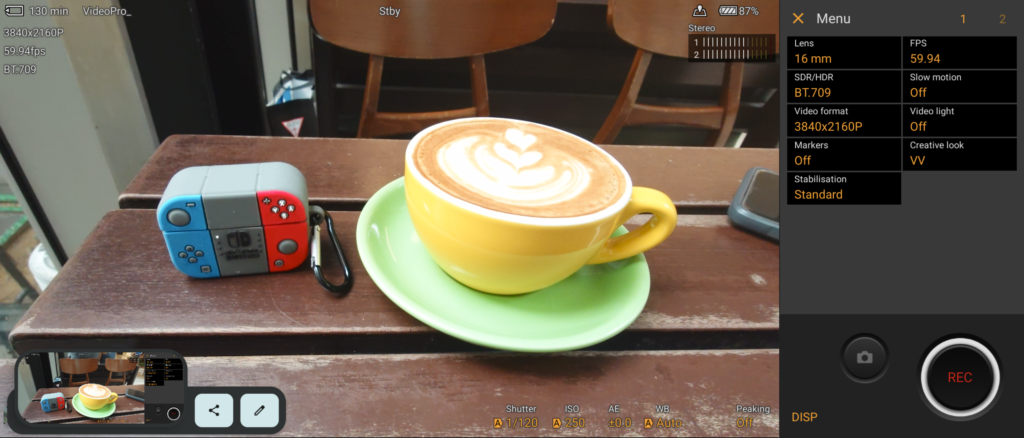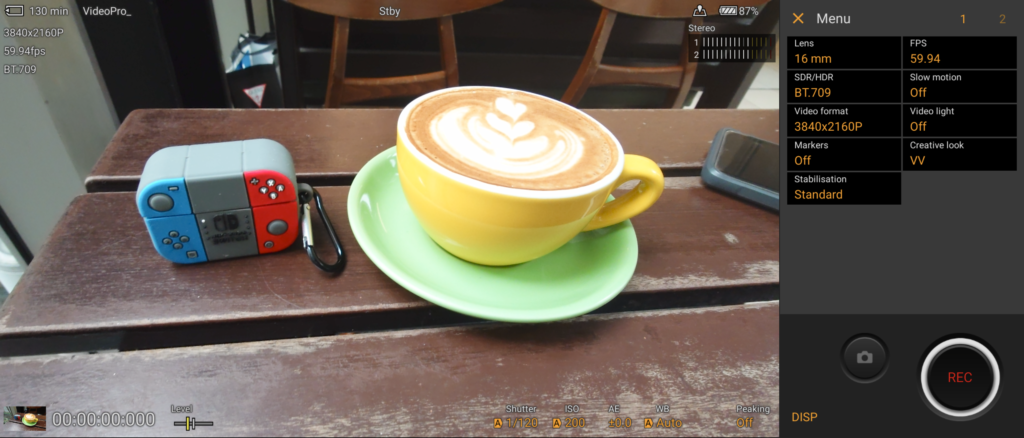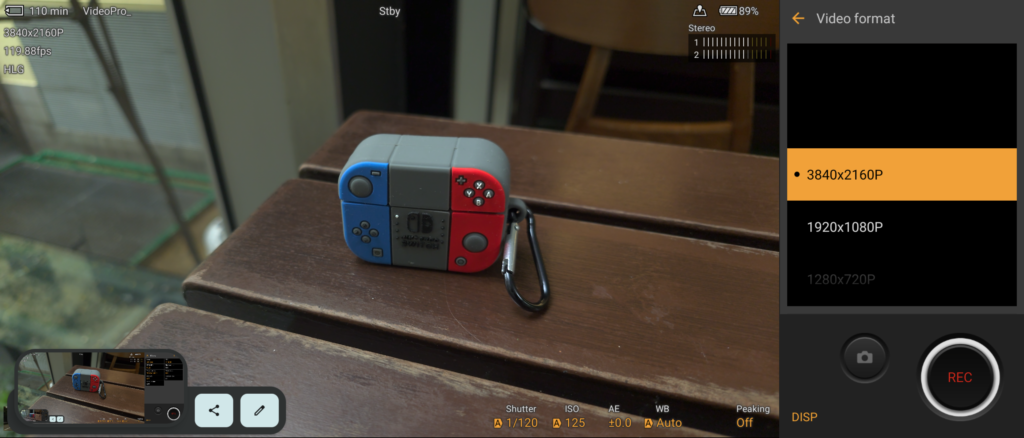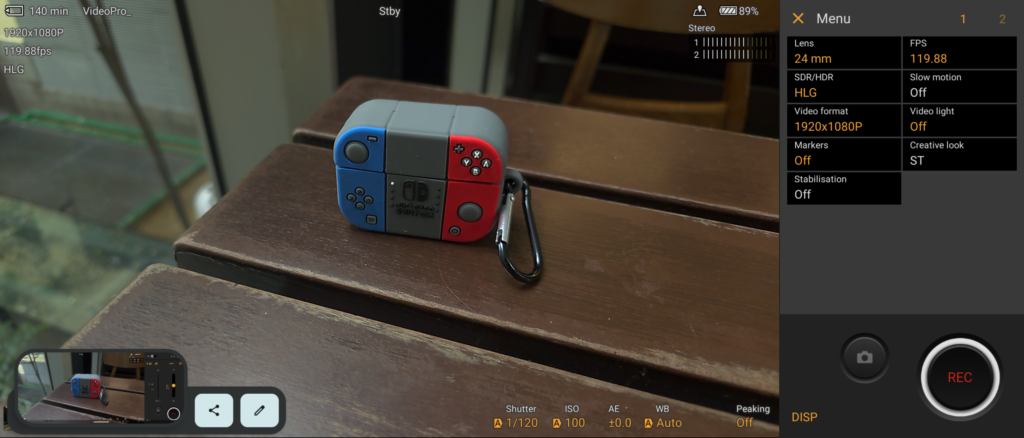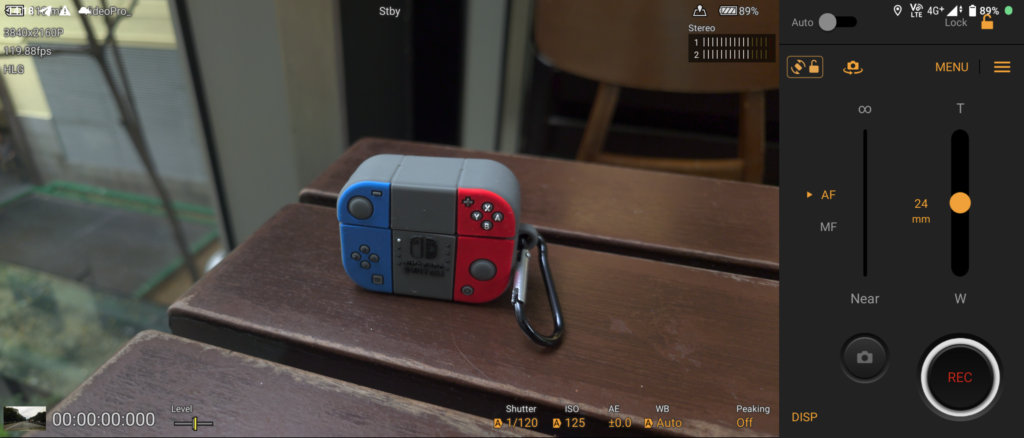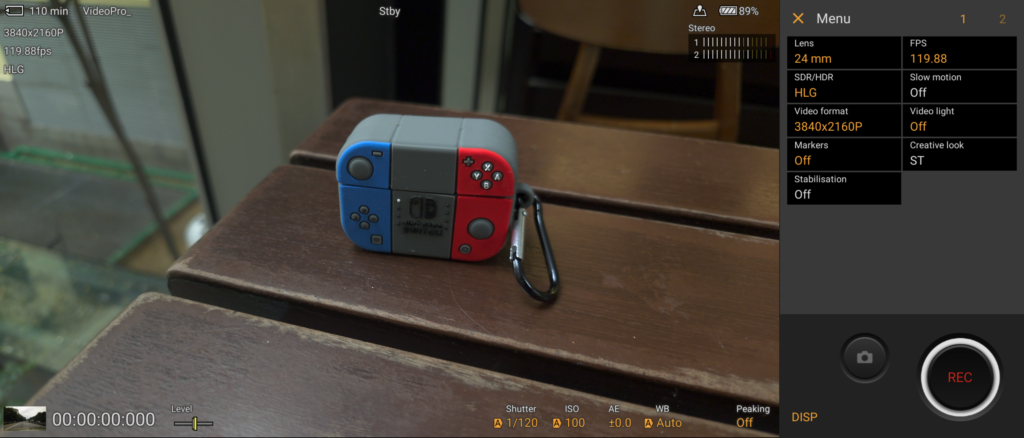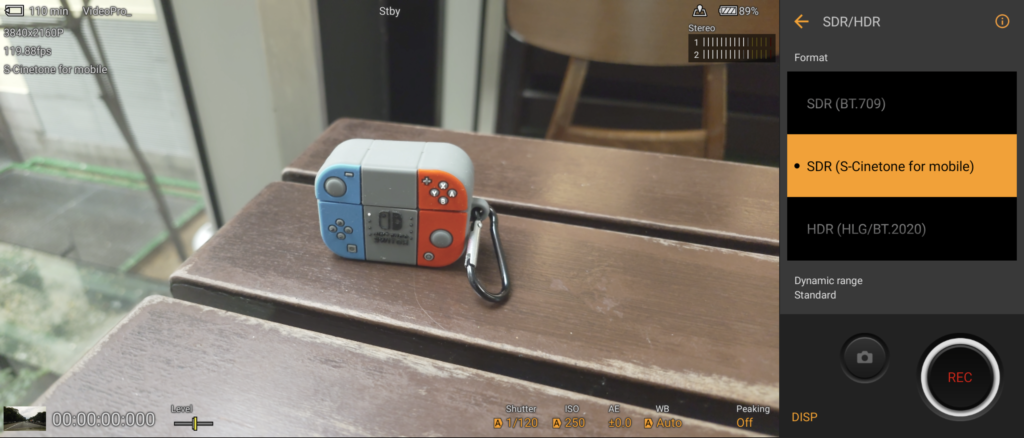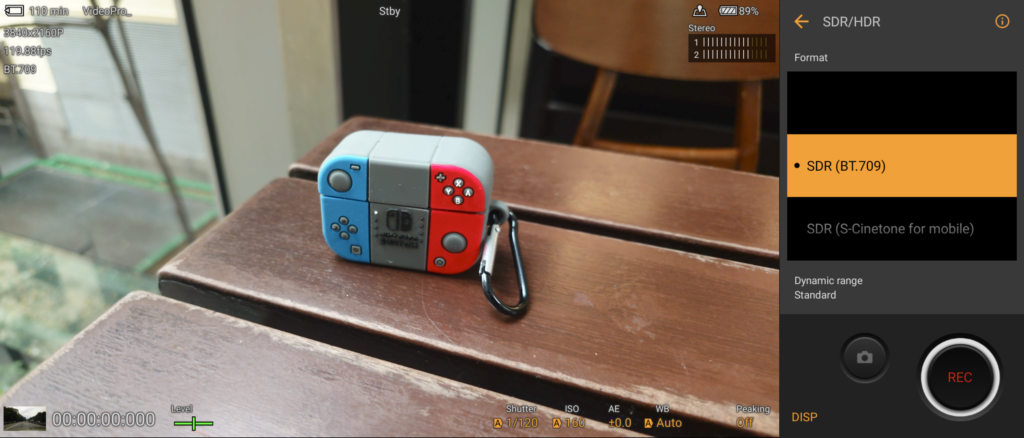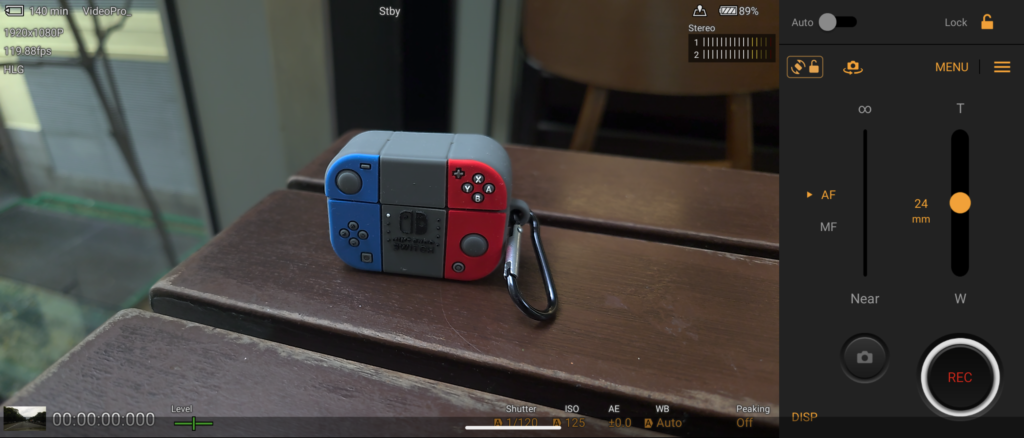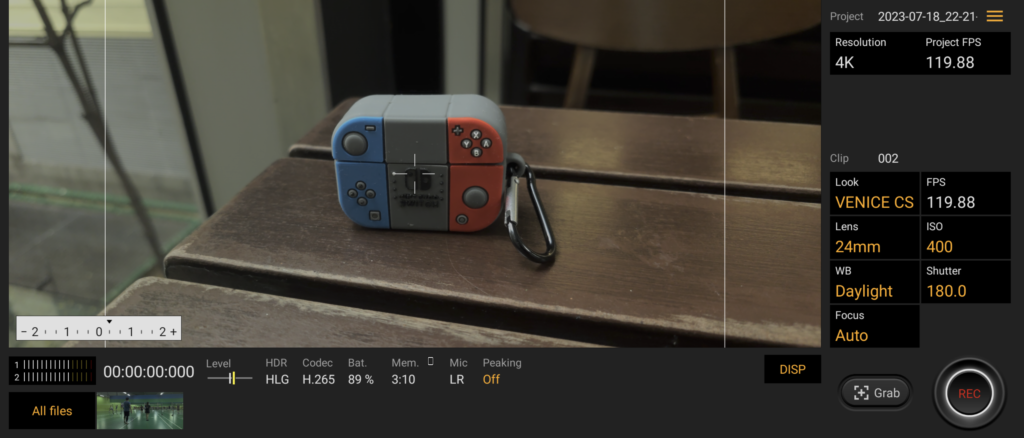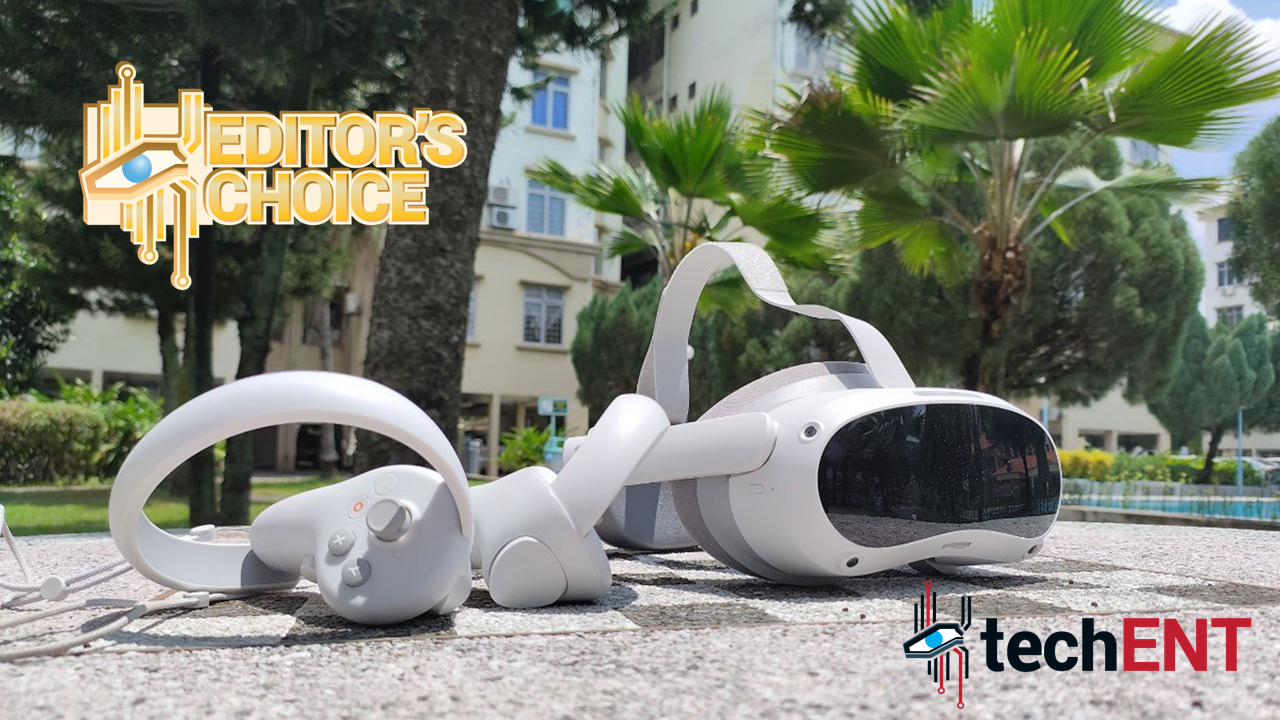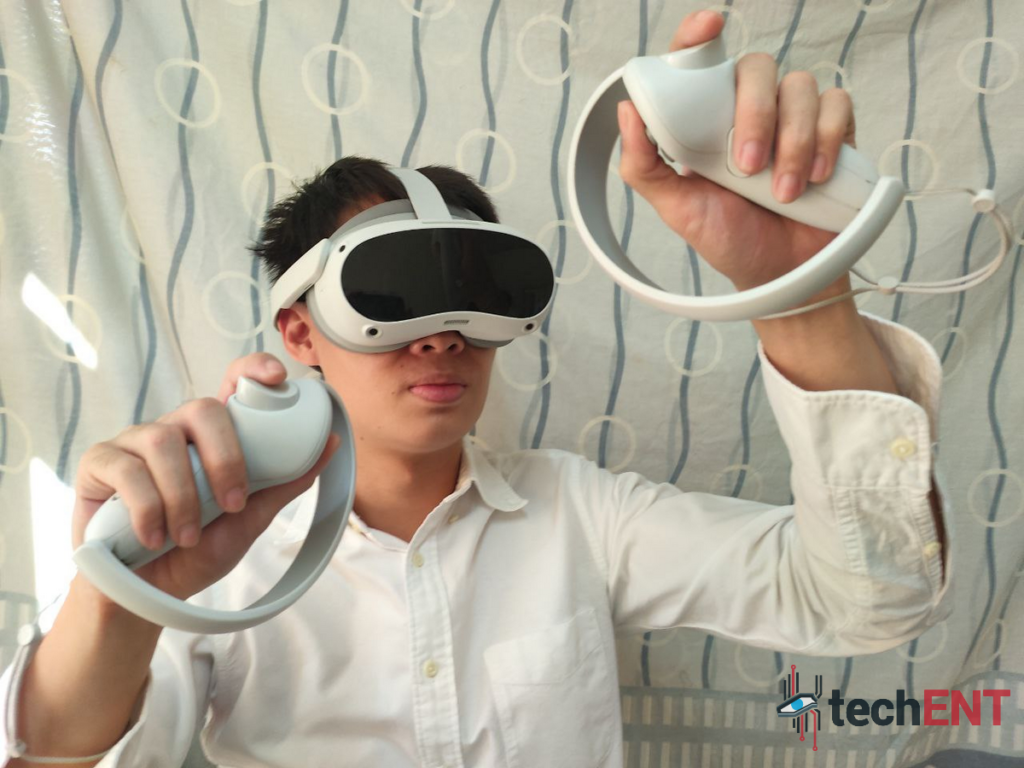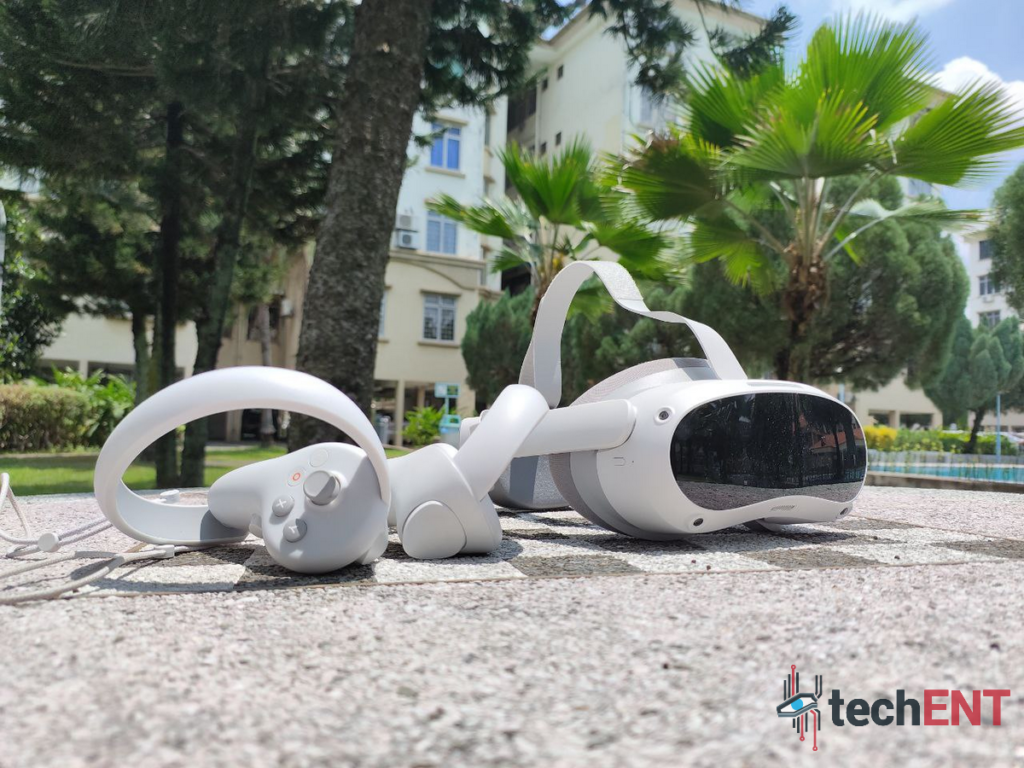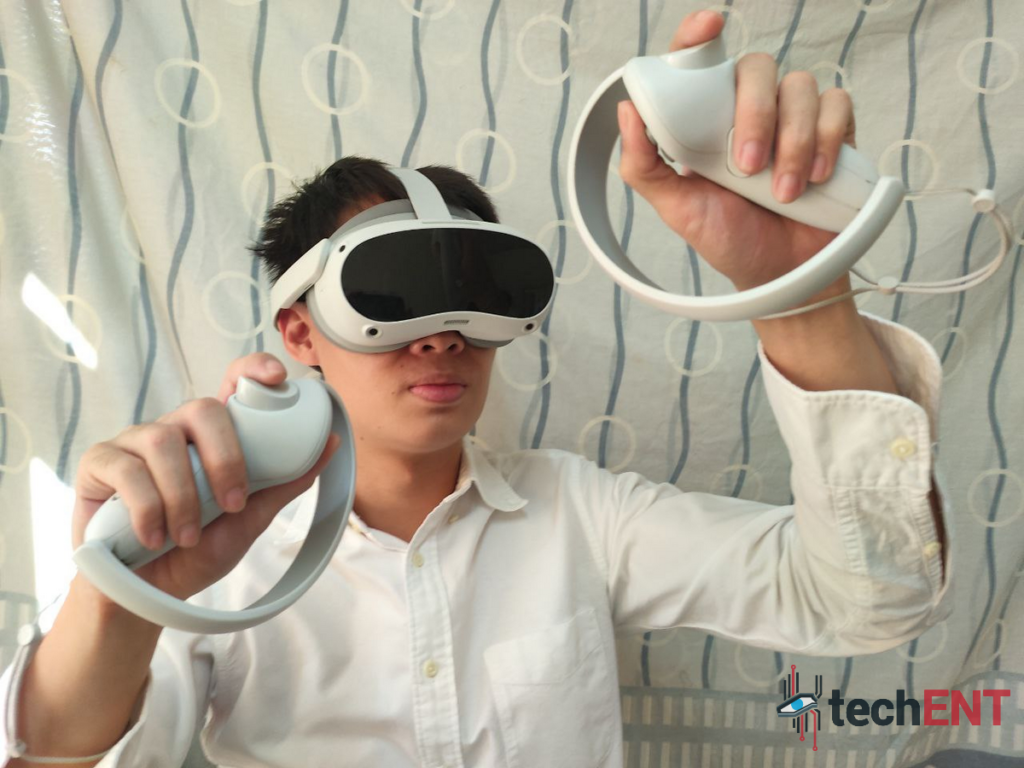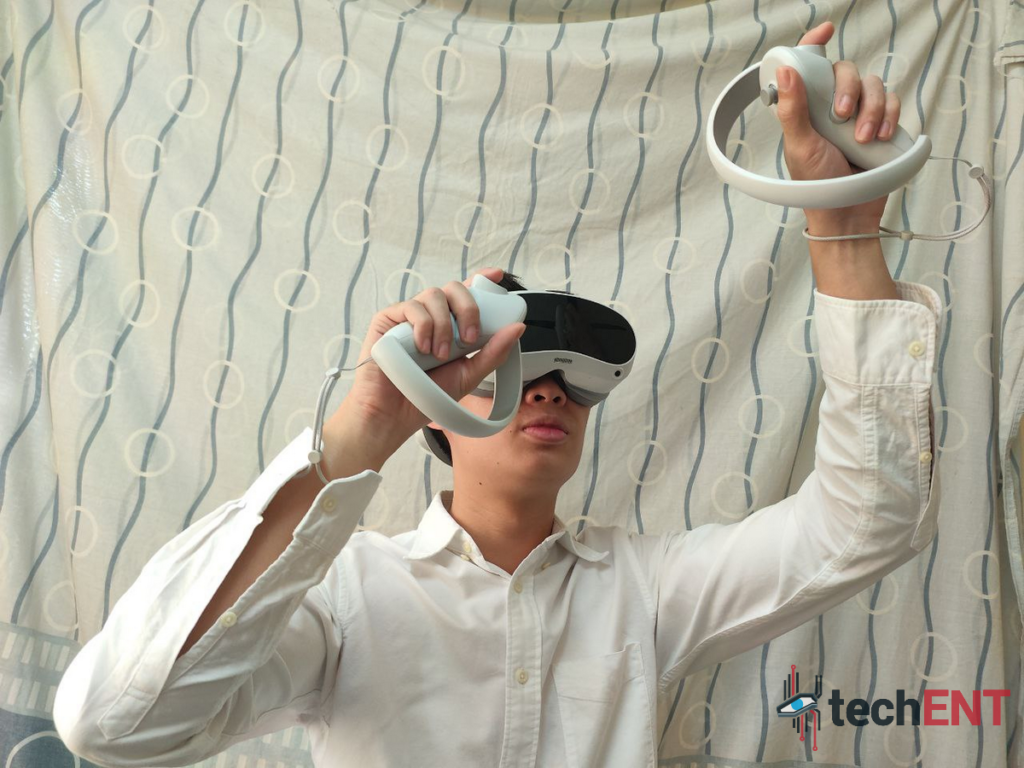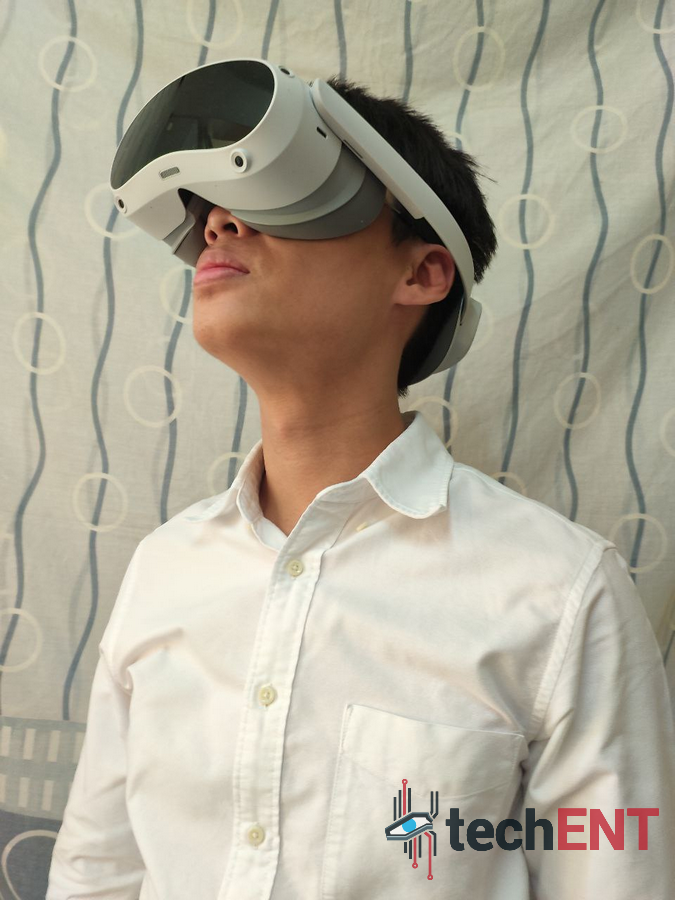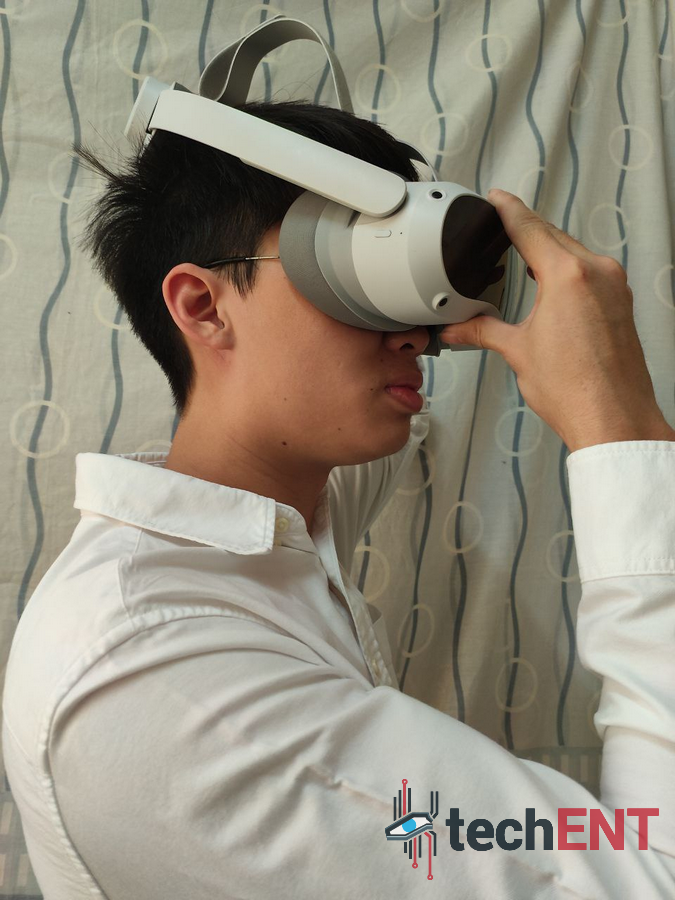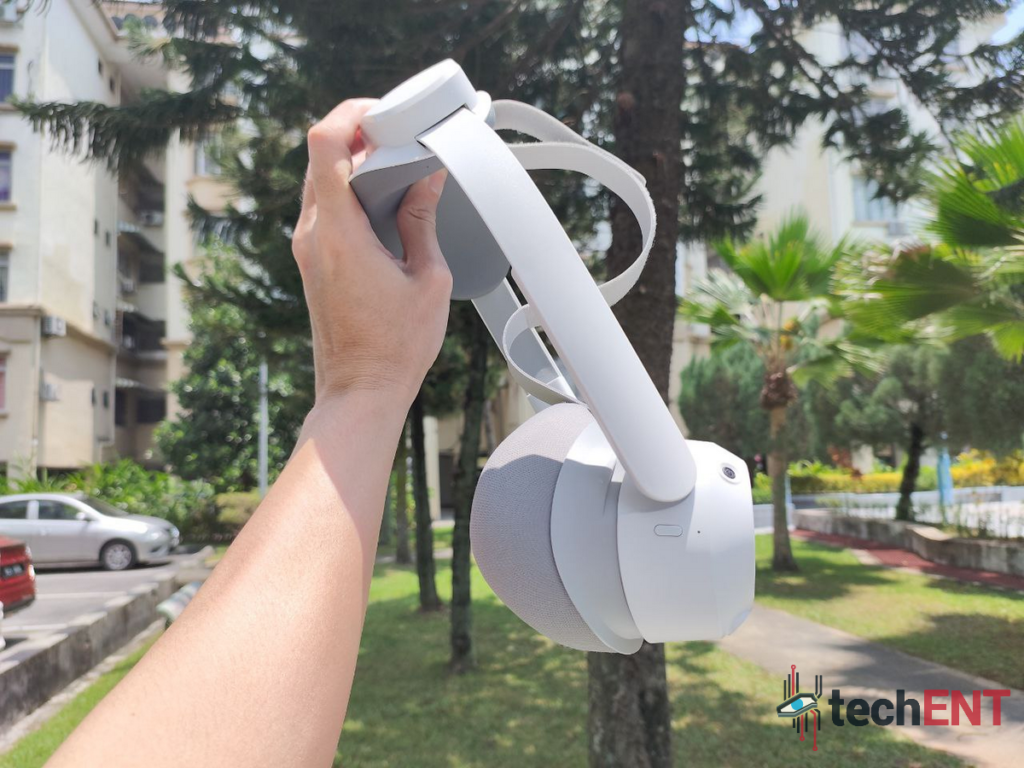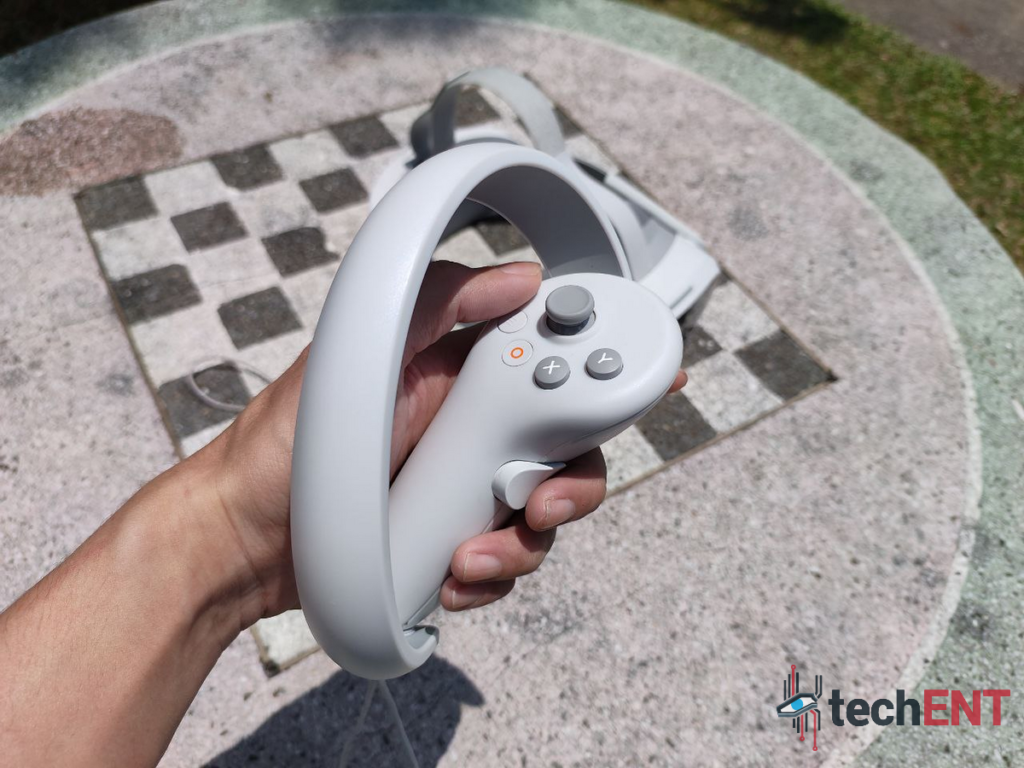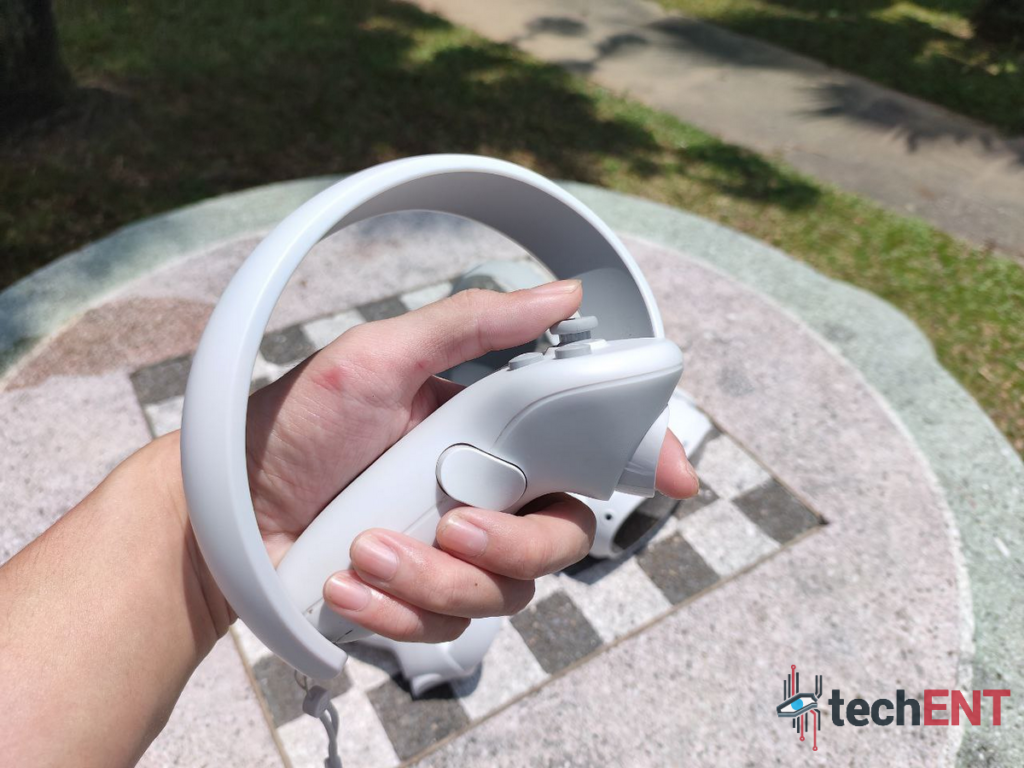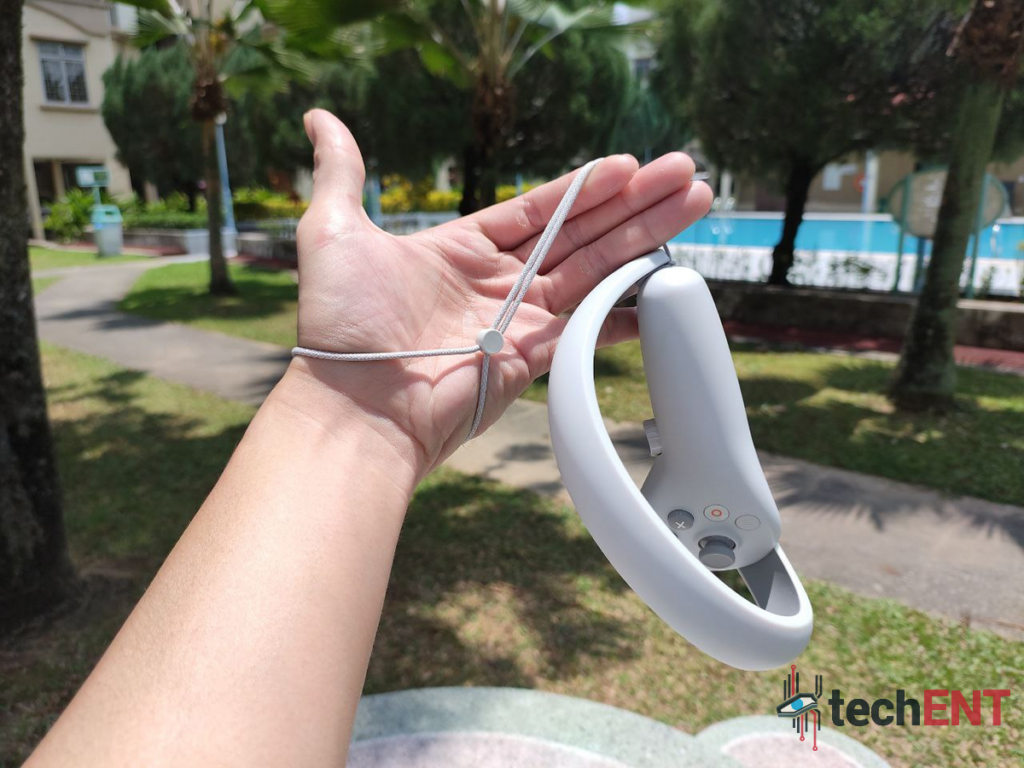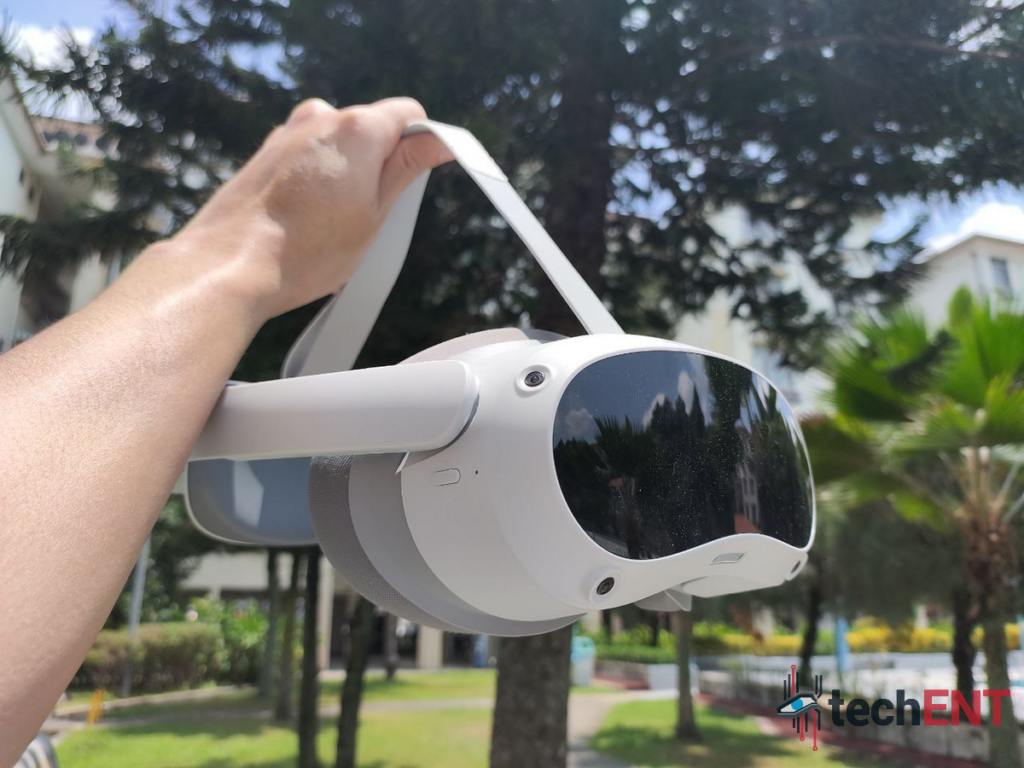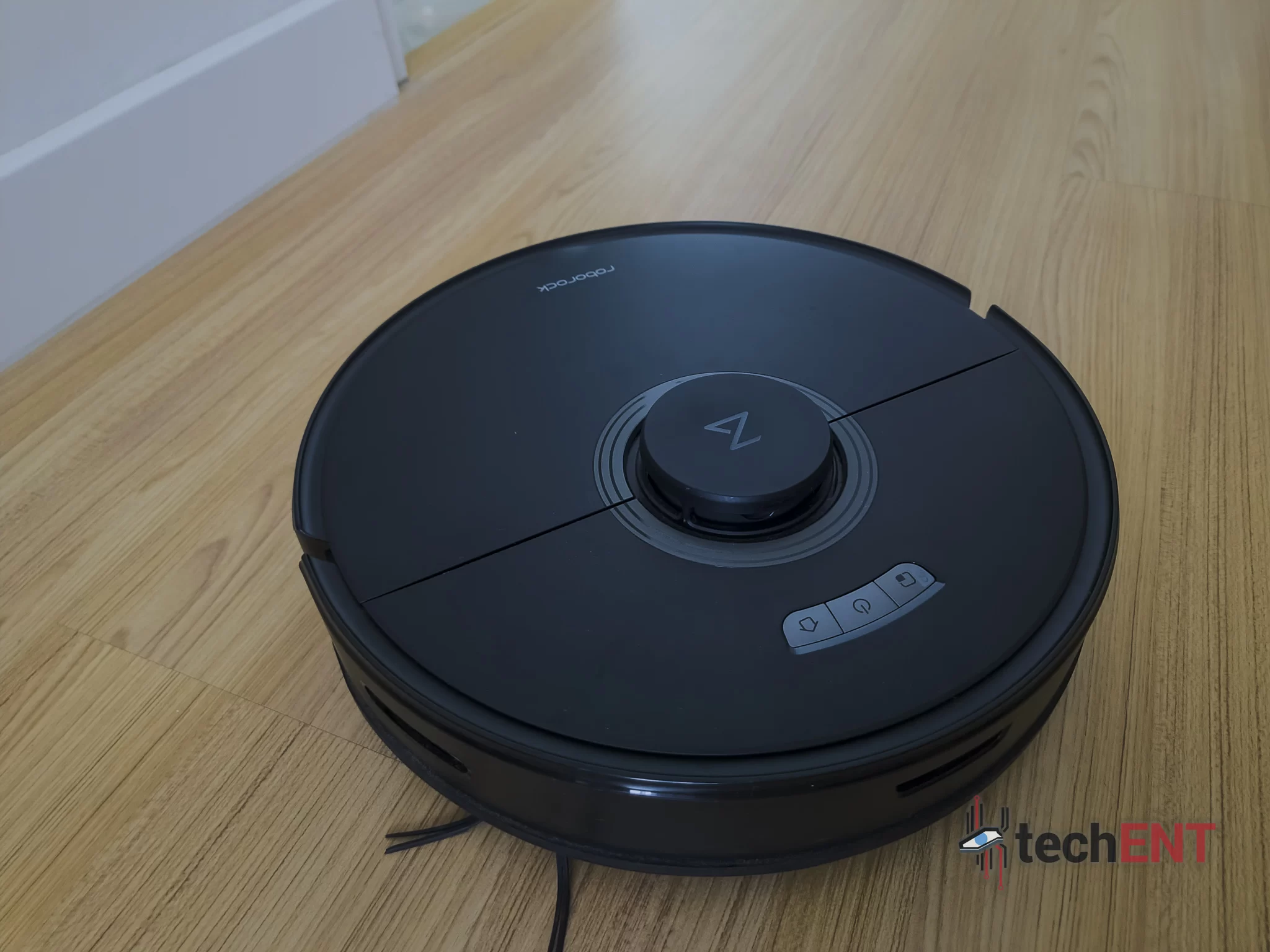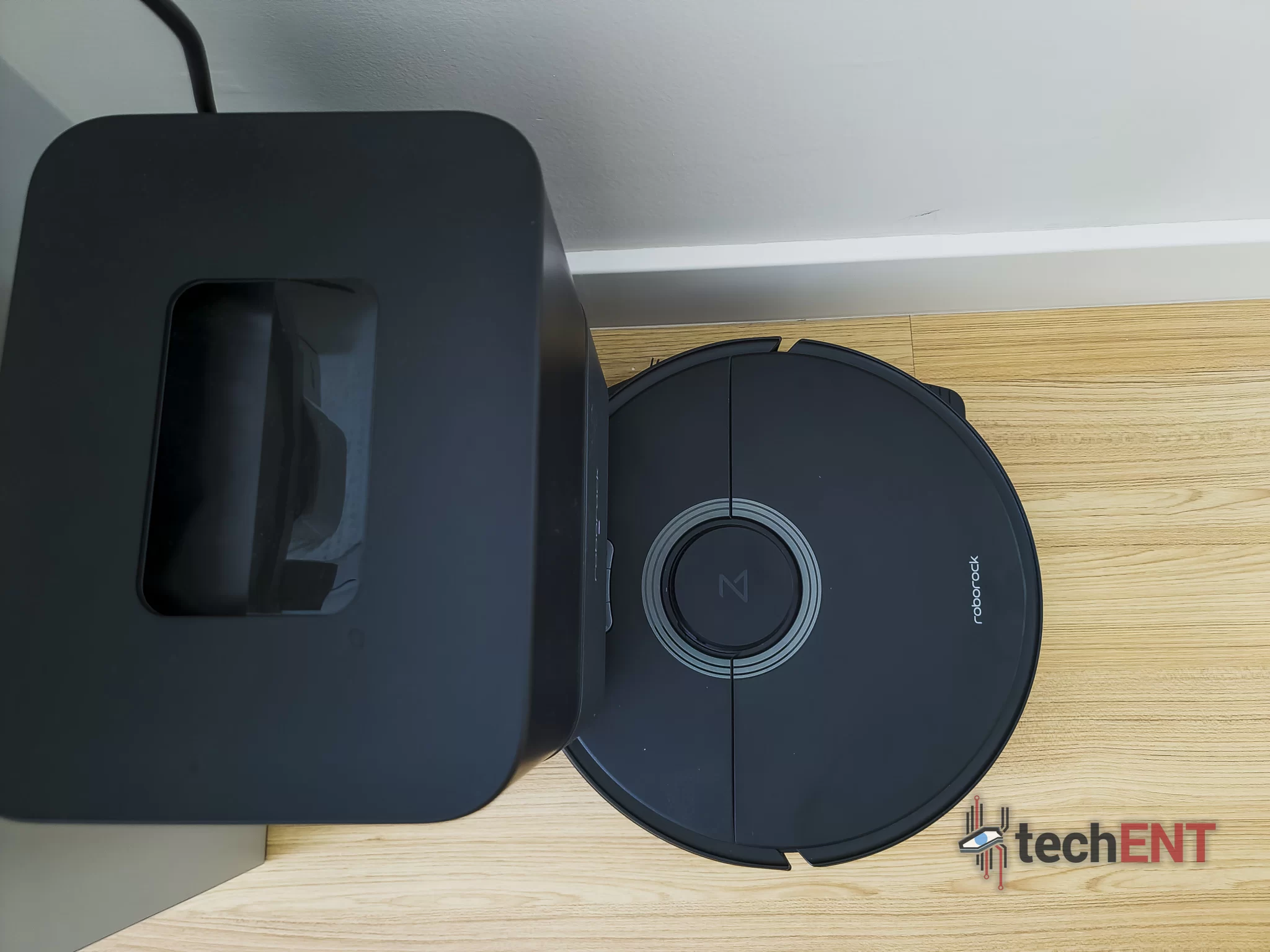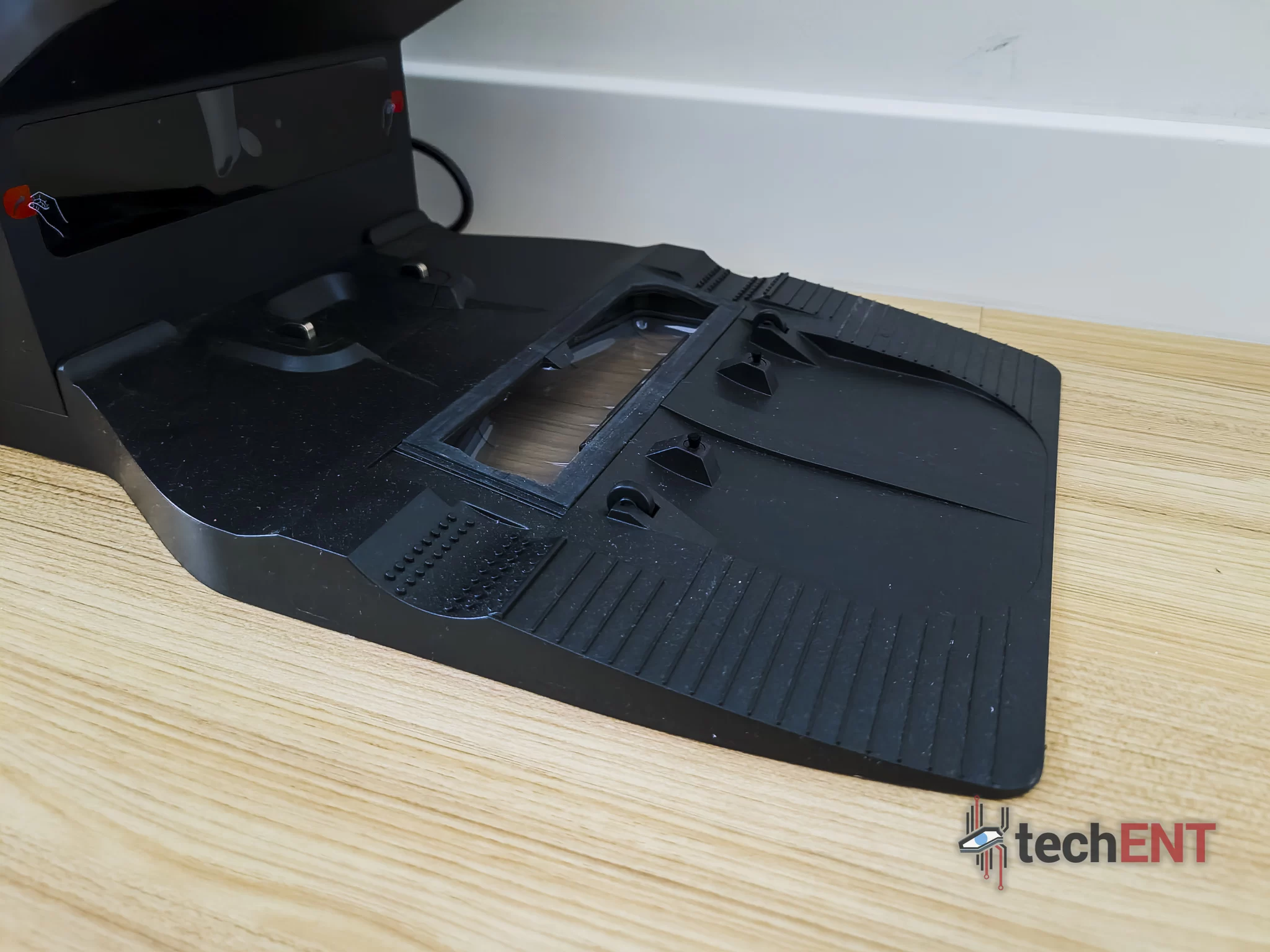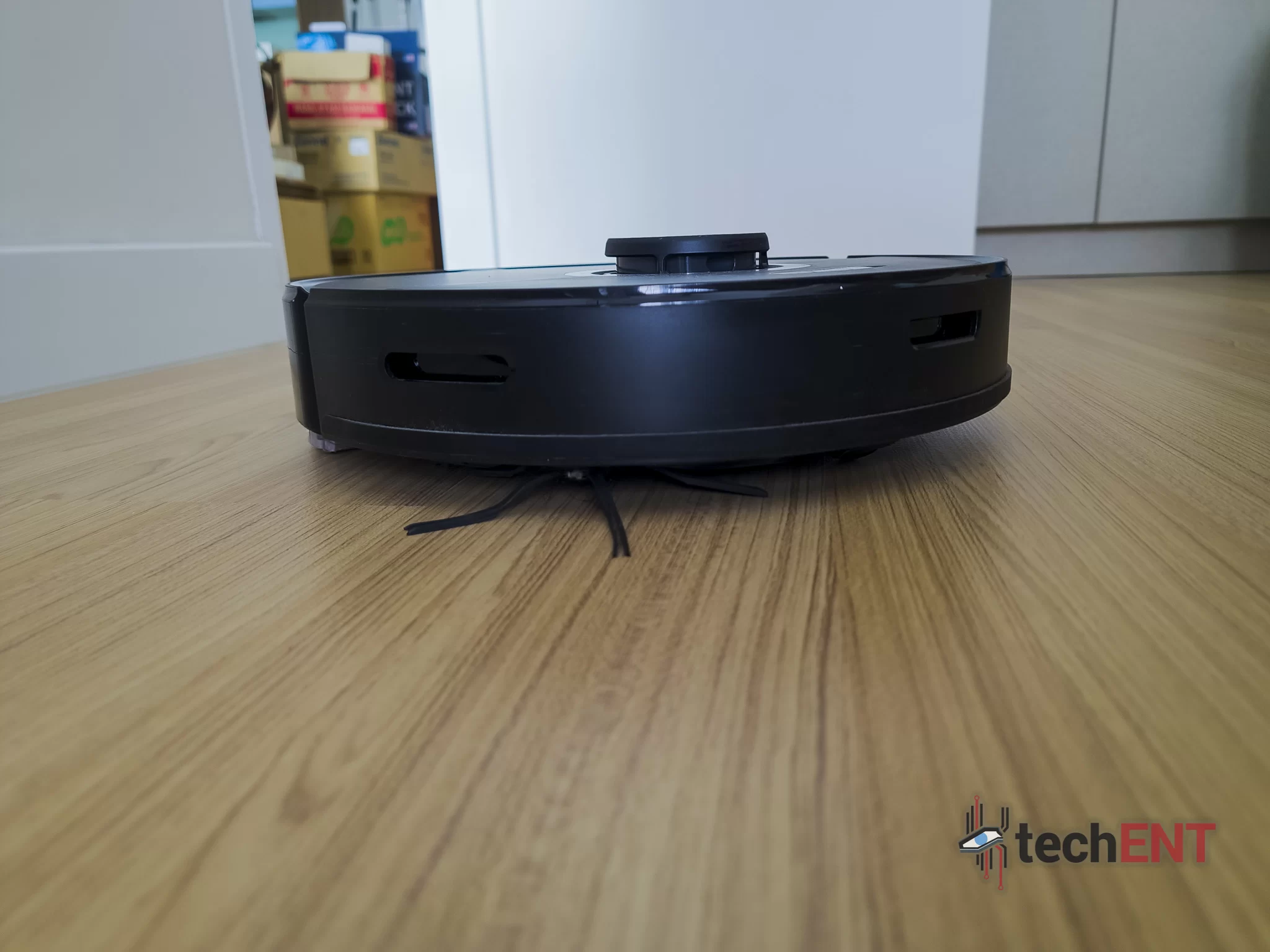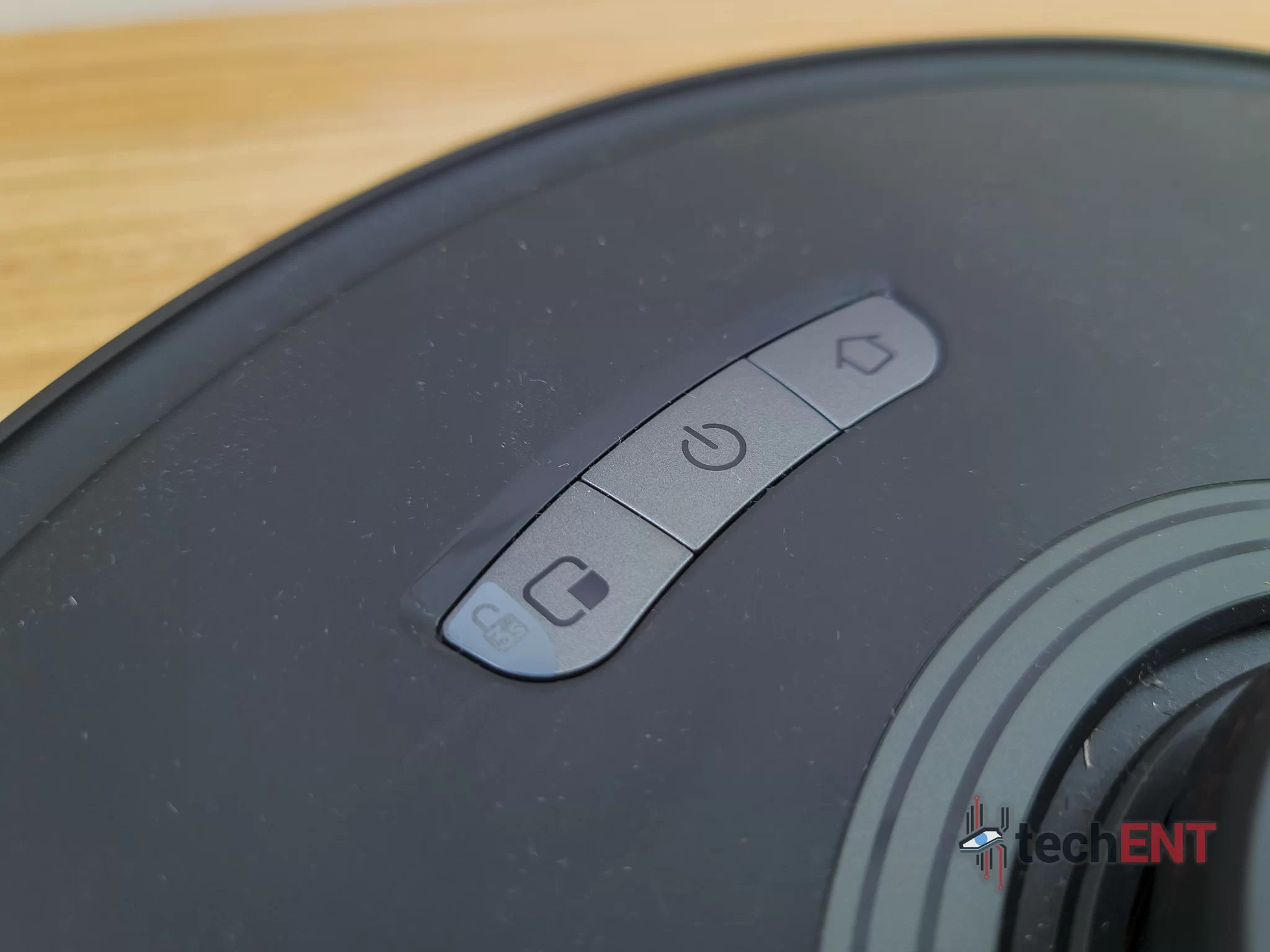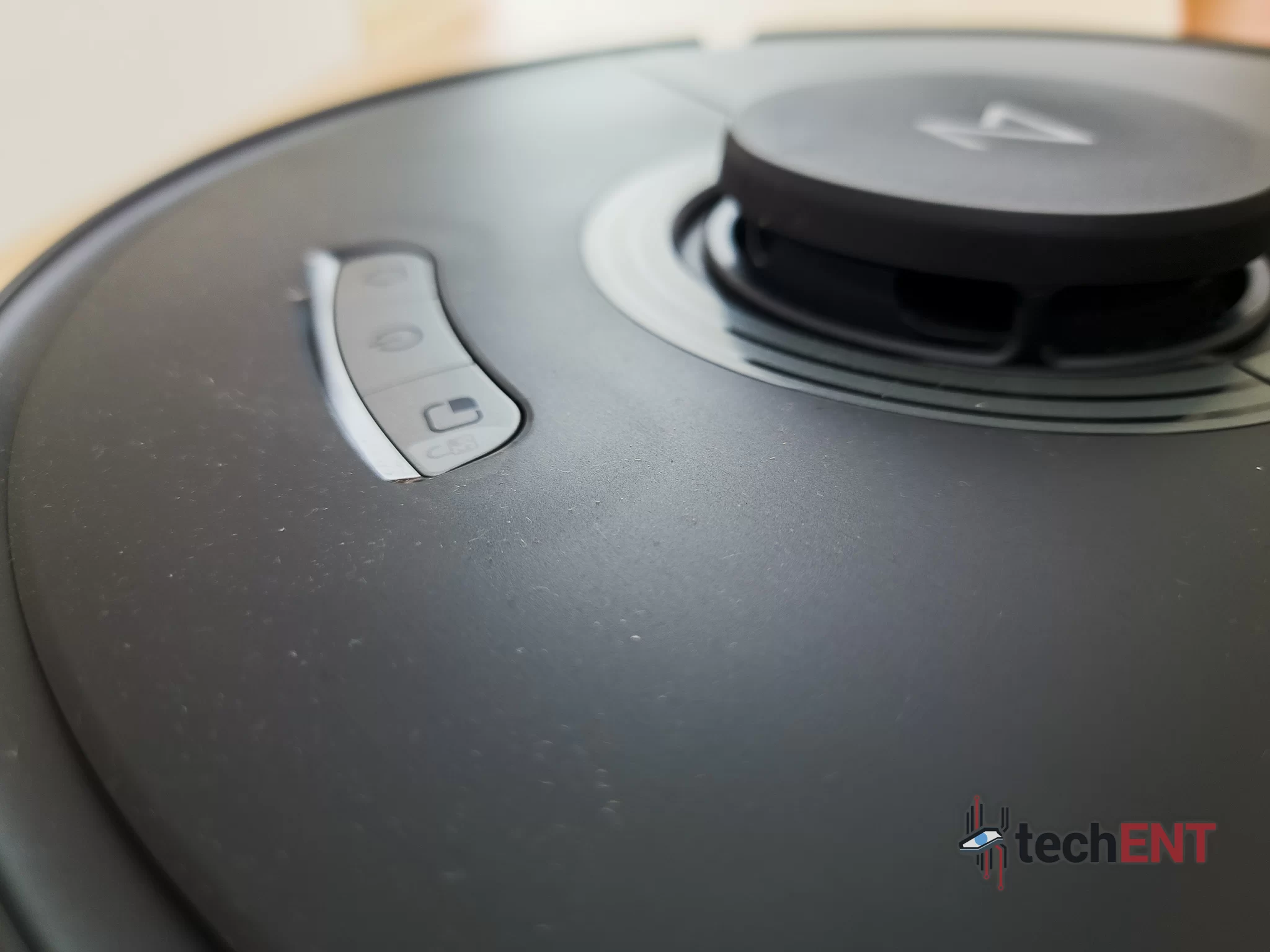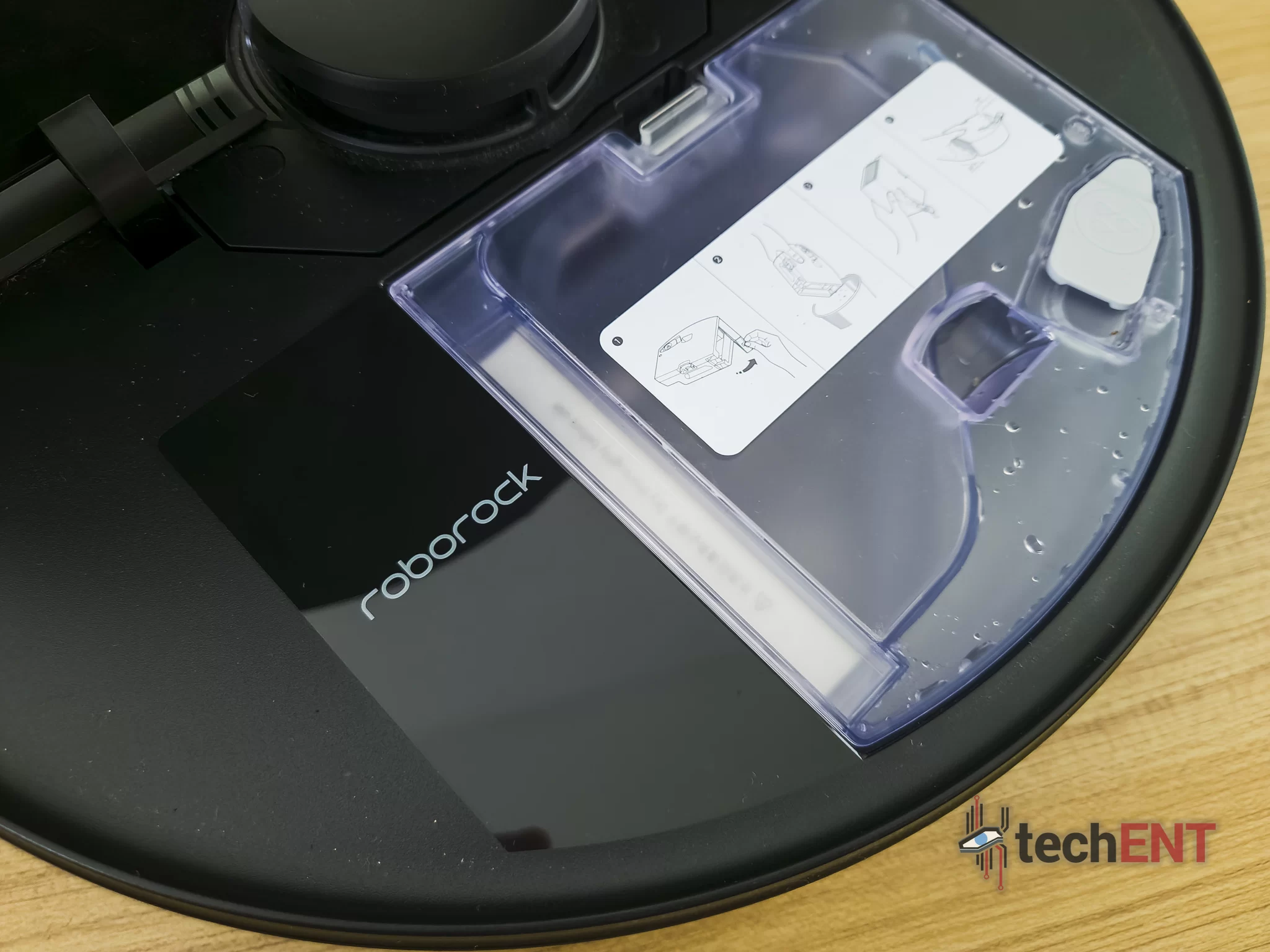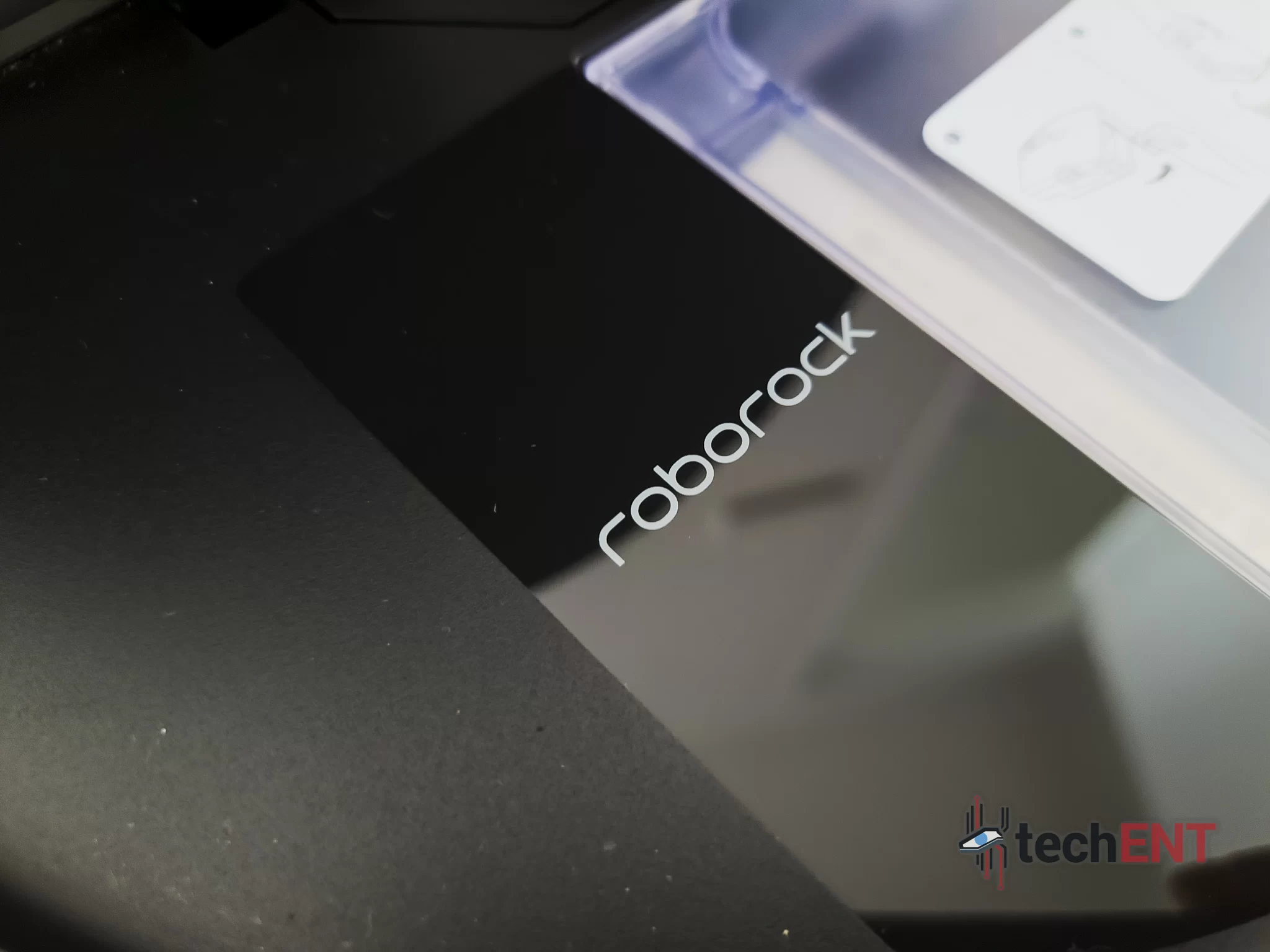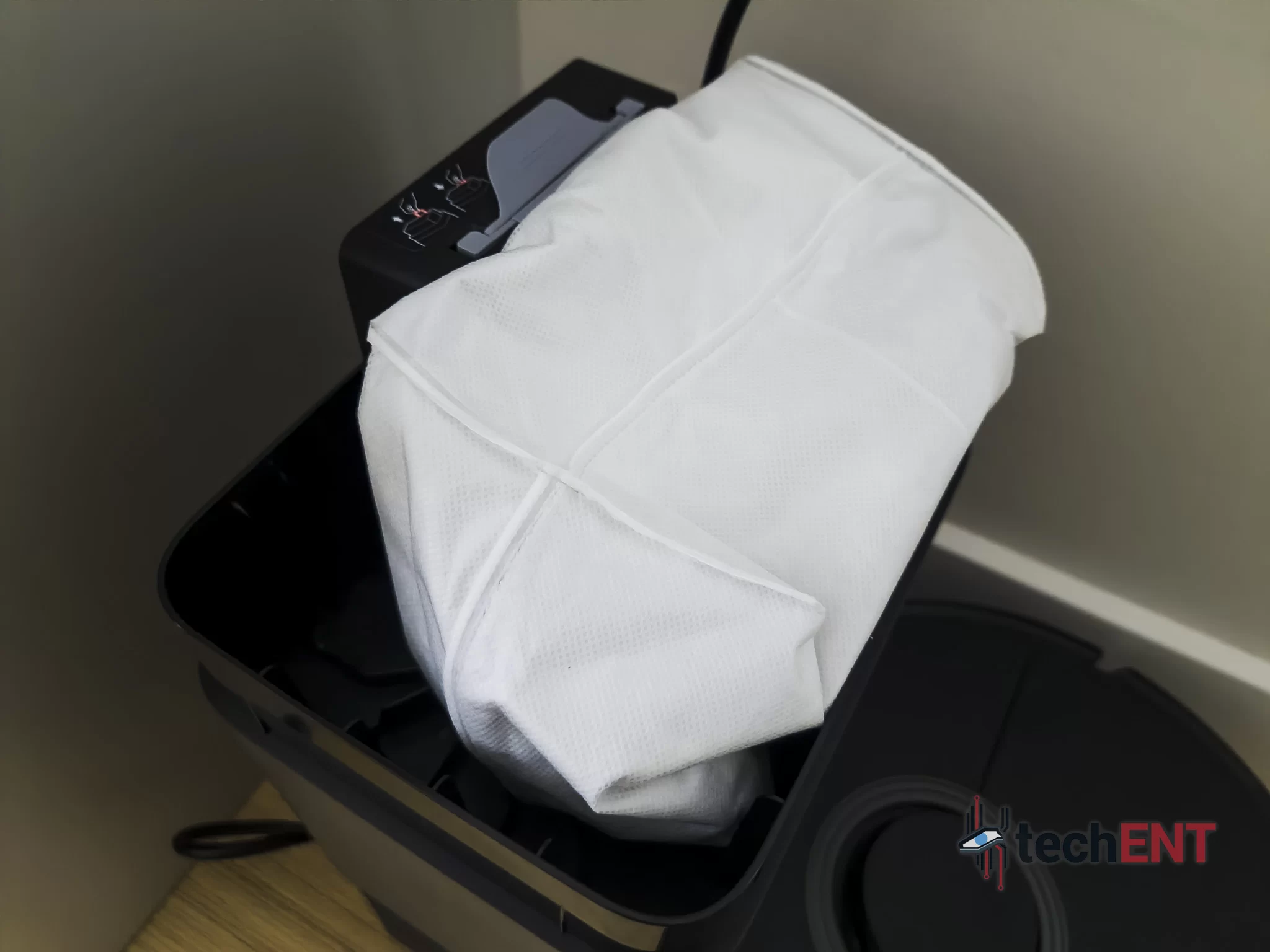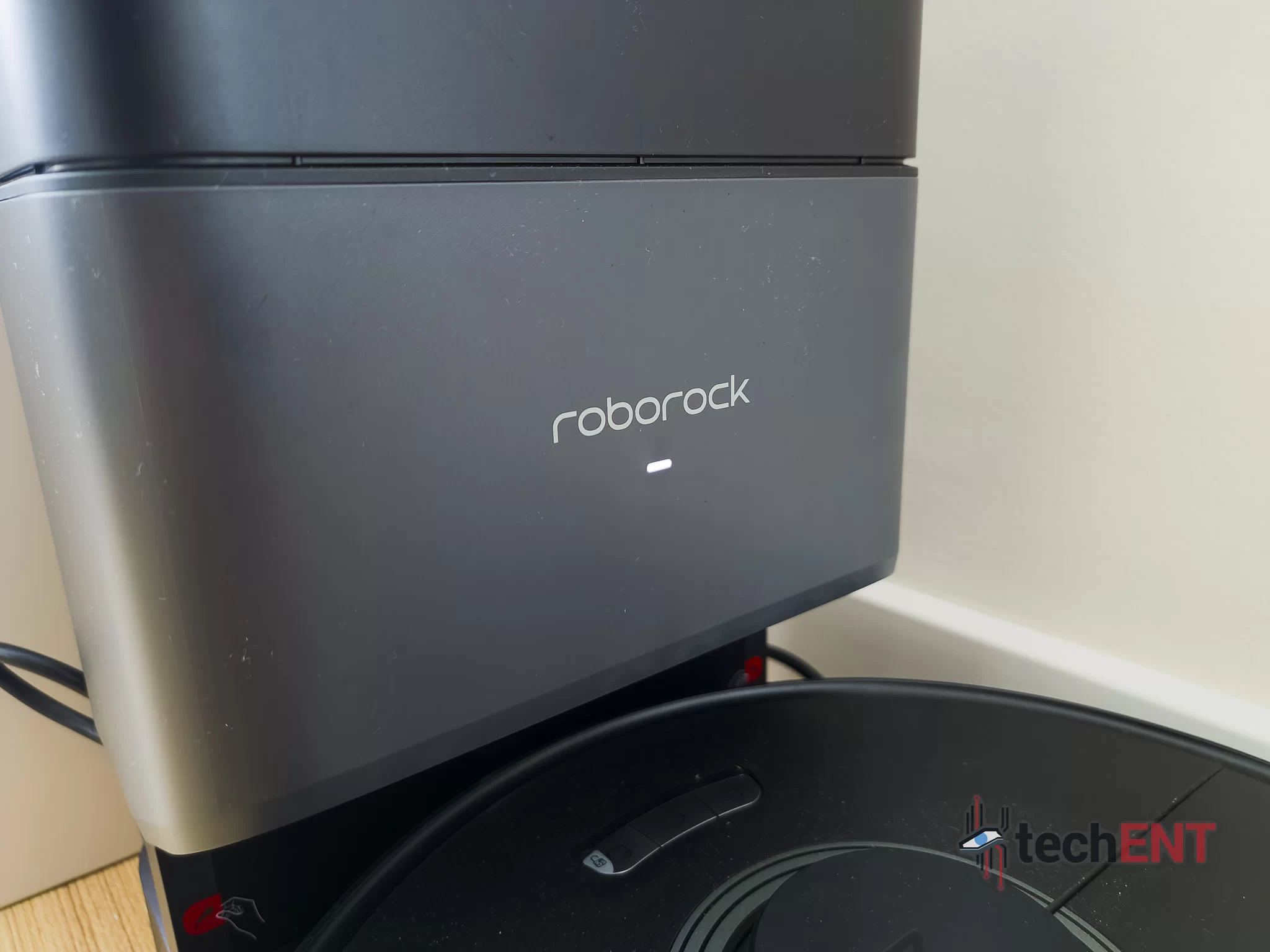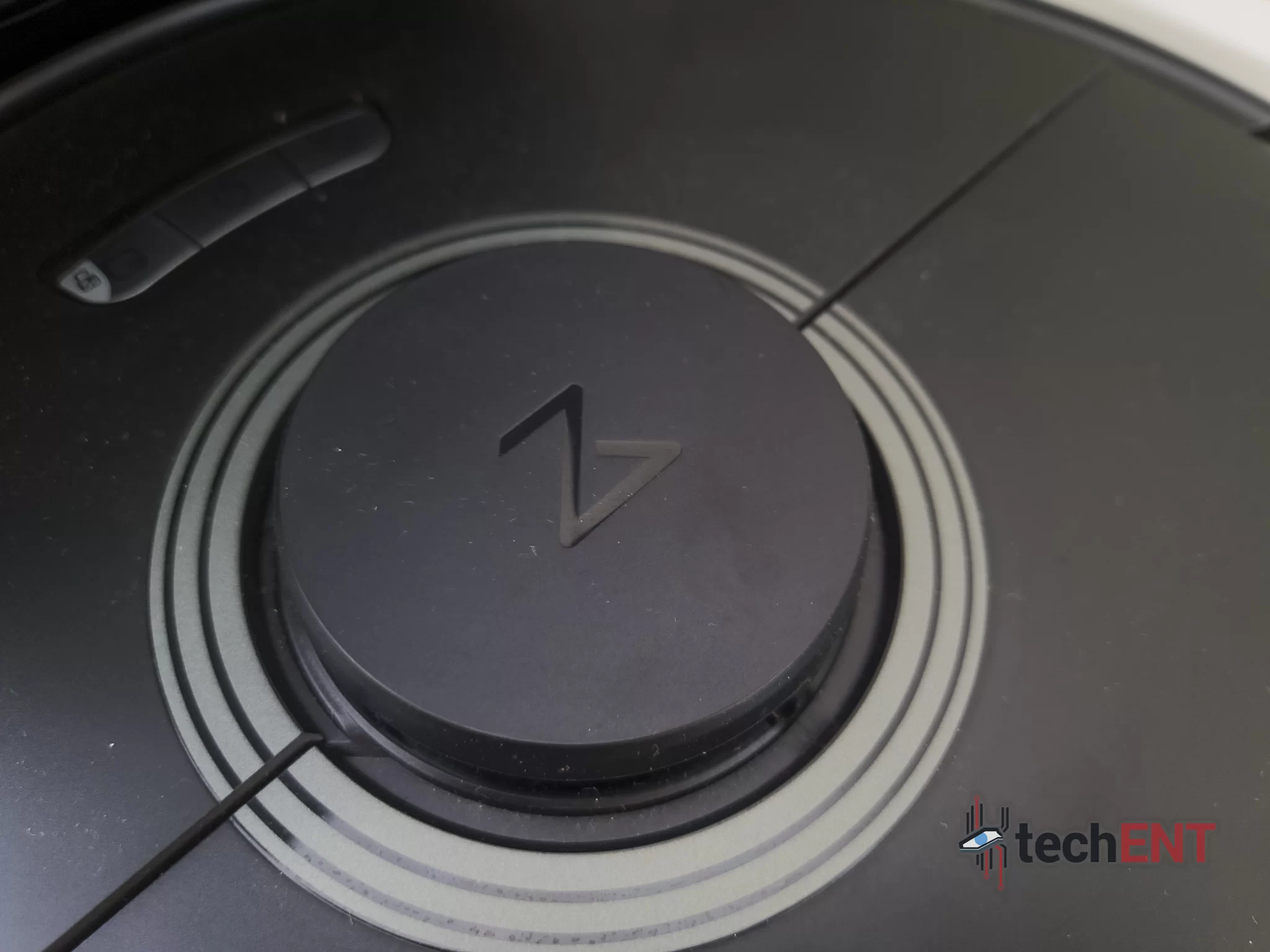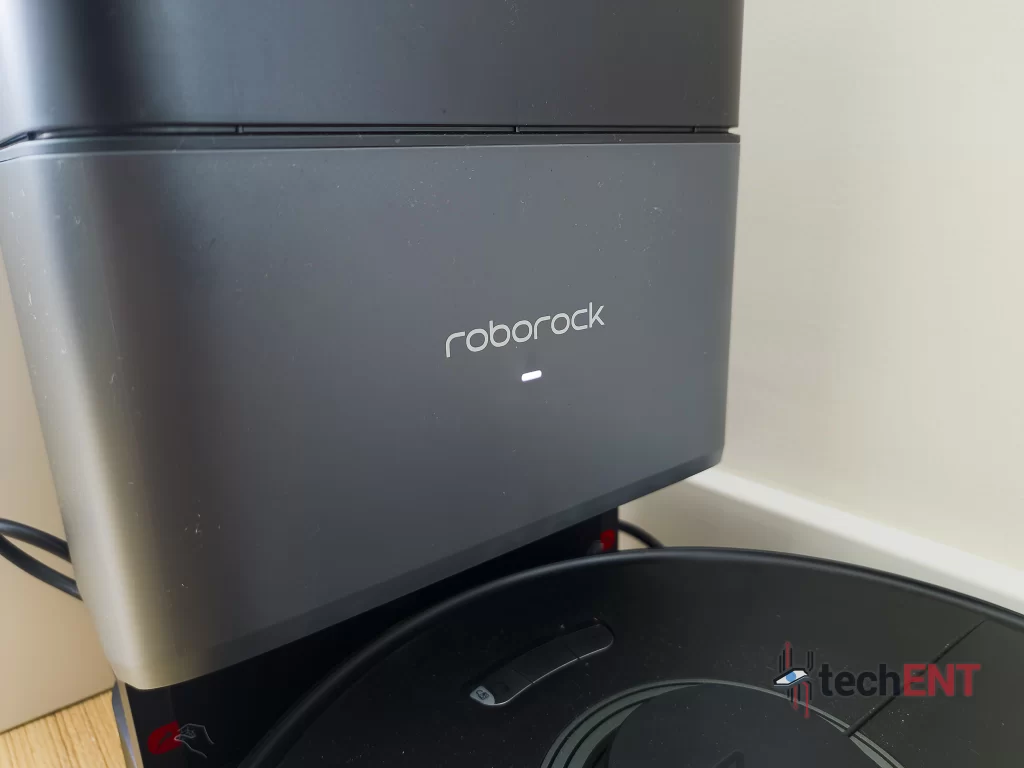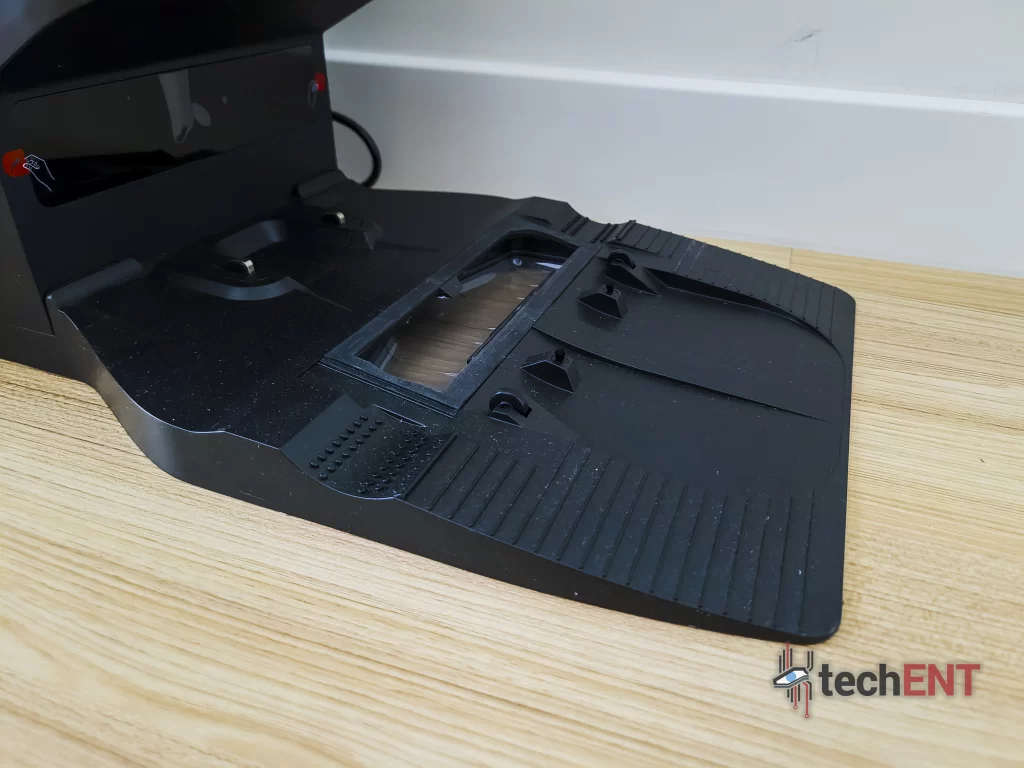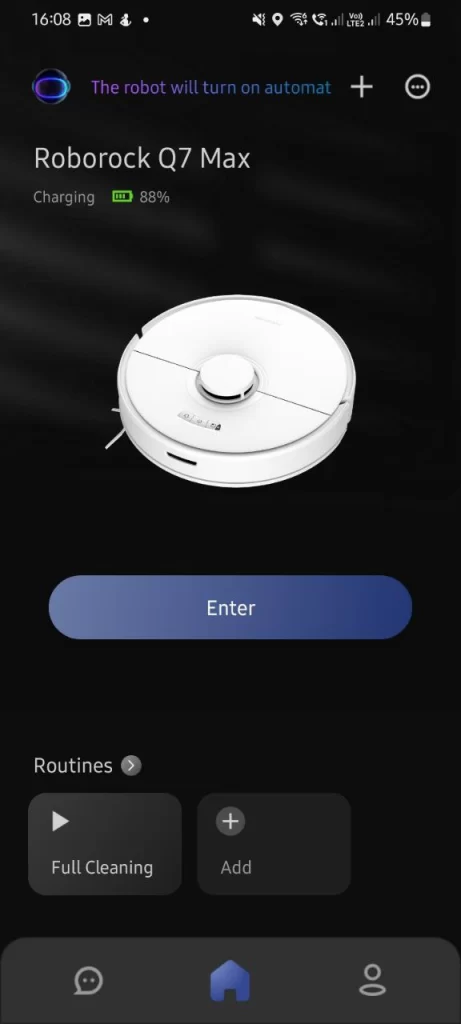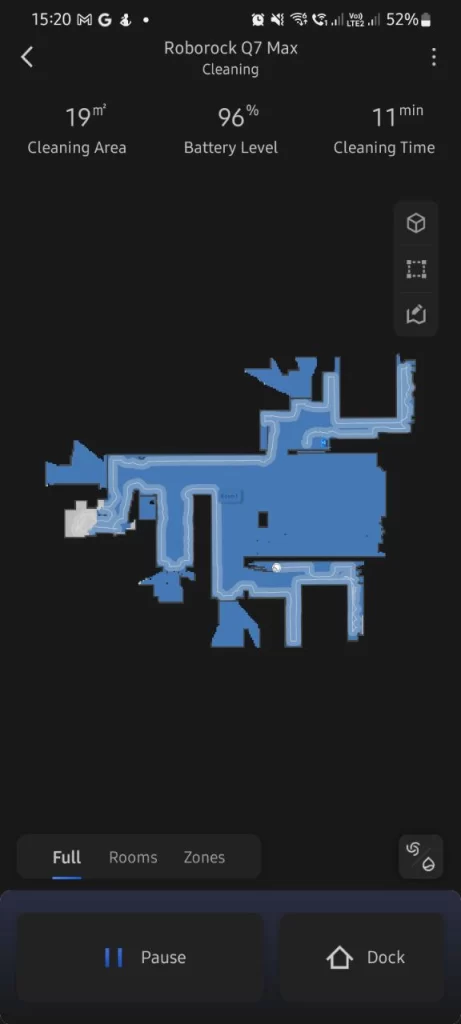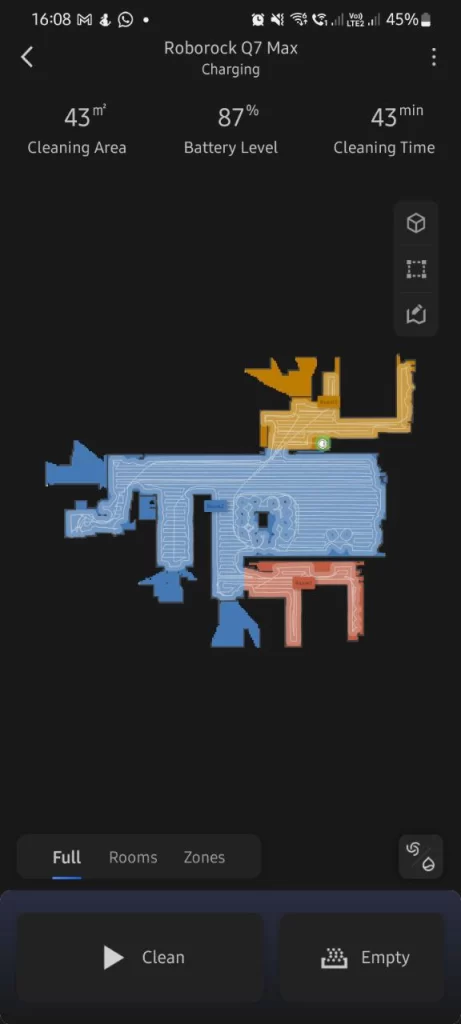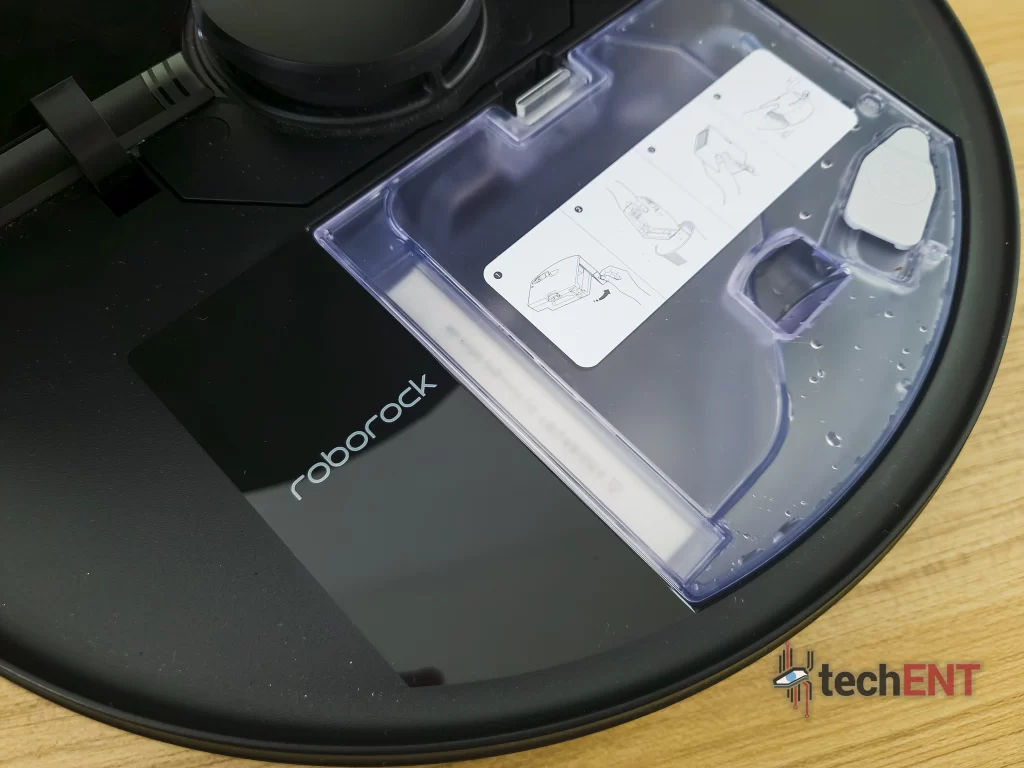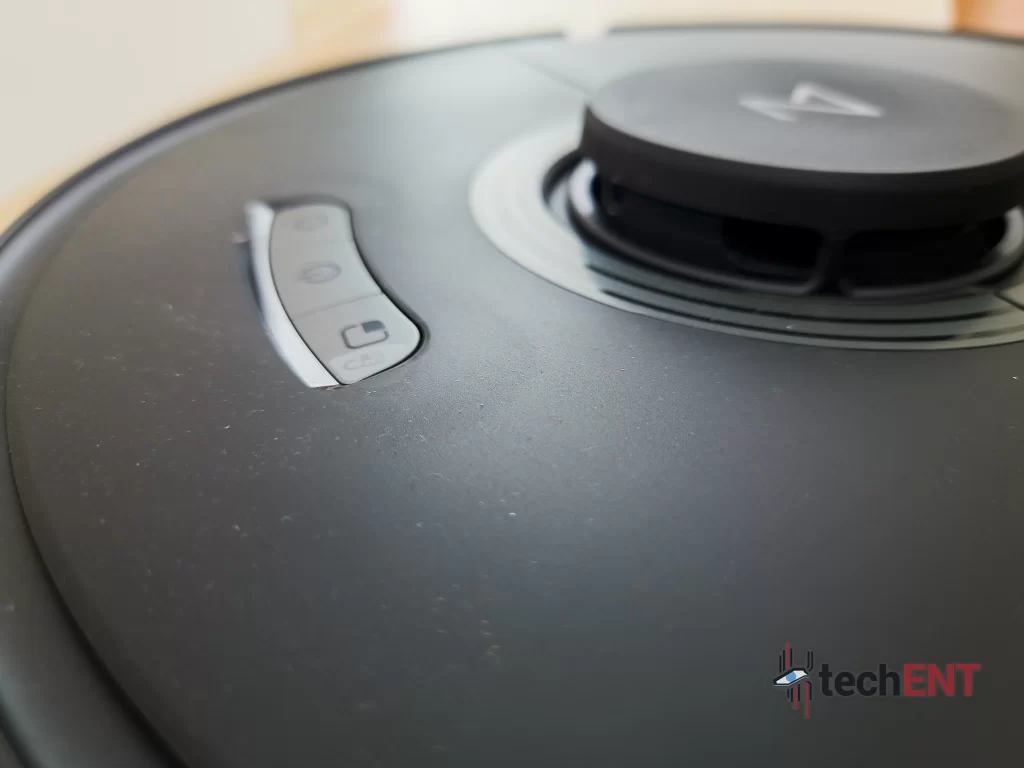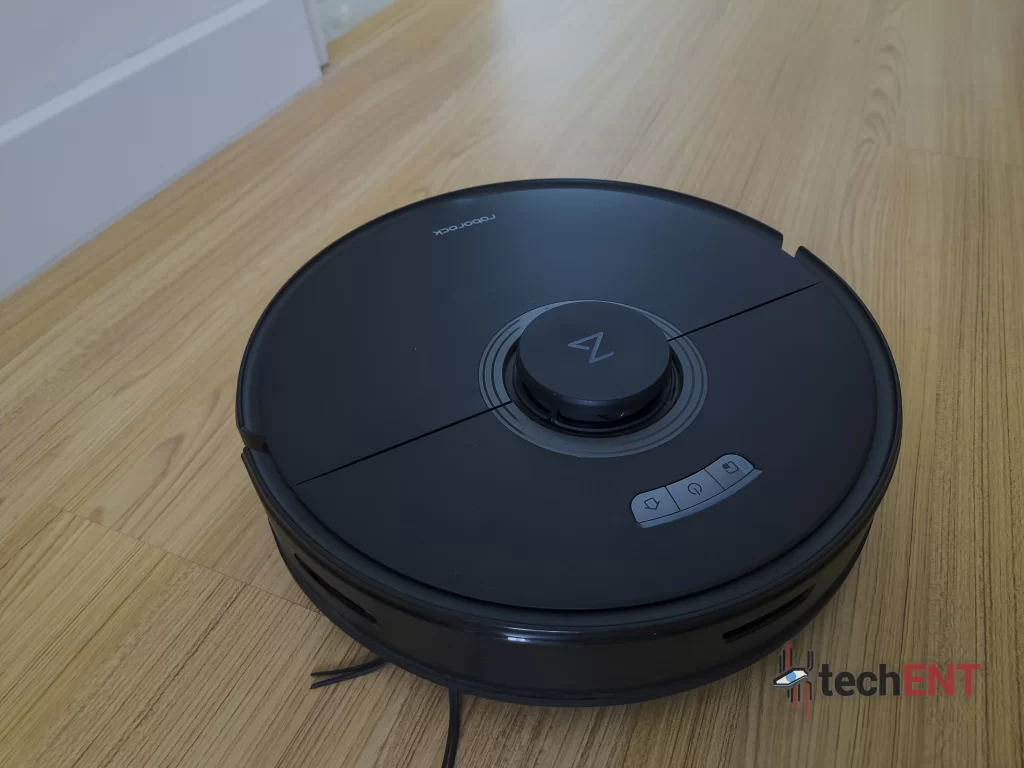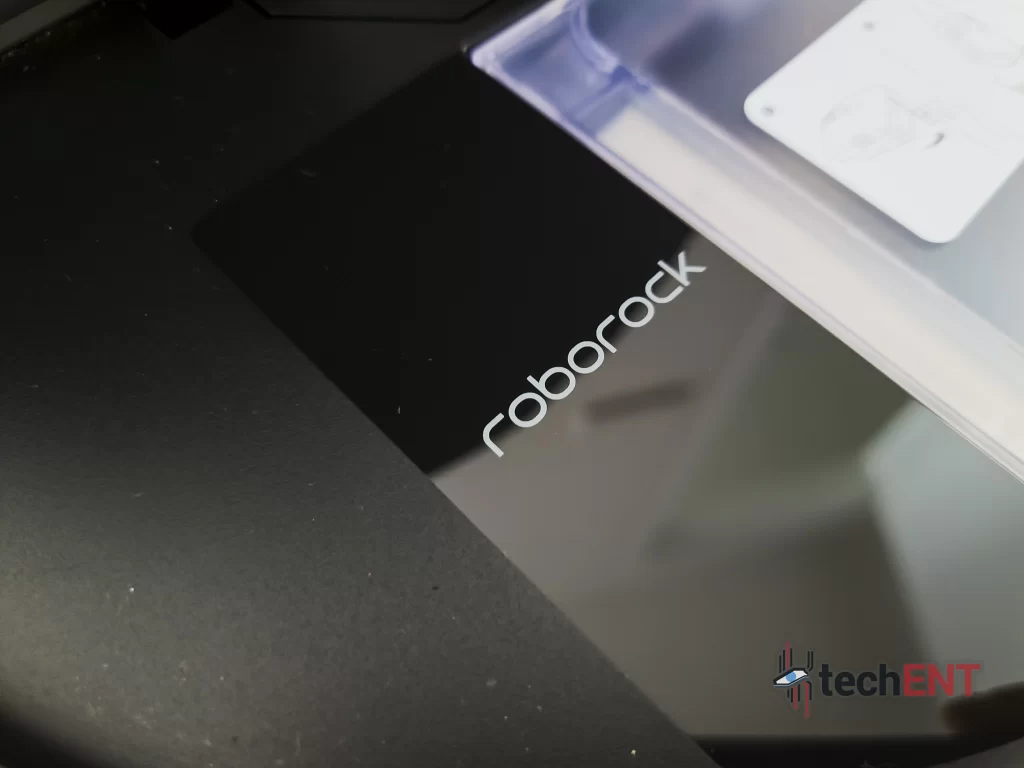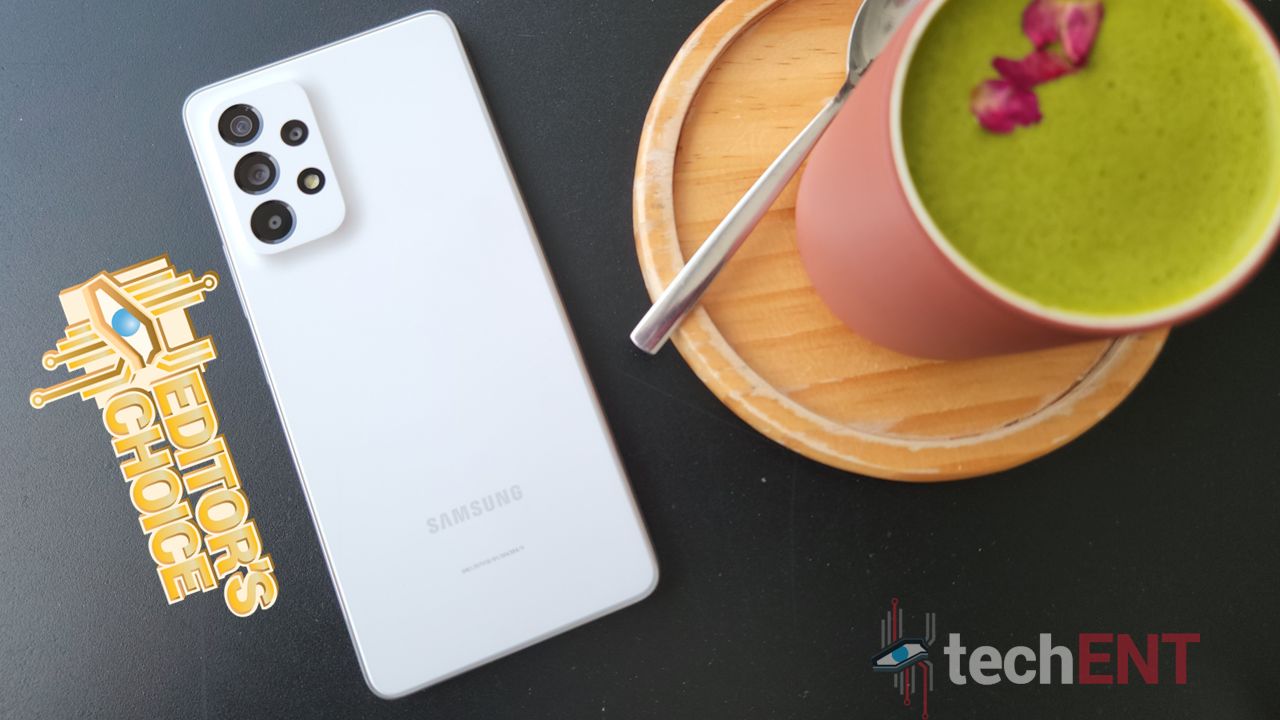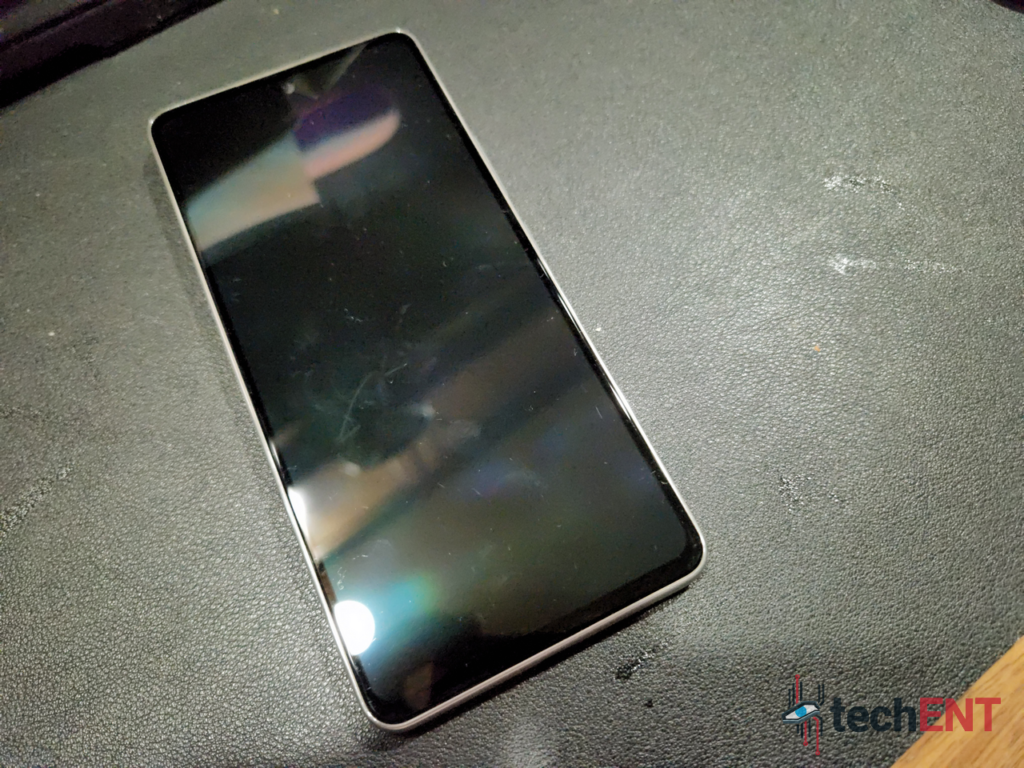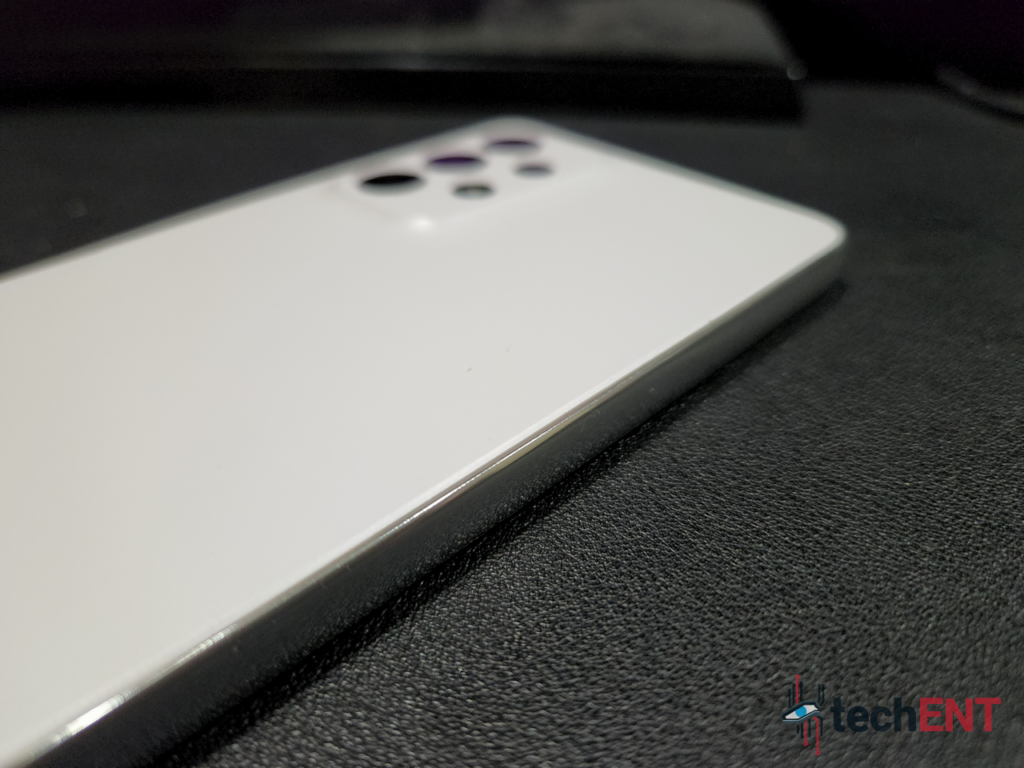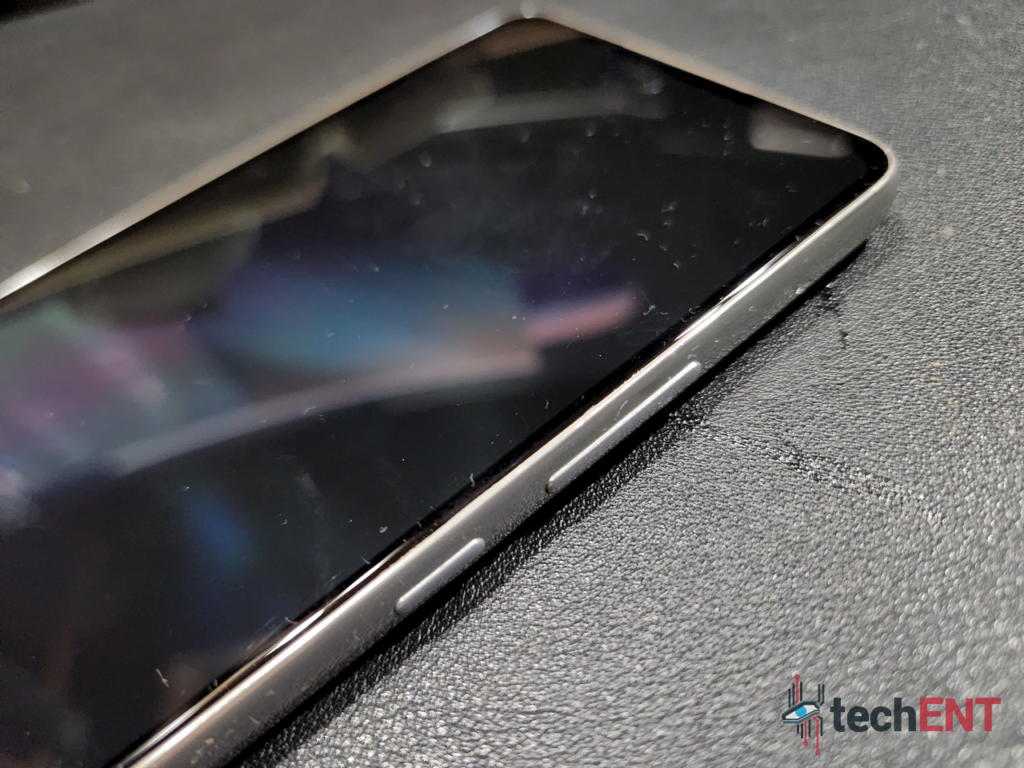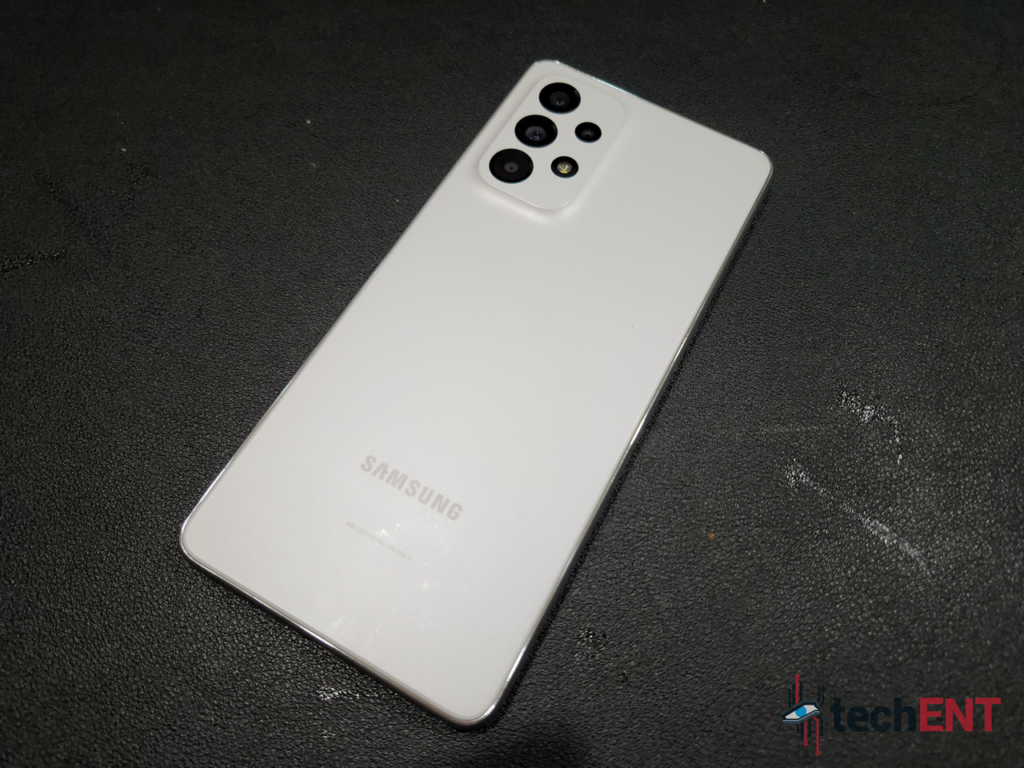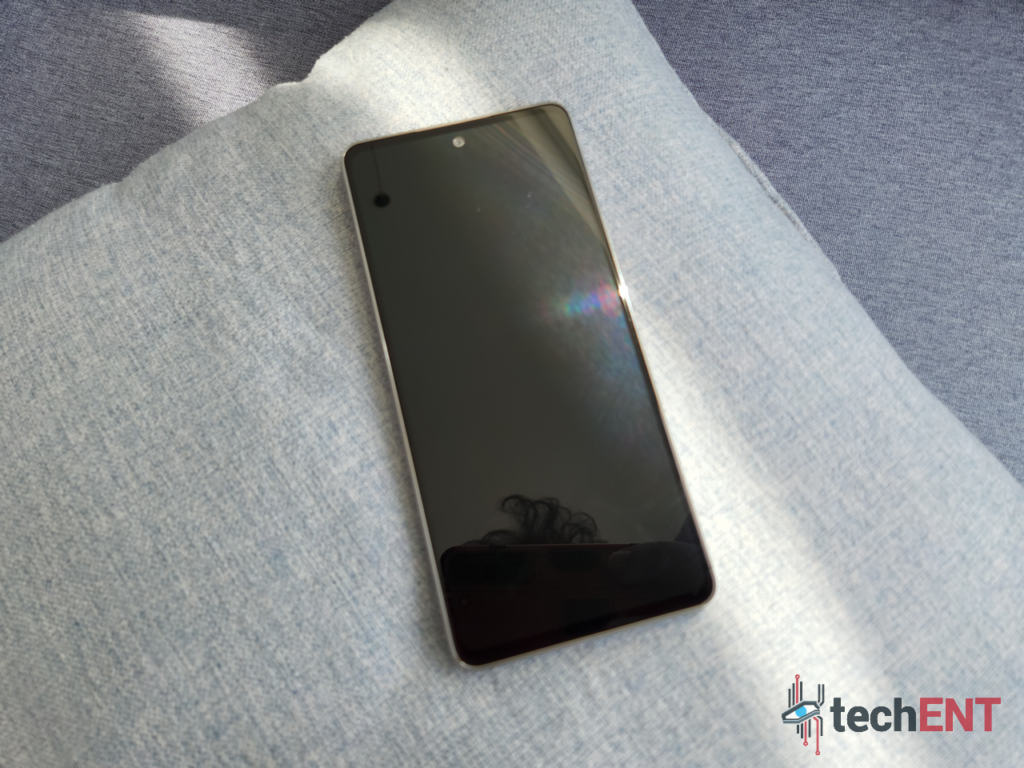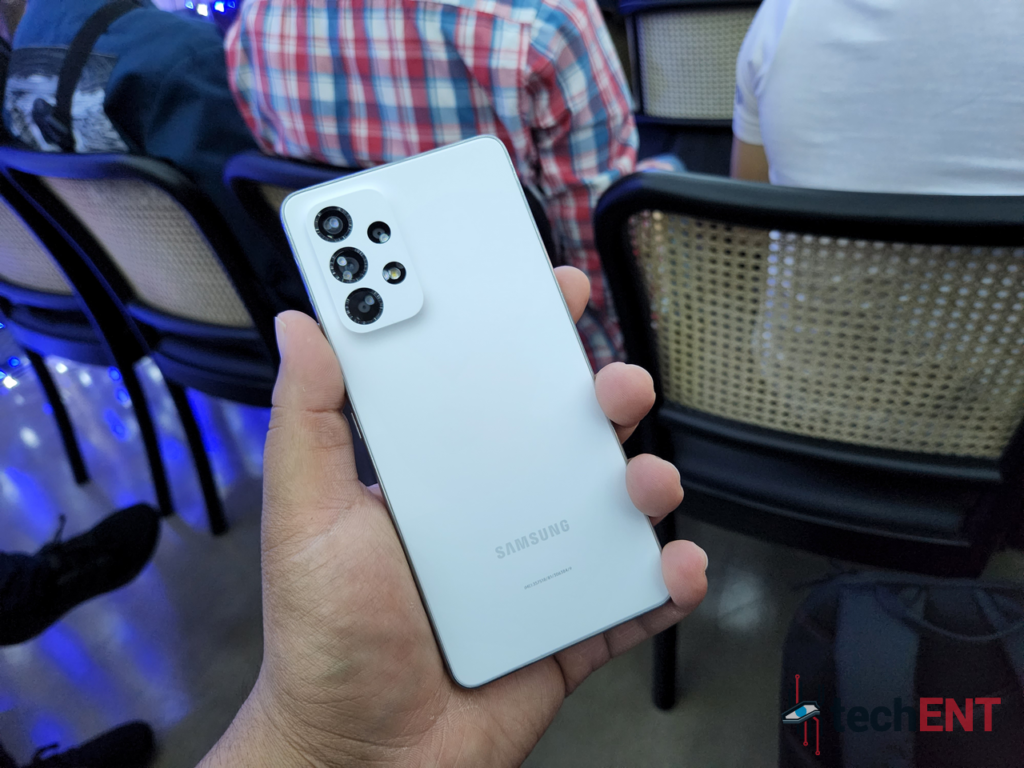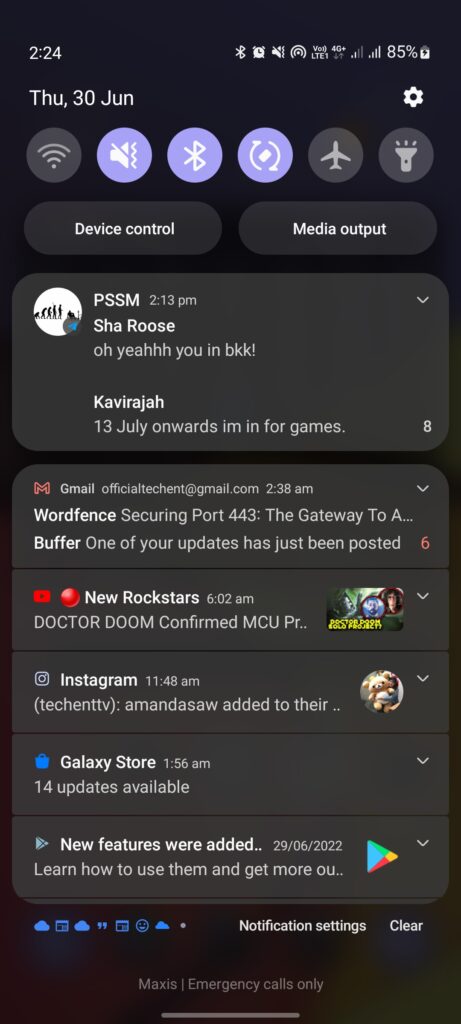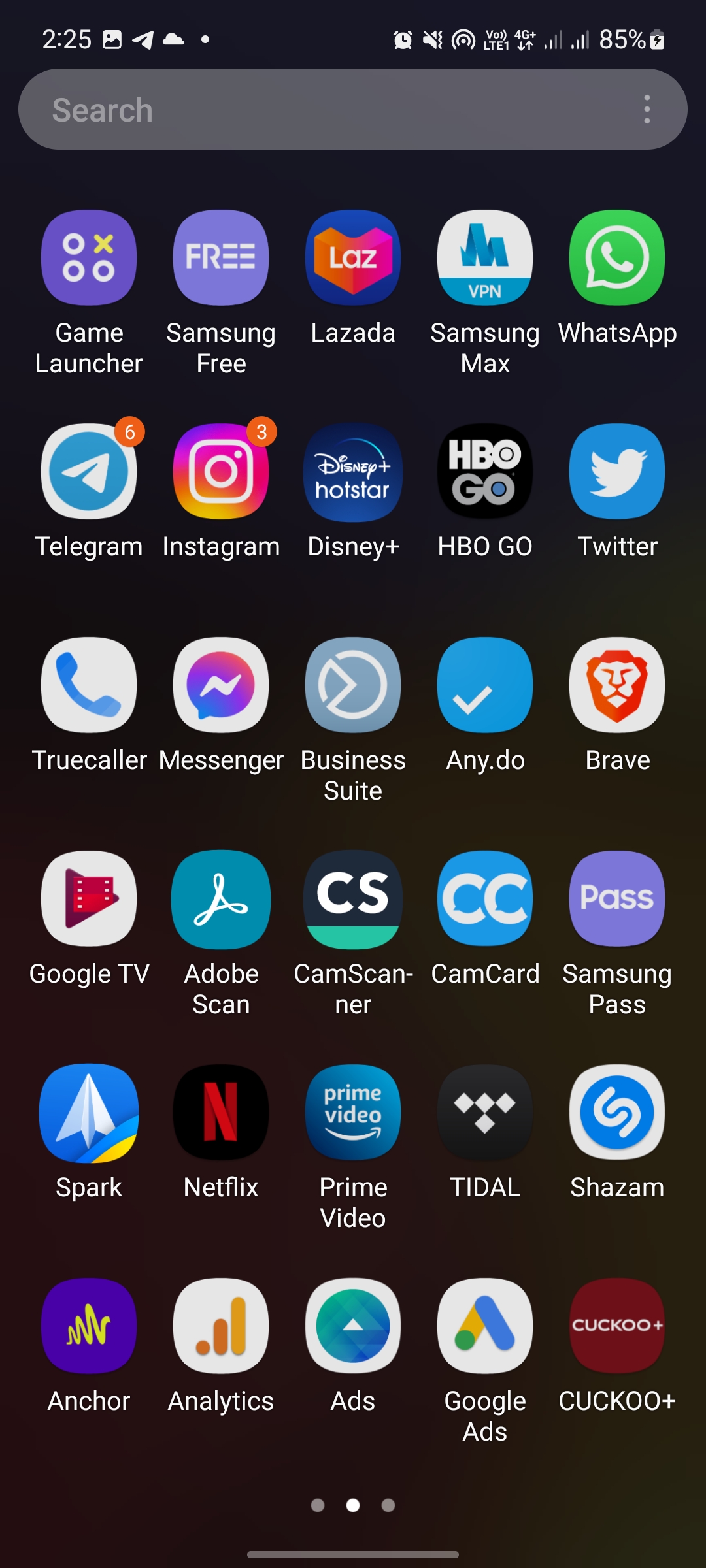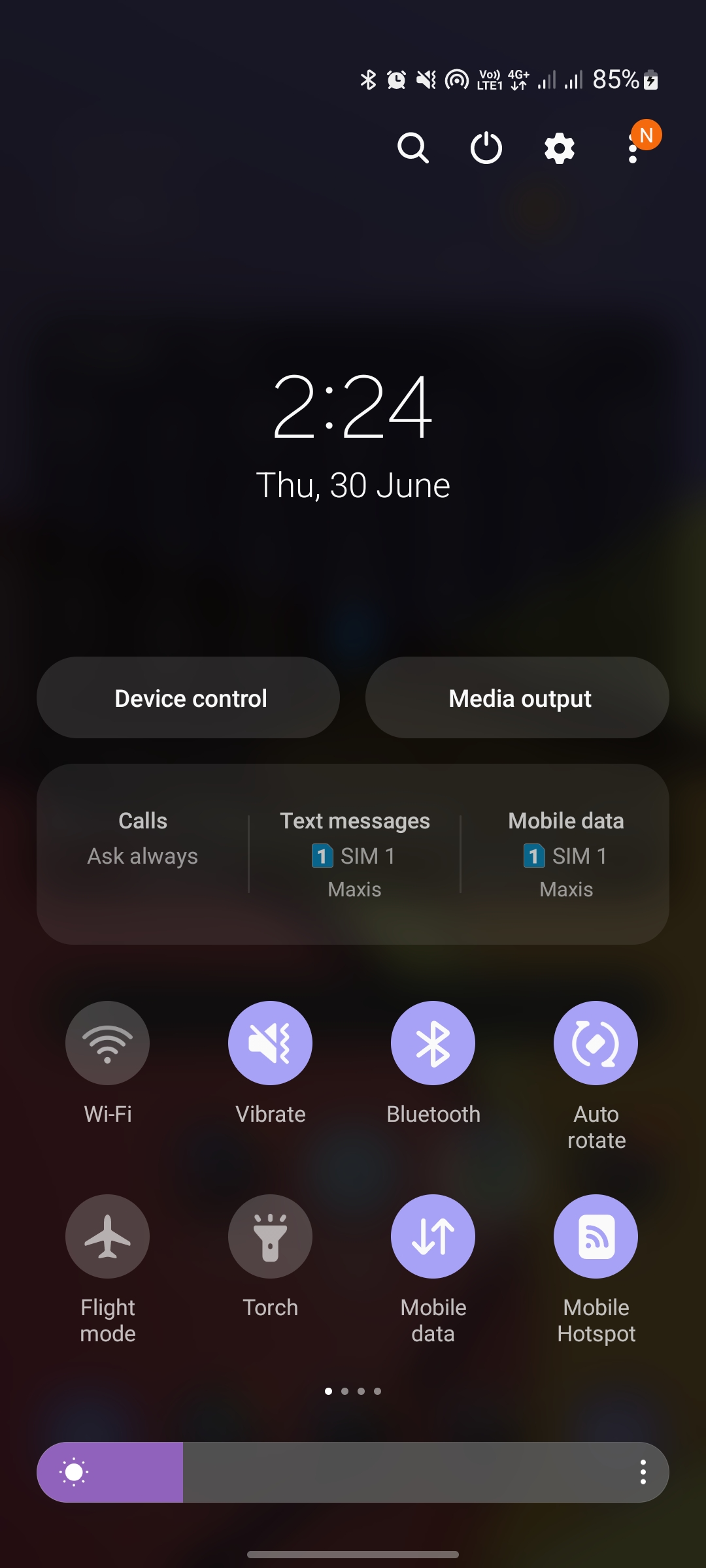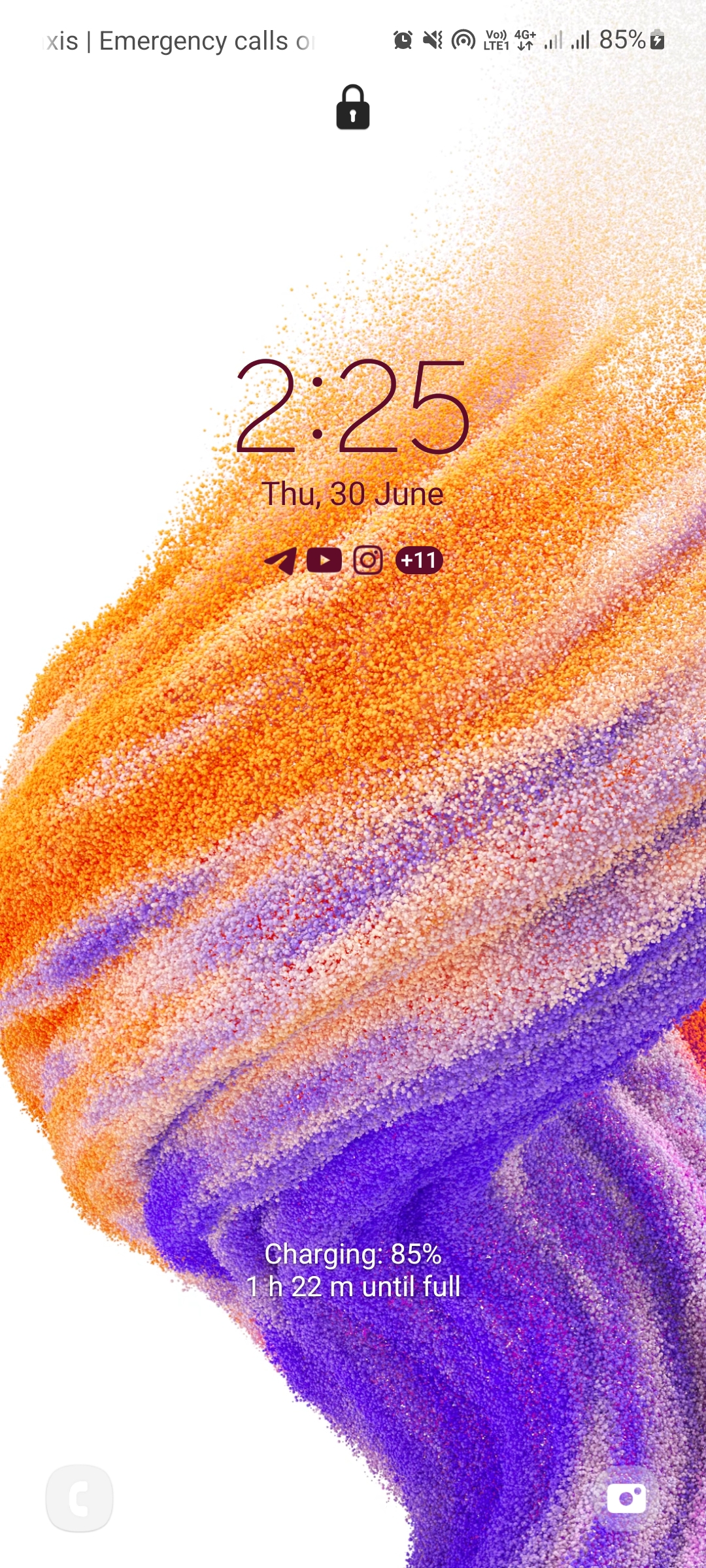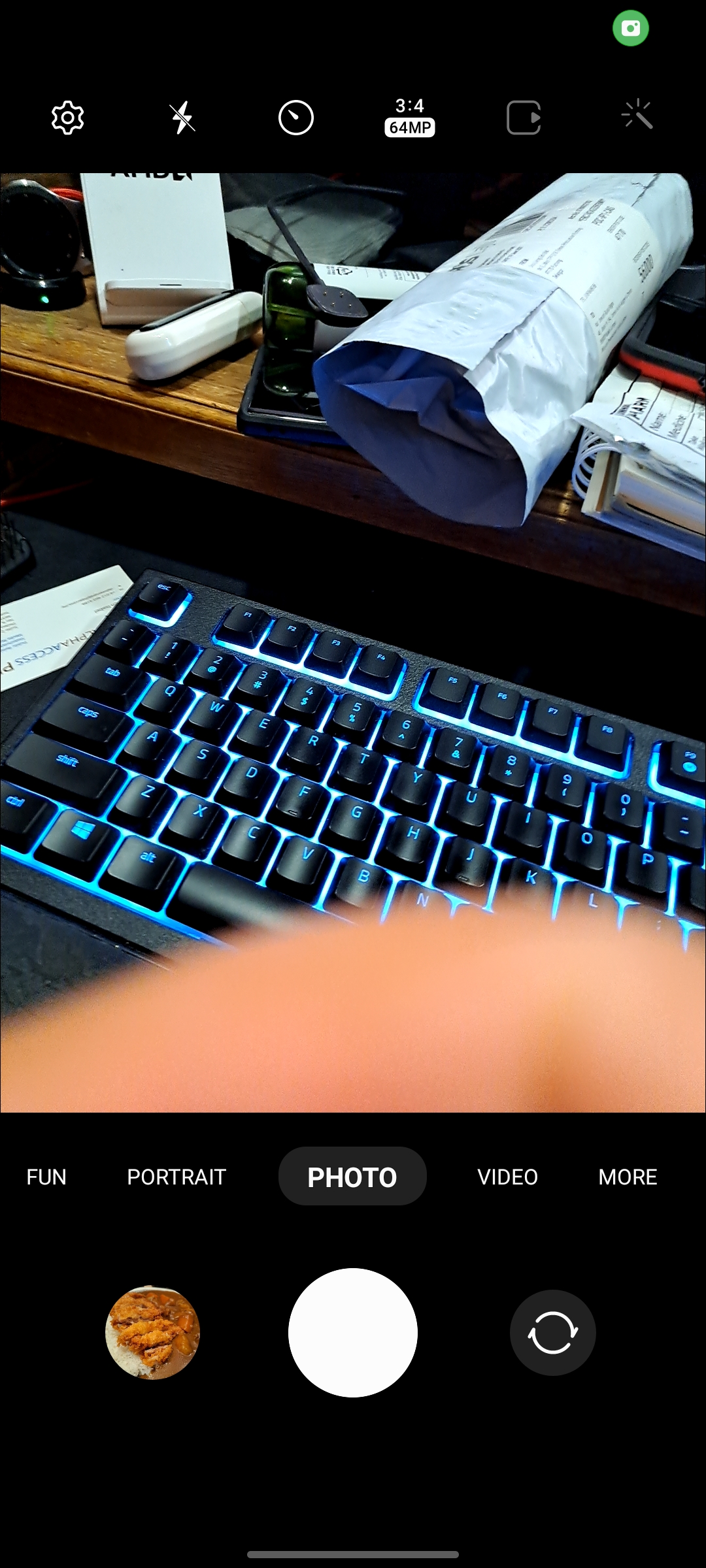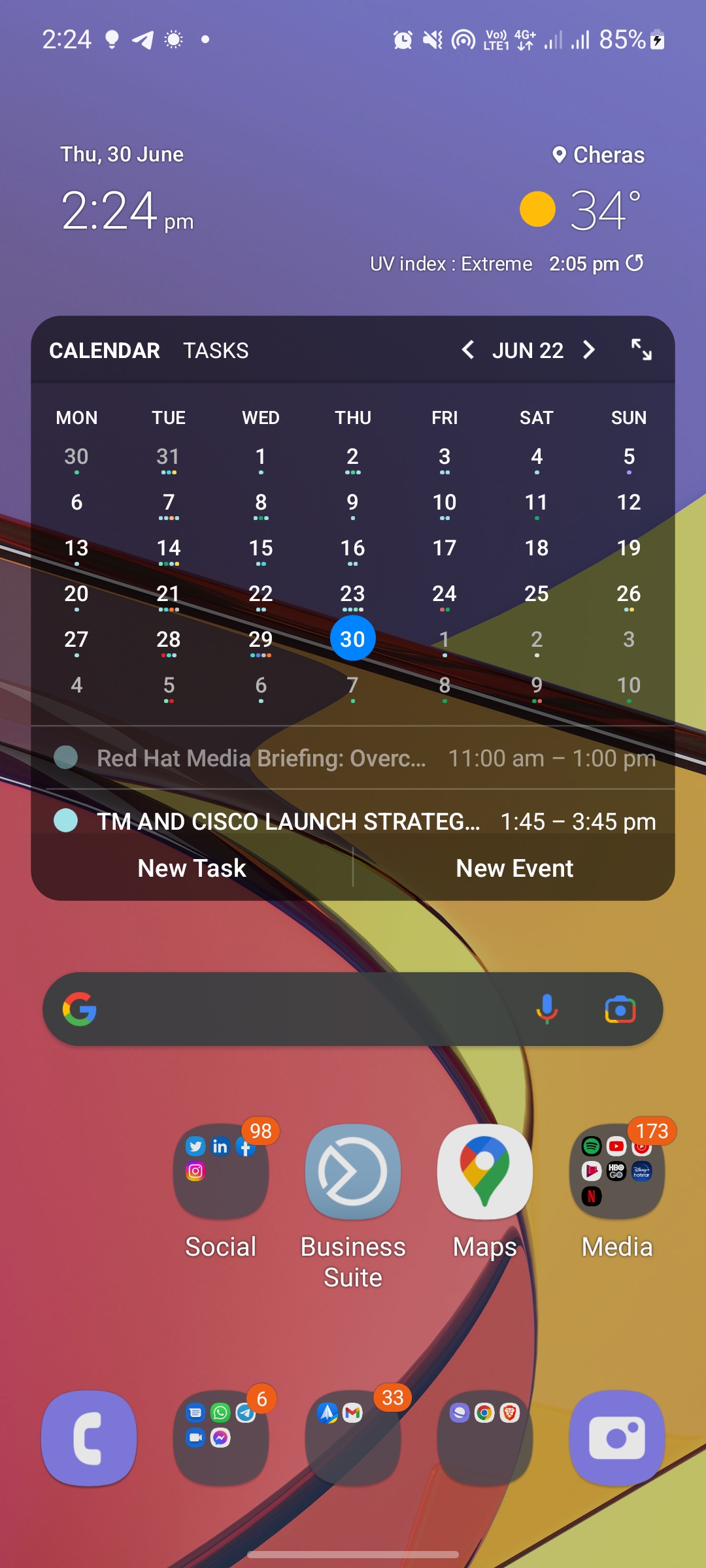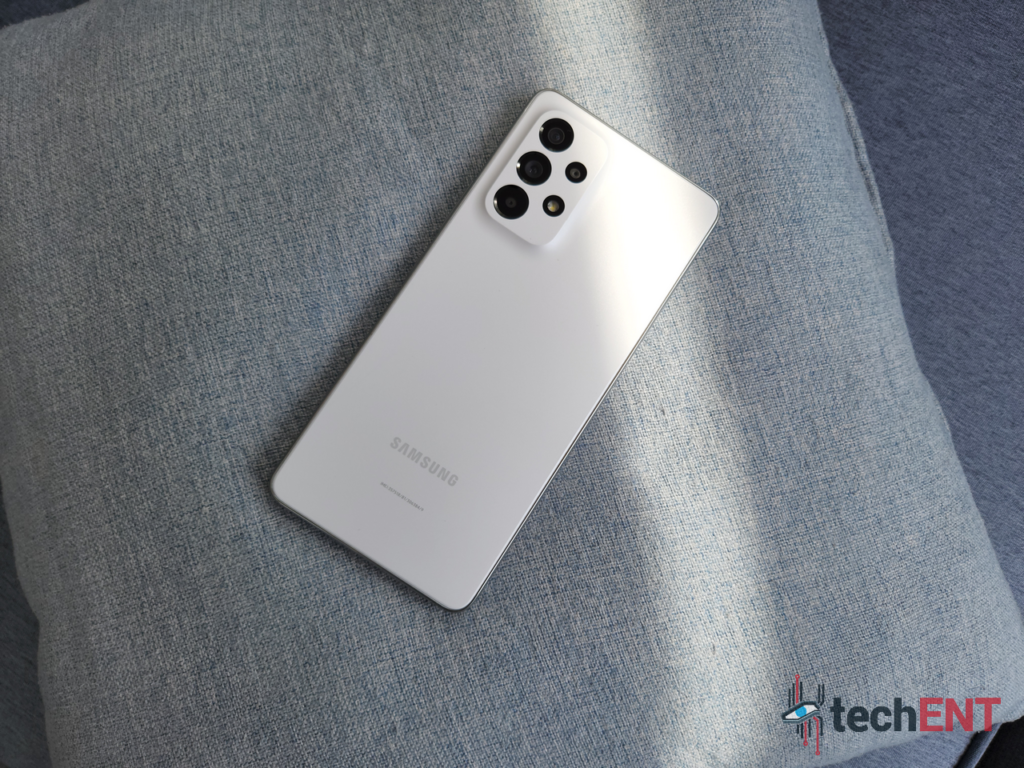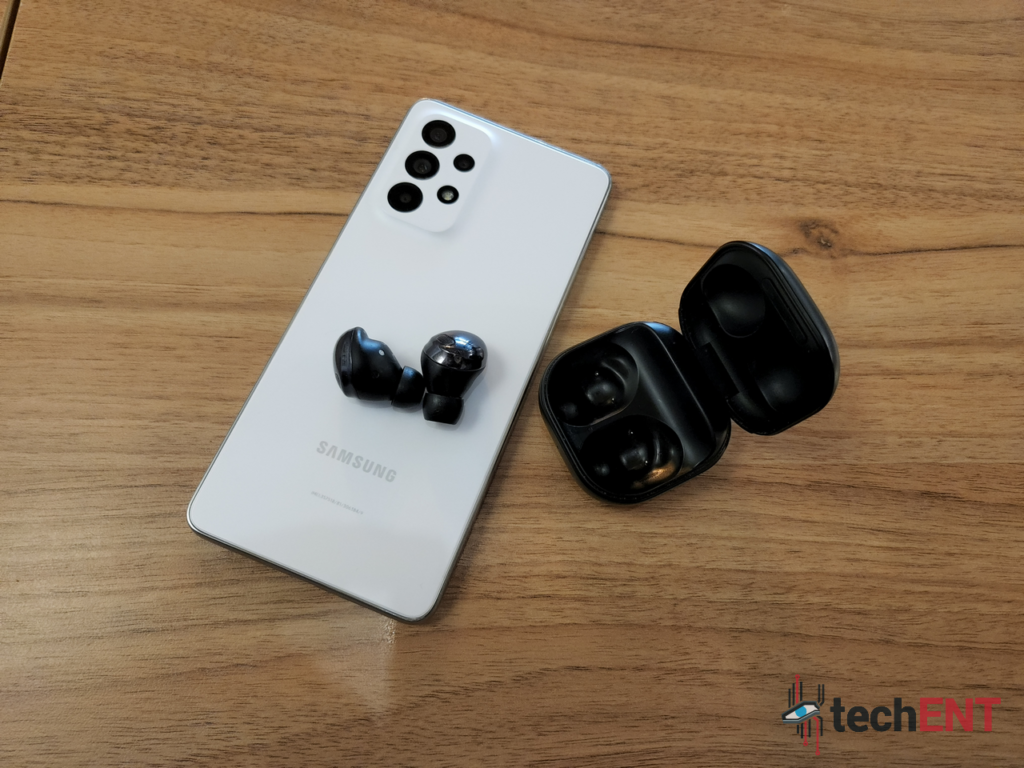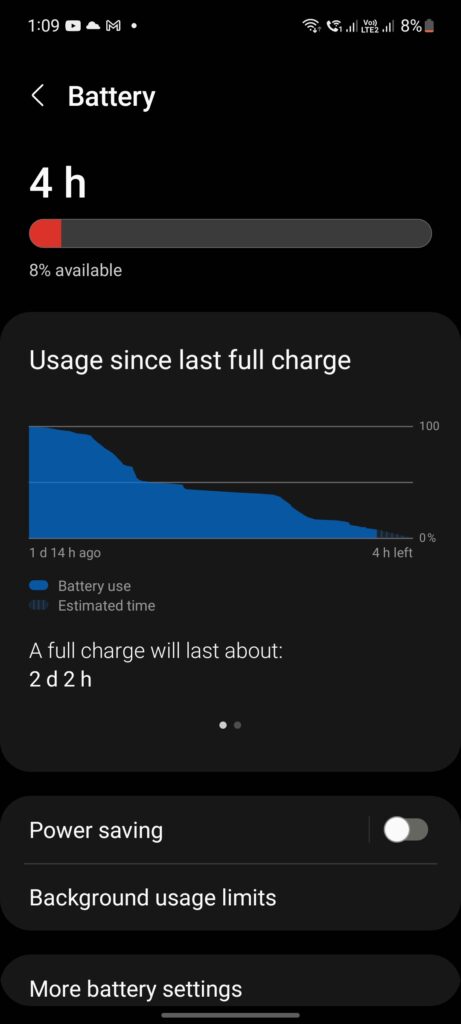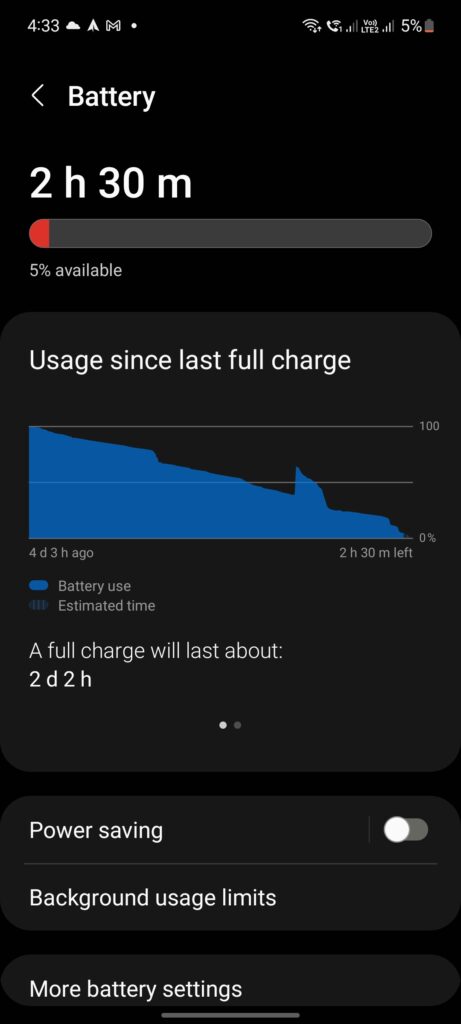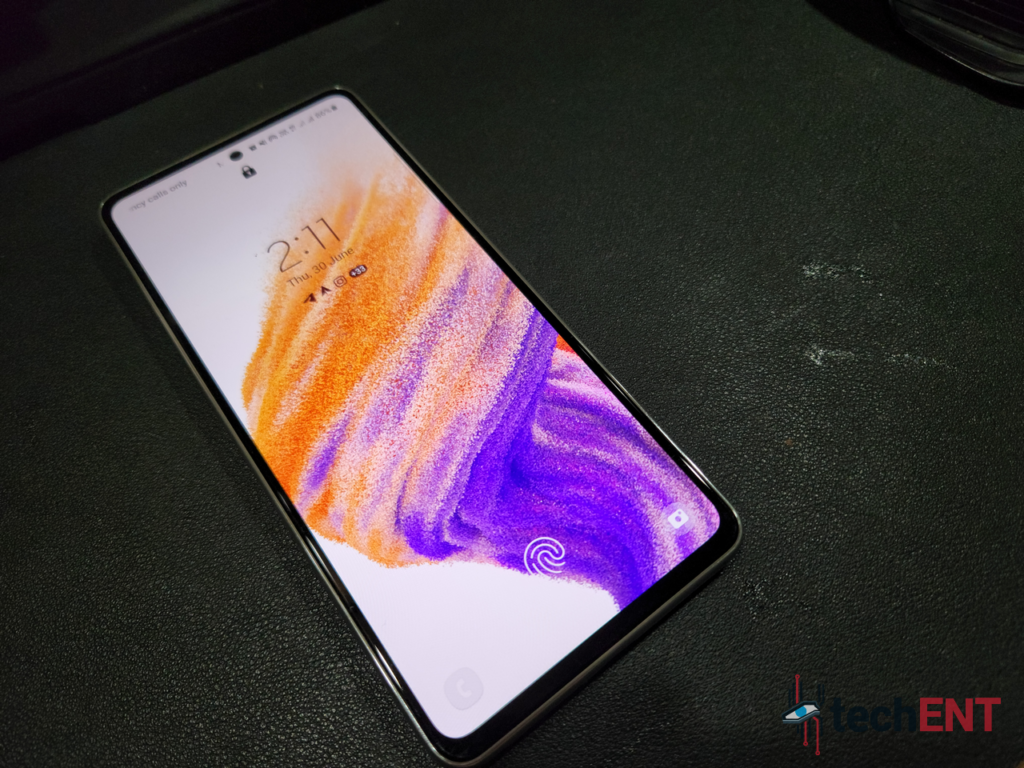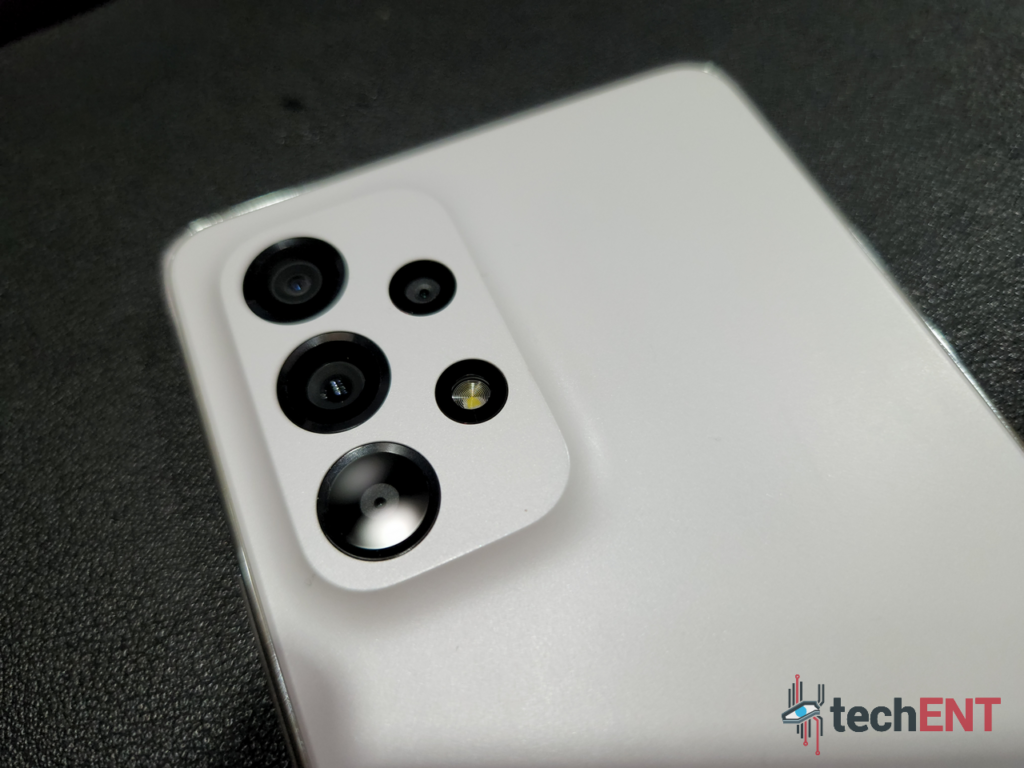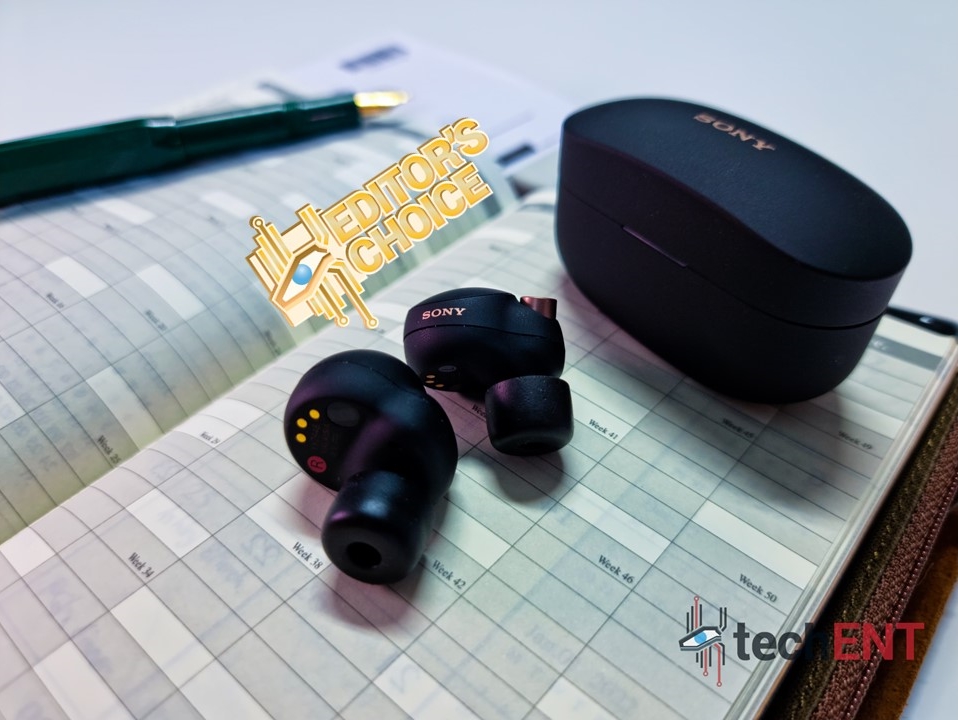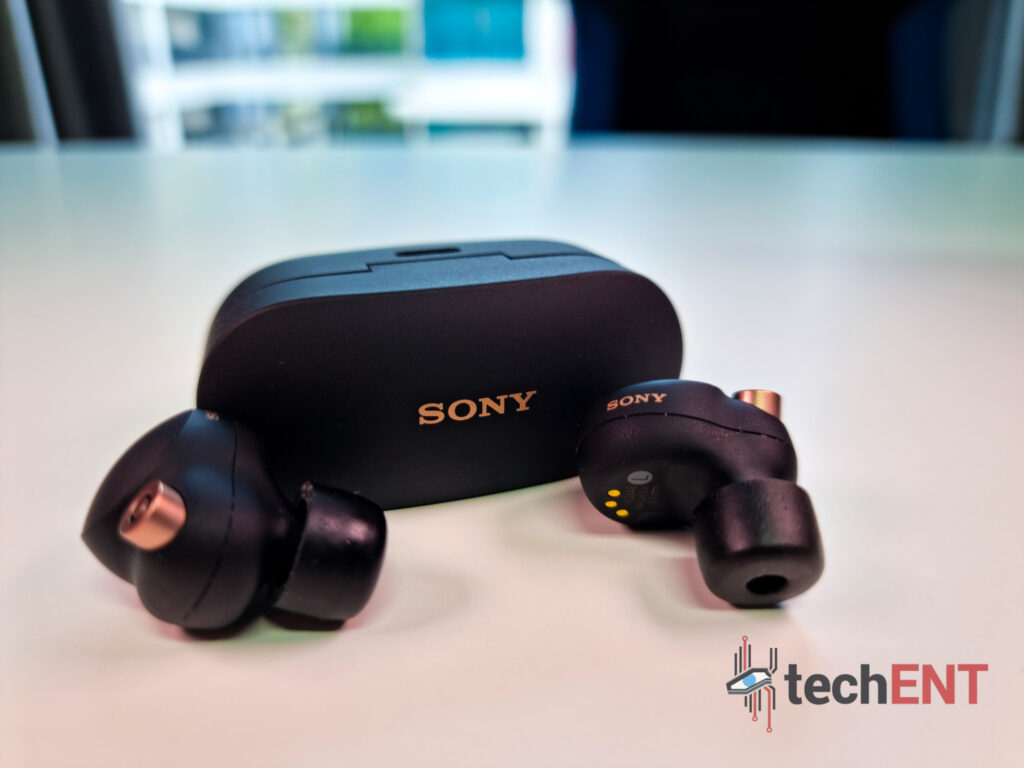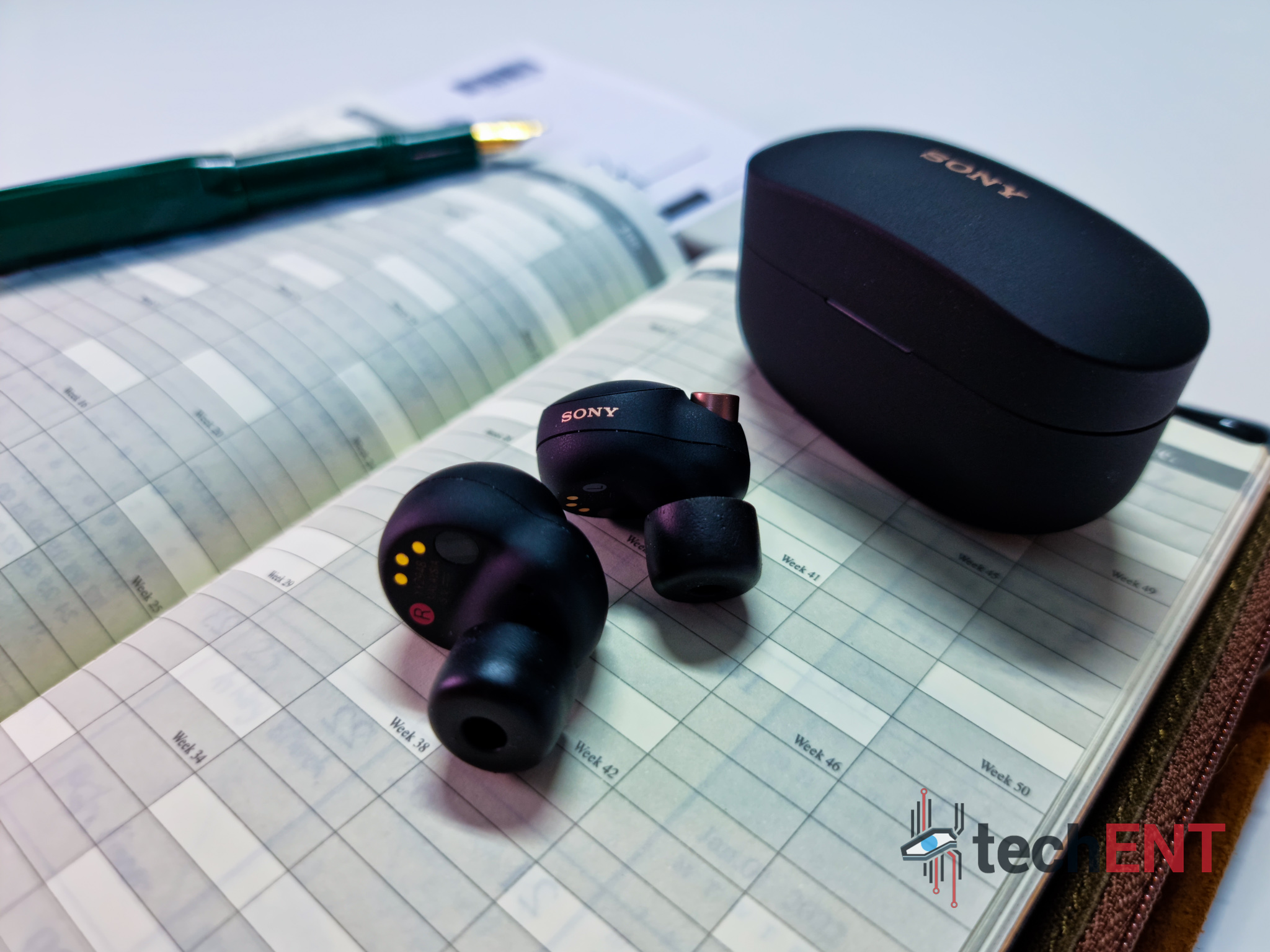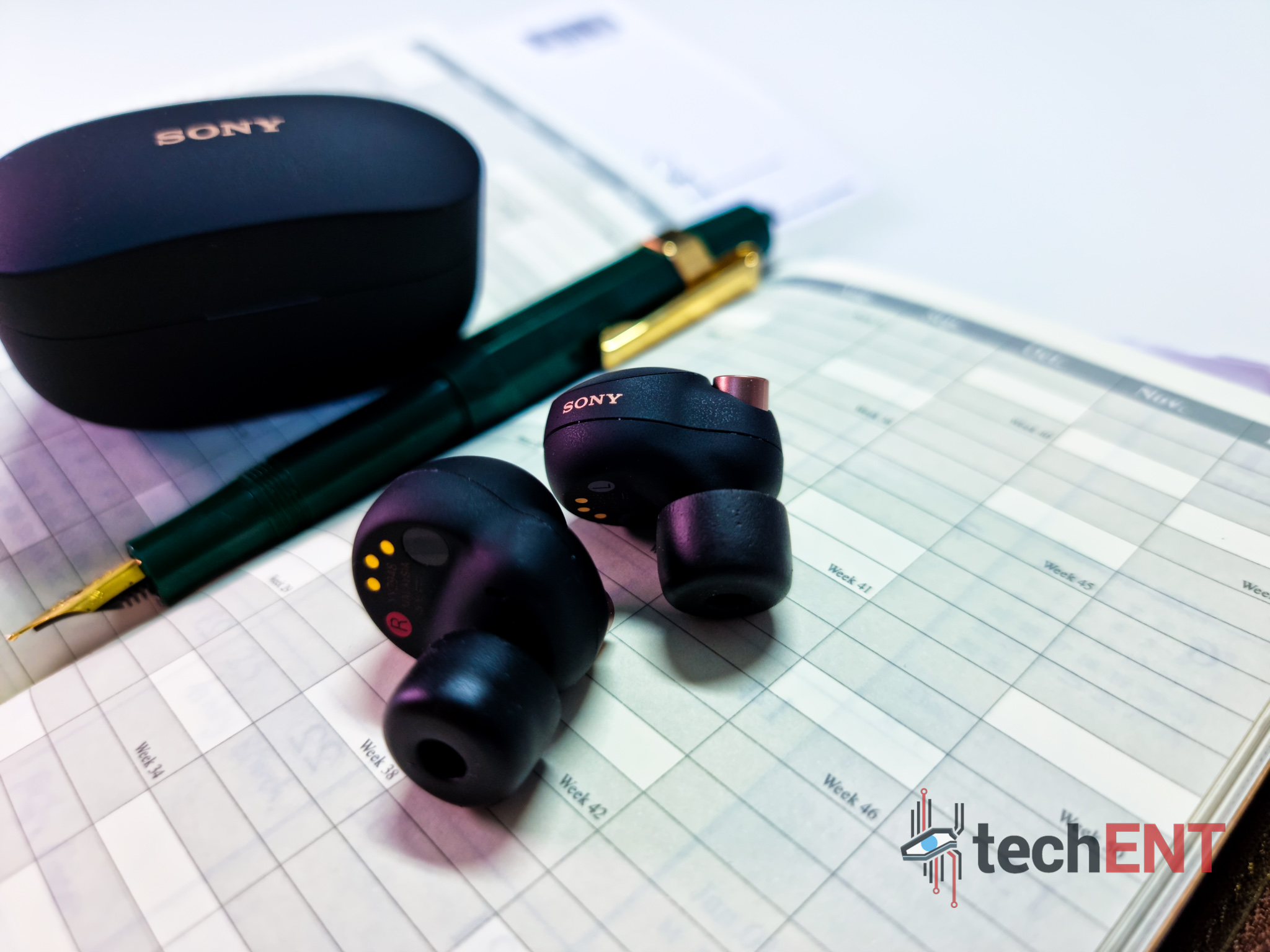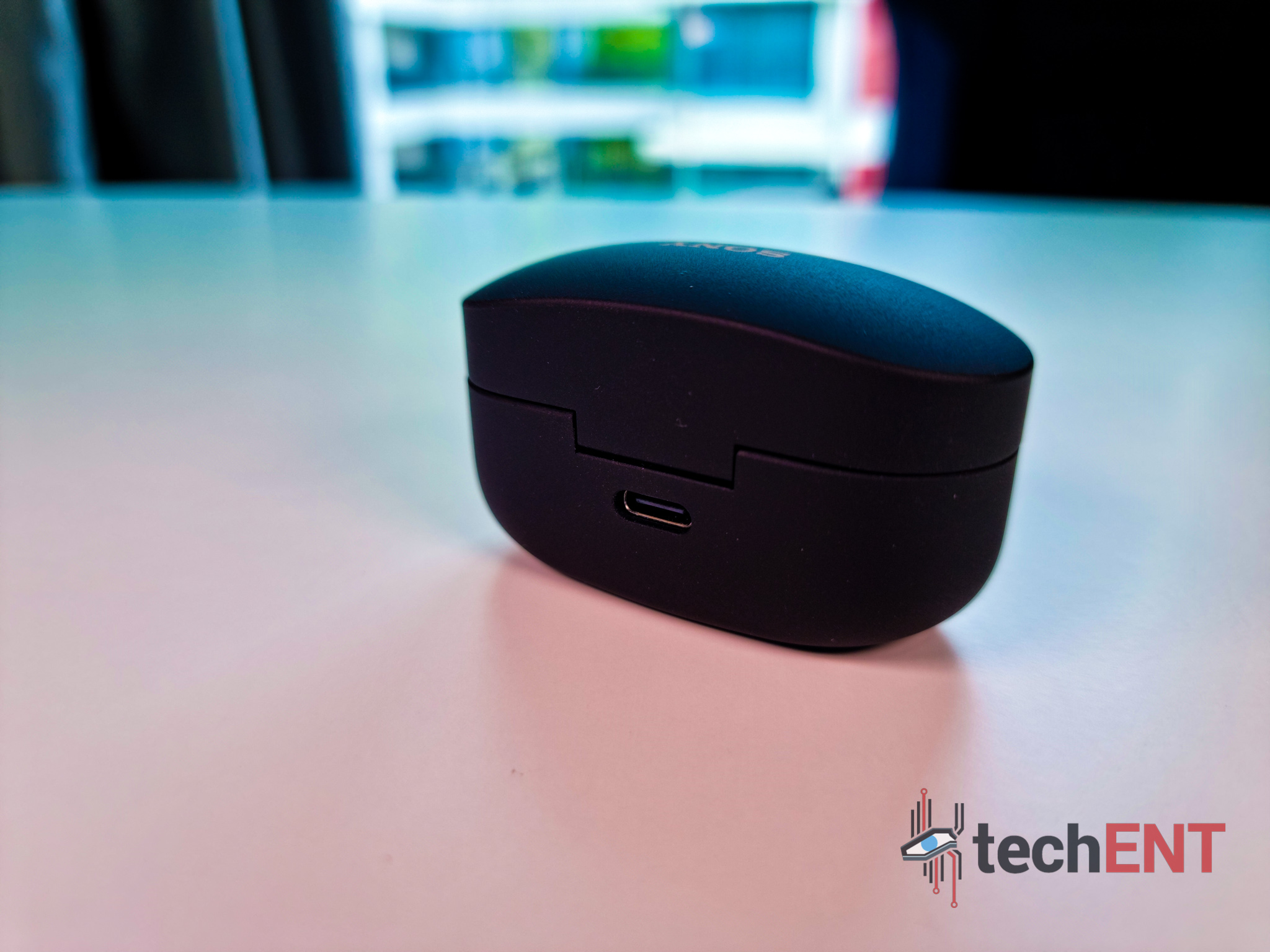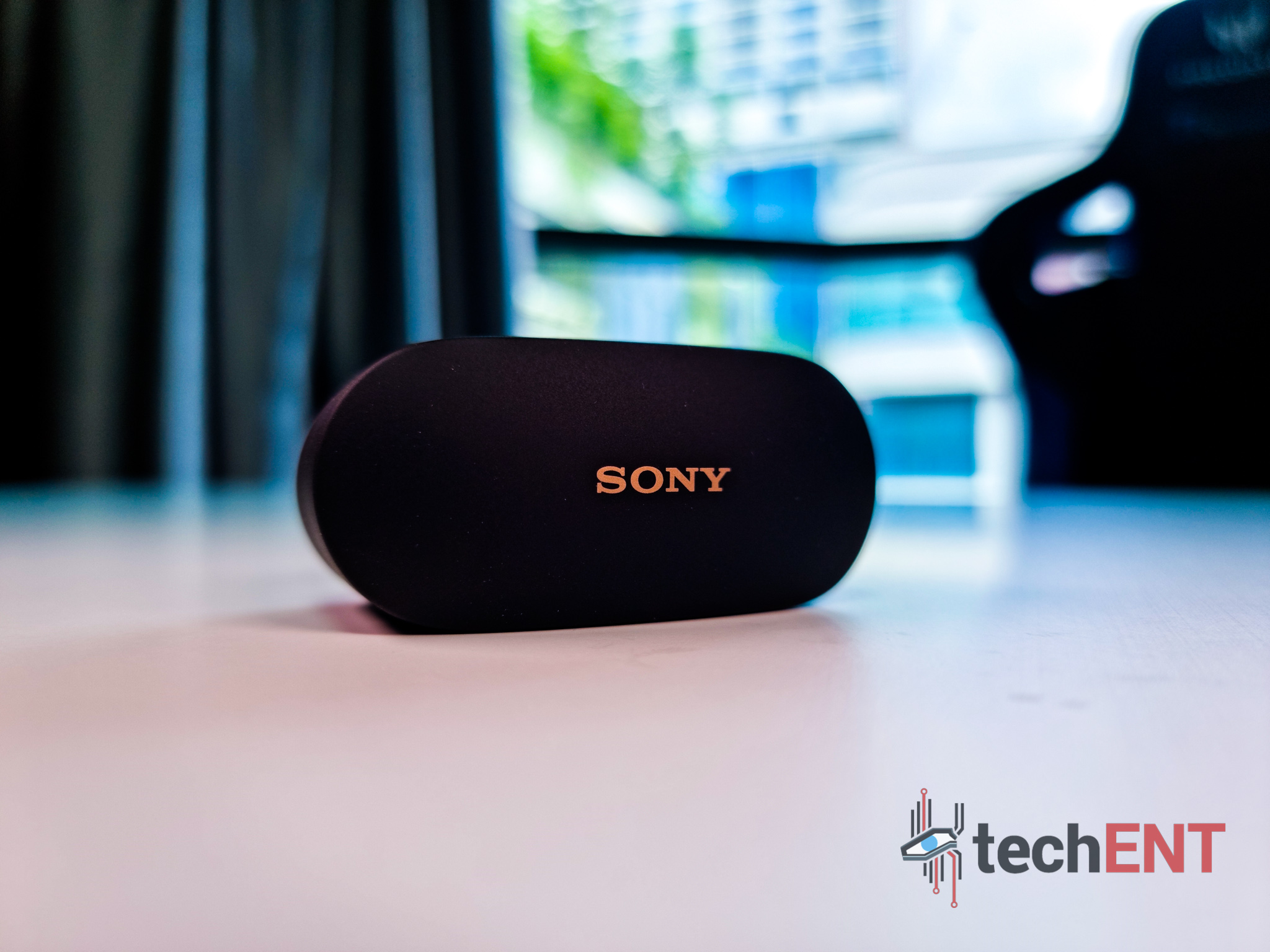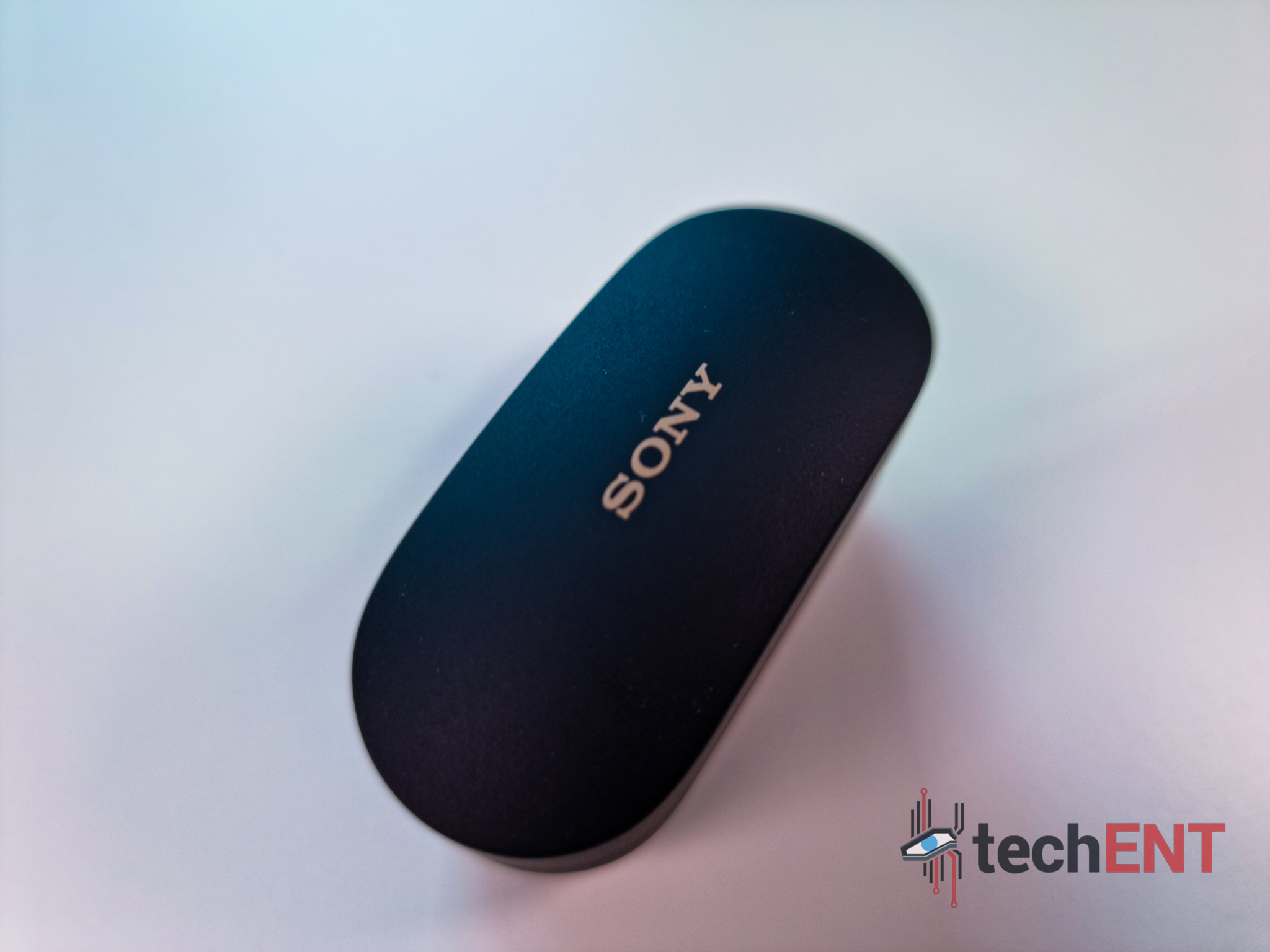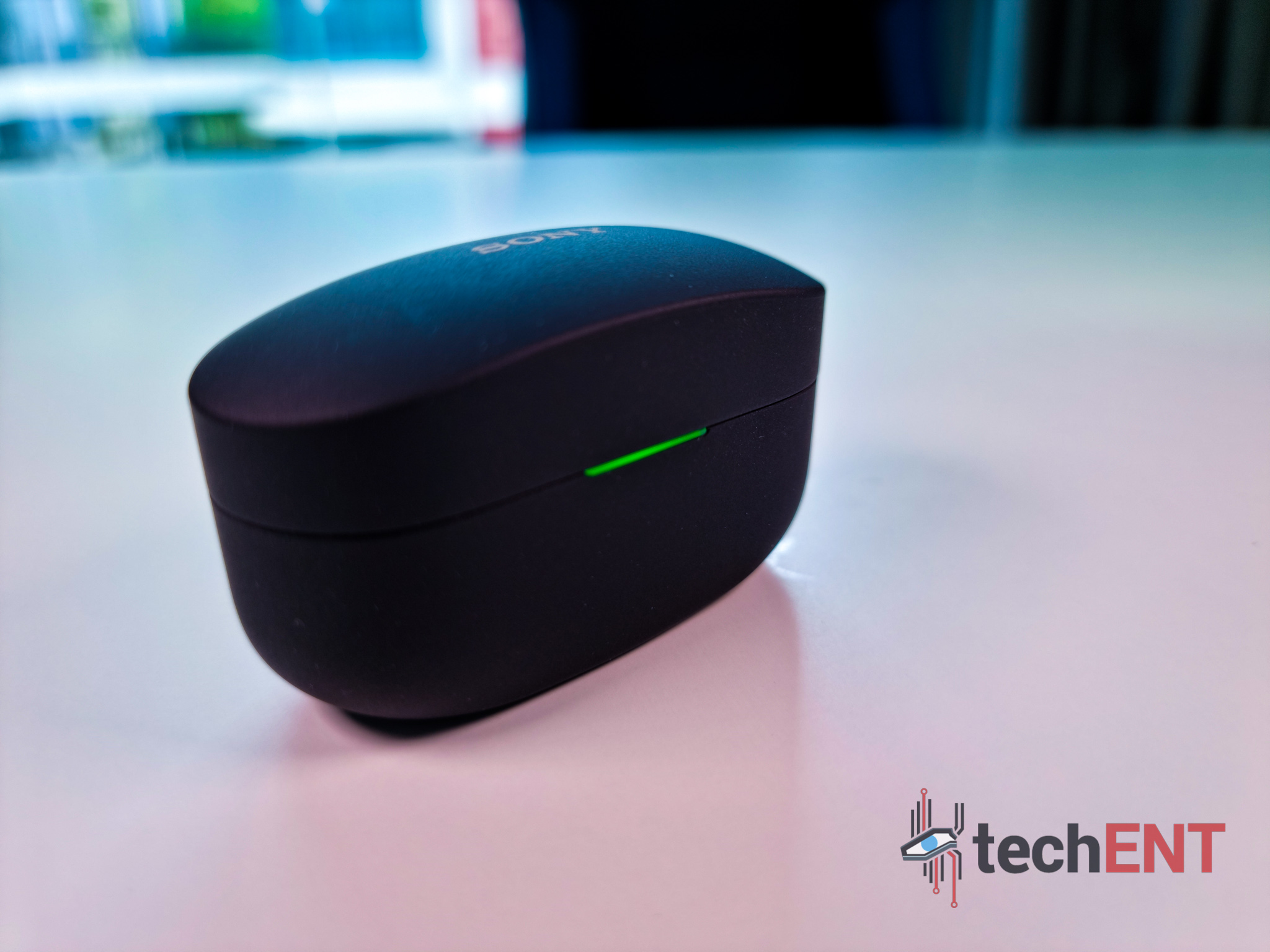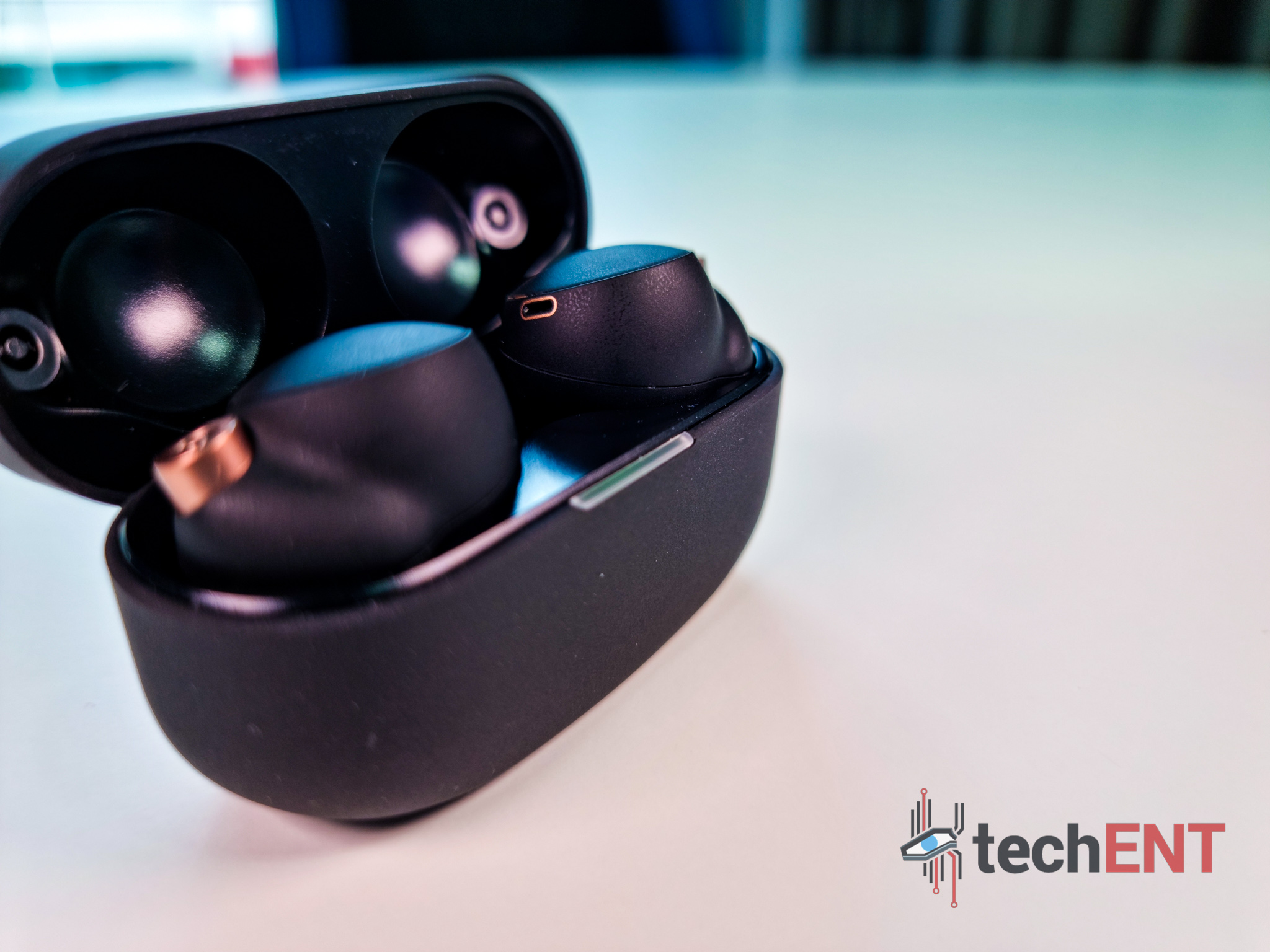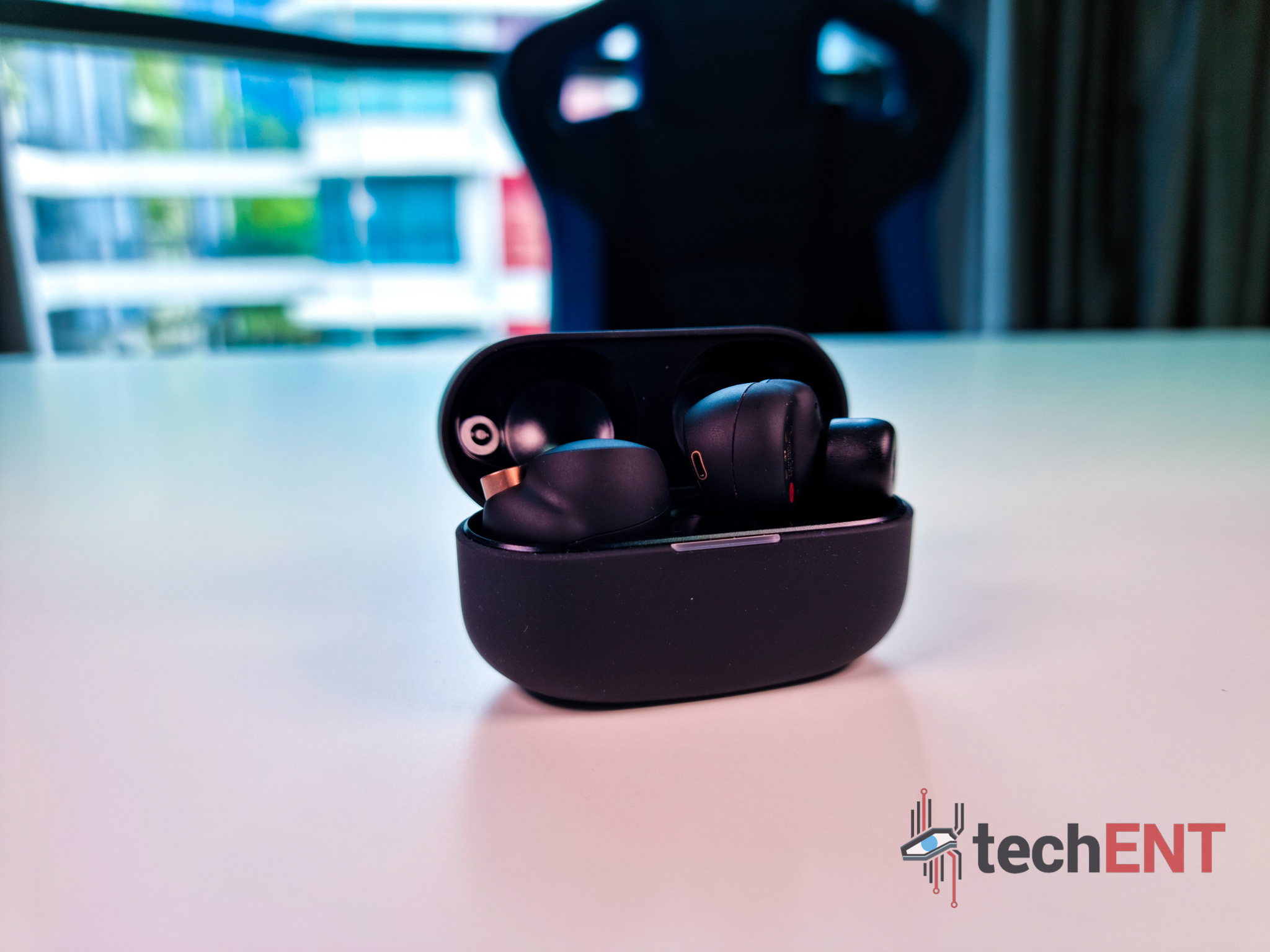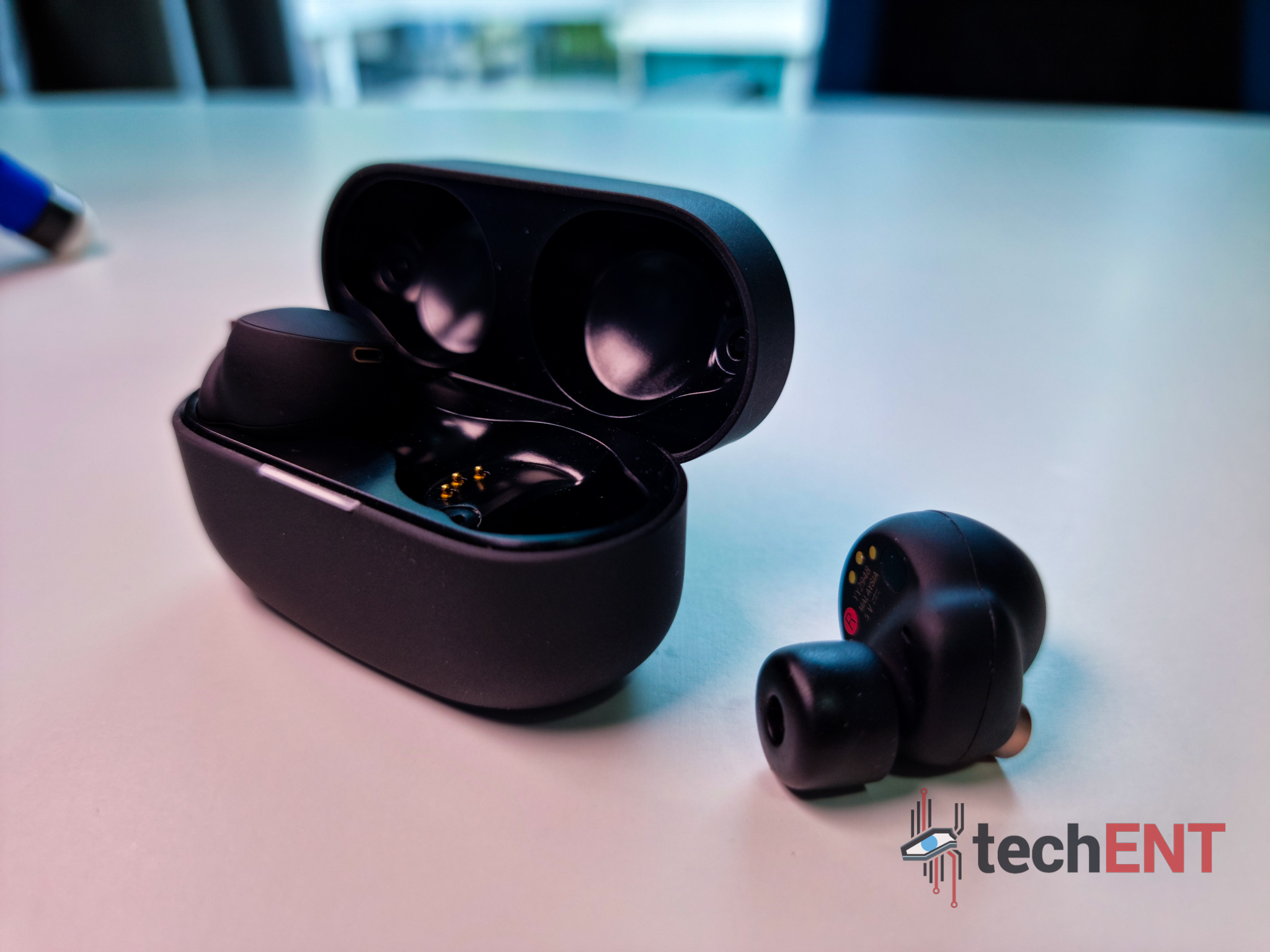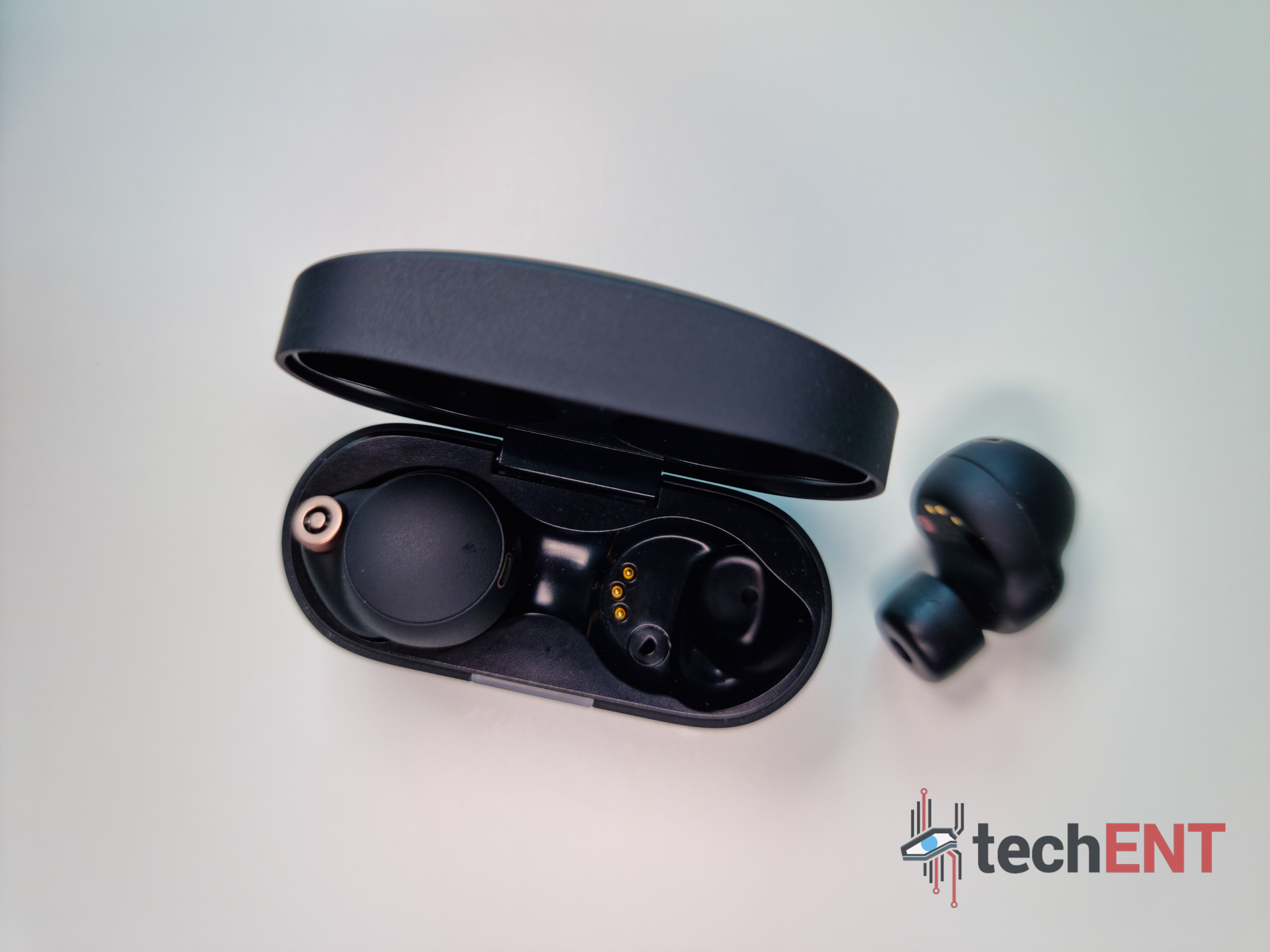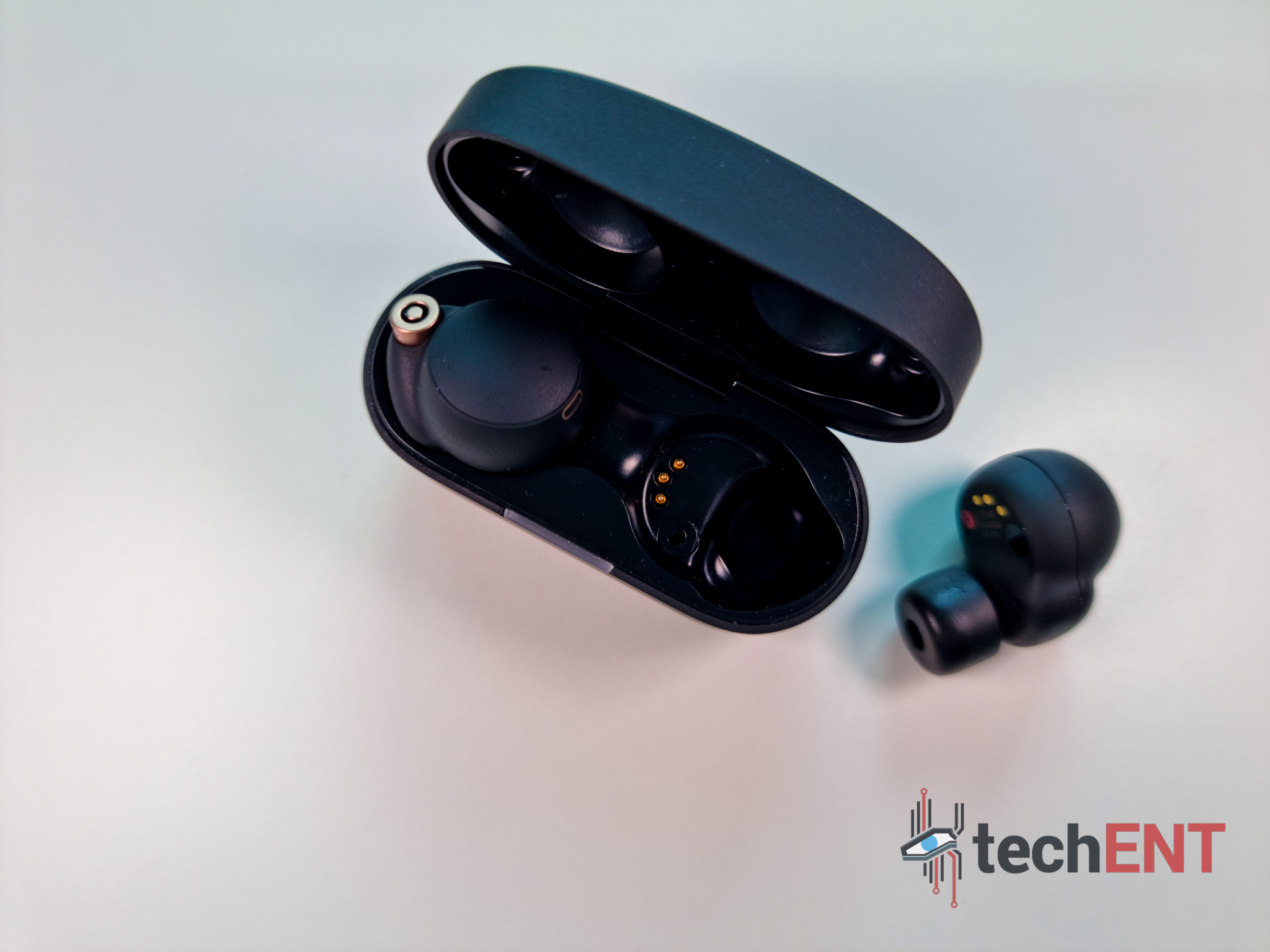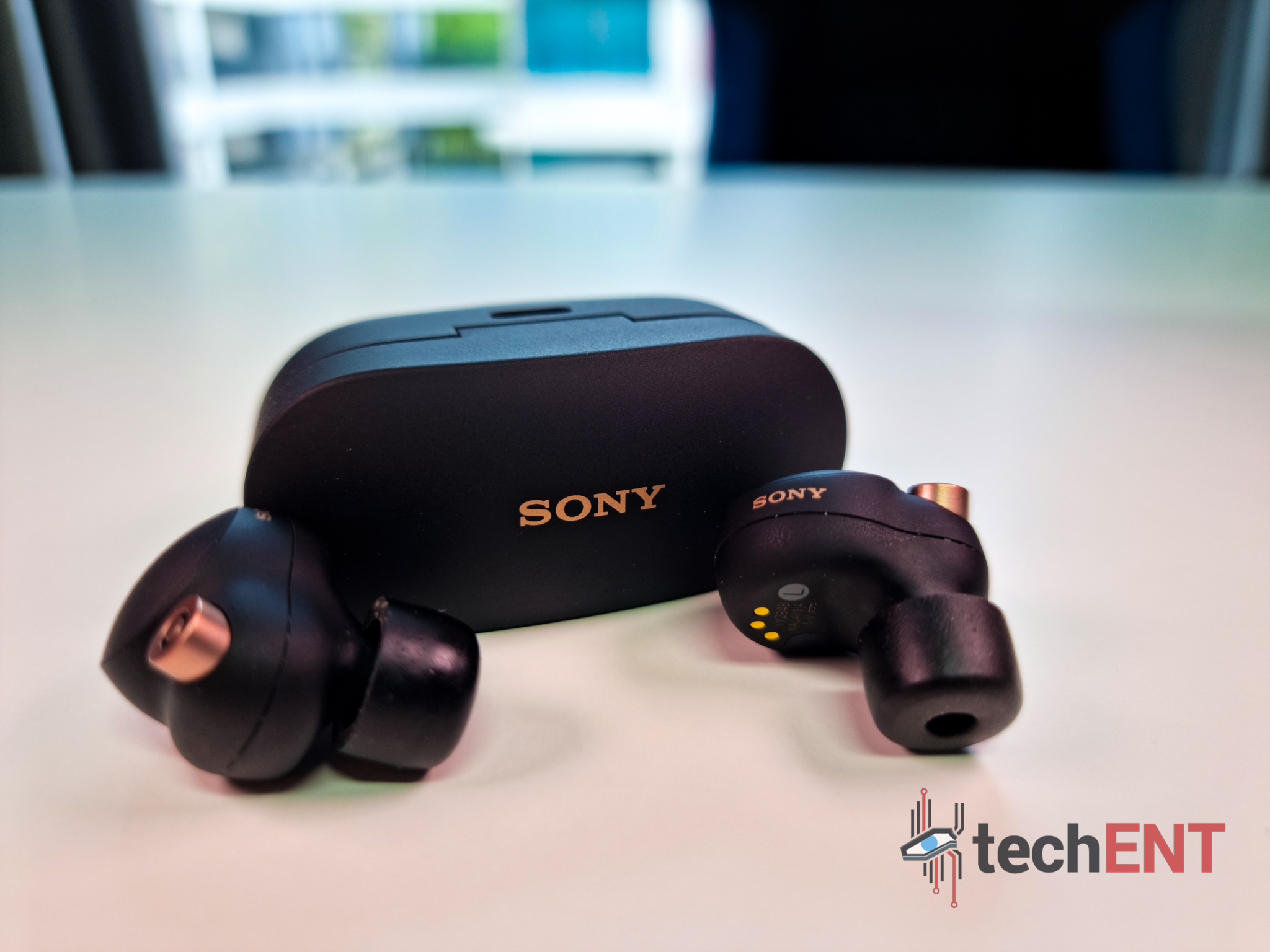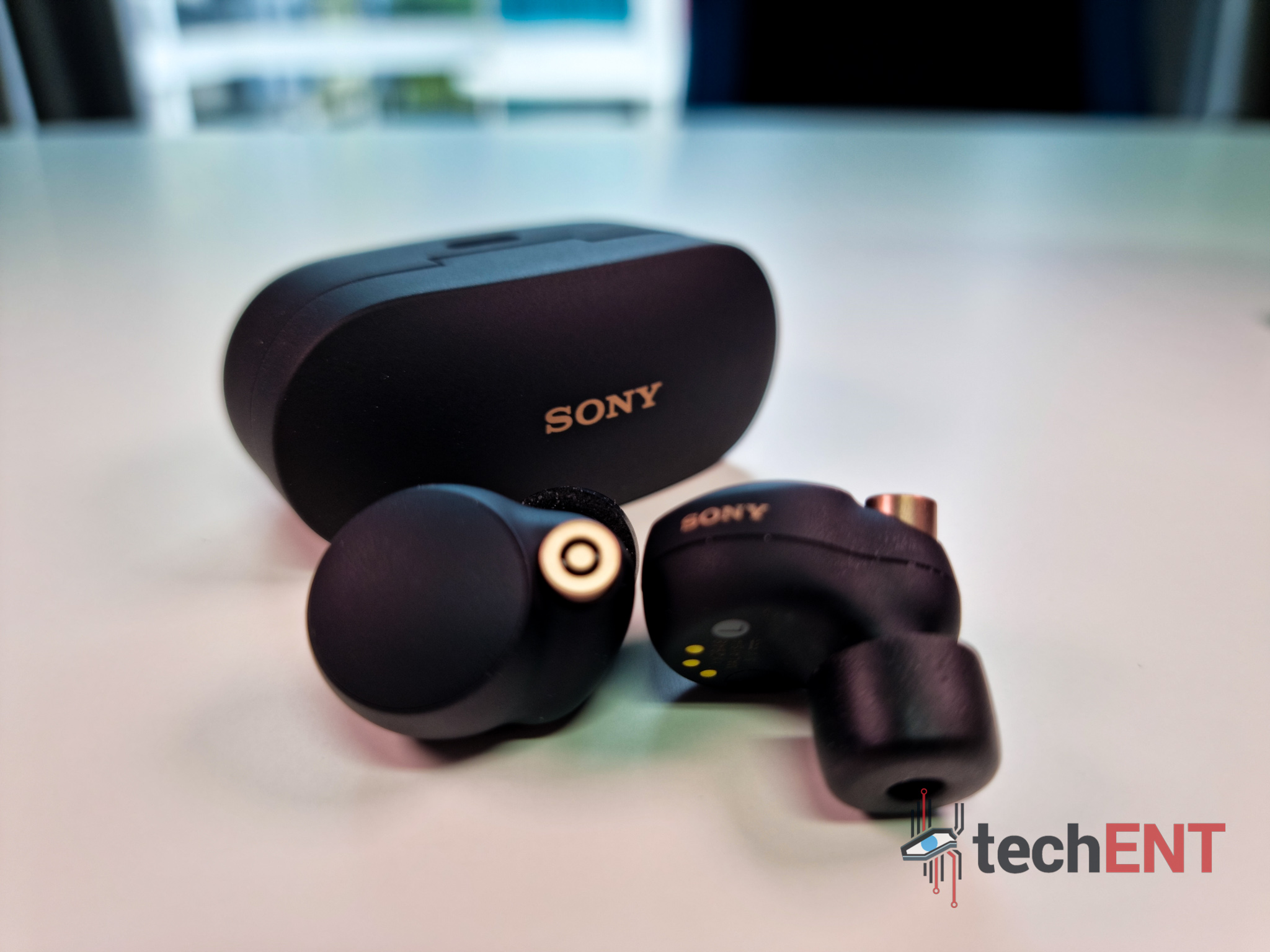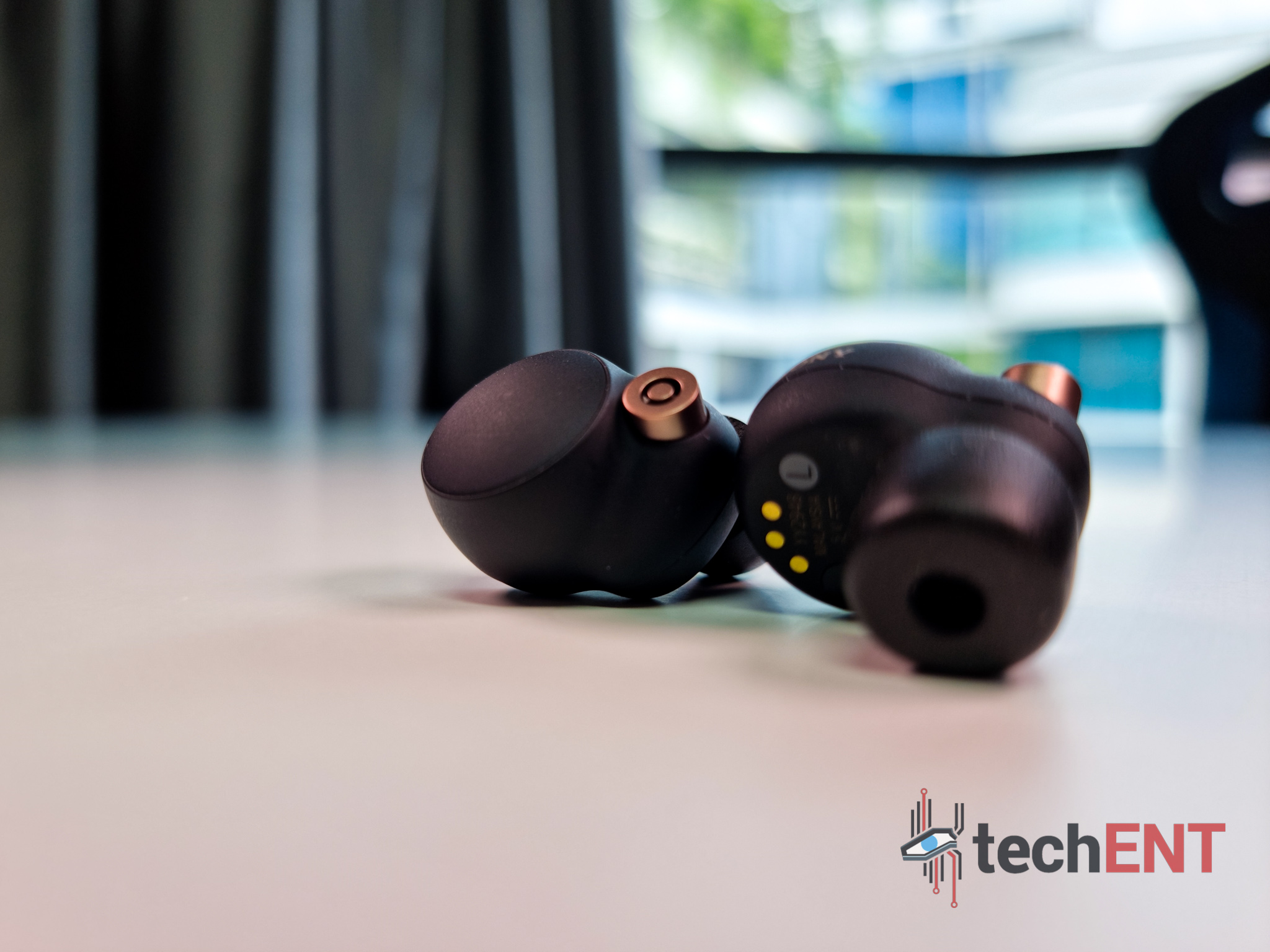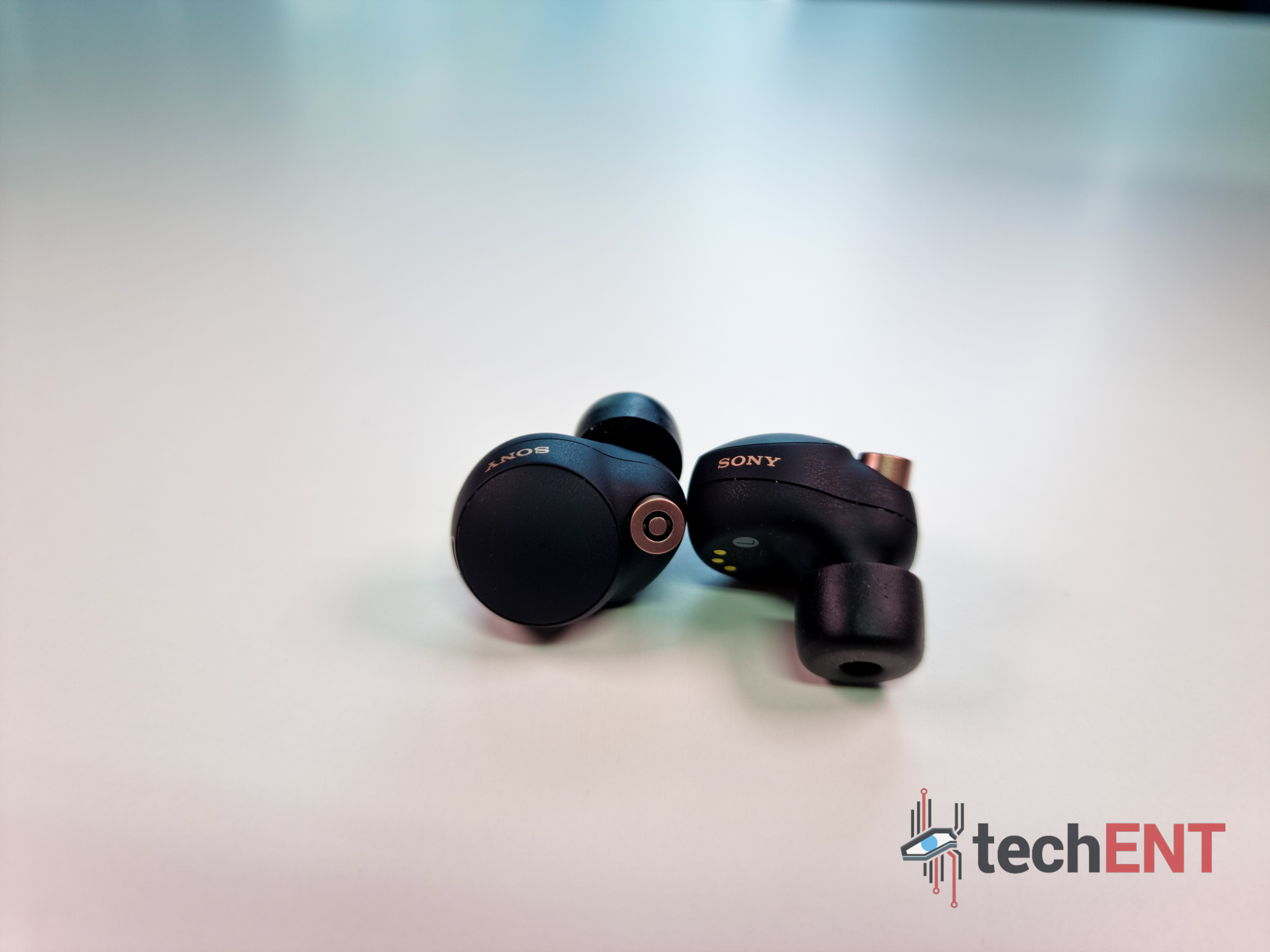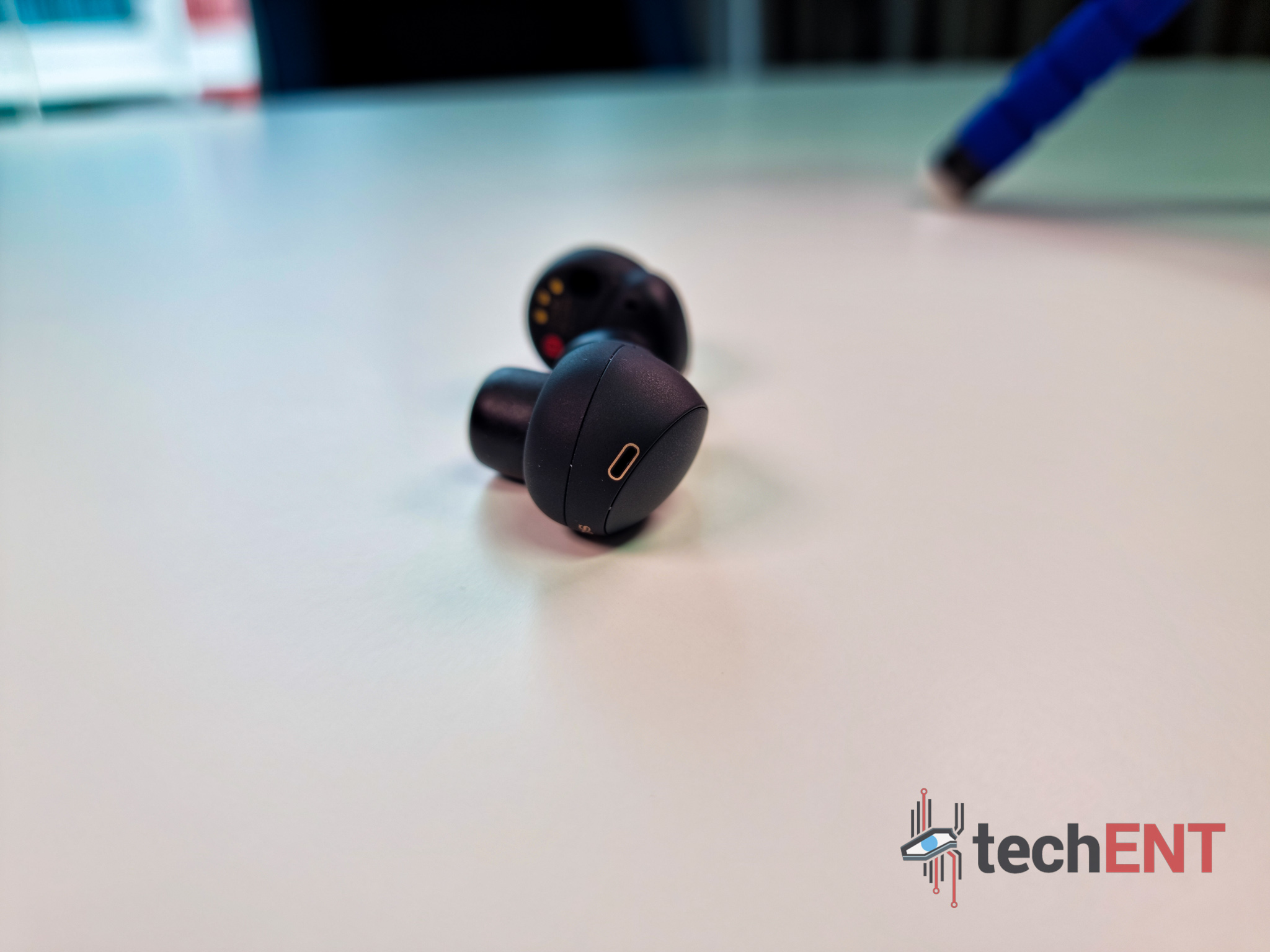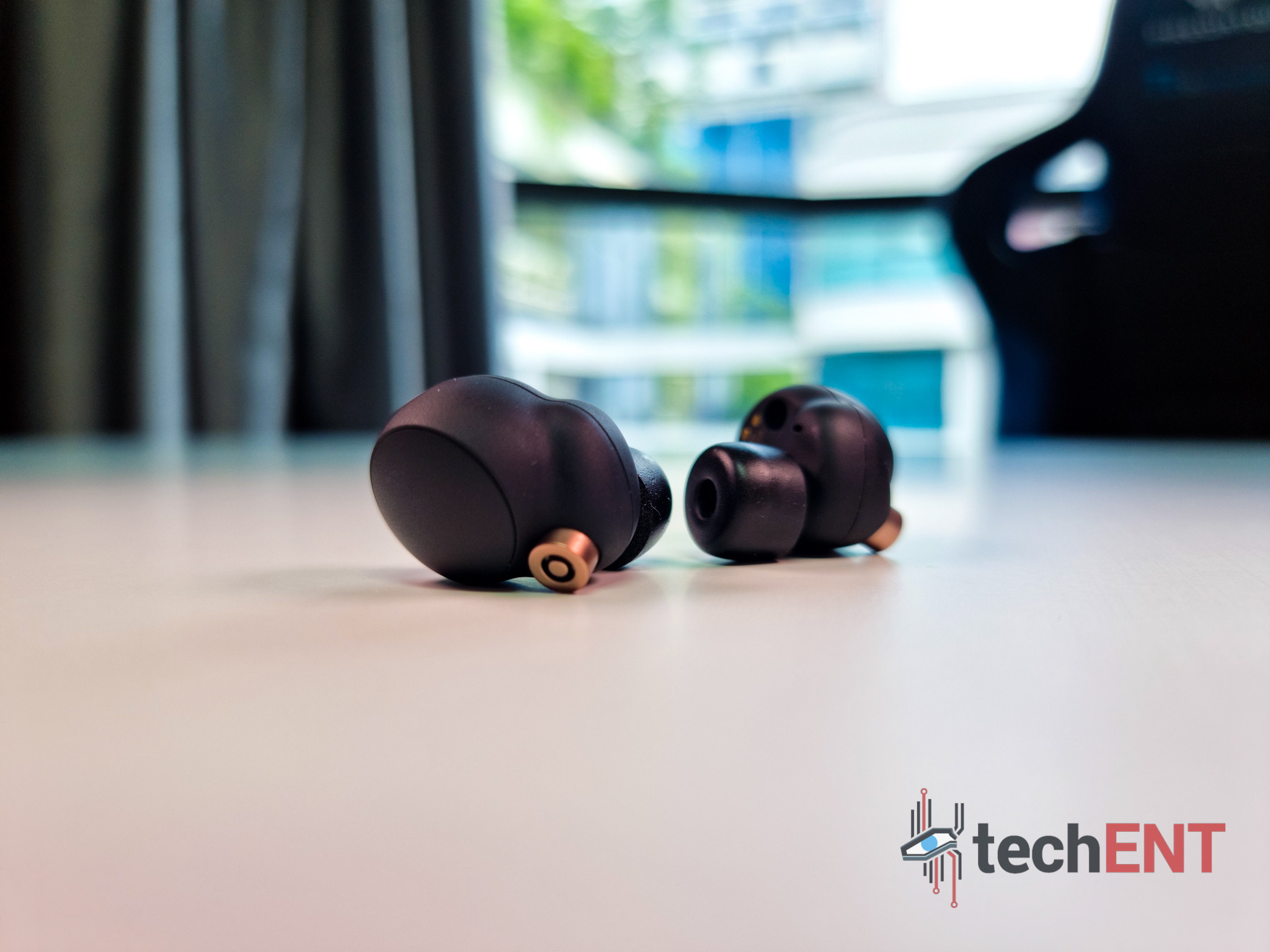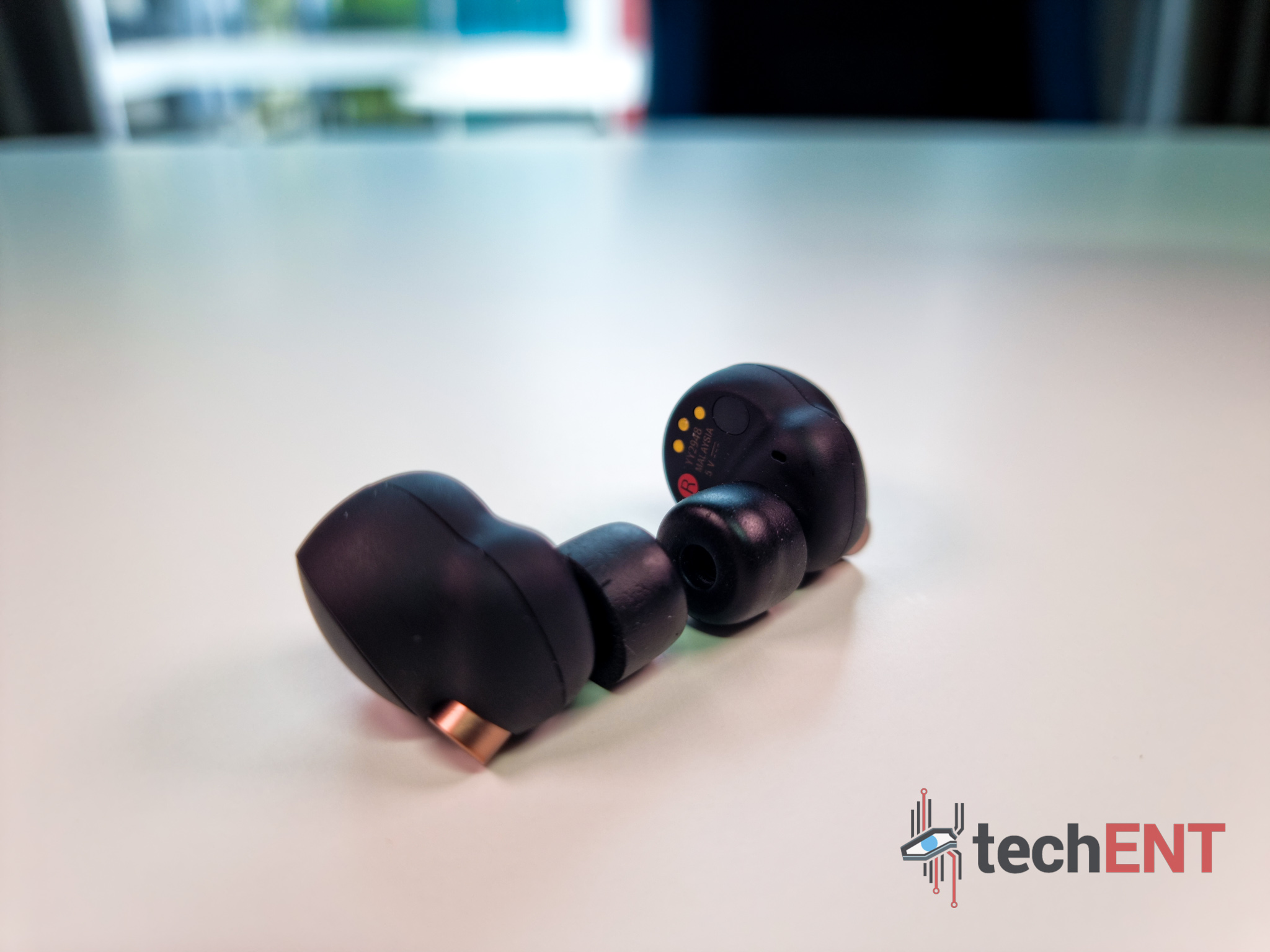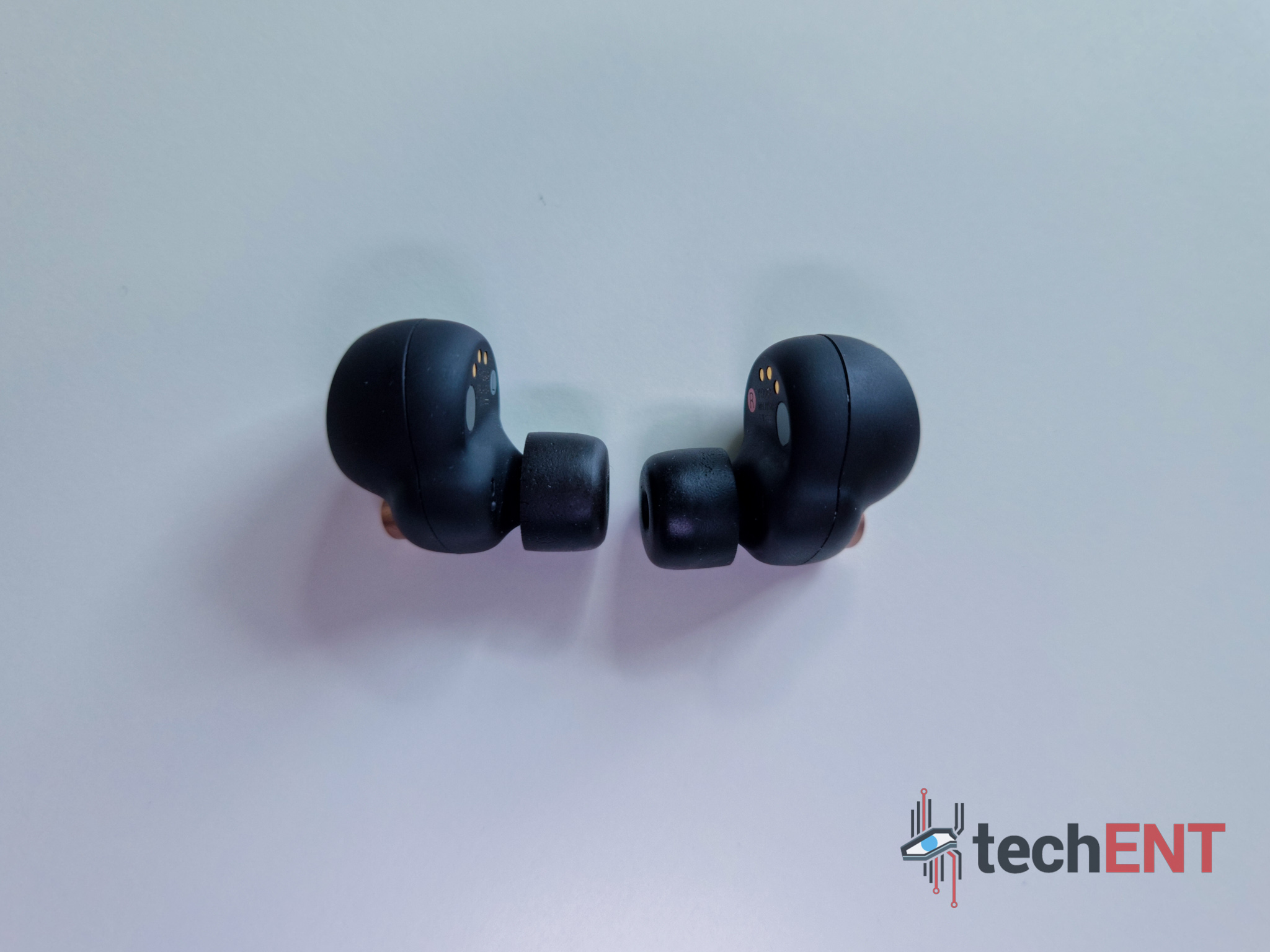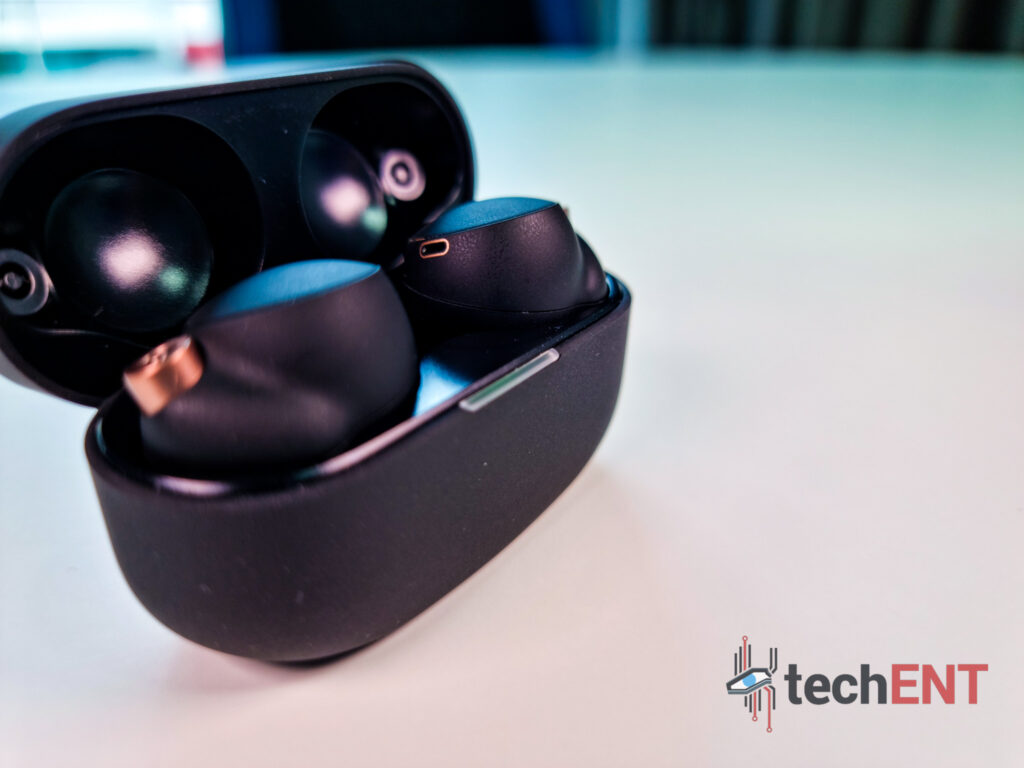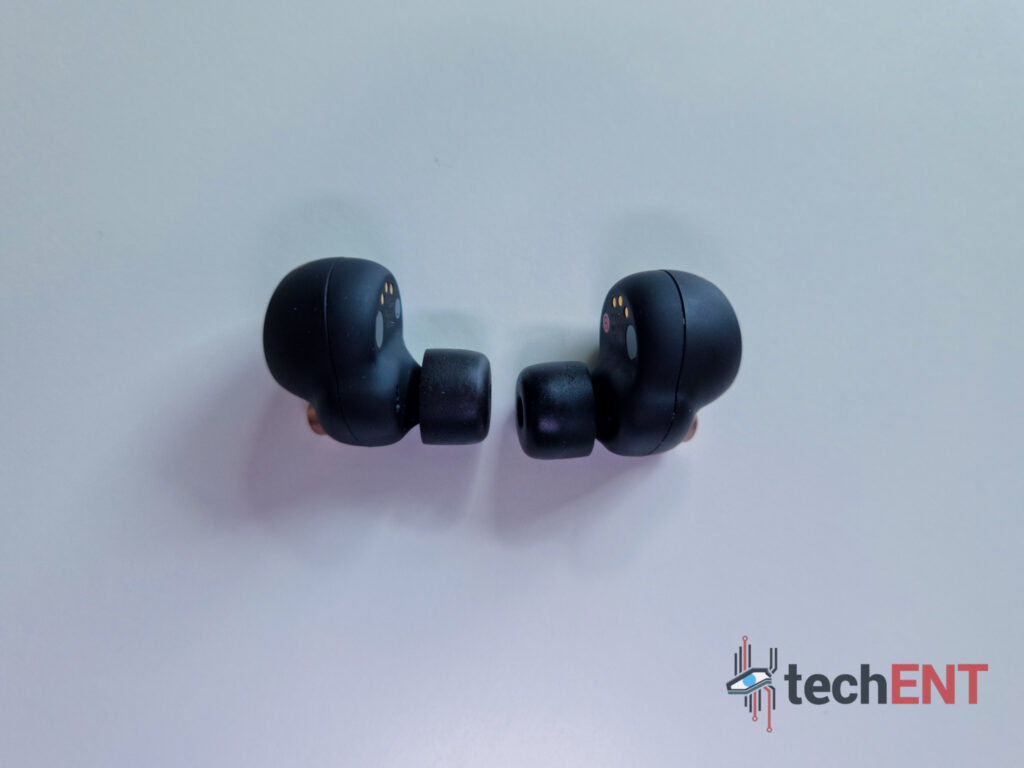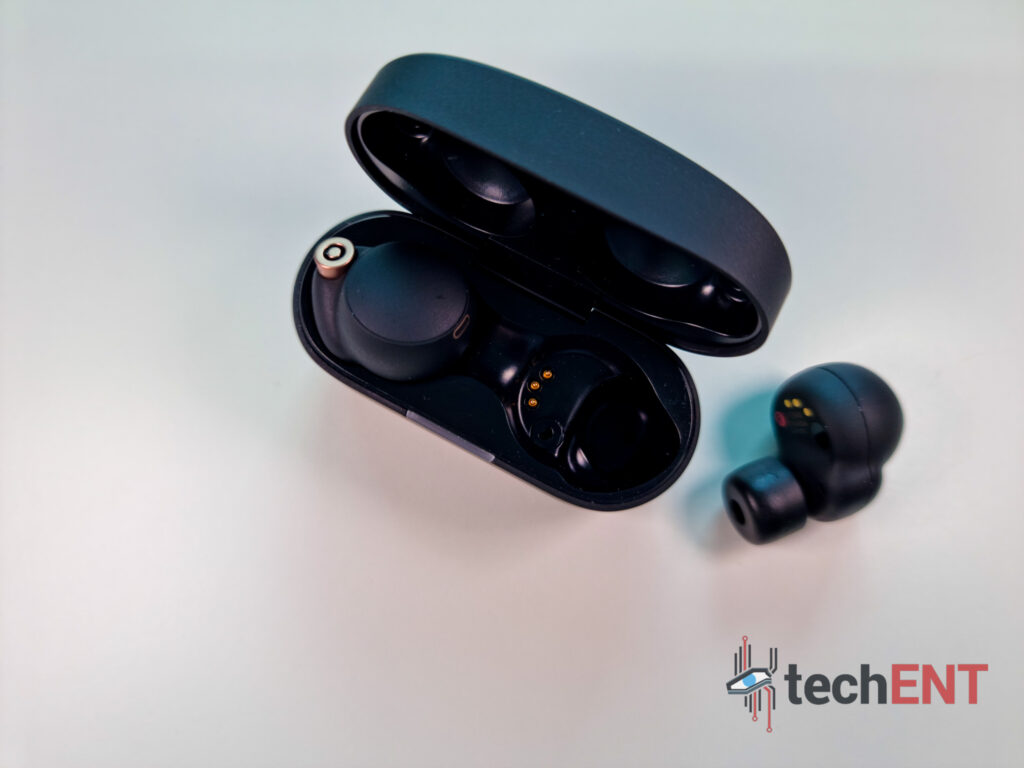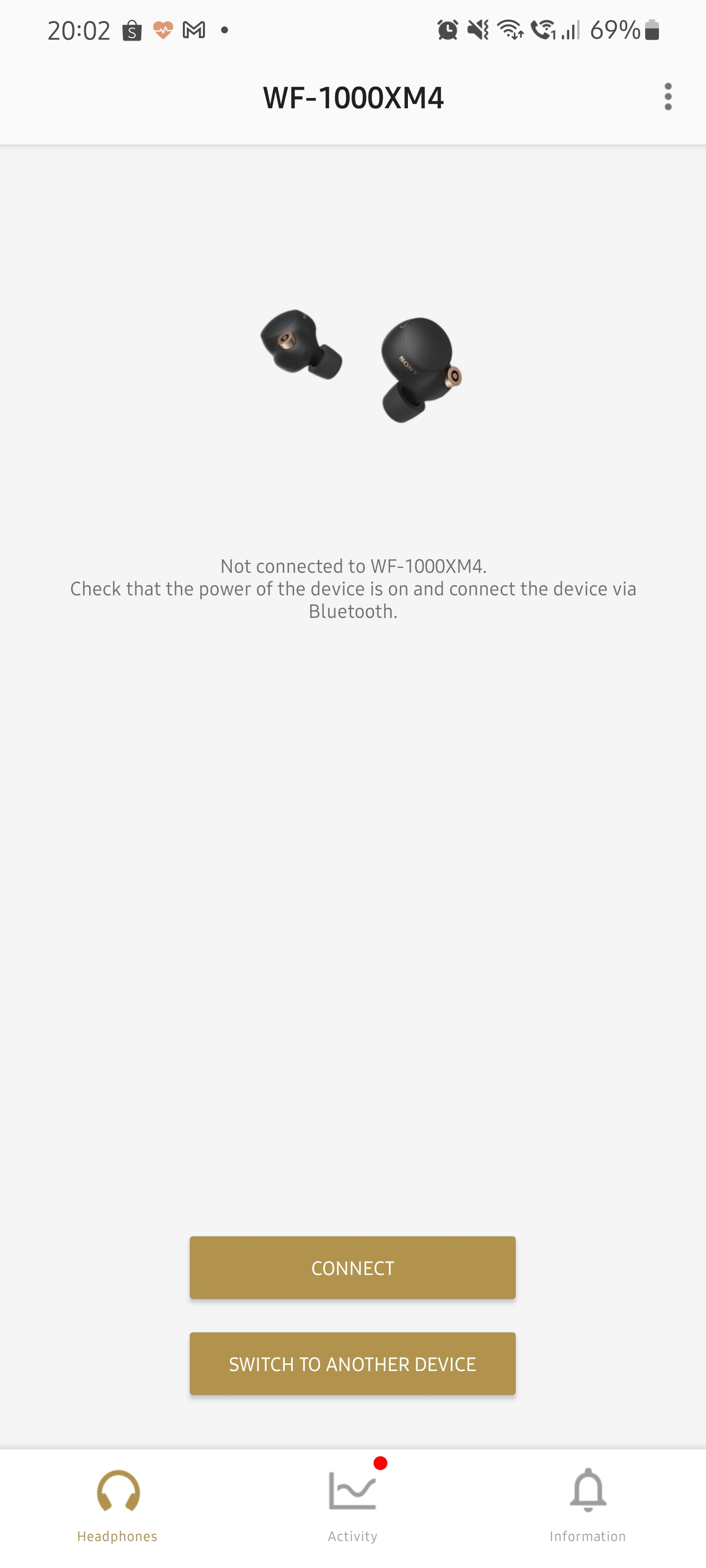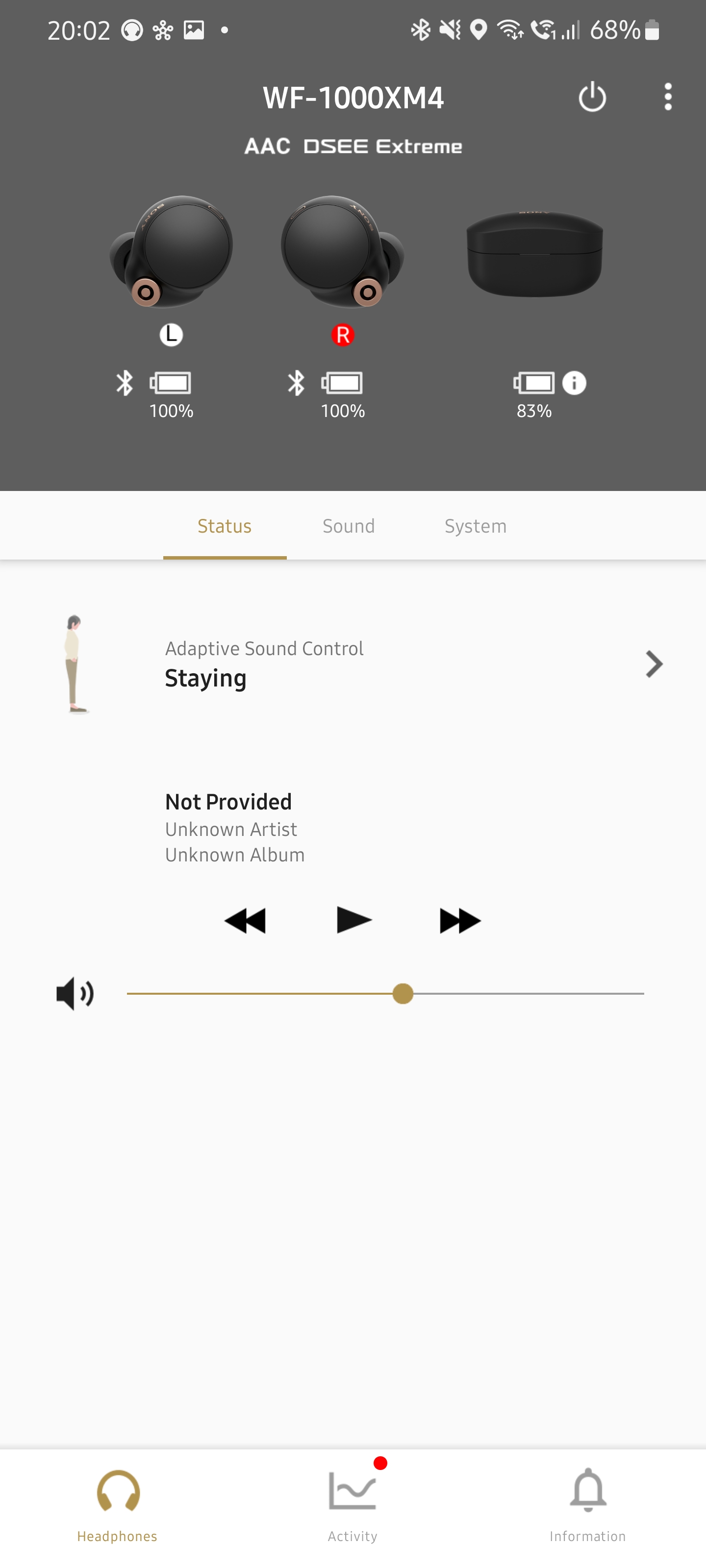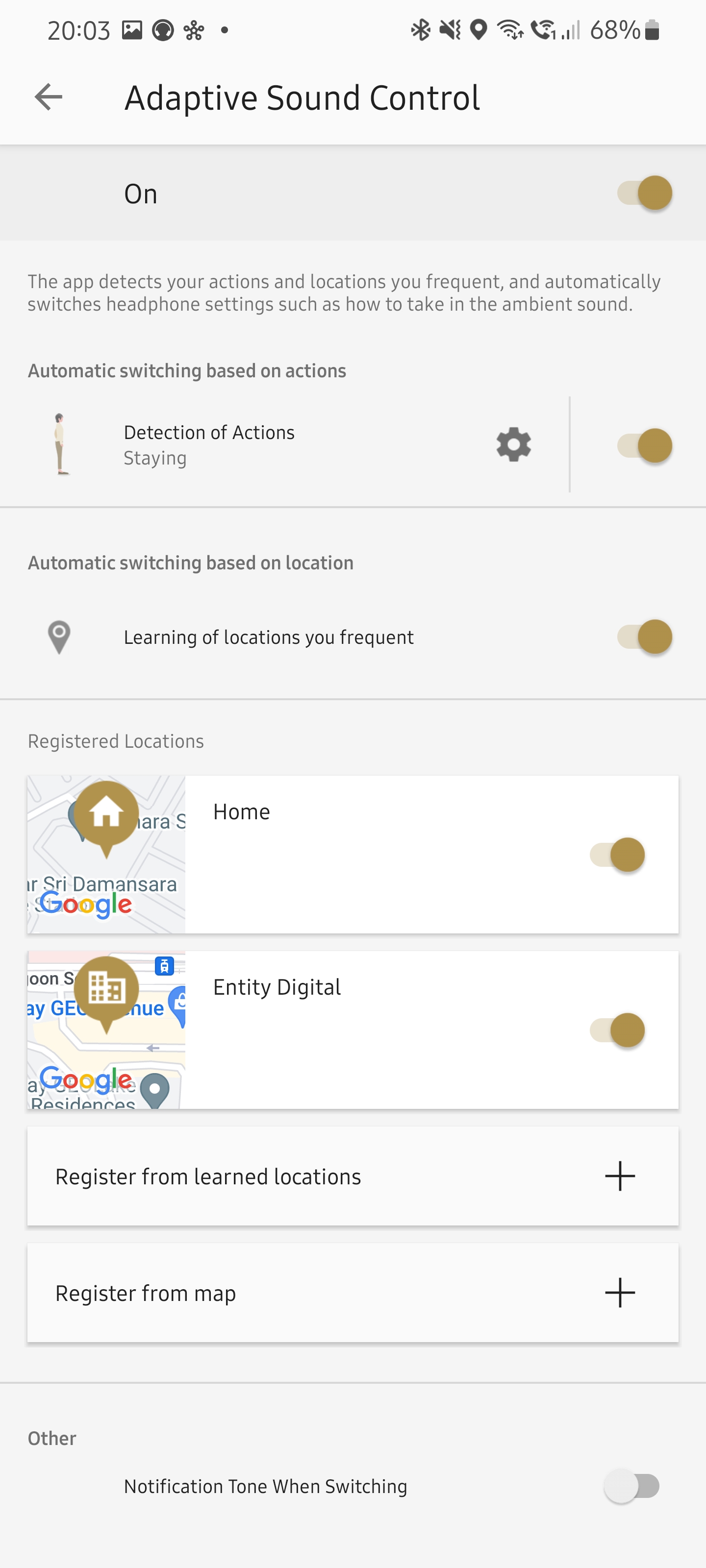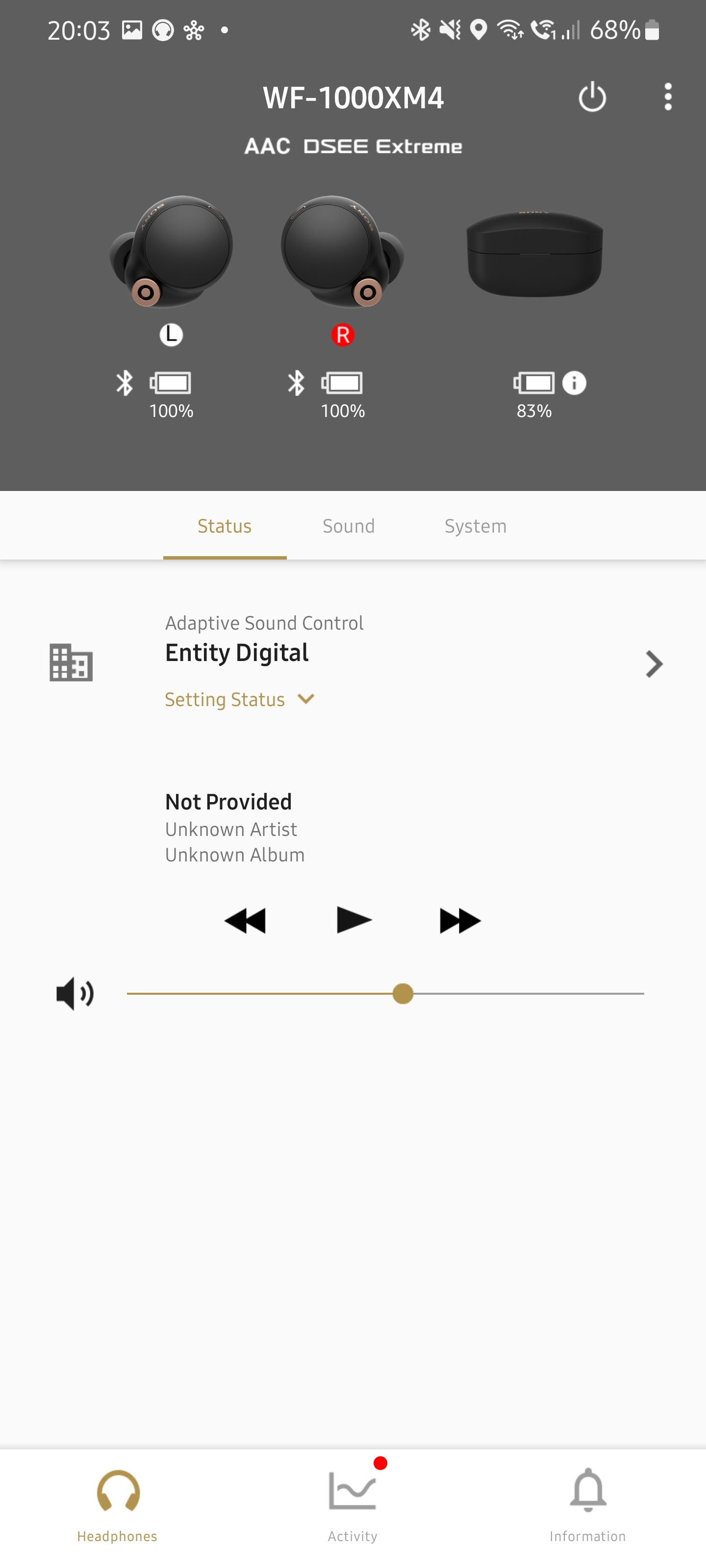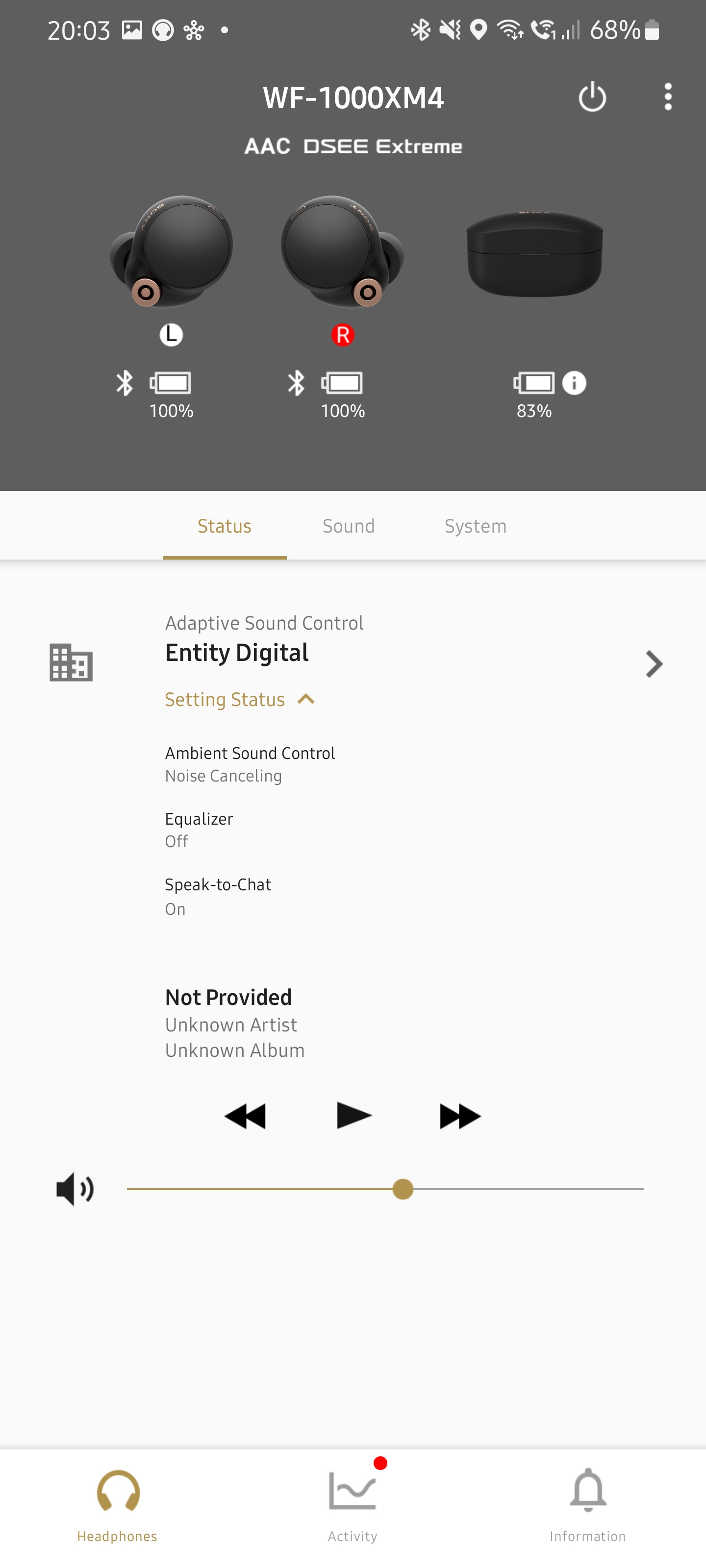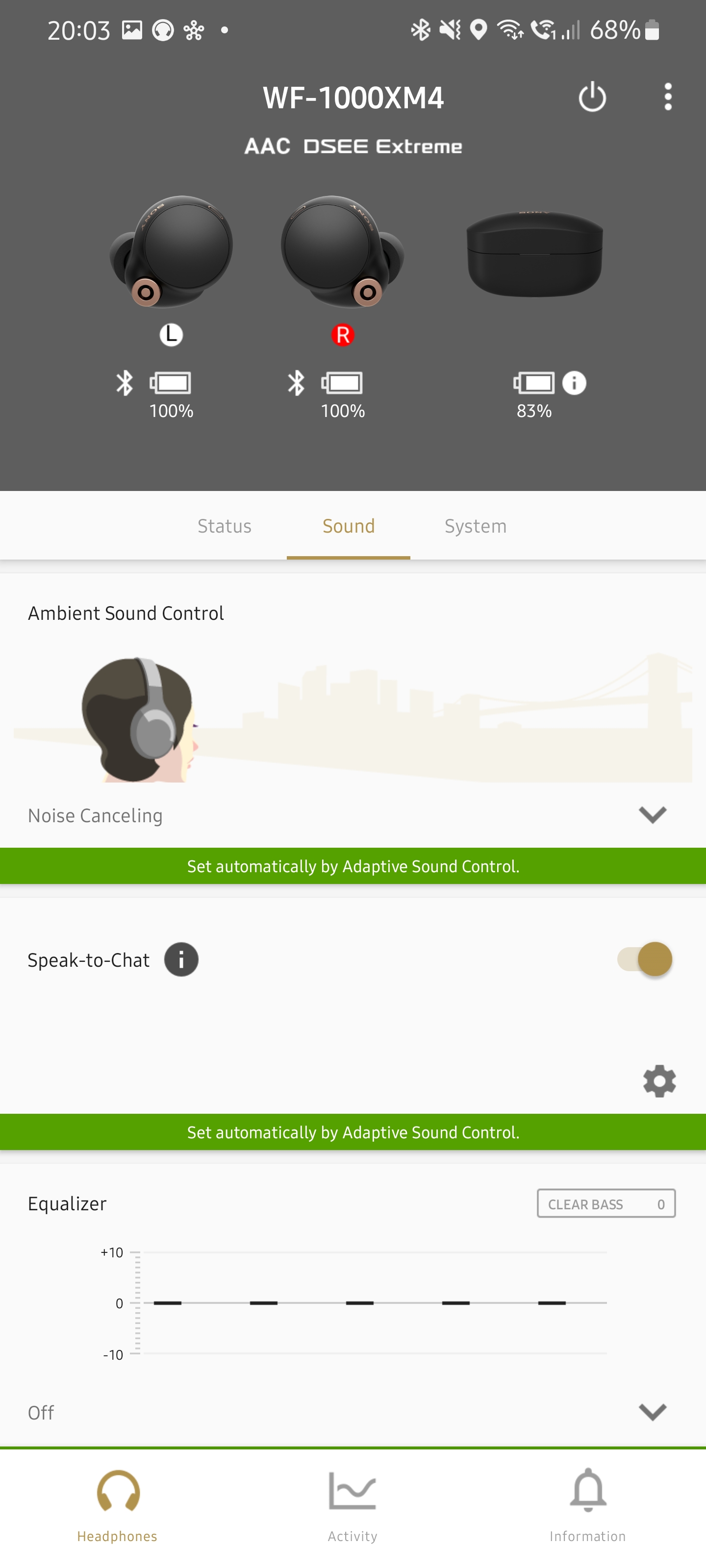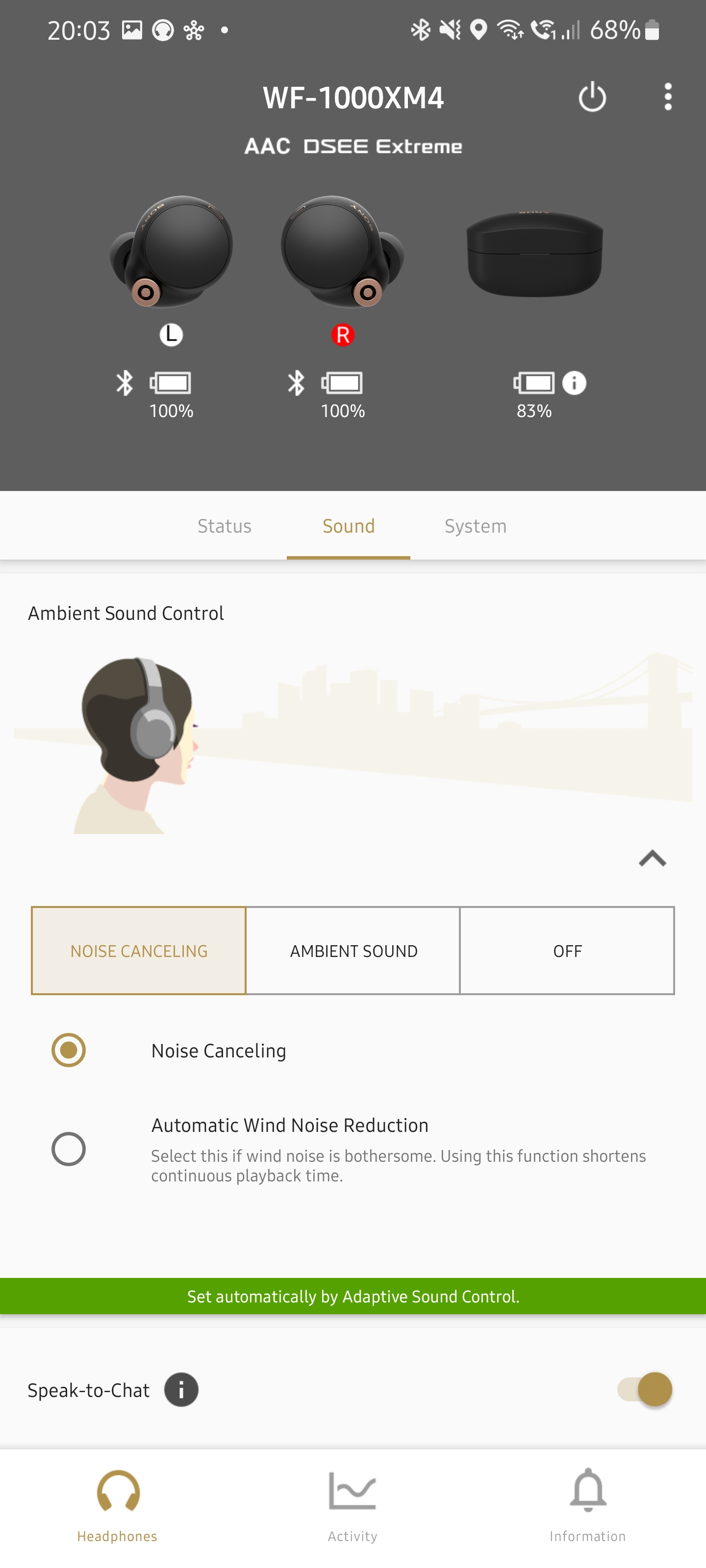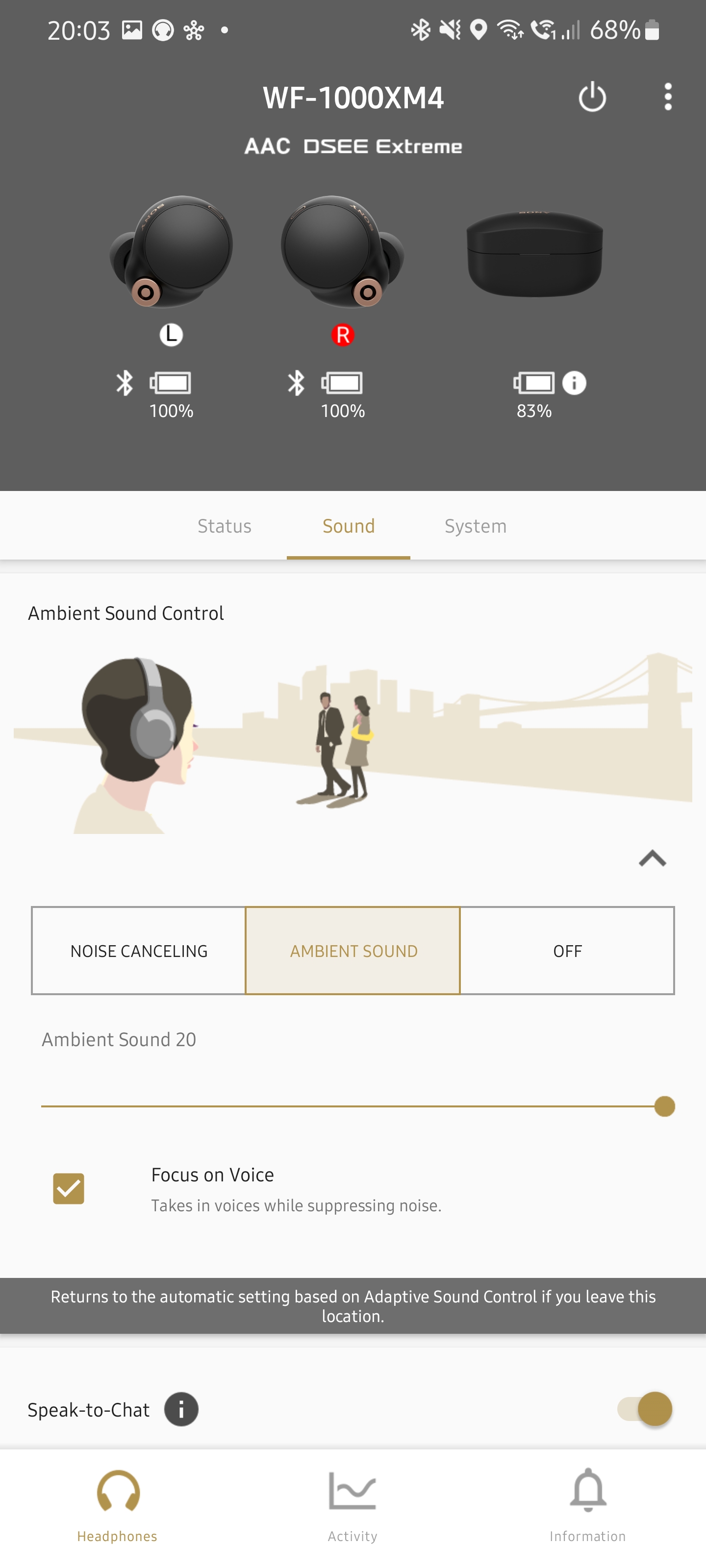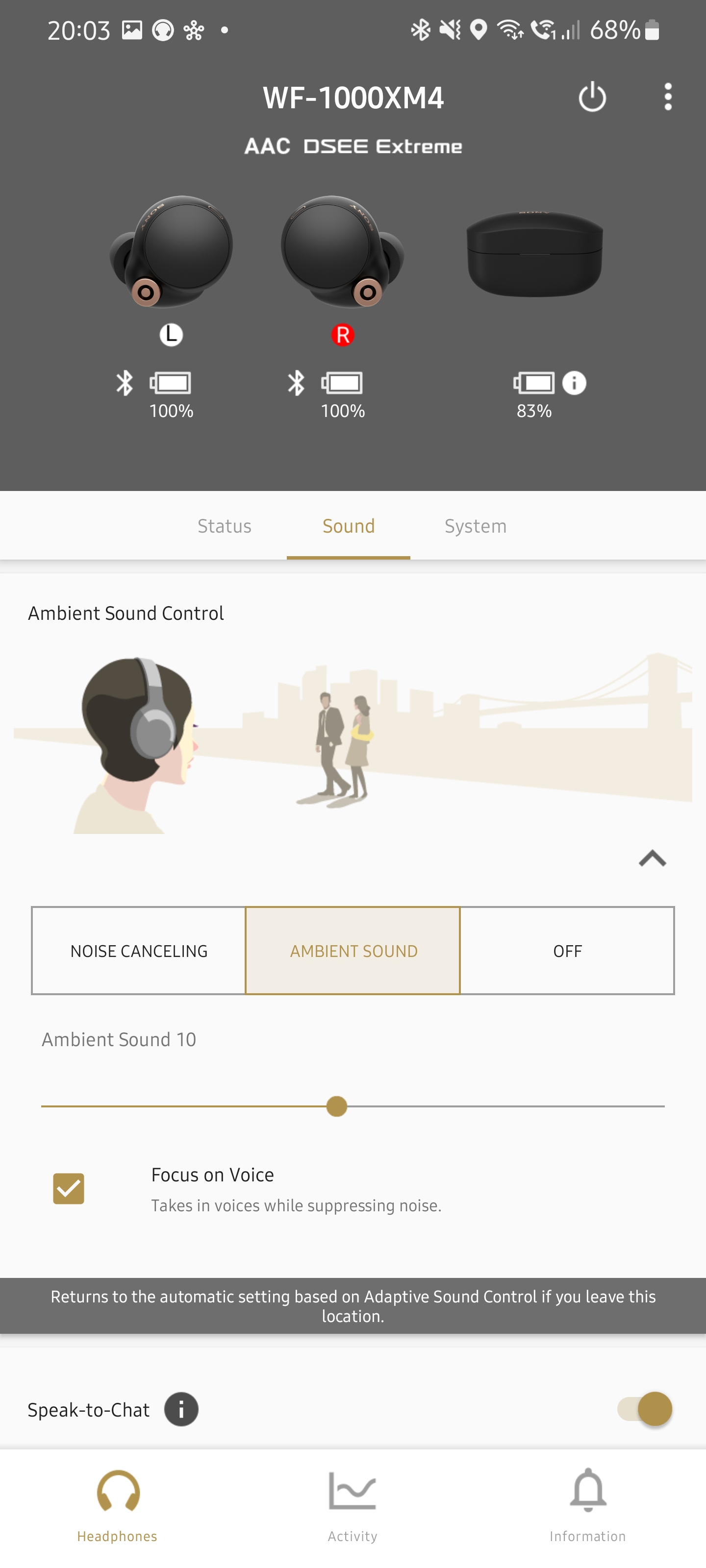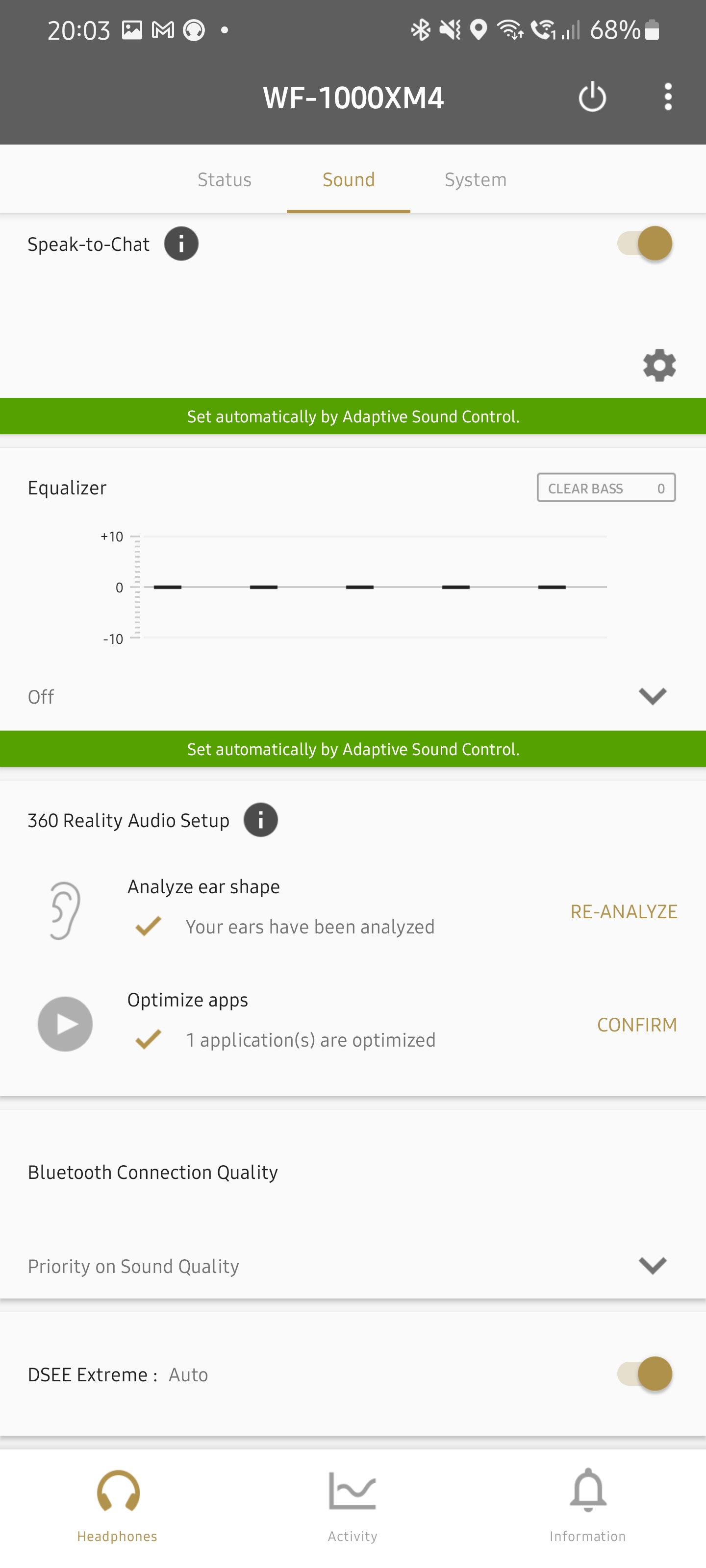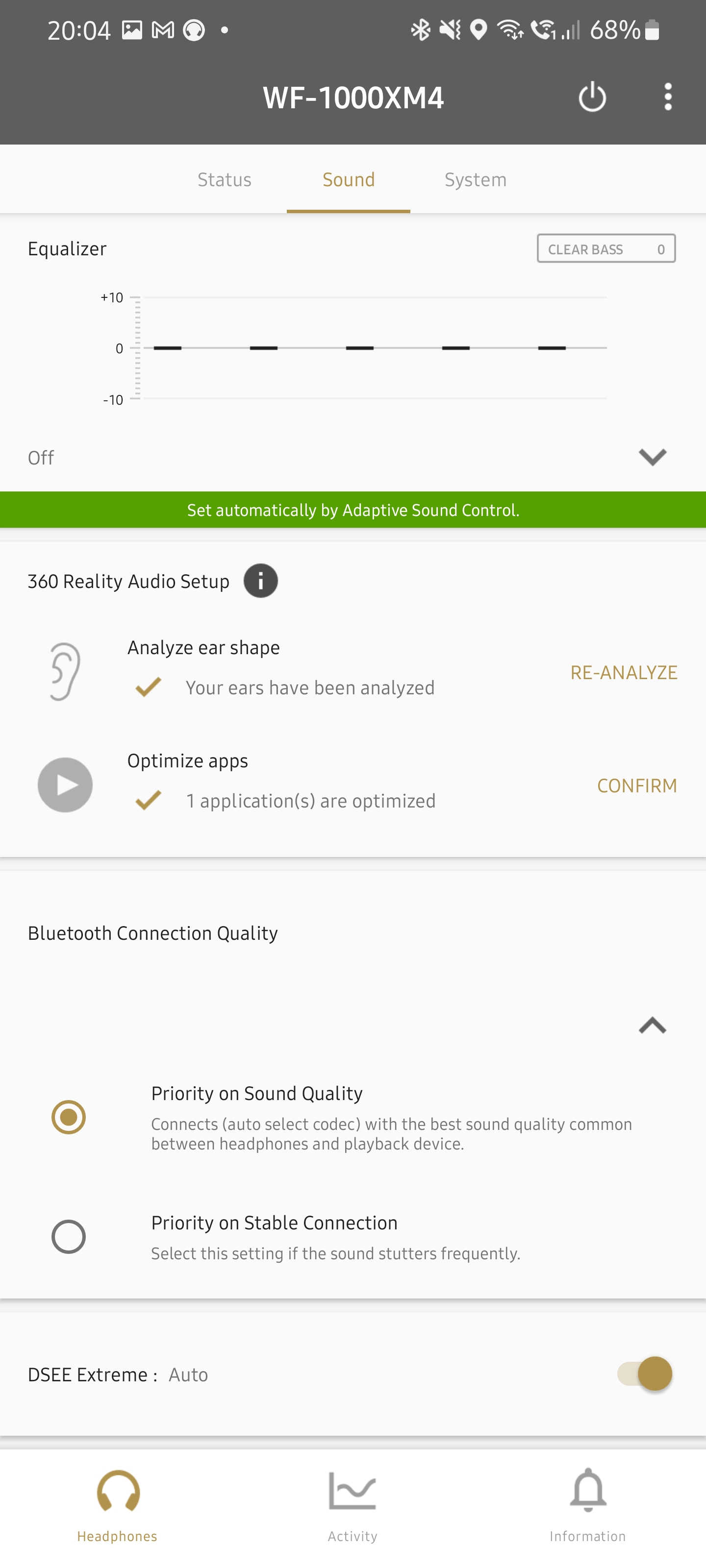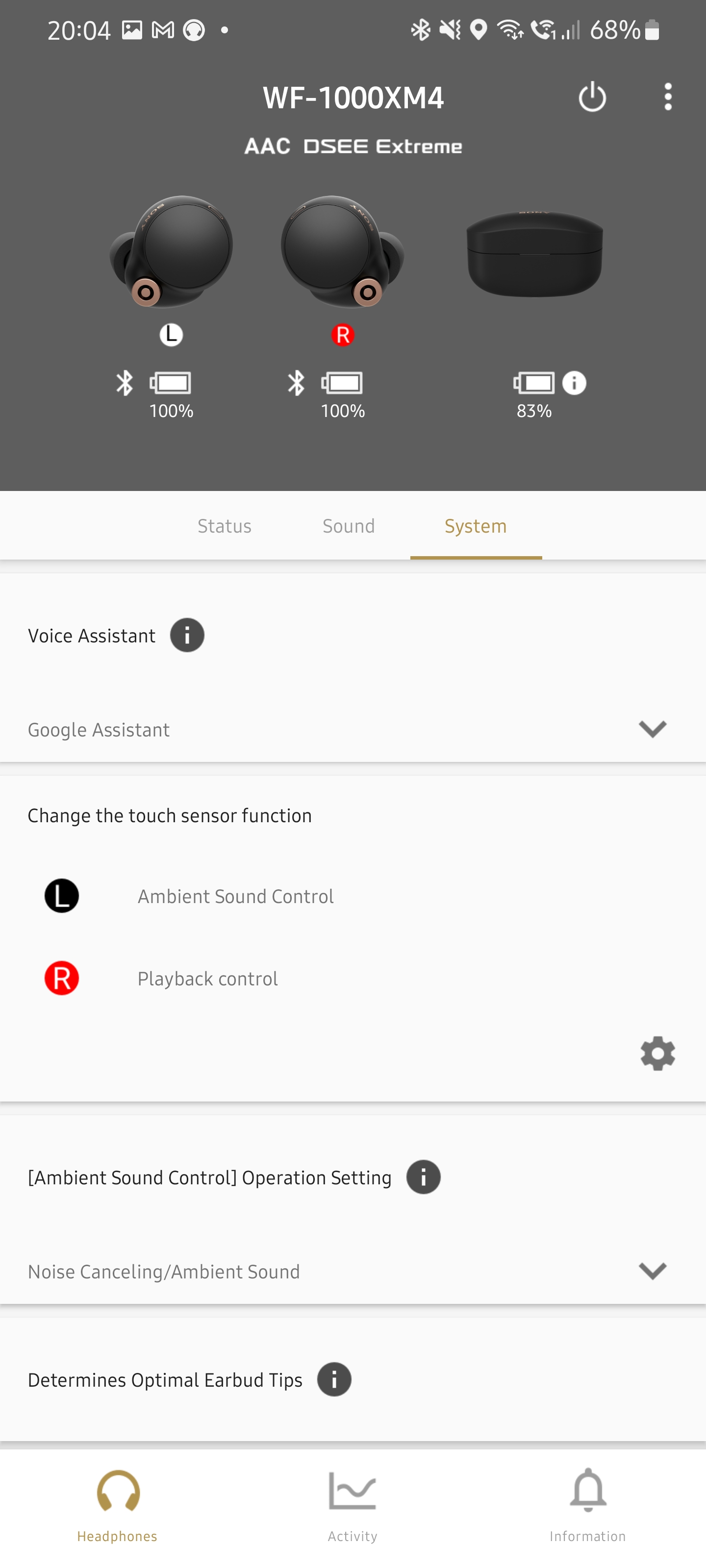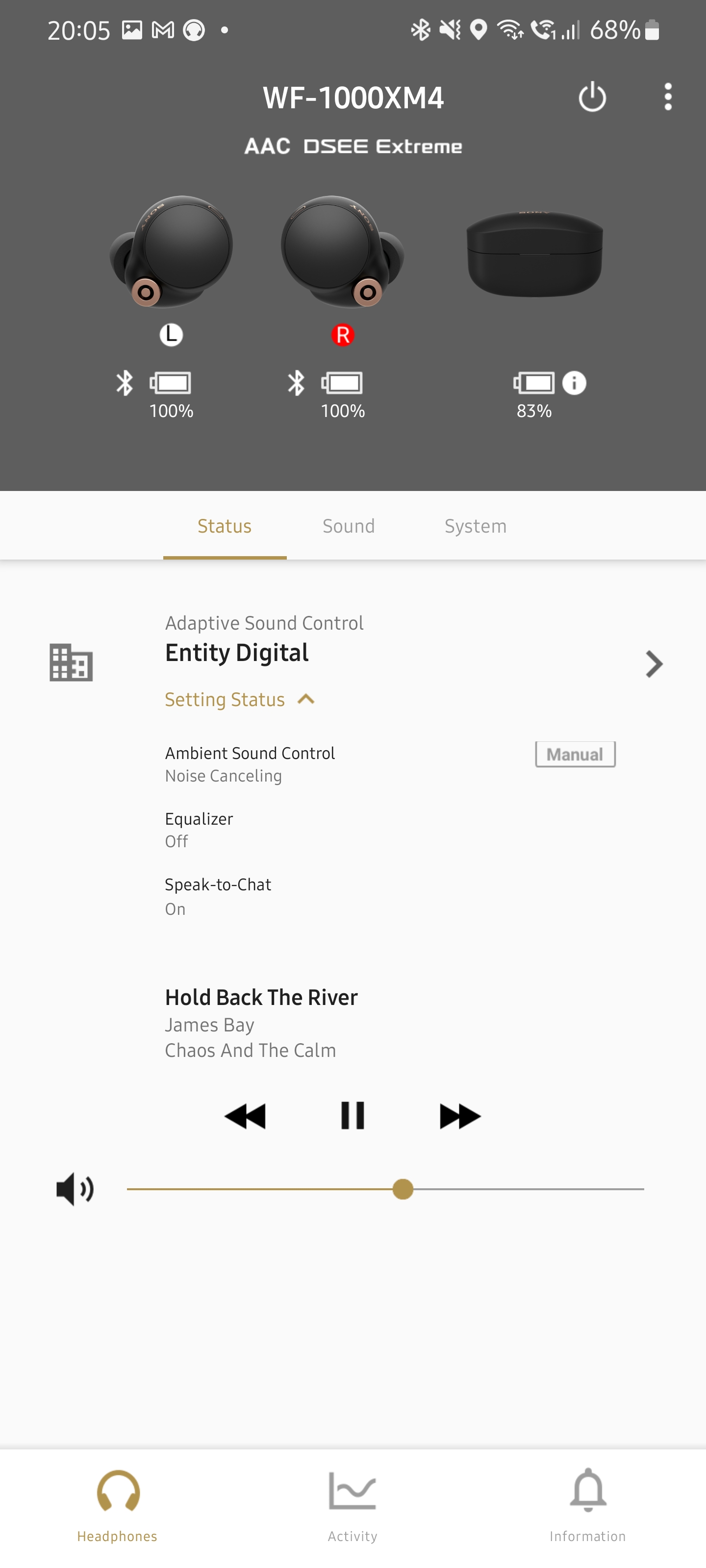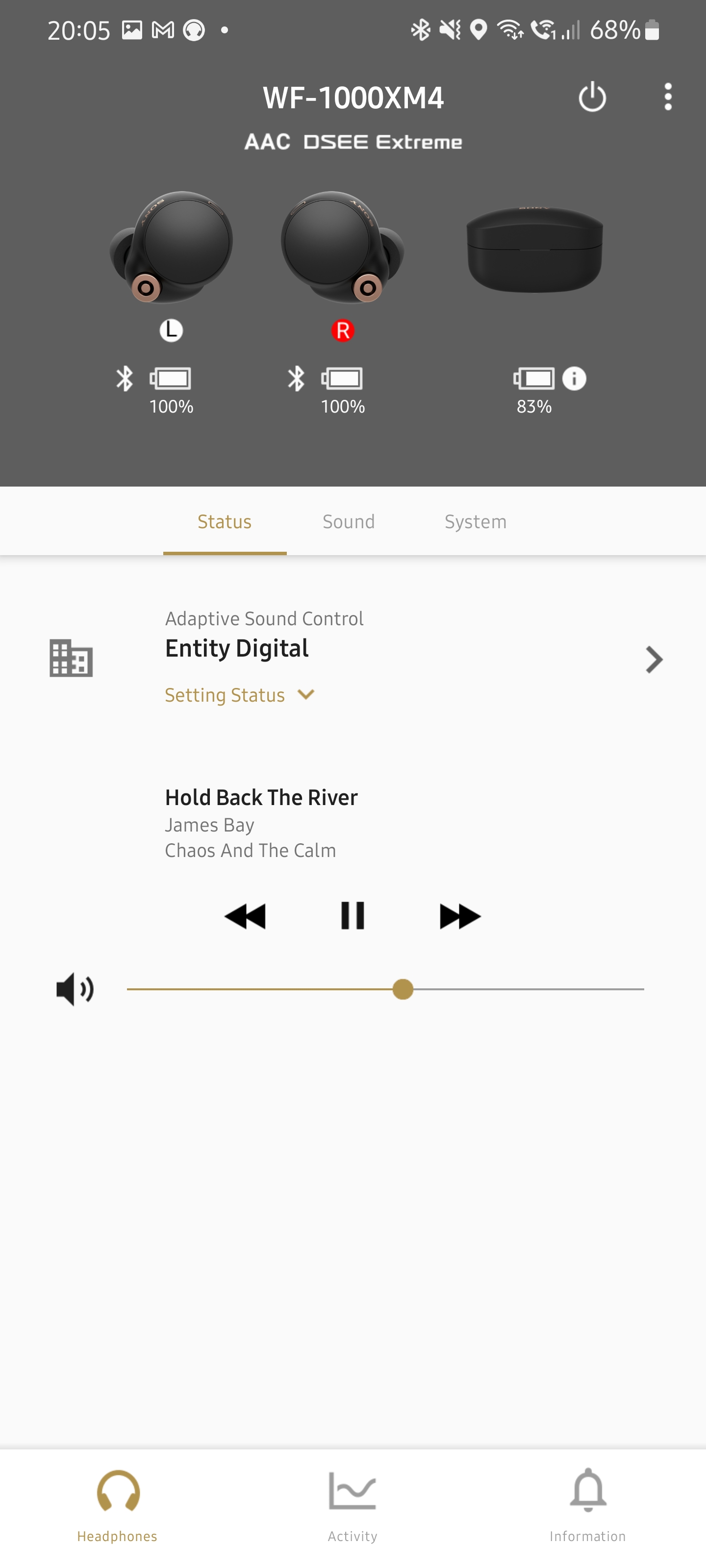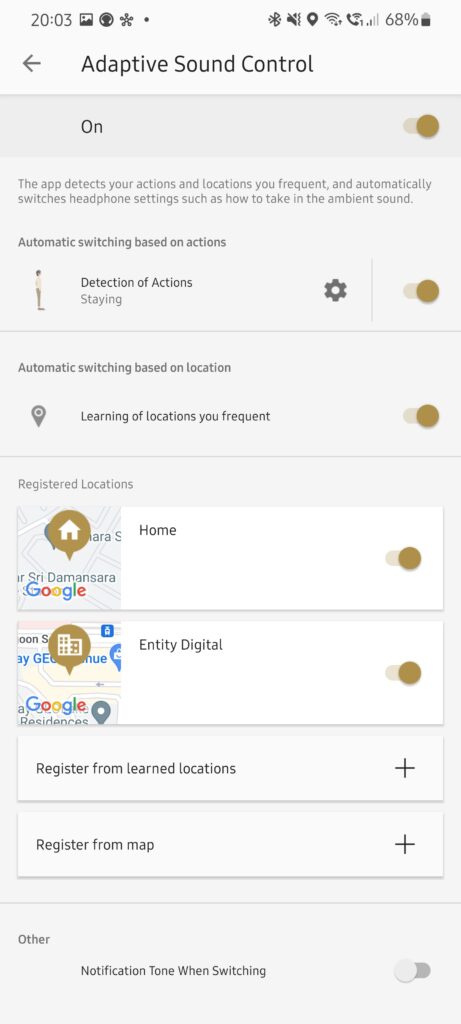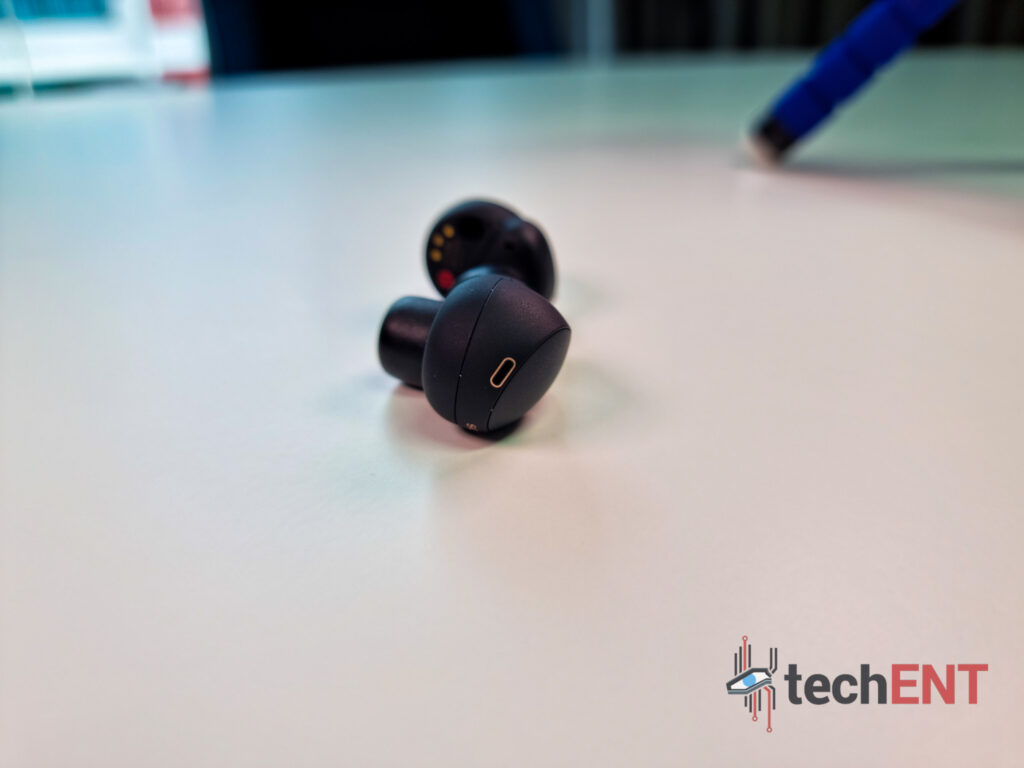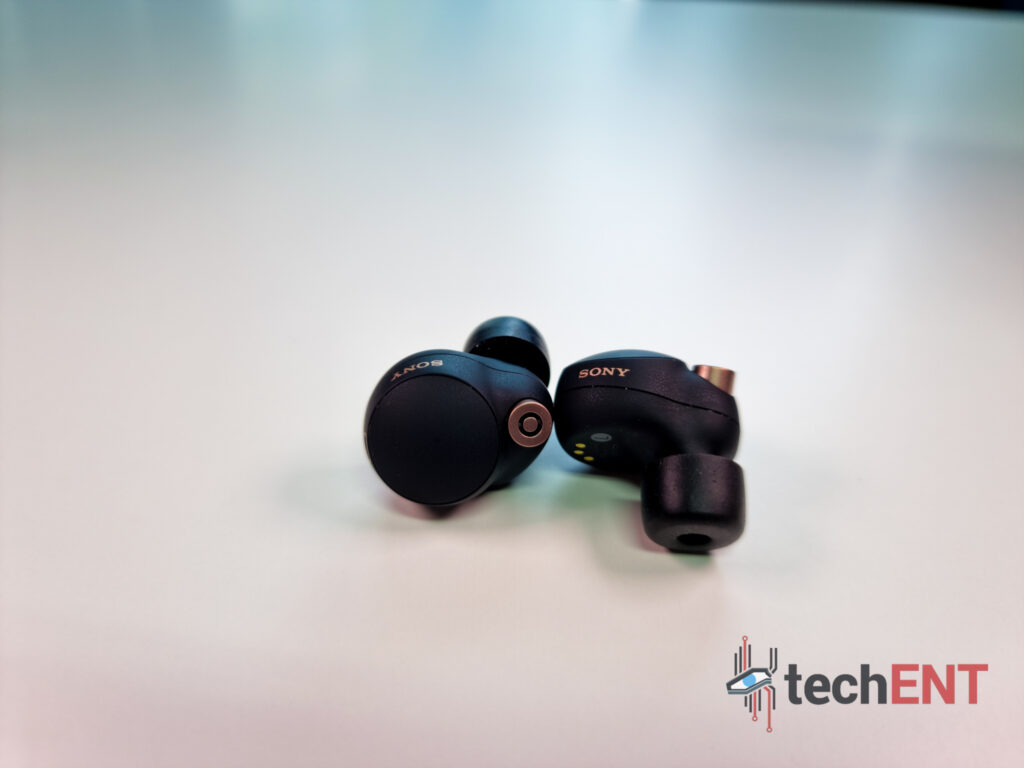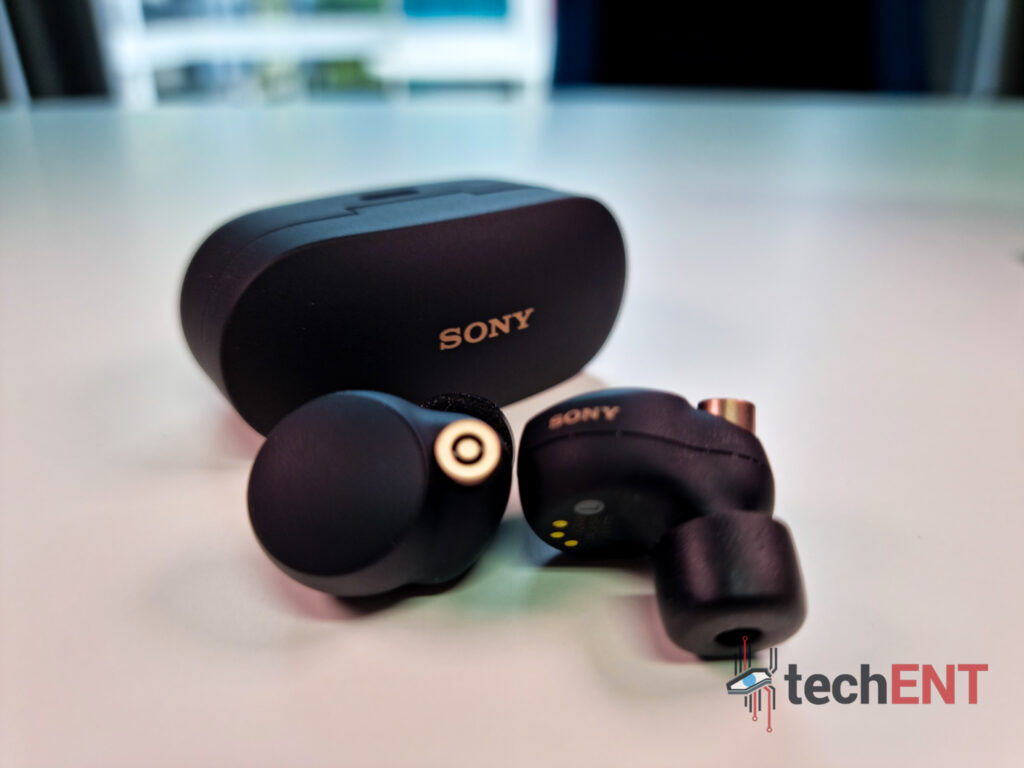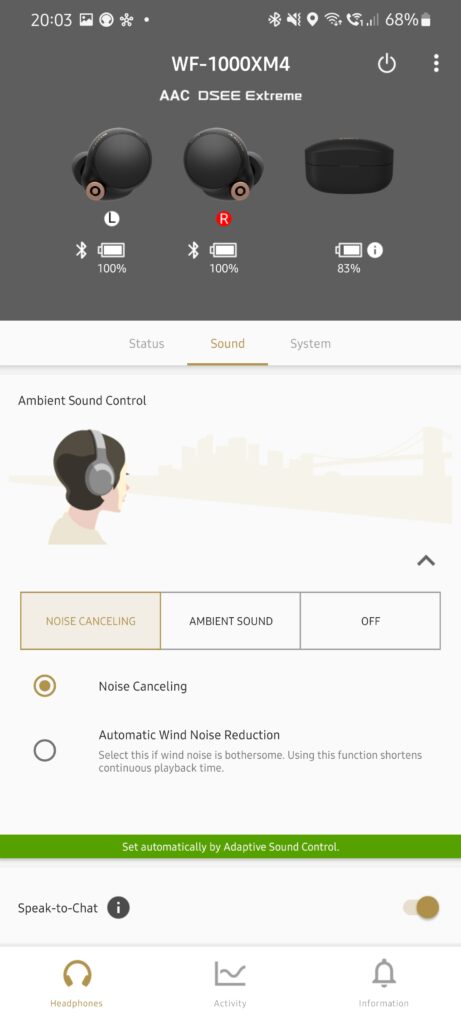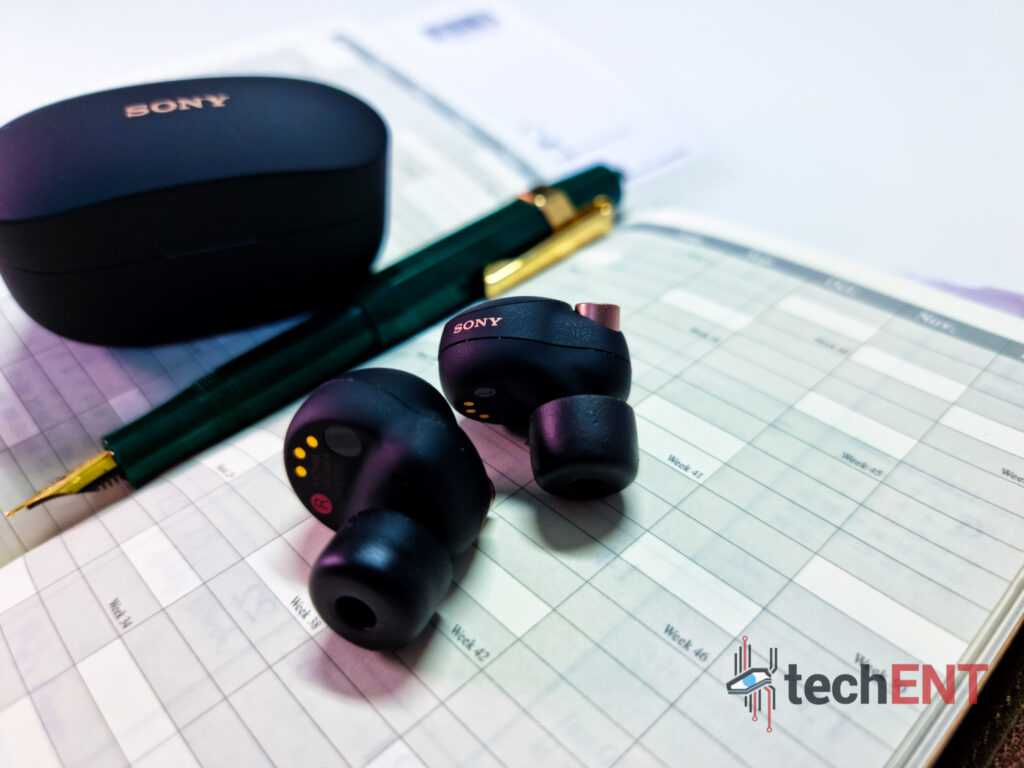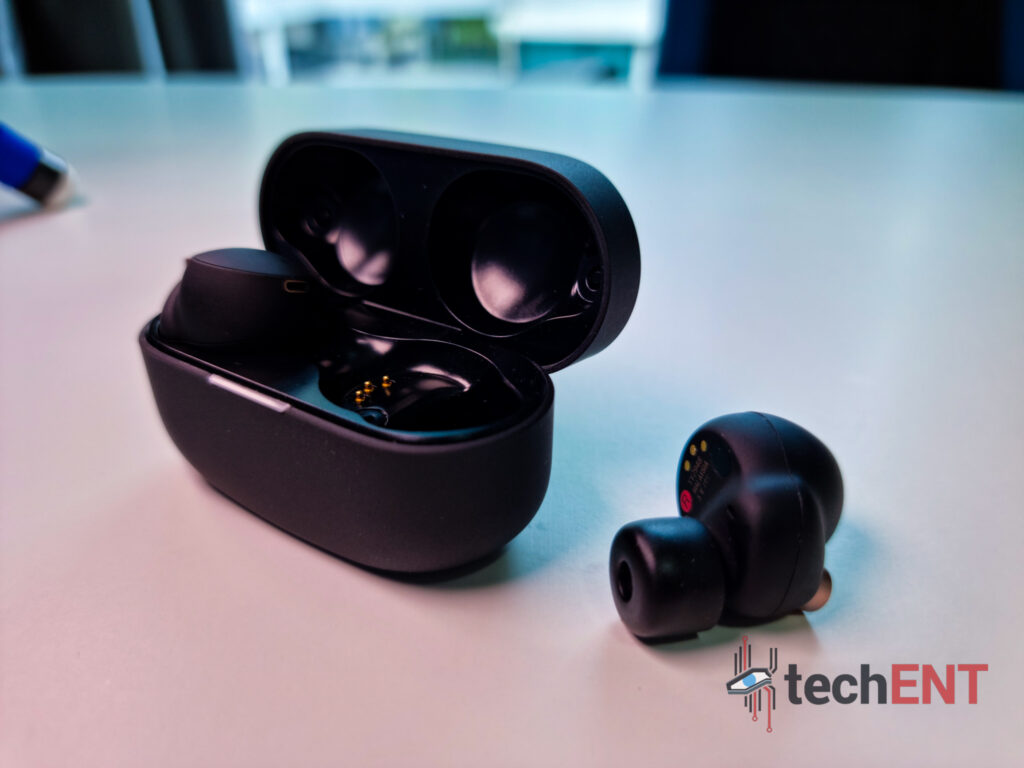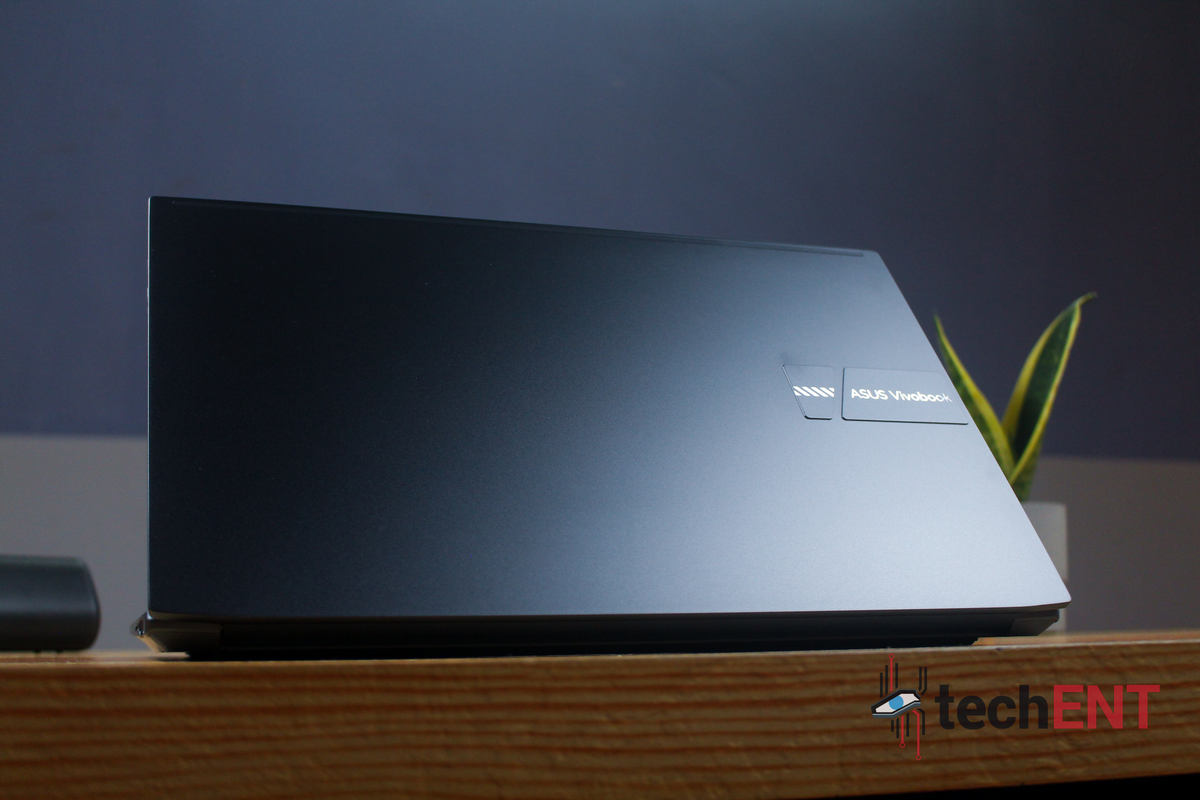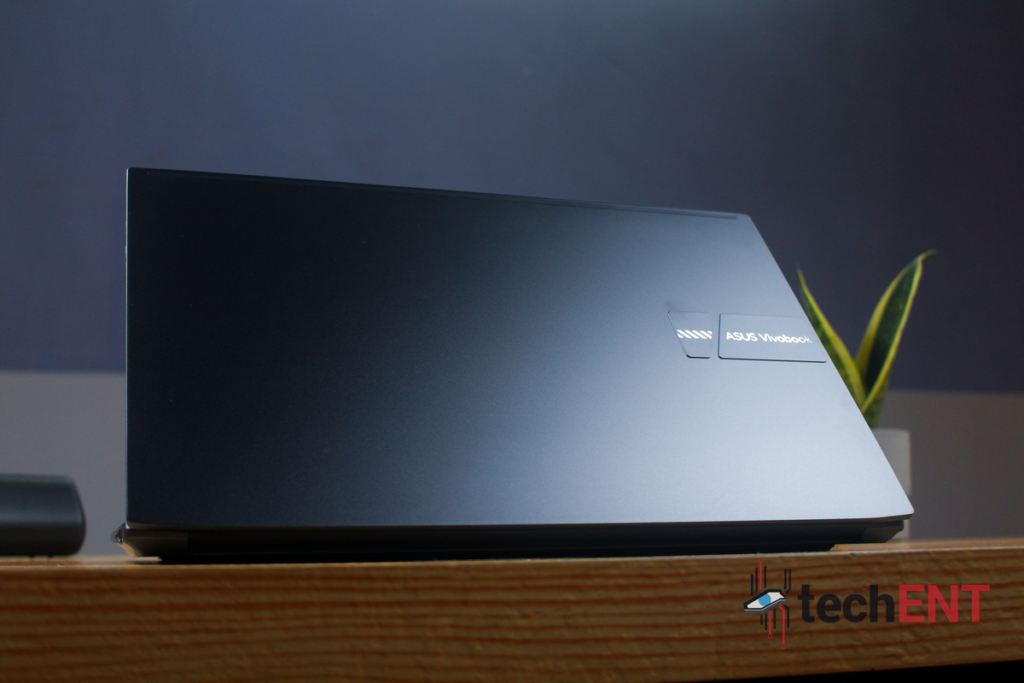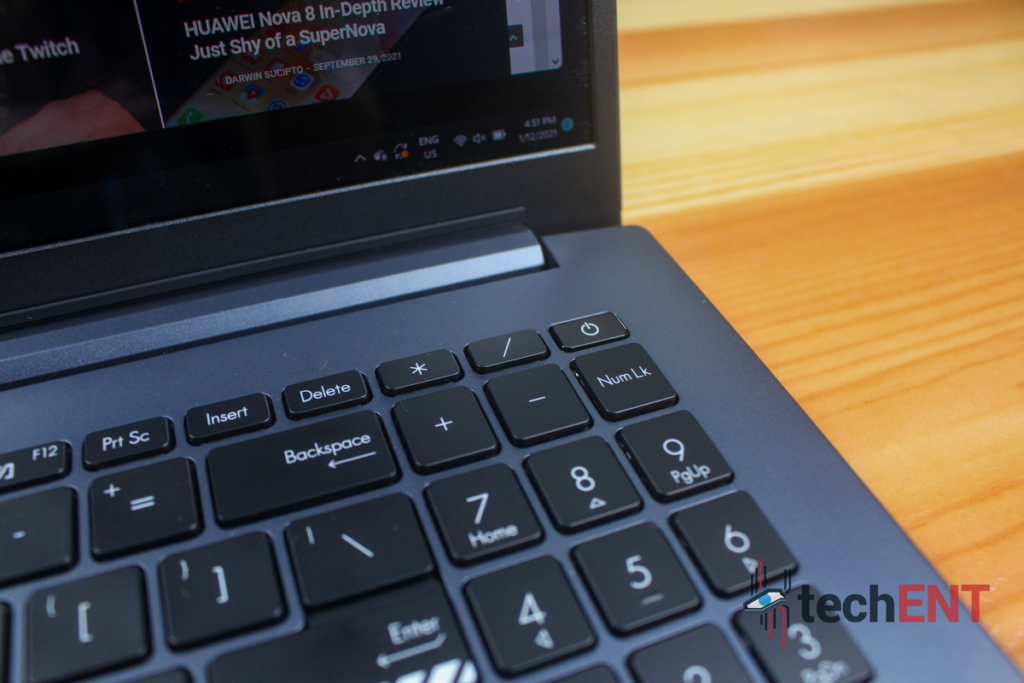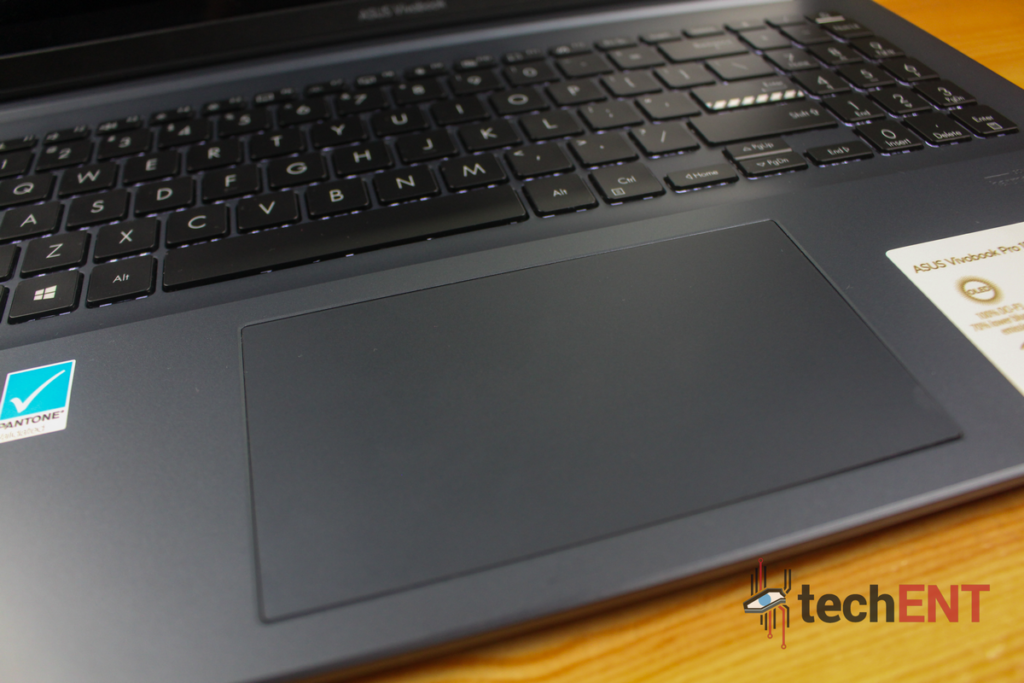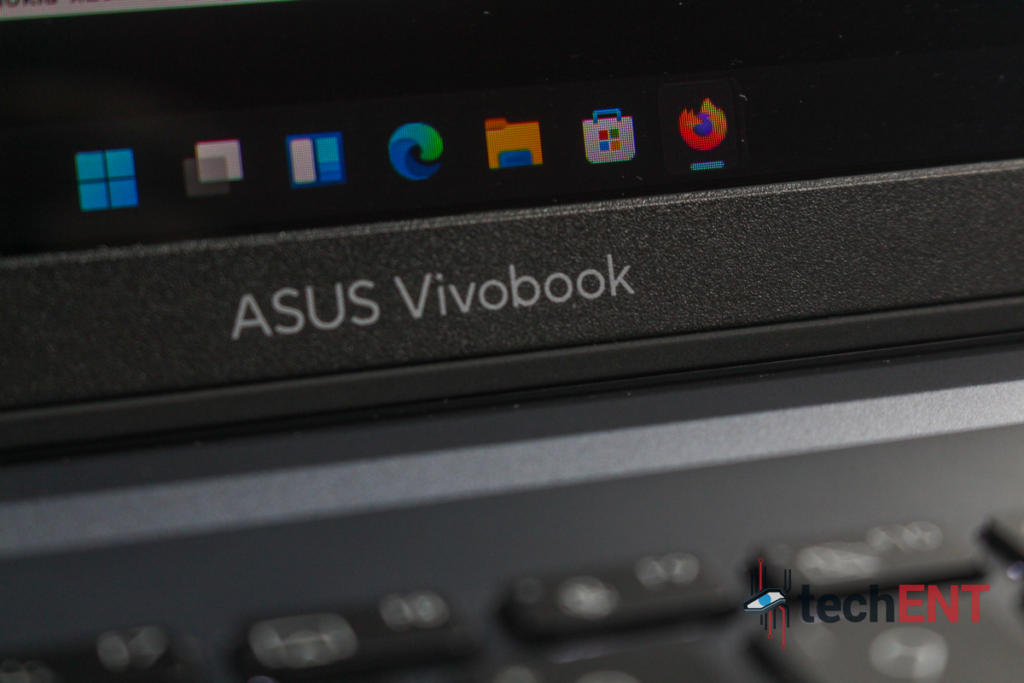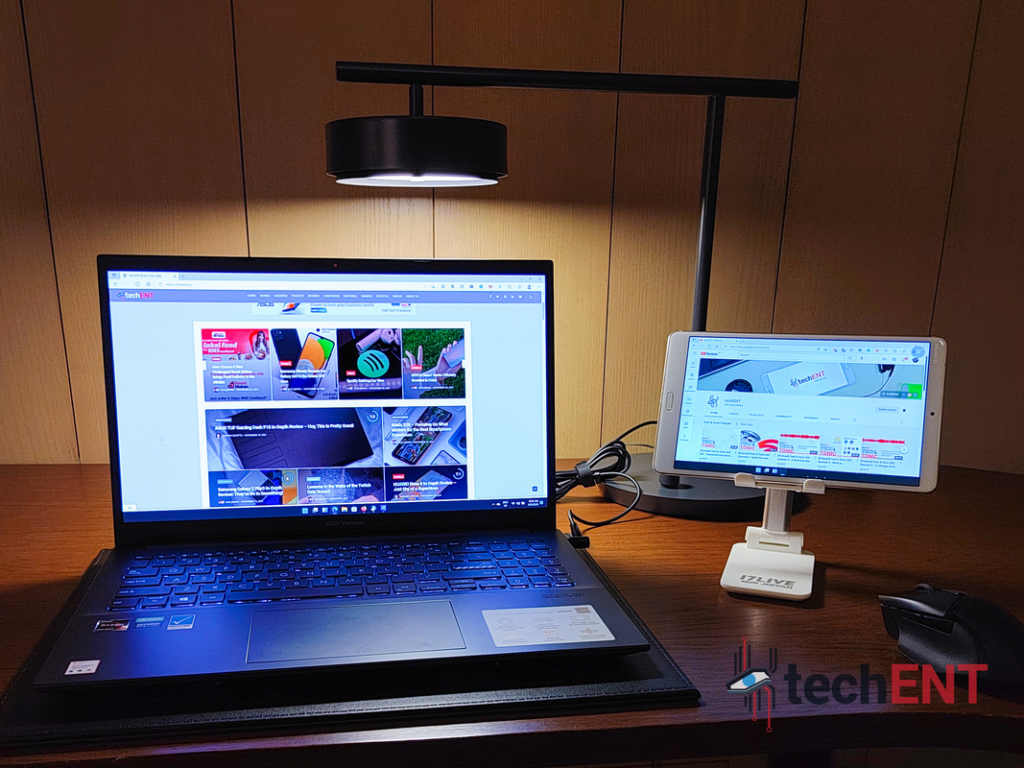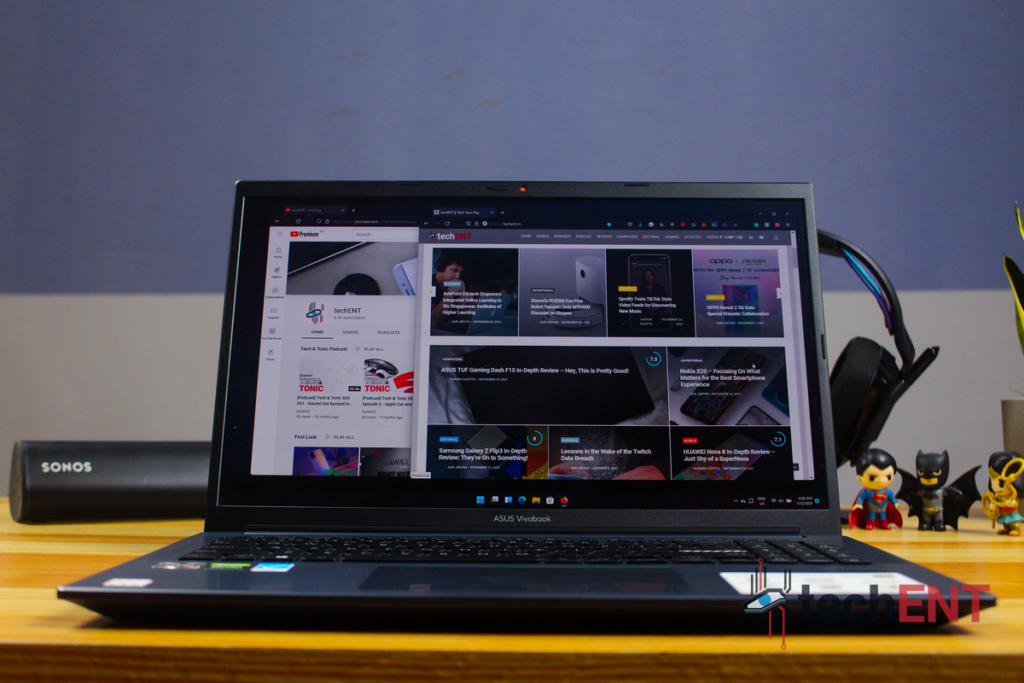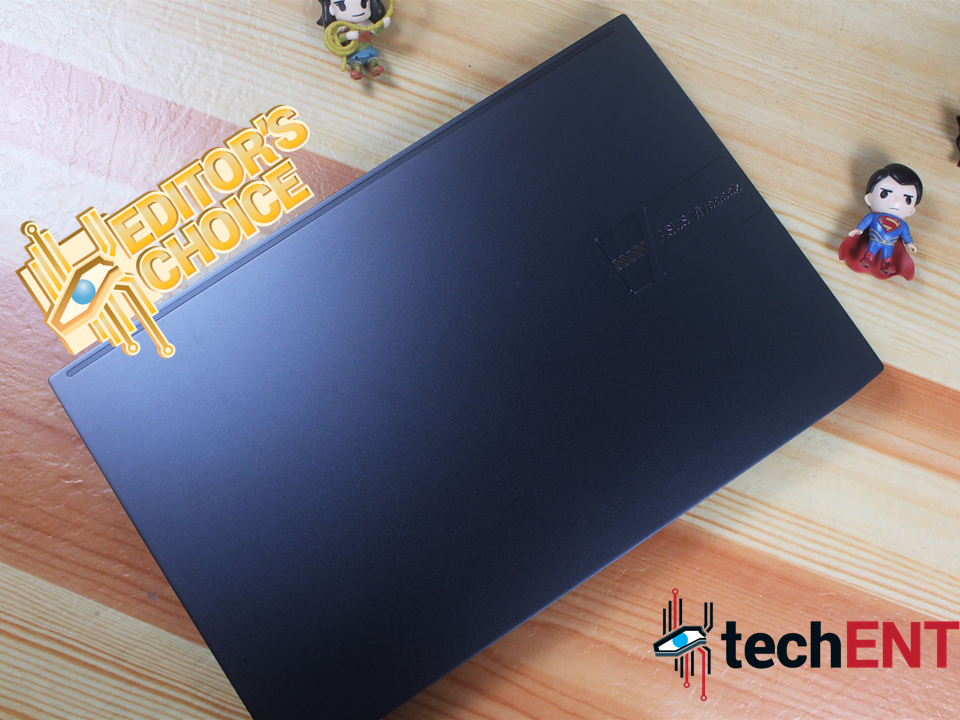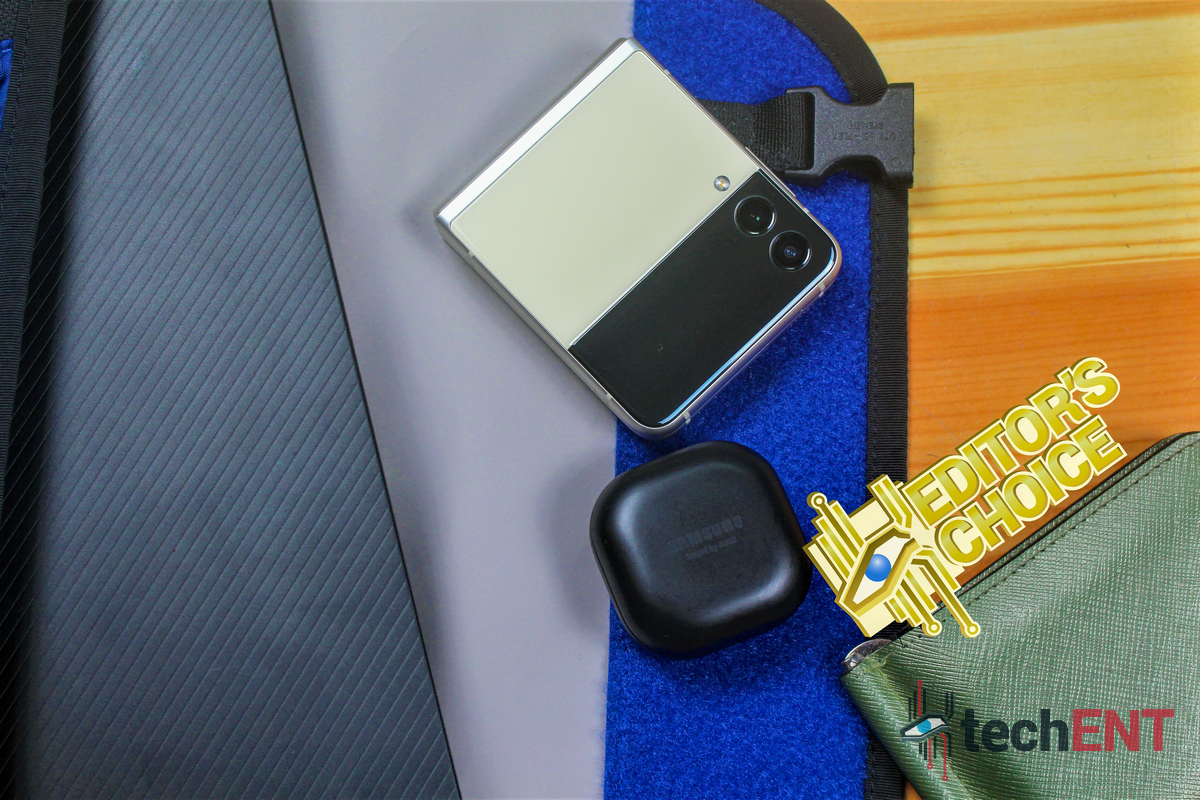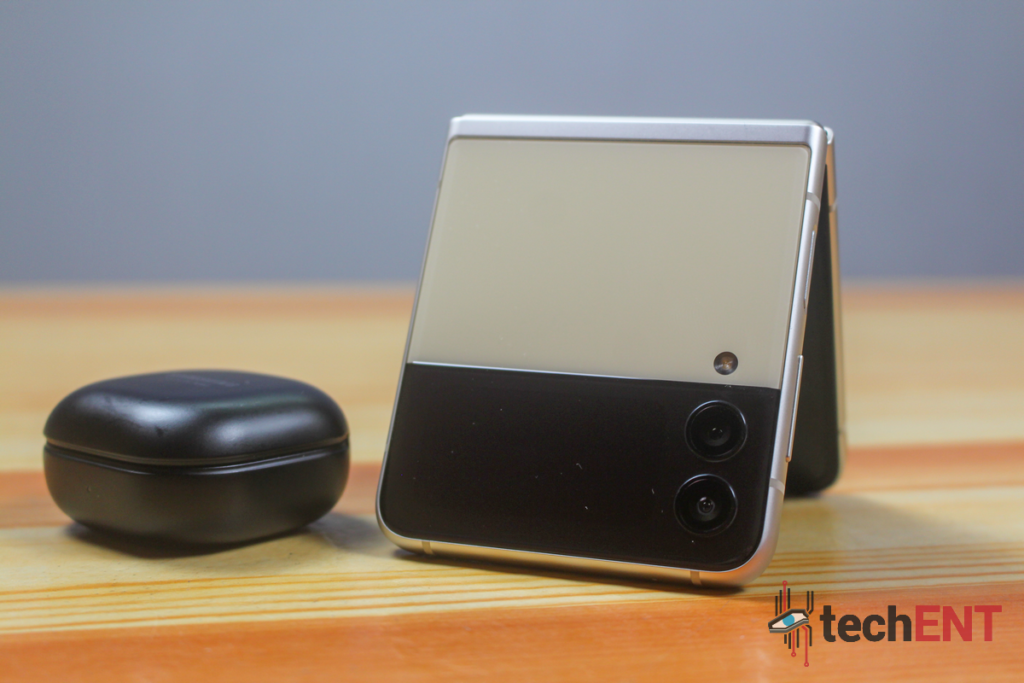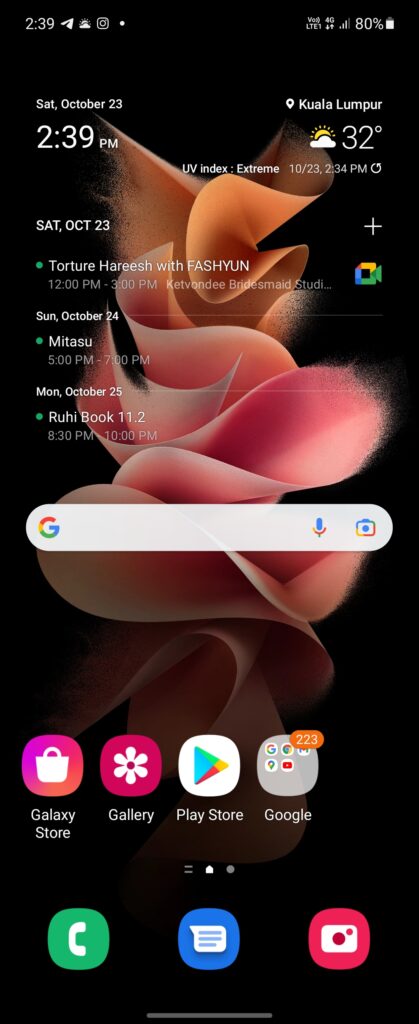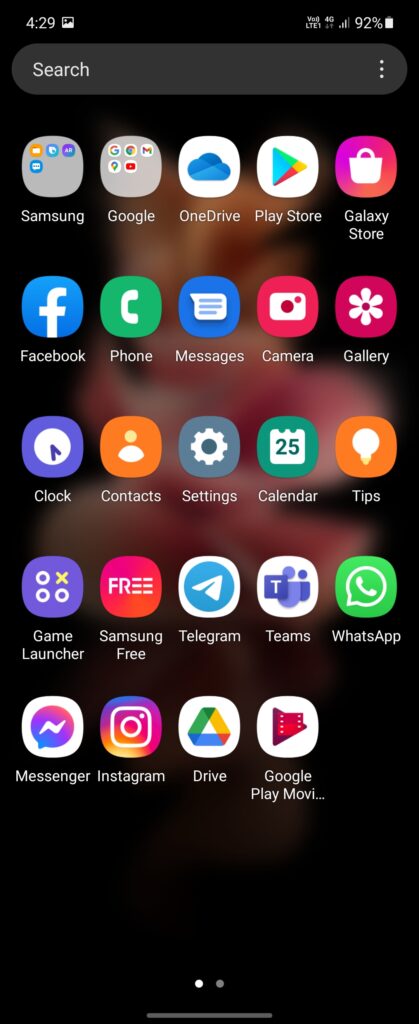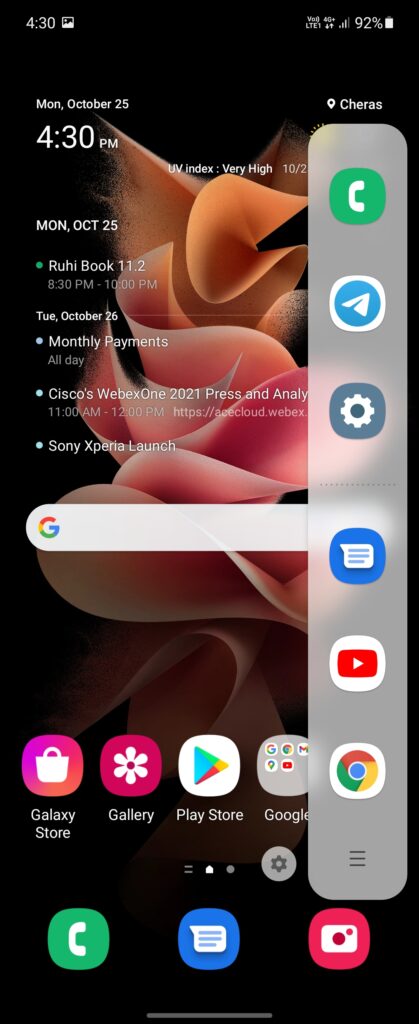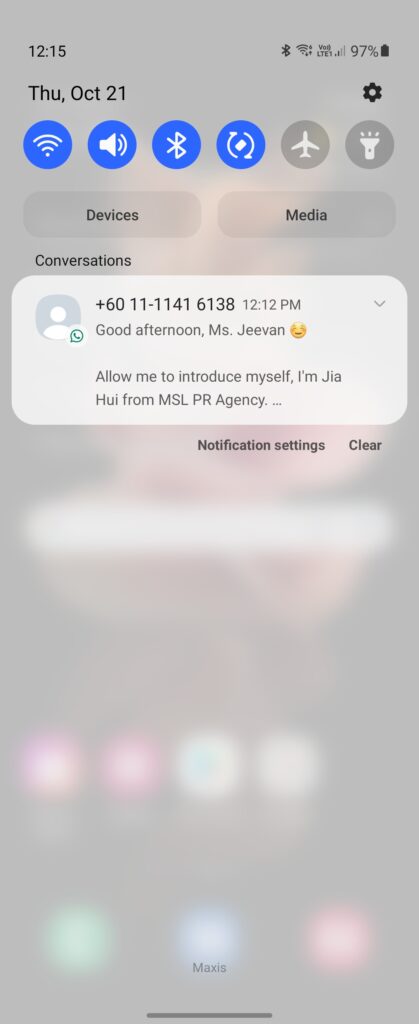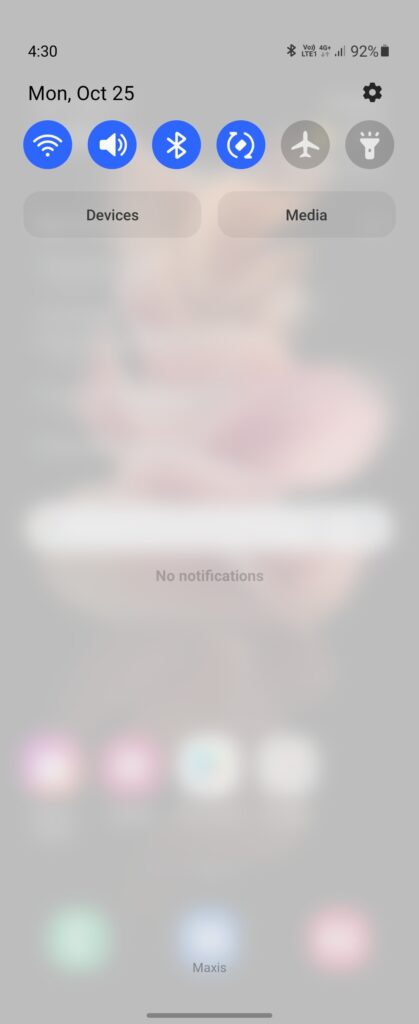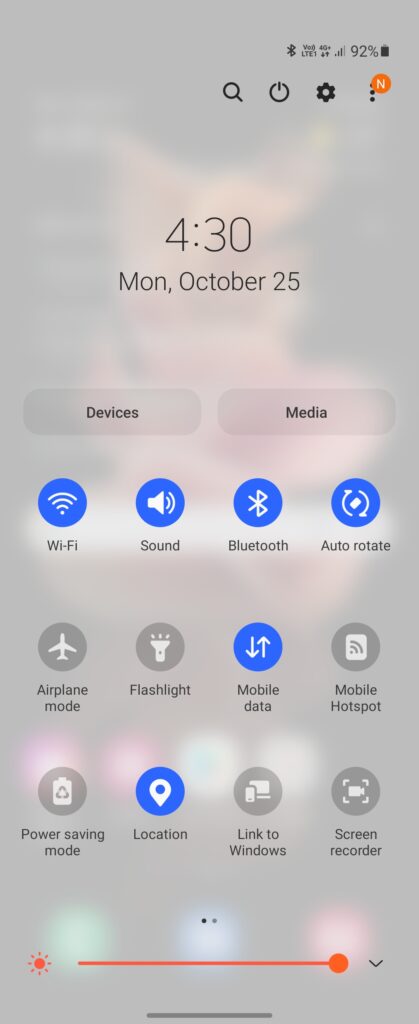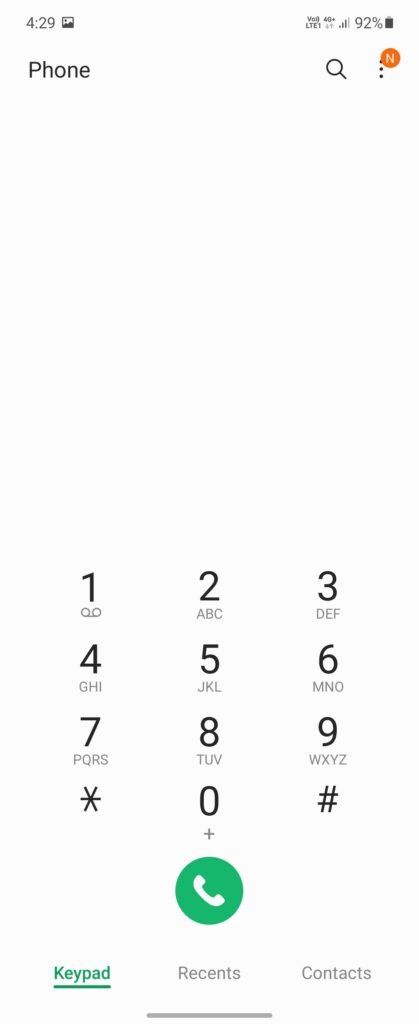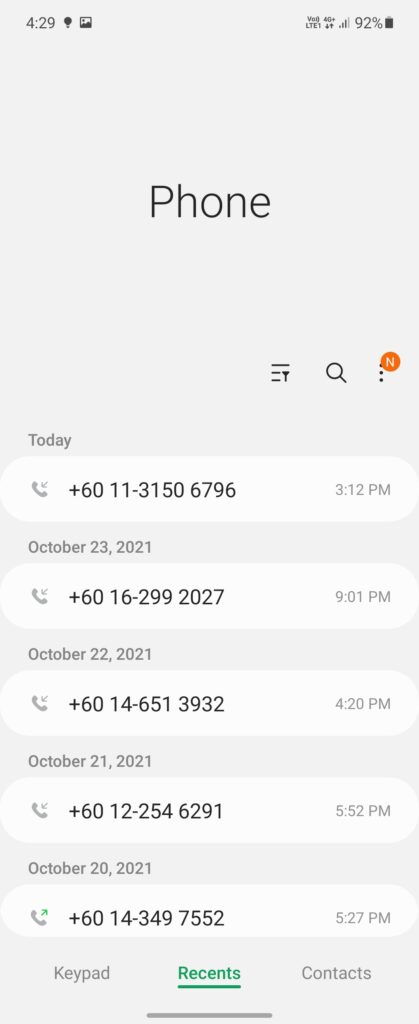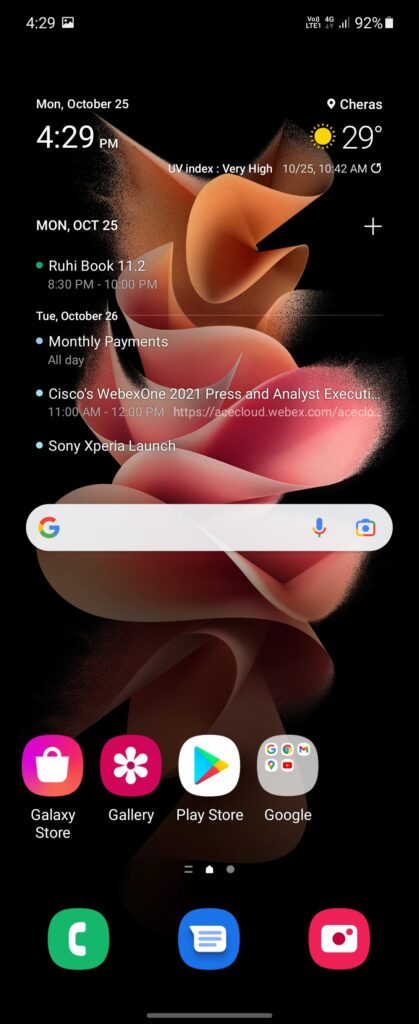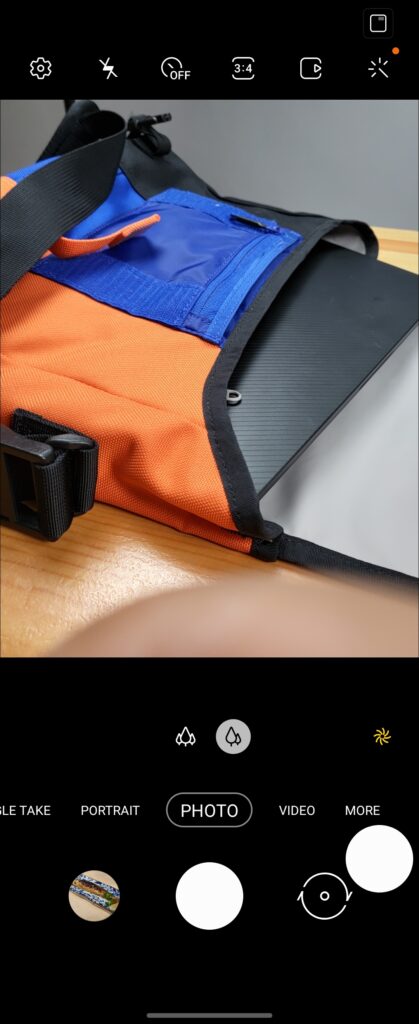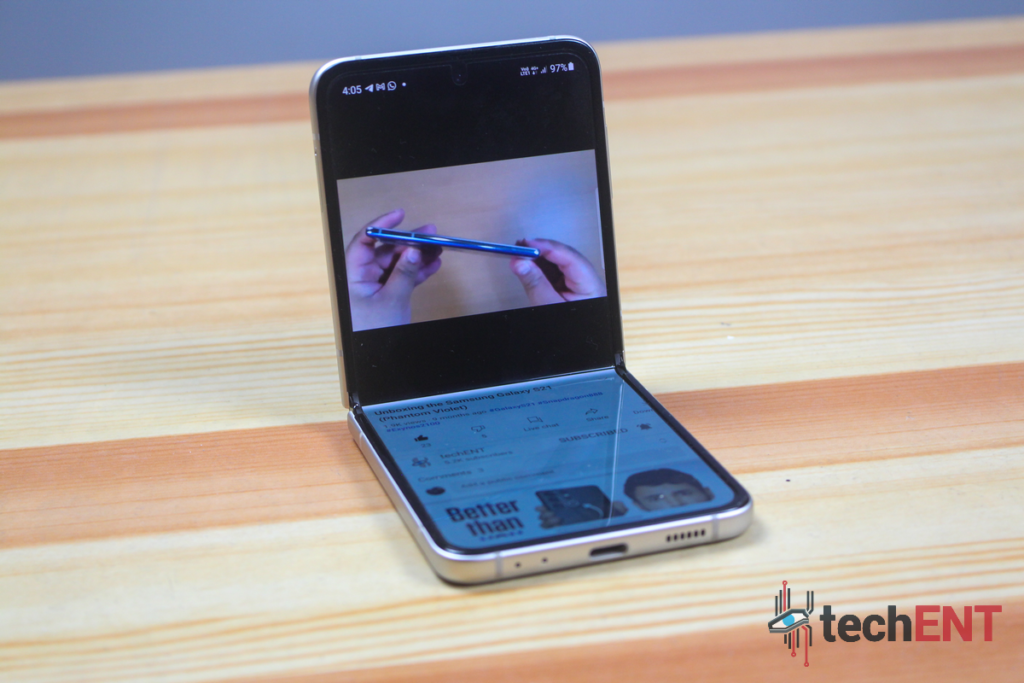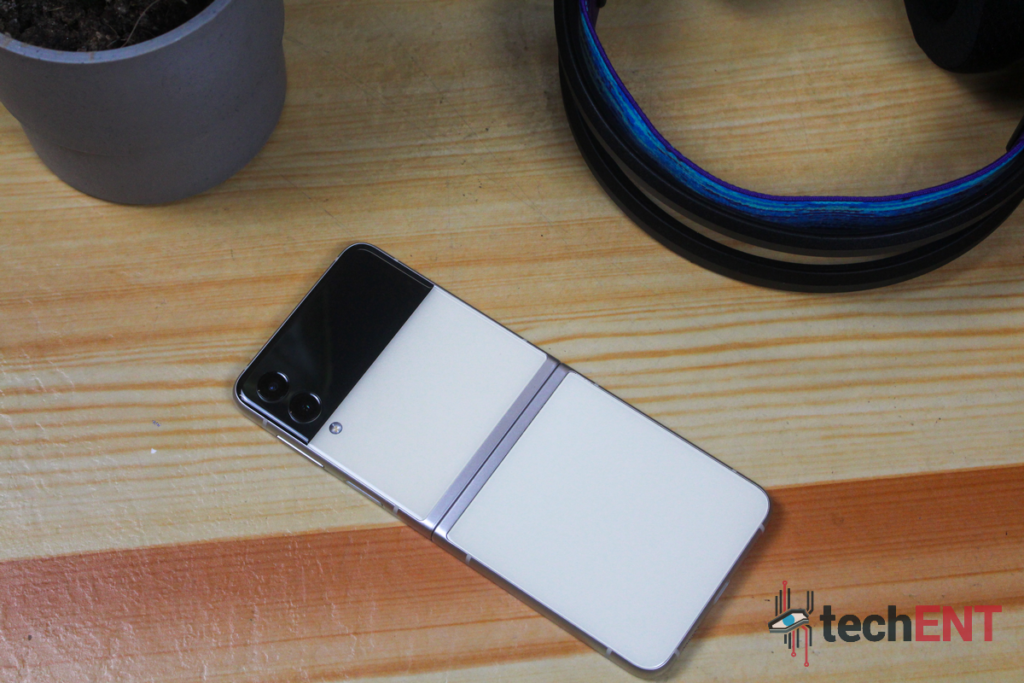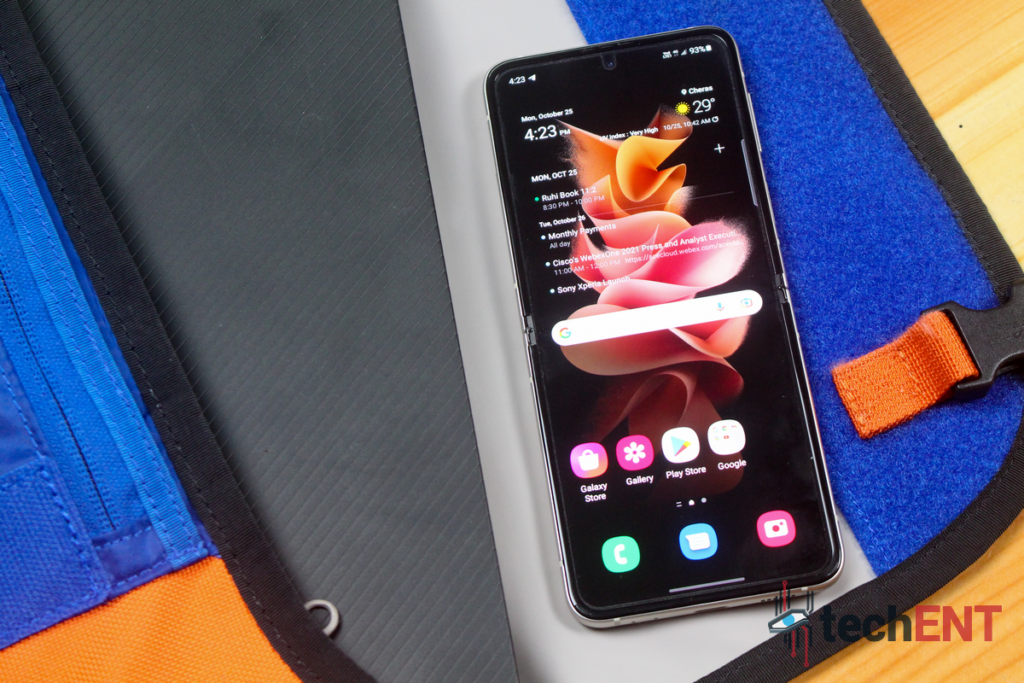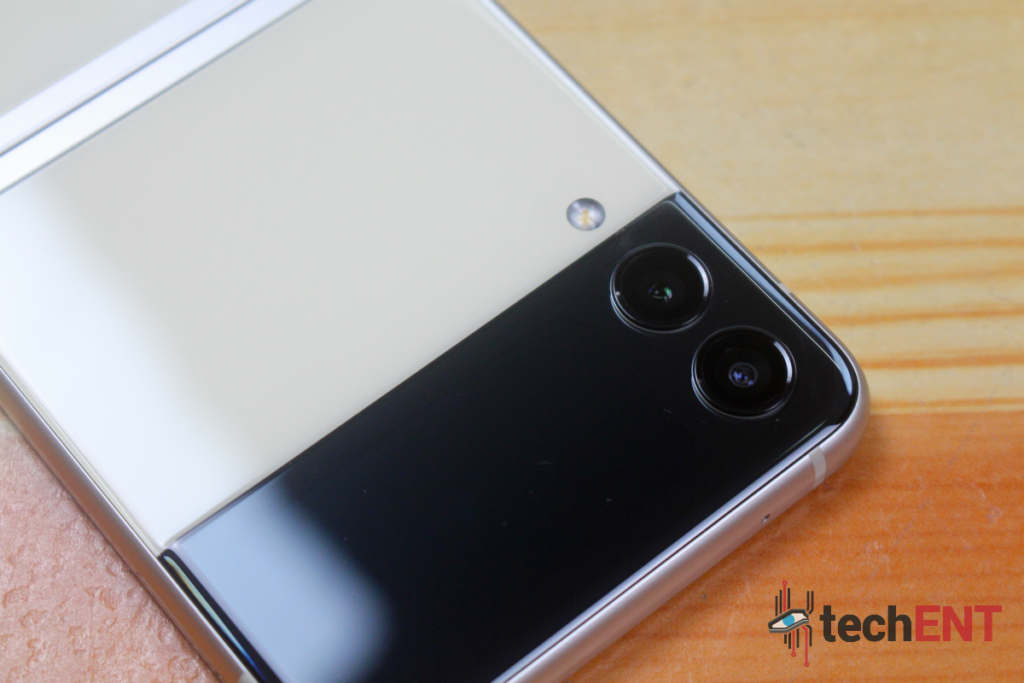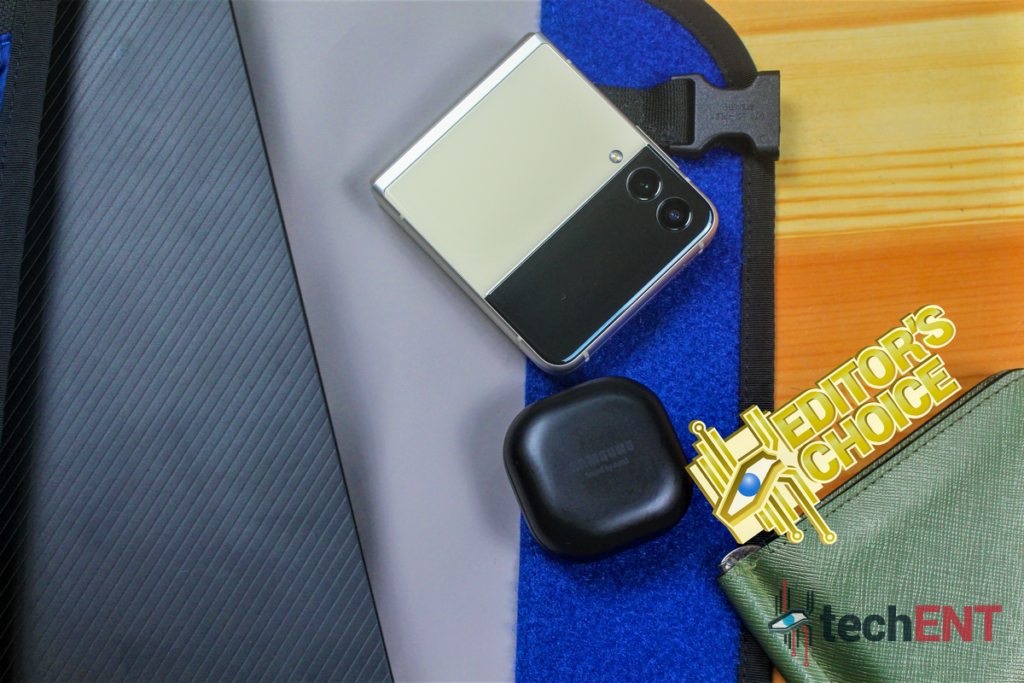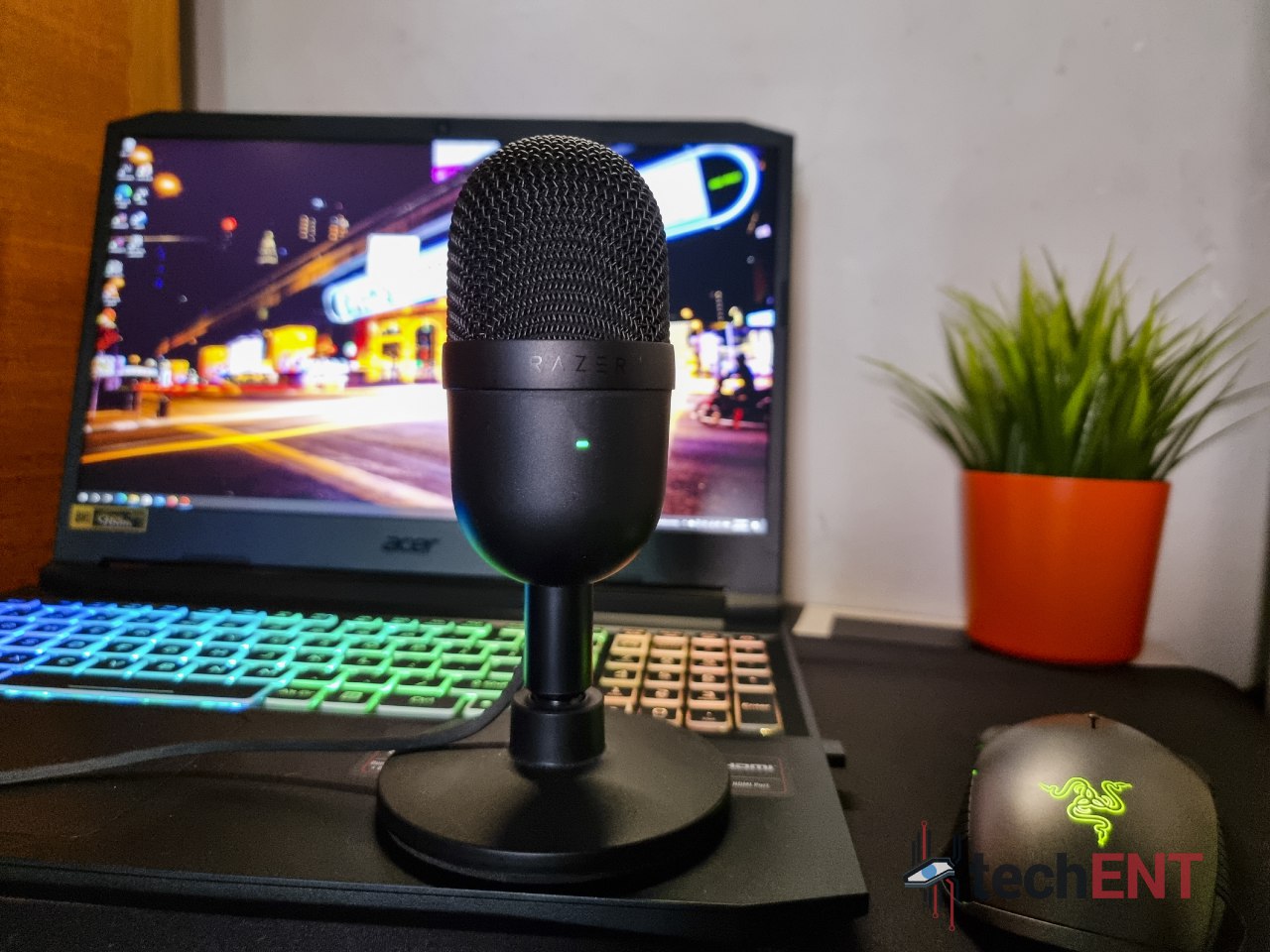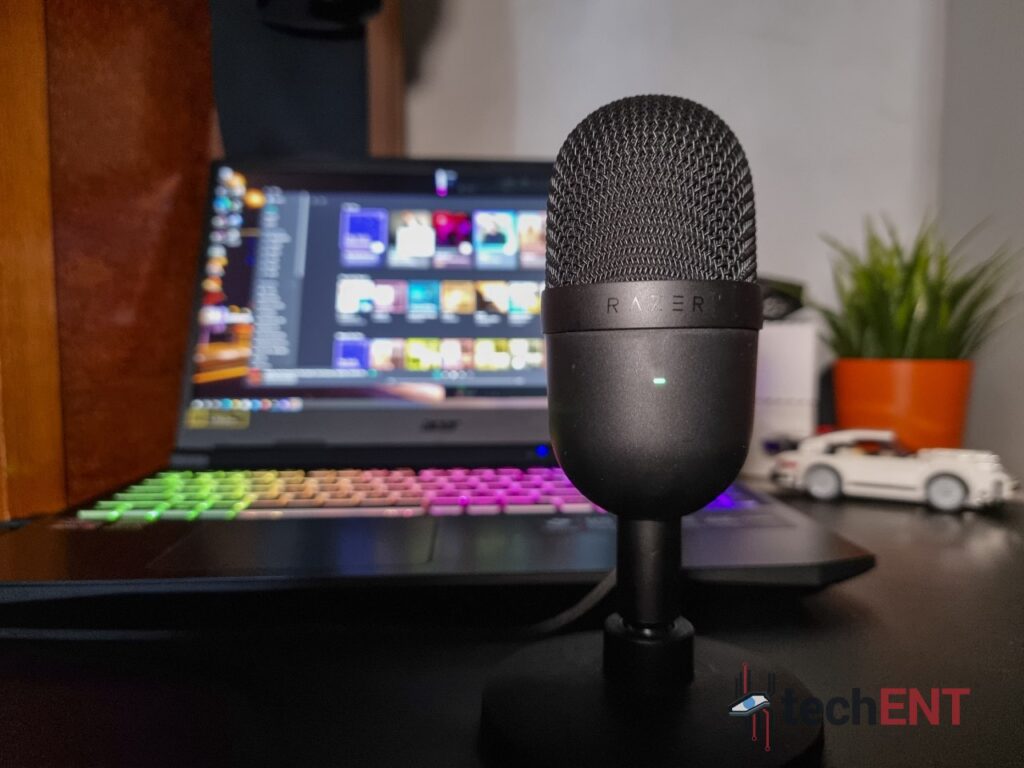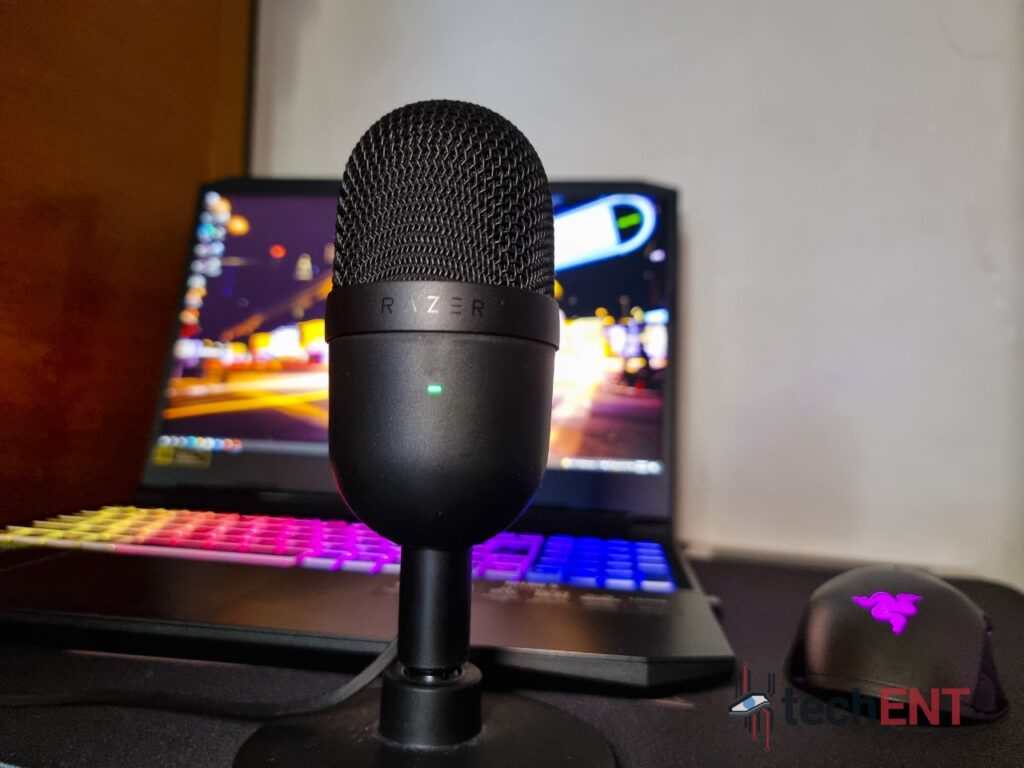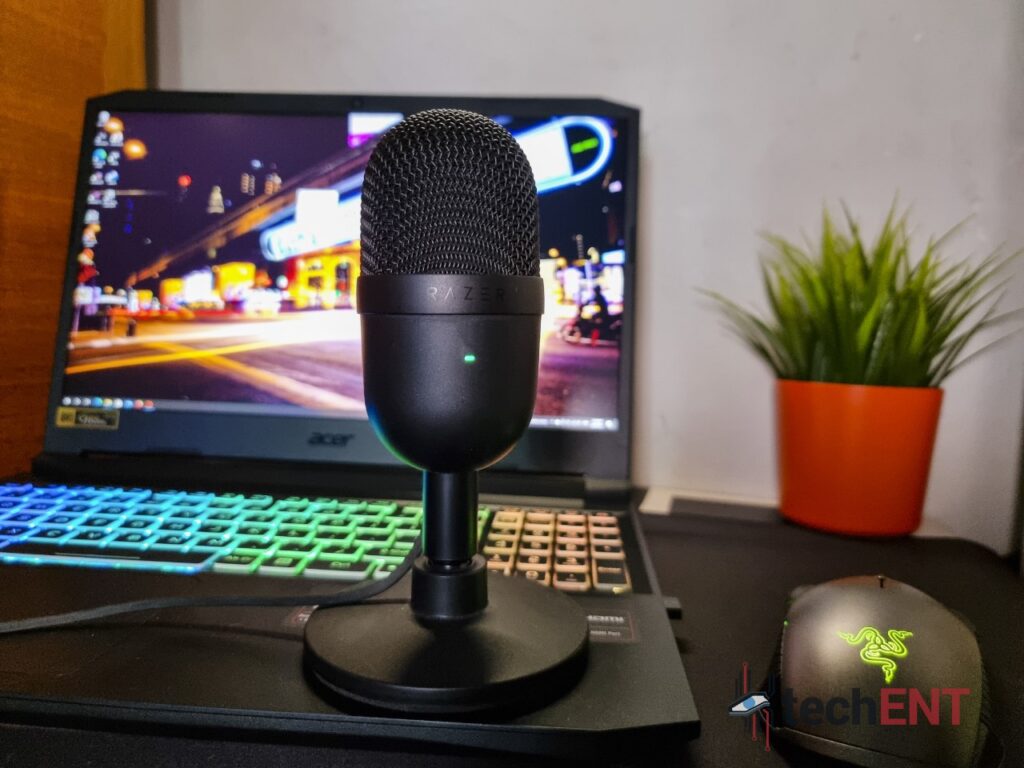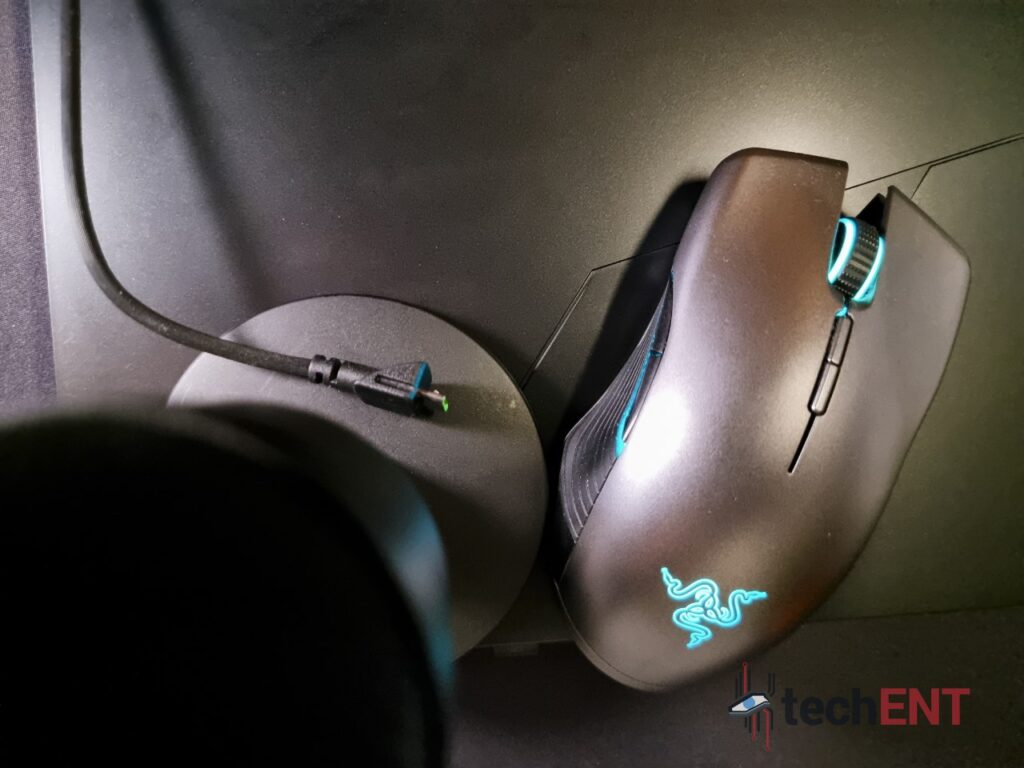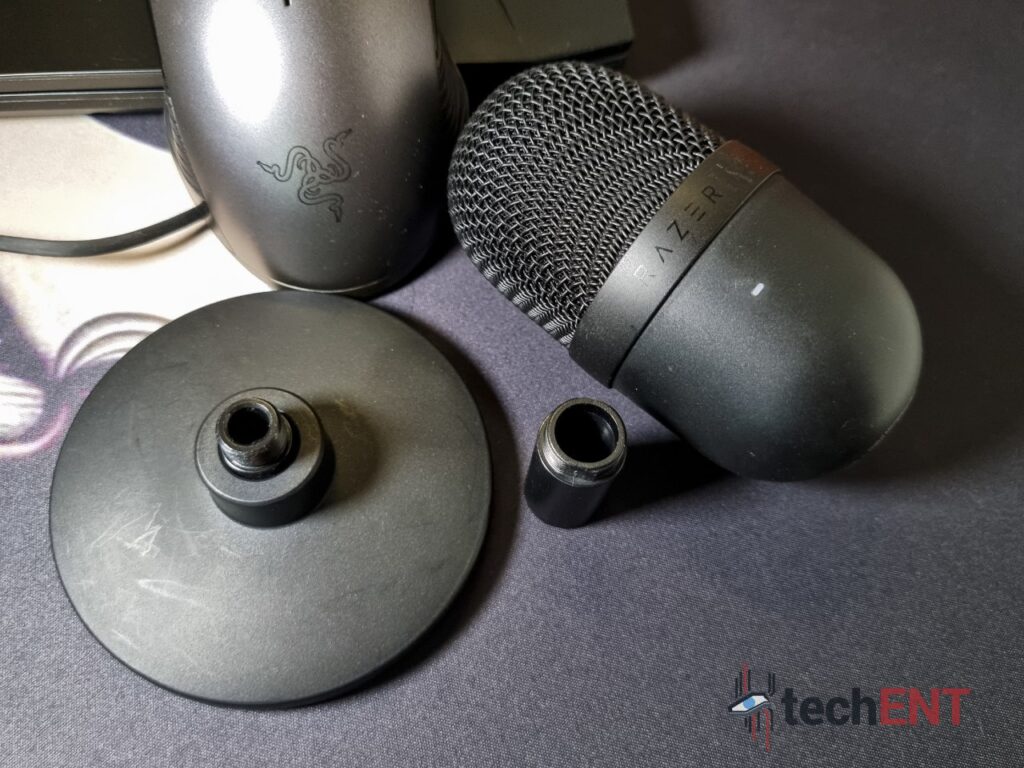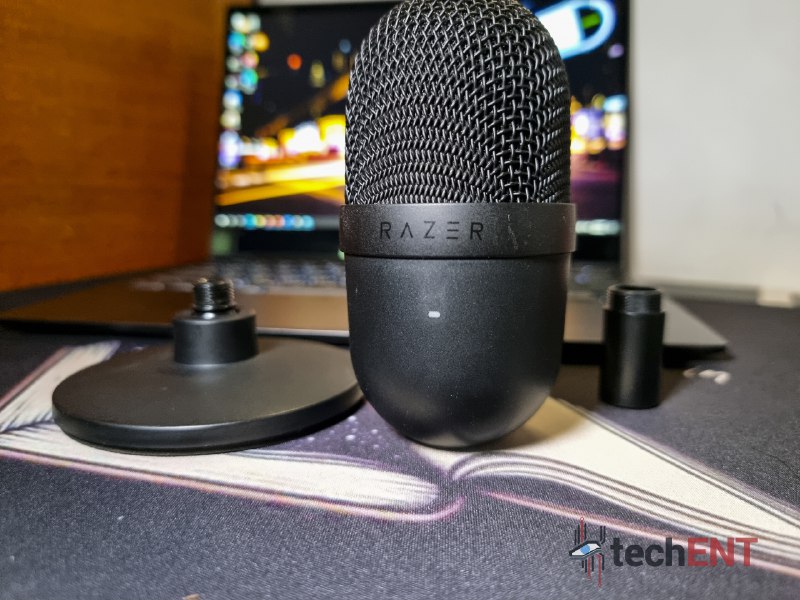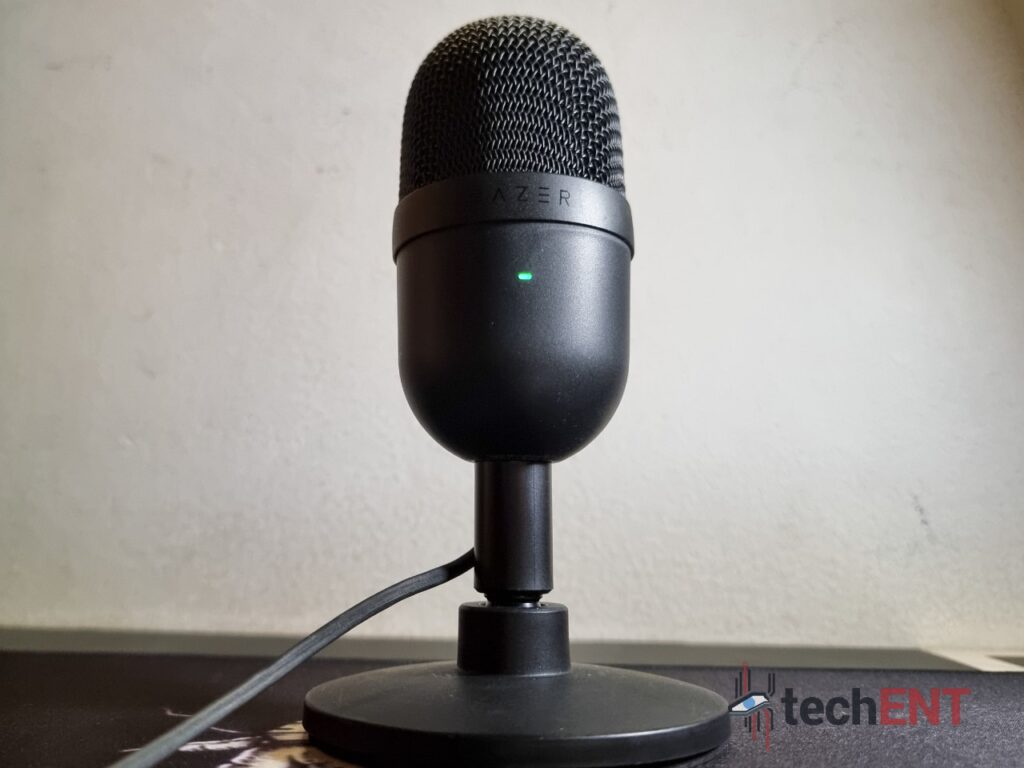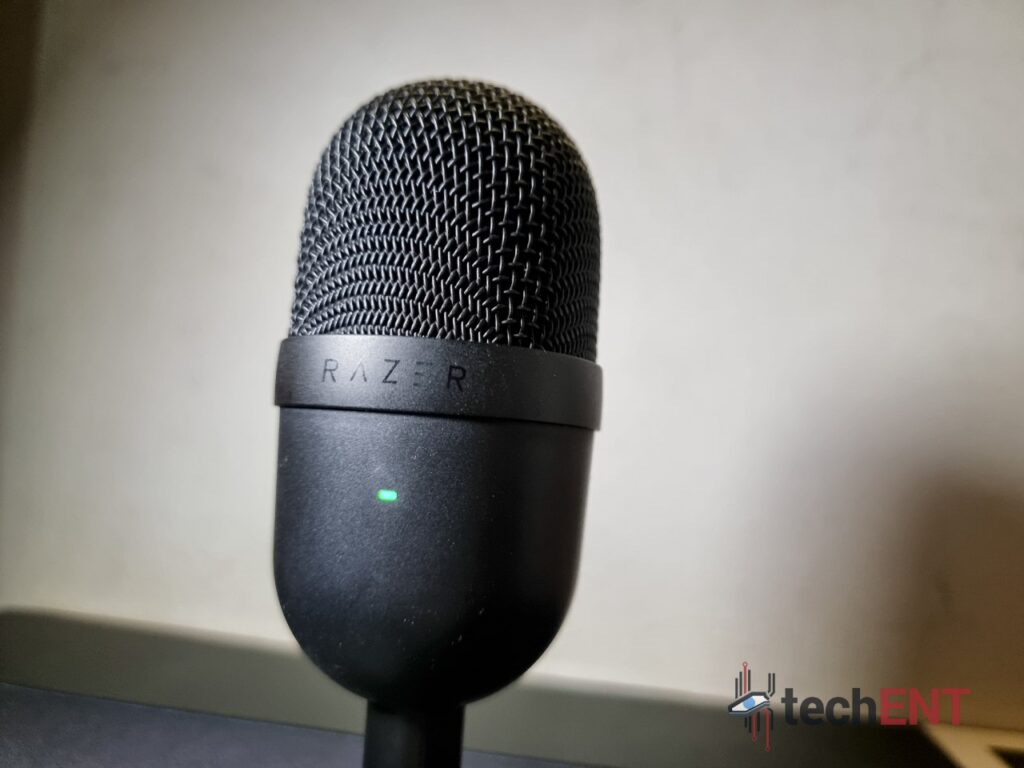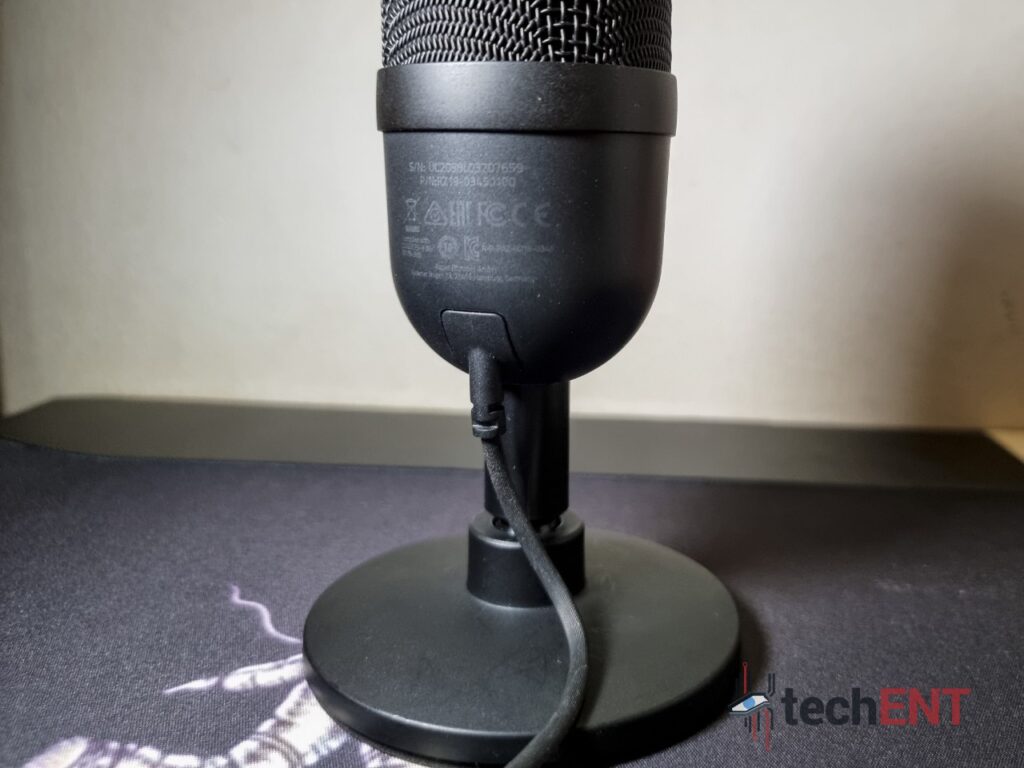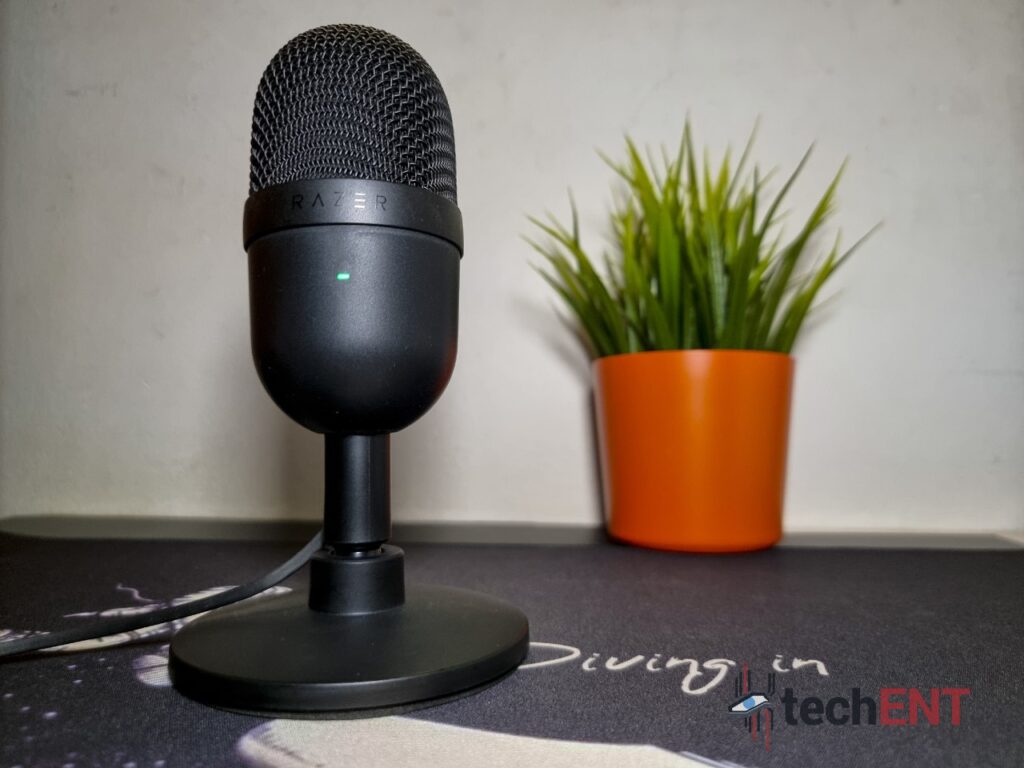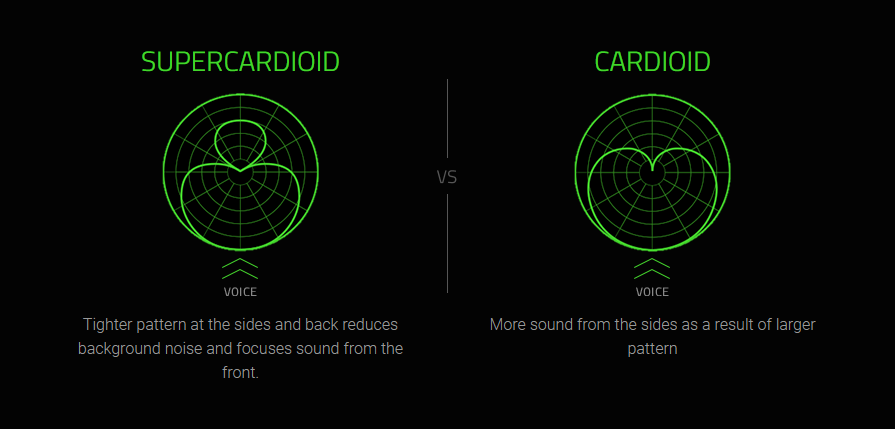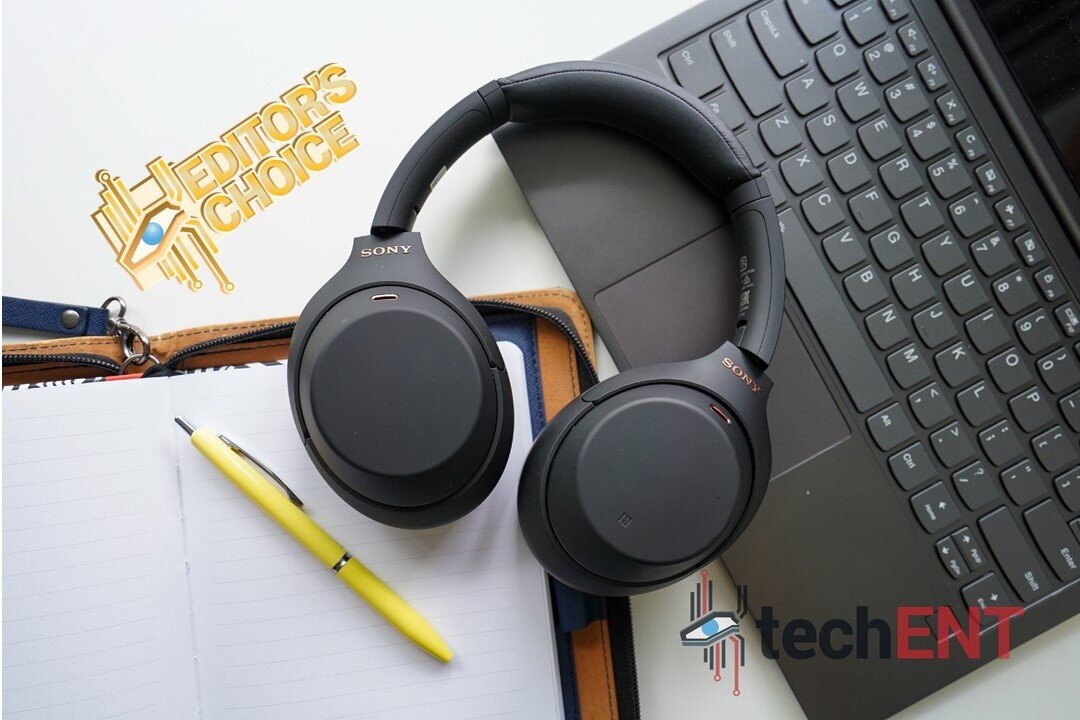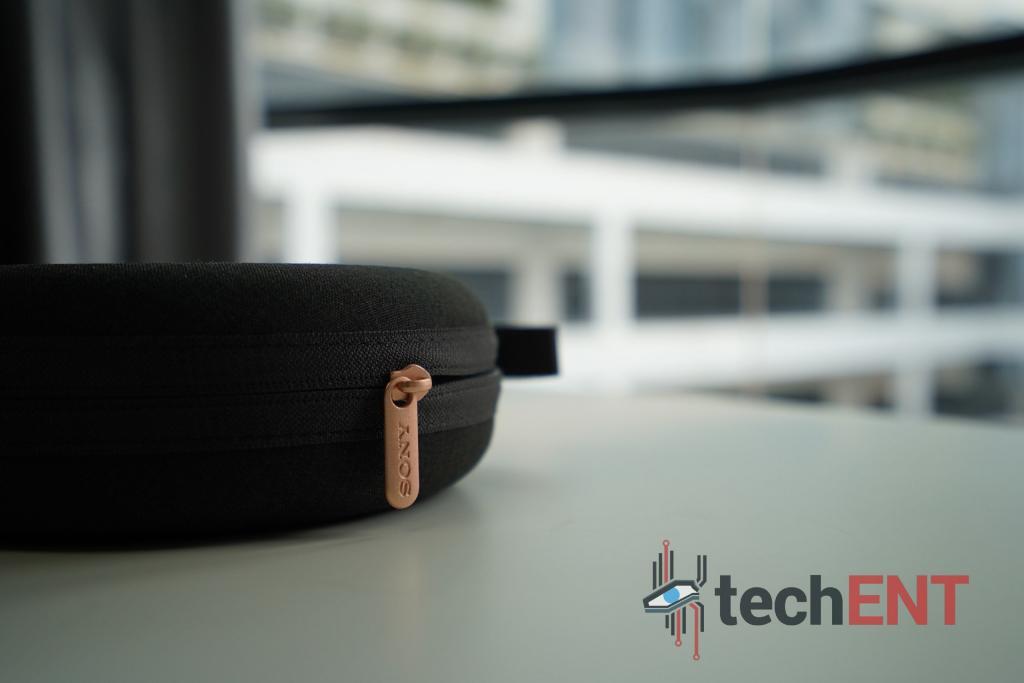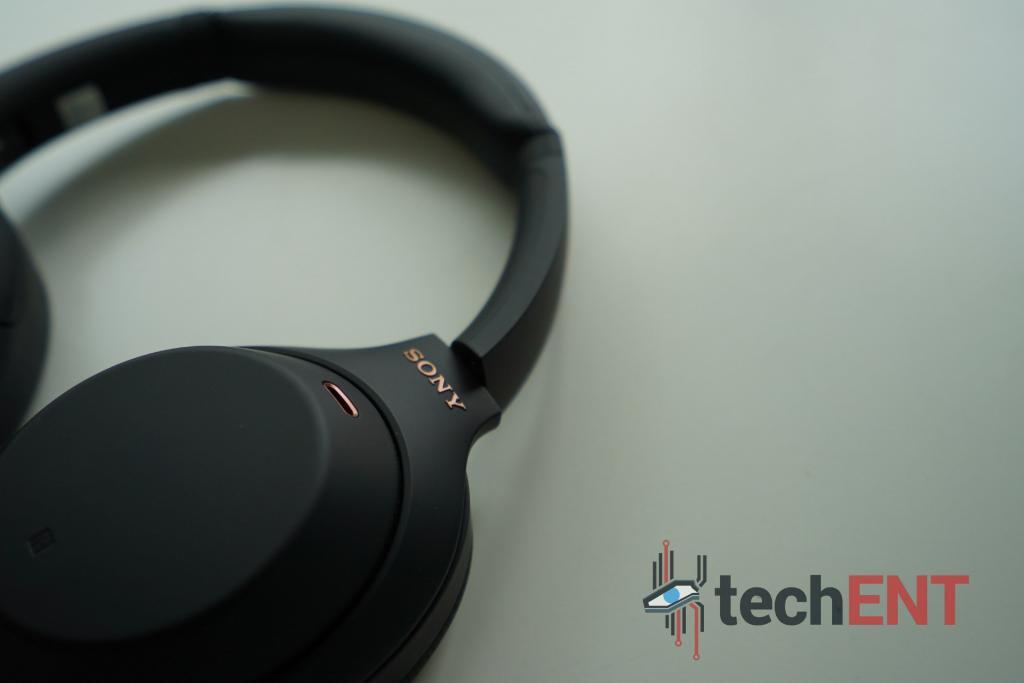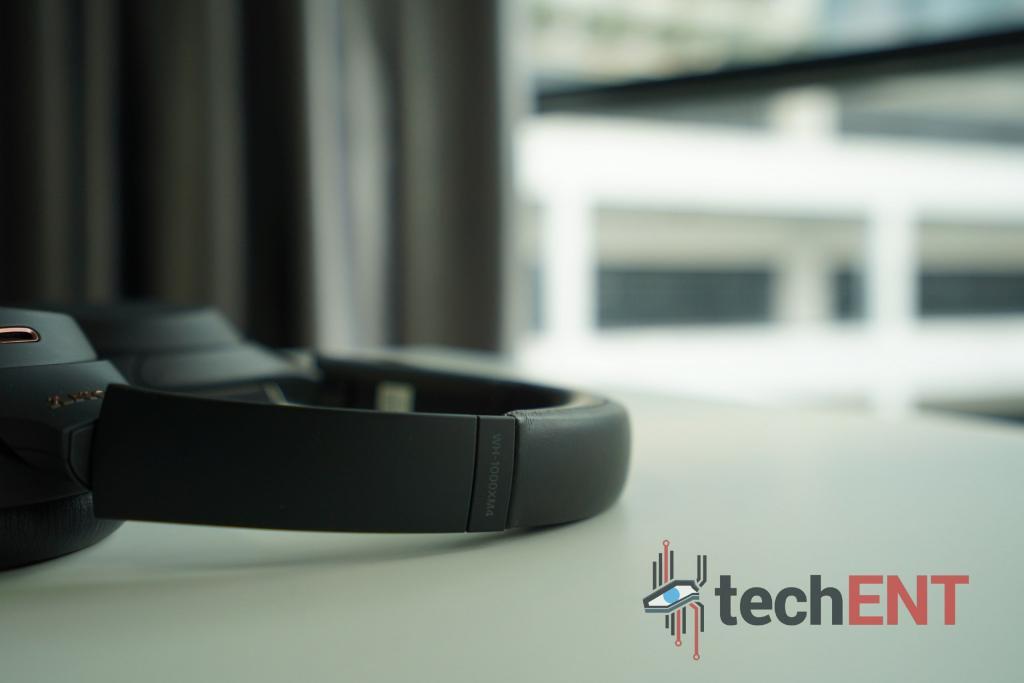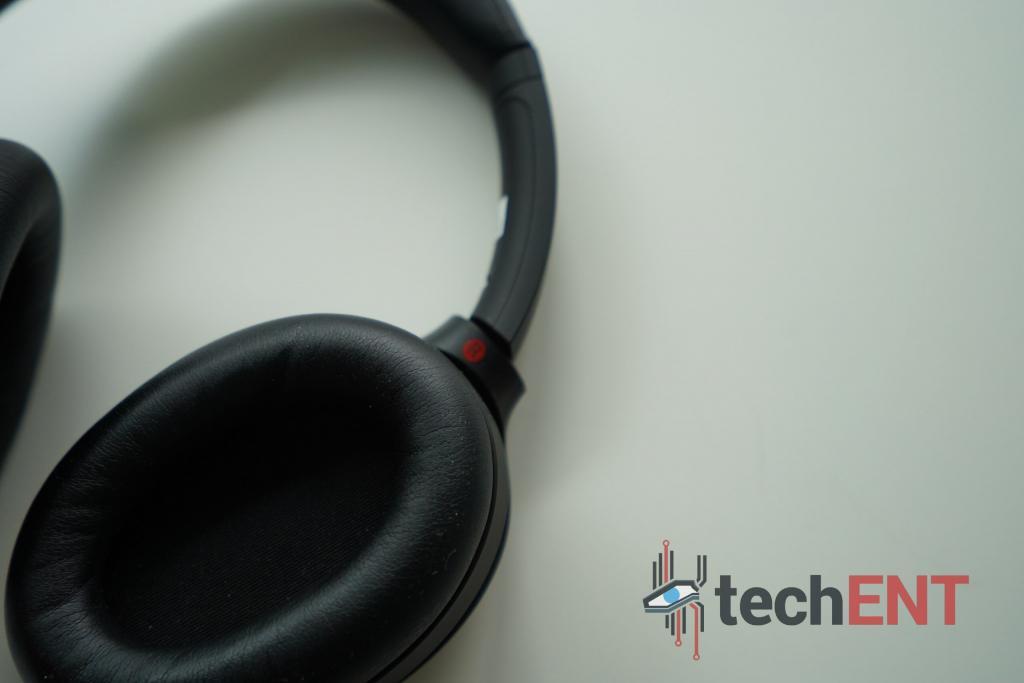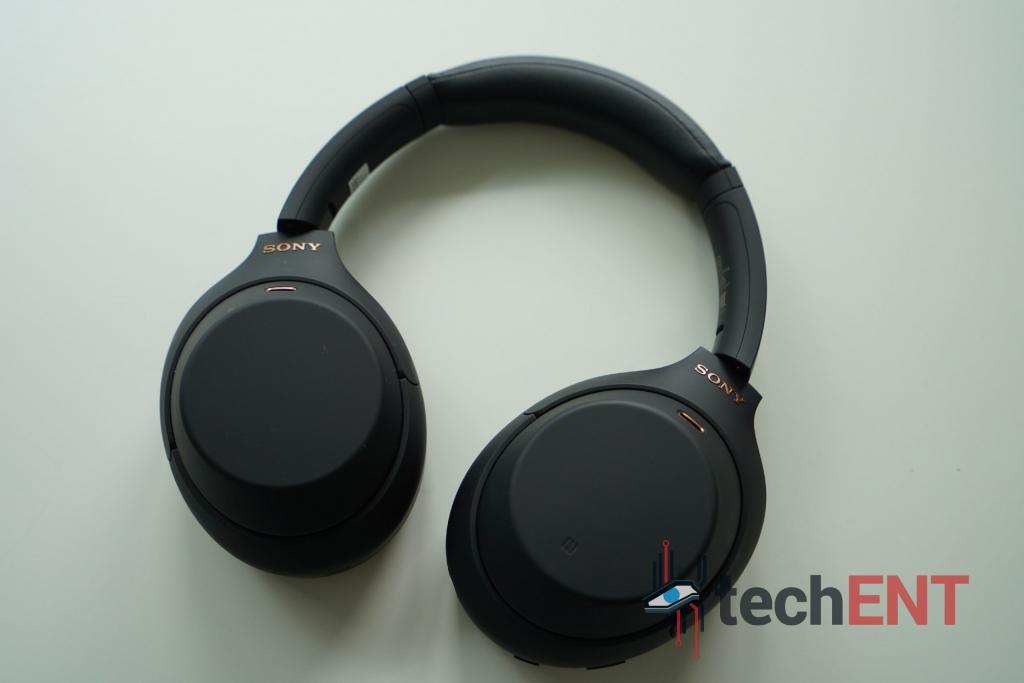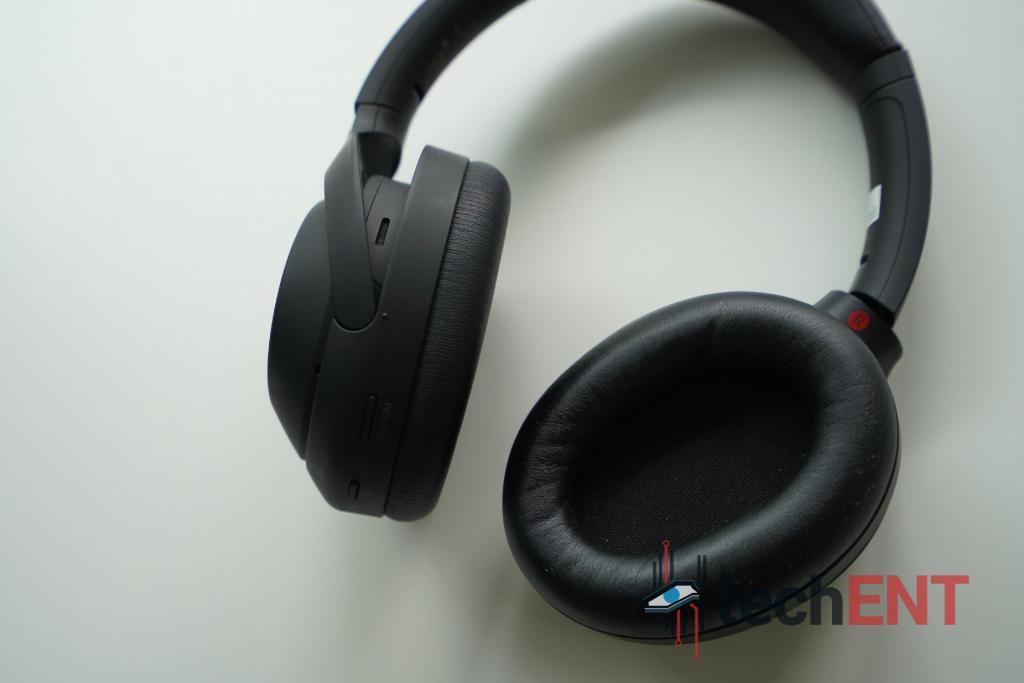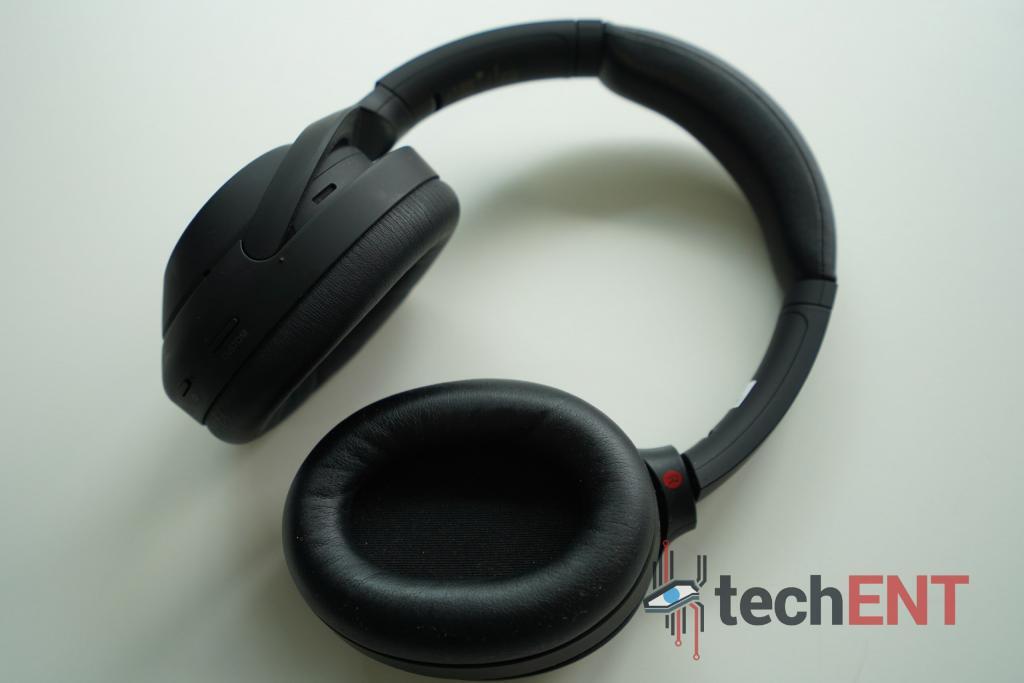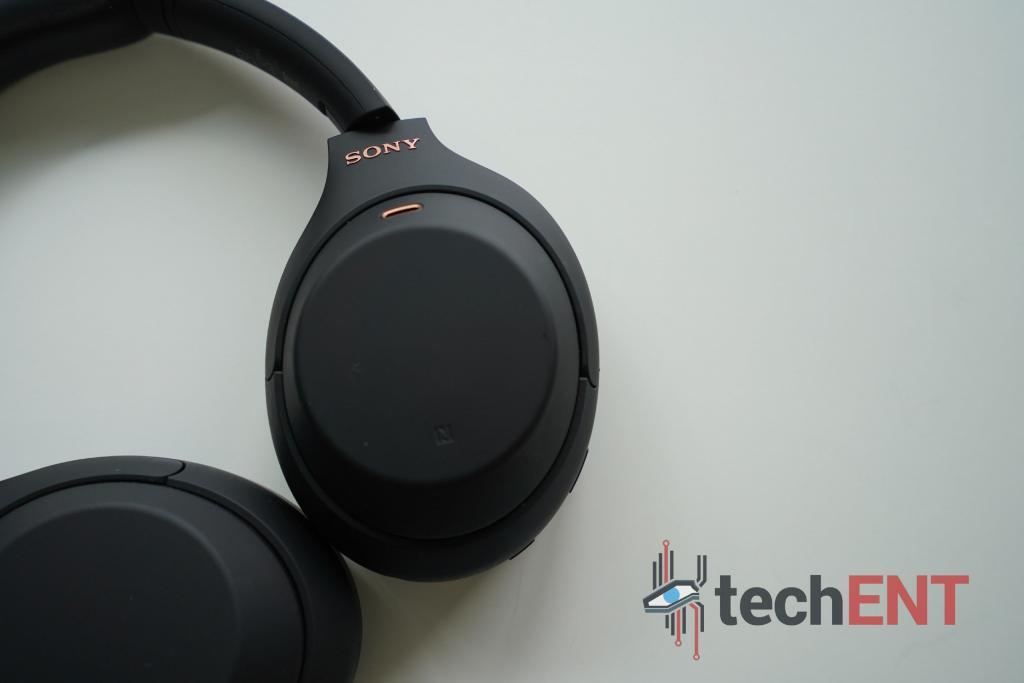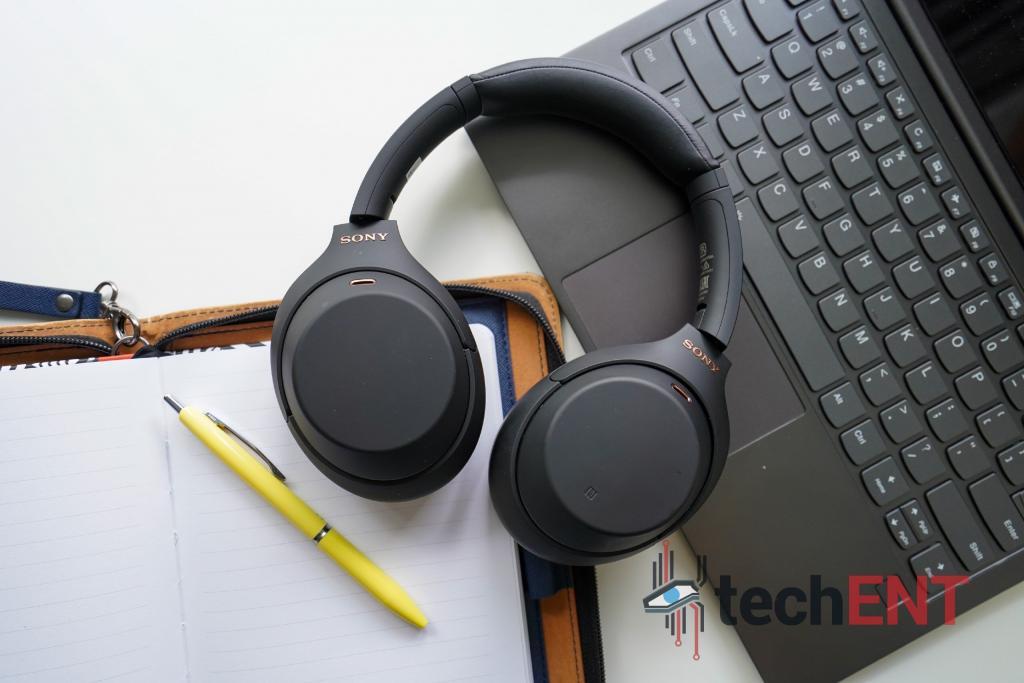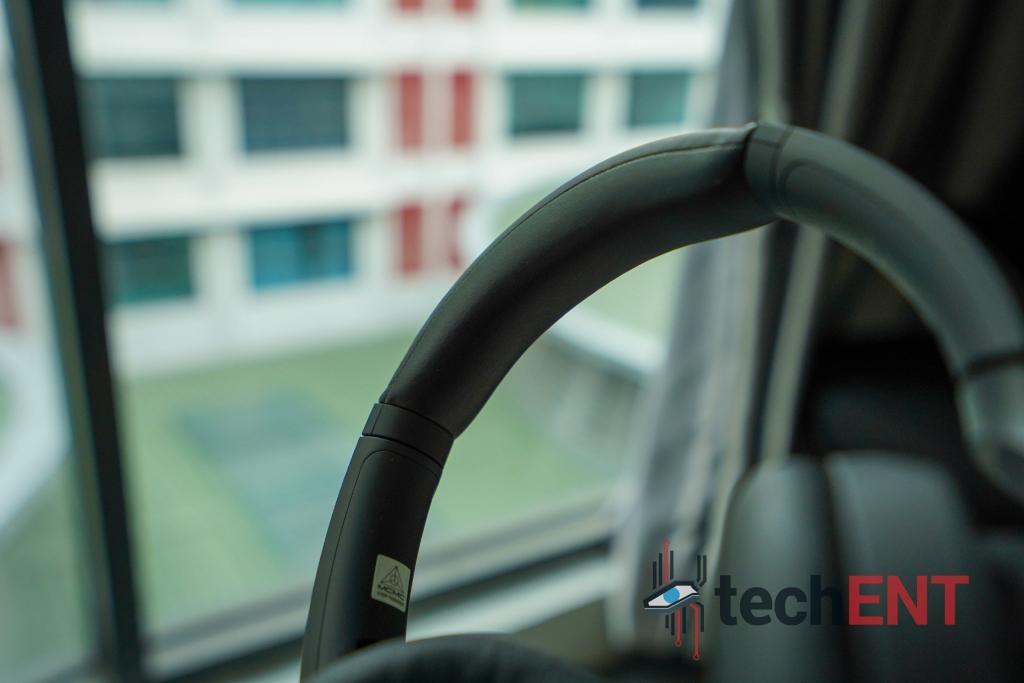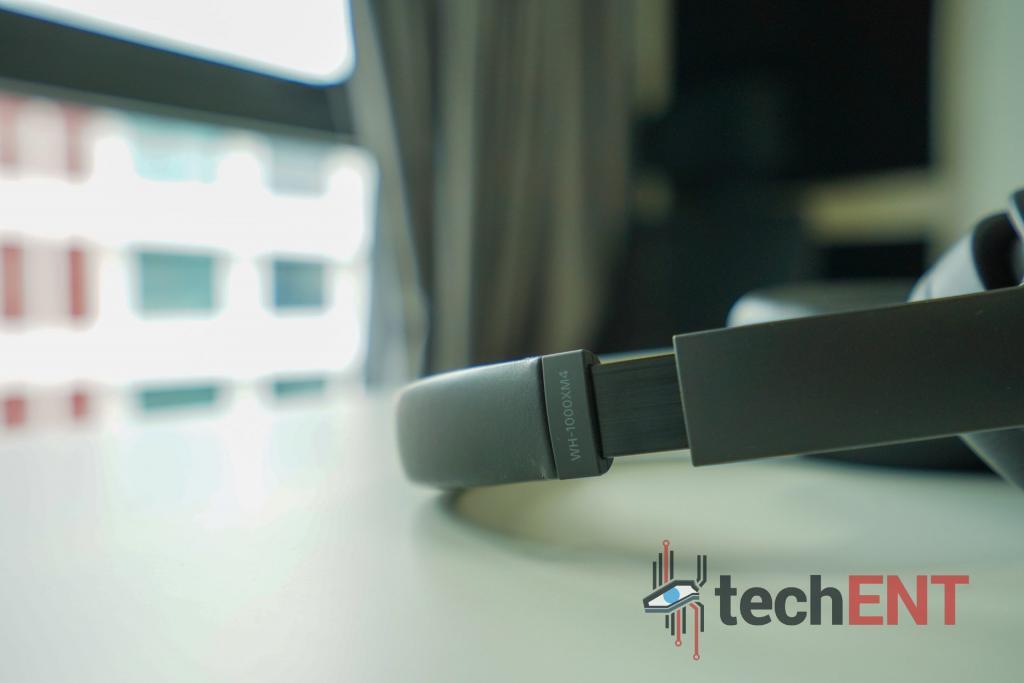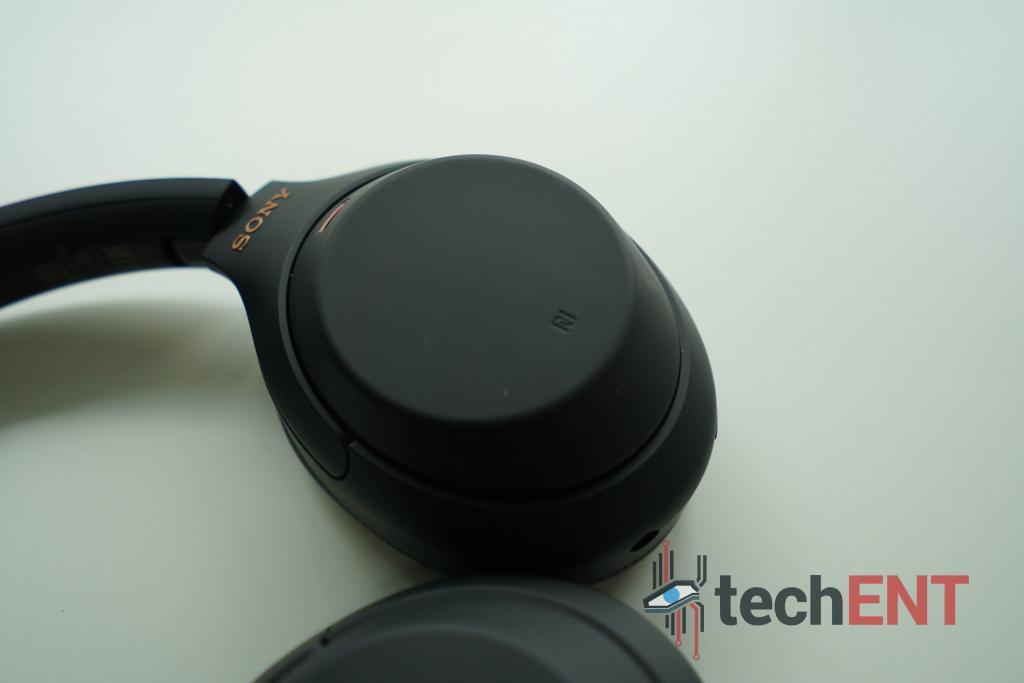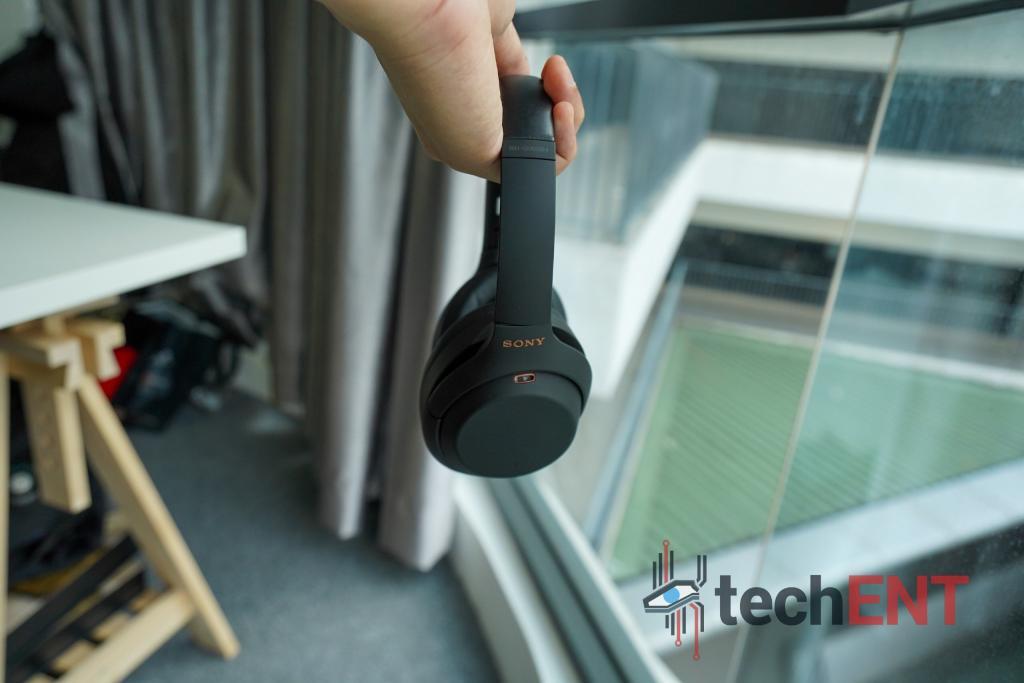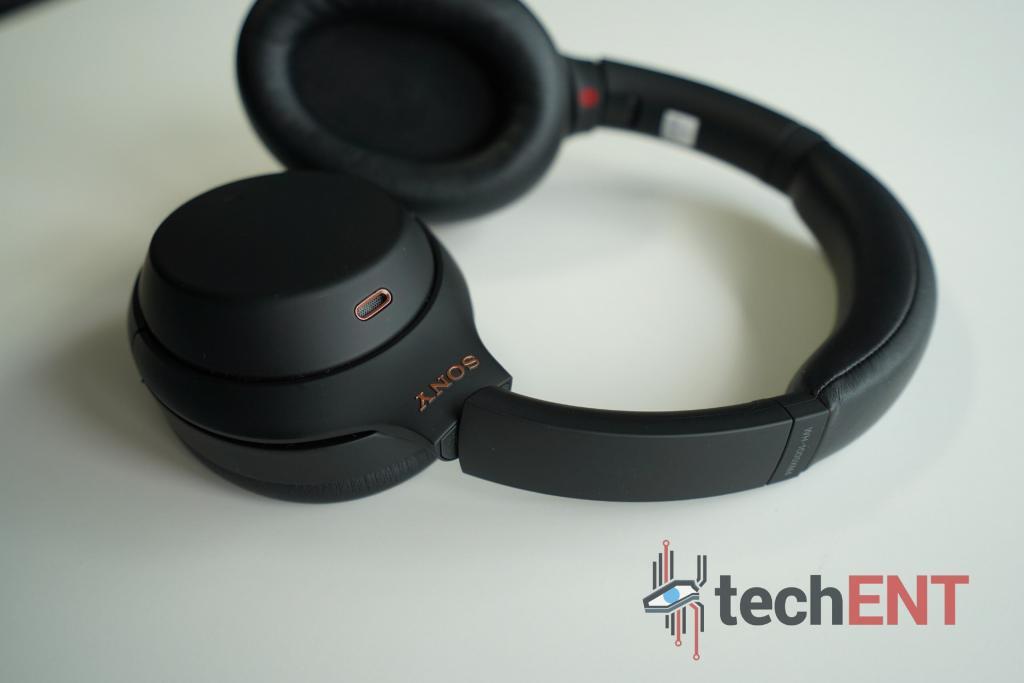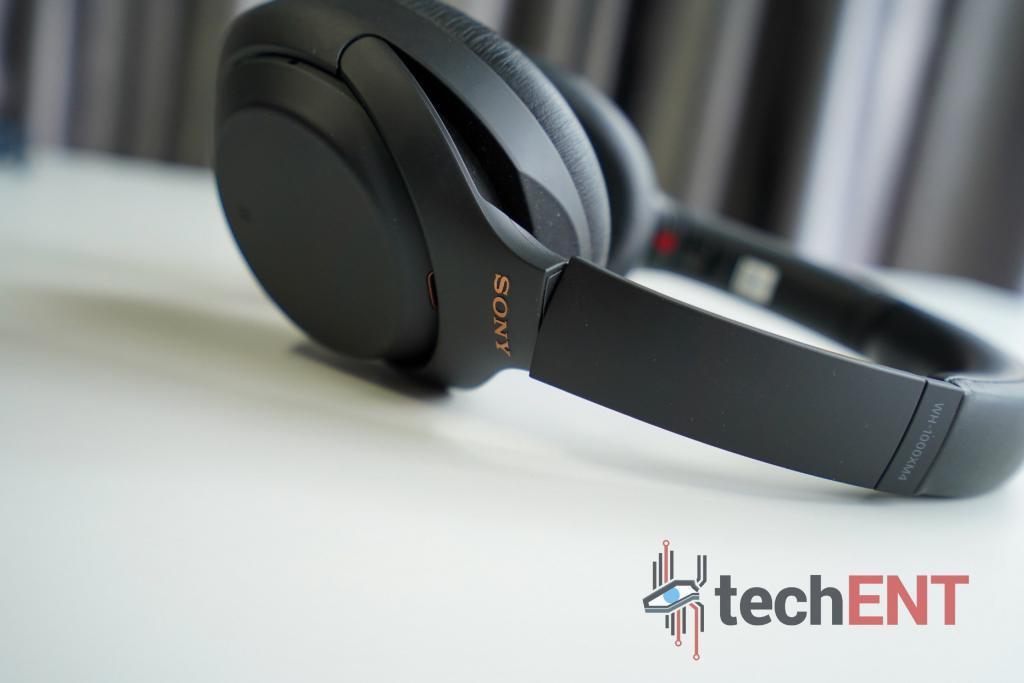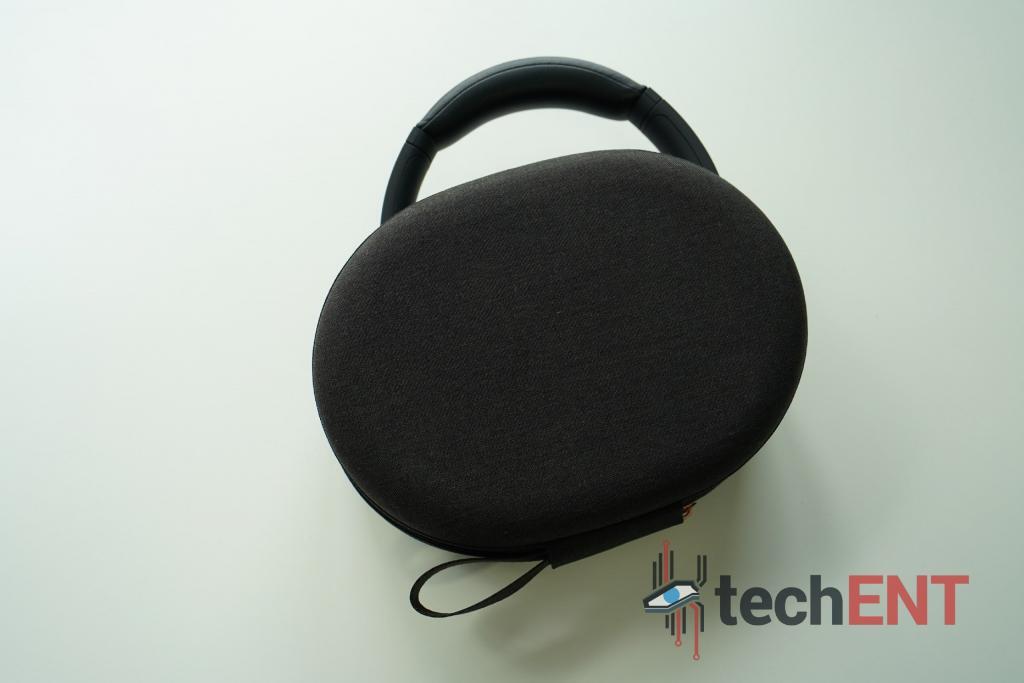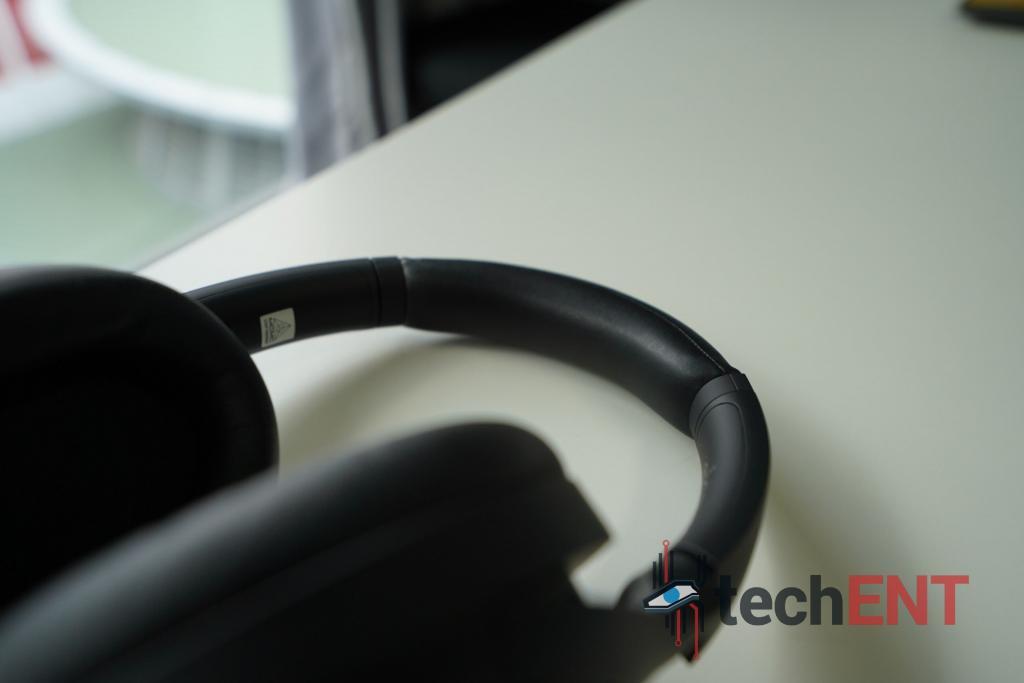Smartphones today are getting a little dreary. The most exciting thing to happen in the past few years was the introduction of foldable form factors. Even then, their practicality is limited, and end up being fashion statements.
Sony’s Xperia 1 smartphones have never been the type that follows trends. The Sony Xperia 1 devices pushed the boundaries of photo and video workflows on a smartphone. There are apps for specific functions and each specialized app does their jobs well. They were always made for Sony’s existing customers looking for an extension to their workflows. The new one is supposed to fit that bill better than before.
It is now MYR 6,399 though. Is it worth that much money? Should you get one? We find out.
Design
We have said this before; we think that Sony managed to nail a design that is elegant and timeless. Nothing much has changed since the introduction of the modern Sony Xperia 1 series. The familiar candy bar design might be old-fashioned, yet the hard-edged design still holds well today. You might not even be able to tell this Xperia 1 V apart from its predecessors.
You get the same button placements as before. The fingerprint sensor is also your power button. The volume rockers sit above the power button. The shutter button that is exclusive to Xperia devices is still there. The display size remains the same for the Xperia 1 V at 6.5-inch with 21:9 aspect ratio that forms the familiar narrow form factor. The sides are now serrated for better grip and feel. The glass at the back is also textured, giving a frosted look to the back and a slightly more organic feel while also resisting fingerprint marks.
Hardware
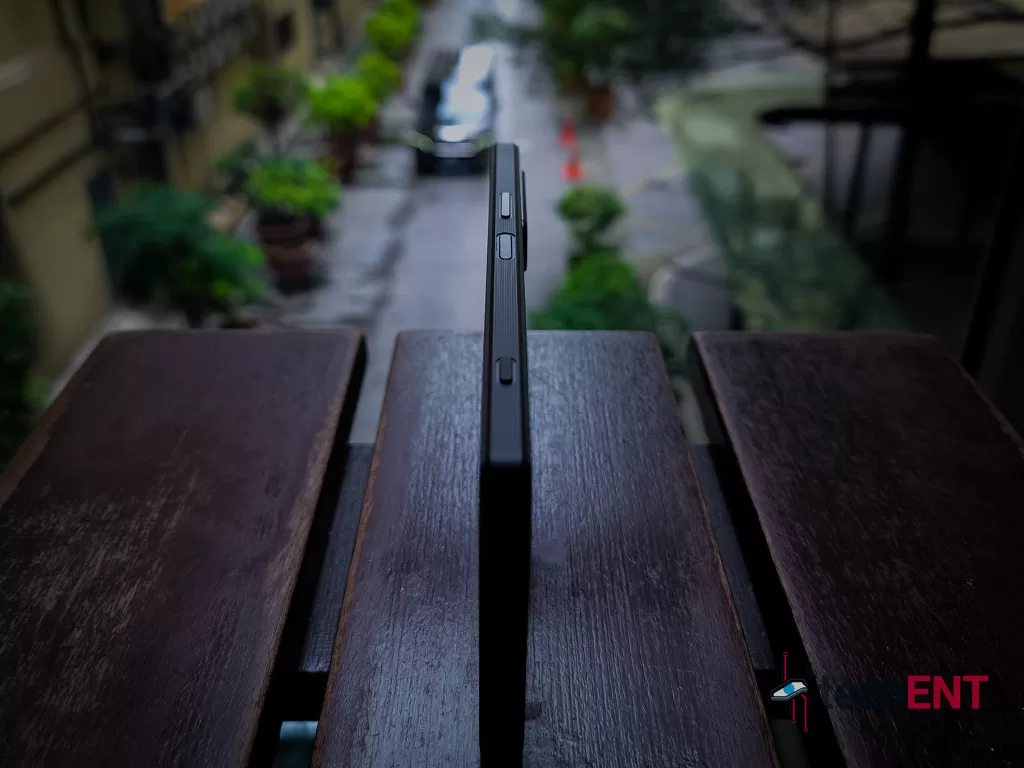
It is a 2023 device, so it needs modern hardware inside. There are a few things that remain though. You still get a 3.5mm jack and the 4K display unique to the Xperia 1 series.
Specifications
| Processor | Qualcomm Snapdragon 8 Gen 2 Octa-core 4nm 1x Cortex-X3 @ 3.2GHz 2x Cortex-A715 @ 2.8GHz 2x Cortex-A710 @ 2.8GHz 3x Cortex-A510 @ 2.0GHz |
| Graphics Processing Unit (GPU) | Adreno 740 |
| RAM (Native) | 12GB |
| Memory (as tested) | 512GB |
| Display(s) | 6.5-inch OLED 1,644 x 3,840 (~643 ppi) 21:9 aspect ratio 120Hz (up to) HDR BT.2020 Corning Gorilla Glass Victus 2 |
| Operating System | Android 13 |
| Battery | Non-Removable Li-Po 5,000mAh Fast Charging 30W Wireless Charging Reverse Charging |
| Connectivity | Dual SIM Wi-Fi WLAN 802.11 a/b/g/n/ac/6e Wi-Fi Direct DLNA GPS/A-GPS, GLONASS, GALILEO, BDS A2DP LE Audio AptX HD AptX Adaptive Bluetooth 5.3 OTG Support NFC USB Type-C 3.2 |
| Camera (s) | REAR: 48-Megapixel (f/1.9, 1.12µm Exmor T for Mobile, 24mm wide angle) 12-Megapixel (f/2.3, 85mm telephoto, 125mm telephoto) 12-Megapixel (f/2.2, 16mm ultrawide) Dual Pixel PDAF 4K video recording (120fps) 5-axis gyro EIS, OIS HDR Zeiss T* LED flash FRONT: 12-Megapixel (f/2.0, 24mm wide angle) 4K video recording (30fps) 5-axis gyro EIS HDR |
| Sensors | Accelerometer Proximity Side Mounted Fingerprint Ambient Light Gyroscope Compass |
User Interface – Clean and Plain Android 13
Sony stuck with the original Android interface. The few bloatware that you can find on the Xperia 1 are Photography Pro, Video Pro, Cinema Pro, and Music Pro. To view your creations, there is Google’s Photos app.
We like the Vanilla Android 13 on Sony’s Xperia 1 V. It feels minimal, simple, and snappy. Since there are no custom skins to worry about, major Android updates can be pushed earlier too.
The Bloatware – Photography Pro, Video Pro, Cinema Pro, Music Pro
Unlike most smartphones today, the Xperia 1 V comes with just a few useful ‘bloatware’. They replace the camera and voice recorder apps. The camera app is replaced by three apps – the Photography Pro app, Video Pro app, and Cinema Pro. The voice recorder app is replaced by Sony’s Music Pro app.
Music Pro
The Music Pro app does everything regular voice recording apps does and more. There is just a simple problem of setting up hitting ‘voice recording’ on the setting before you can start. Beyond that, you can use it to record vocals and instruments separately, and then put them together to create your own demo or even master tracks. Unfortunately, we do not possess nearly enough musical talent nor the time to record proper tracks, so there will be no samples from us.
You can technically record your guitar and vocals concurrently. With some clever AI and acceptable noise levels, we find that the audio recorded on the device sounds clean and clear enough even for music mastering. The ‘voice and guitar’ mode does not separate voice and guitar tracks though.
You can edit your recordings with the app too. While there are limited things you can do, the Music Pro app is comprehensive enough for quick demo tracks. You can add various effects and mix the volumes of each track recorded on the app.
Performance
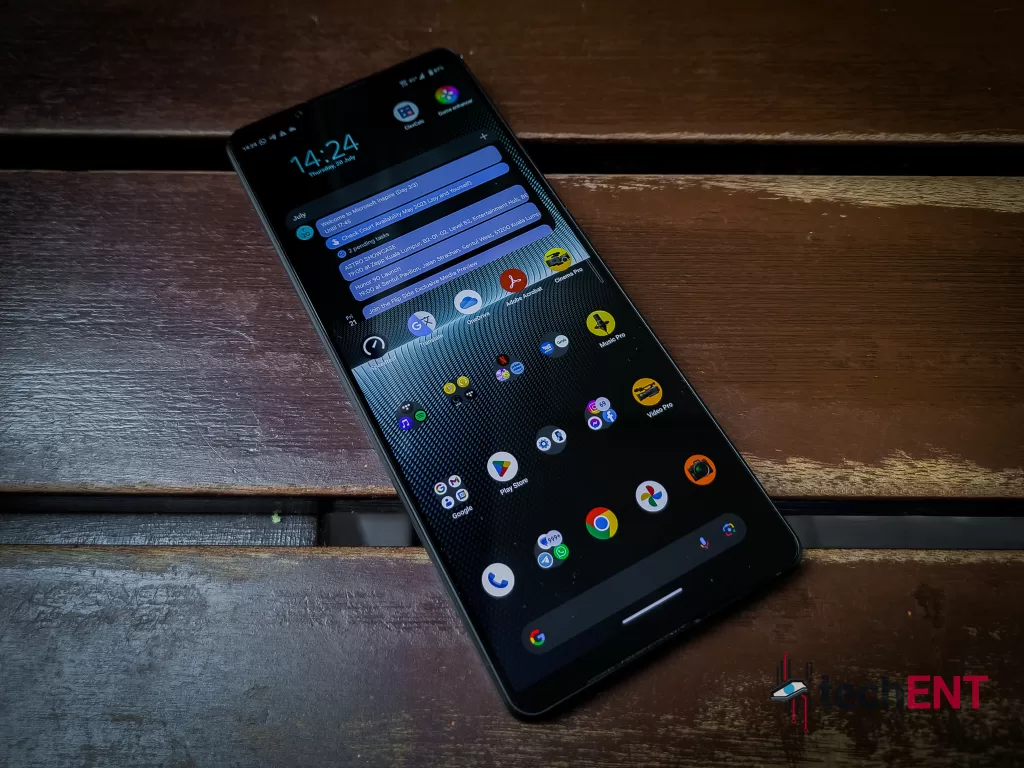
This is a top-tier smartphone with matching hardware. You get Qualcomm’s most powerful Snapdragon processor to date paired with the best display you can find on a smartphone.
Benchmarks
We have maintained that benchmarks for smartphones are flawed and can be unreliable. There were only a handful of benchmarking tools that are available for the Xperia 1 V.
Call Quality and Connectivity
While it is a 5G device, 5G availability in Malaysia is limited. Since Maxis did not offer 5G connectivity in our testing period, we did not test the device with 5G connectivity.
Even with 4G LTE though, we are happy to report that the device works as expected with little issues during a call with VoLTE support. When you lose network coverage, the device holds your call for a few moments to attempt a reconnection. You can make calls even when you have a single bar of network coverage with limited effectiveness.
Gaming
The hallmark of Qualcomm’s most advanced and powerful processor to date is its gaming prowess. The game of choice for us was Pokémon UNITE.
Like most modern smartphones, there is an interface to turn up your device or go into ‘do not disturb’ for uninterrupted gaming experience. We assume that Pokémon UNITE runs at the highest settings based on its hardware. We were impressed with its heat management too.
The game runs at up to 60fps and looks great on the device, especially with the vivid and bright colours. Since the display is wide, you get better overviews of what is happening on the battlefield. In PUBG Mobile, you might appreciate the extra display real estate too.
PlayStation Remote Play
If you have the latest PlayStation devices, this is an obvious choice for mobile gaming. You can technically play your games outside your home even without the DualShock controller if you have an adequate network (like 5G, for example). While this is not an Xperia exclusive feature, we find that games somehow play smoother and snappier on the Xperia 1 V, especially when both devices are under the same WiFi umbrella.
Multitasking and Productivity
Sony wants the Sony Xperia 1 V to be the ultimate tool. That also means smooth multitasking is crucial. With 12GB of RAM within the device, you should have no issues with it.
In our tests, we have Google Chrome with about 20 tabs, Gmail app, WhatsApp, Telegram, Adobe’s Lightroom for Mobile working while running Photography Pro or Video Pro concurrently. The Sony Xperia 1 V managed to run all these applications and even switch between them without any visible hiccups.
Display and Audio
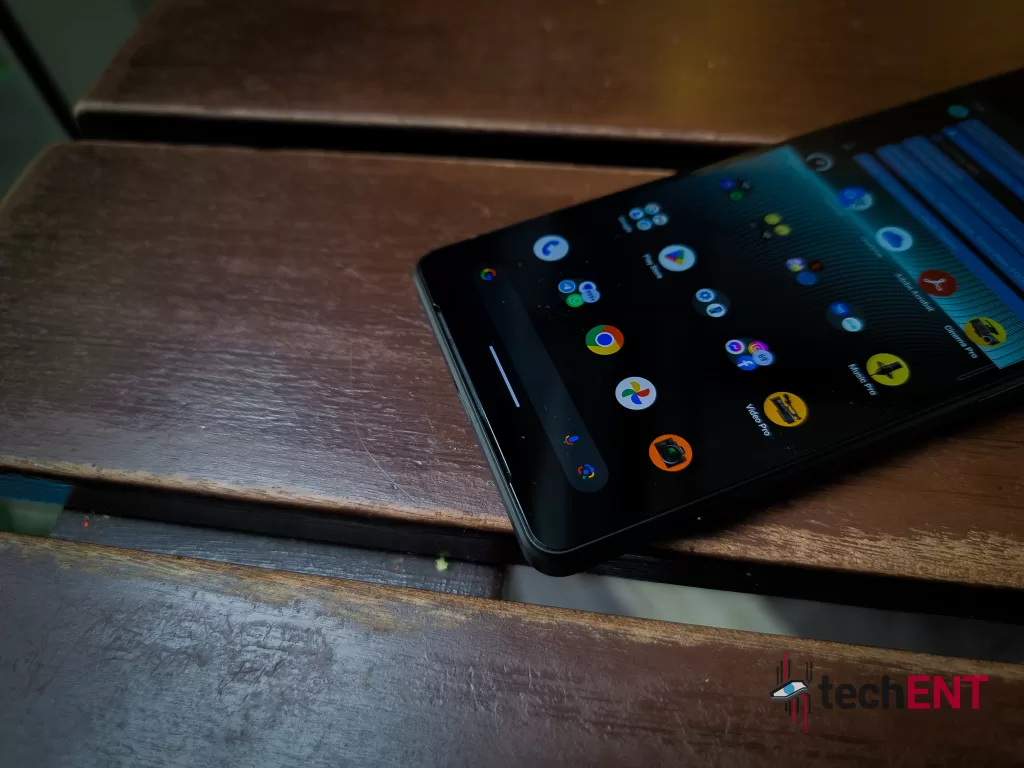
6.5-inch might look small. But this is no ordinary smartphone display. It is a narrow 9:21 (vertical) aspect ratio at 1,644 by 3,840 pixels which also means that it is not technically a true 4K 2160p UHD display.
21:9 (horizontal) aspect ratio is perfect for cinema. Movies like Devotion or The Adam Project on Netflix fill the entire display with content. The front-facing camera is placed on a thin bezel on top of the display, offering unbroken immersion while watching movies.
You tend to get two huge negative spaces at the sides for regular 16:9 videos though. In effect, you are getting a slightly smaller screen than other smartphones. Still, it is an OLED display that offers 120Hz and HDR BT.2020 colours underneath a Corning Gorilla Glass Victus 2. HDR BT.2020 is a new standard that maximizes the colour depth 4K displays can offer. You are getting 12-bit in colour depth with the most accurate, vibrant colours available and deep blacks from the Sony Xperia 1 V.
Sony’s Xperia 1 V boasts dual speakers that offer 24-bit/192kHz decoding. That means that your smartphone is a Hi-Res capable music player with capable speakers. We think that the Sony Xperia 1 V’s speakers are one of the best sounding speakers fitted to a smartphone. It sounds full, punchy, and accurate at all volume ranges. It can get loud too if you want it to be. The only thing missing is its own subwoofer for even punchier bass notes.
3.5mm AUX Jack
Nothing beats the wire in terms of audio quality and latency. The 3.5mm AUX jack on the Sony Xperia 1 V is nothing too special to begin with, but the fact that the device has one is interesting enough. Having a 3.5mm jack also means that you are not relying on battery power for your audio; one less thing to go wrong. The AUX jack can also be used as a mic input.
Battery Life
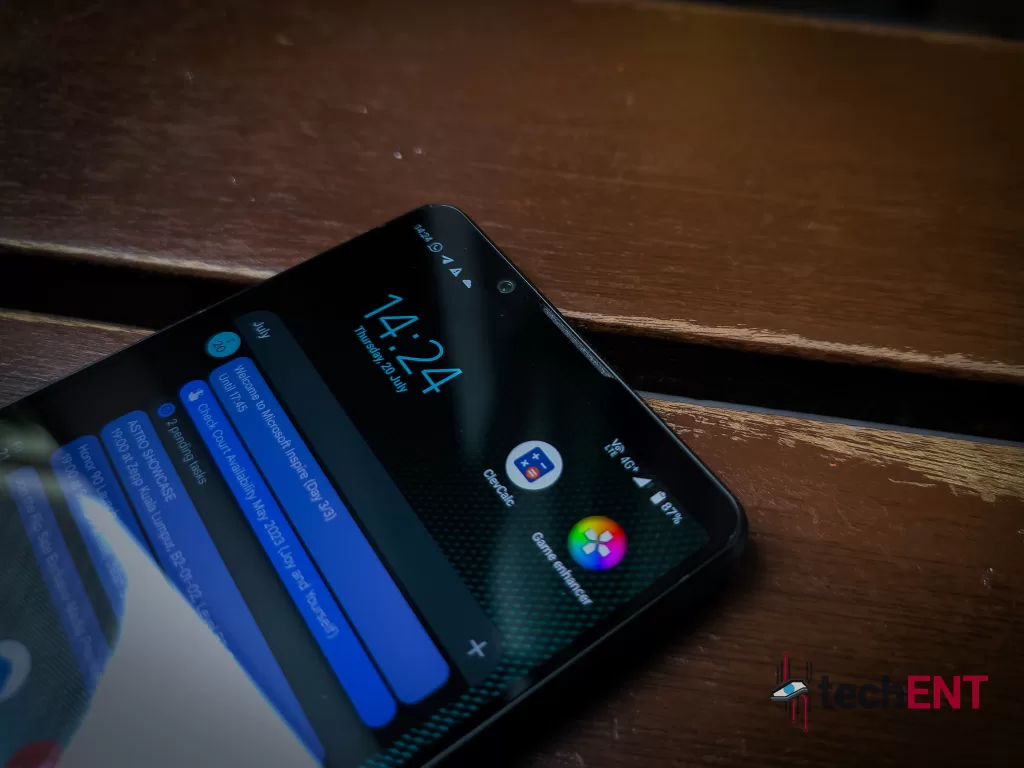
The Sony flagship comes with a 5,000mAh battery, typical of modern flagships. We were pleasantly surprised with its battery life despite the 4K display. In our typical use case mentioned above, we typically saw the Sony Xperia 1 V lasting more than a day and sometimes even two days in minimal use cases.
Camera(s)
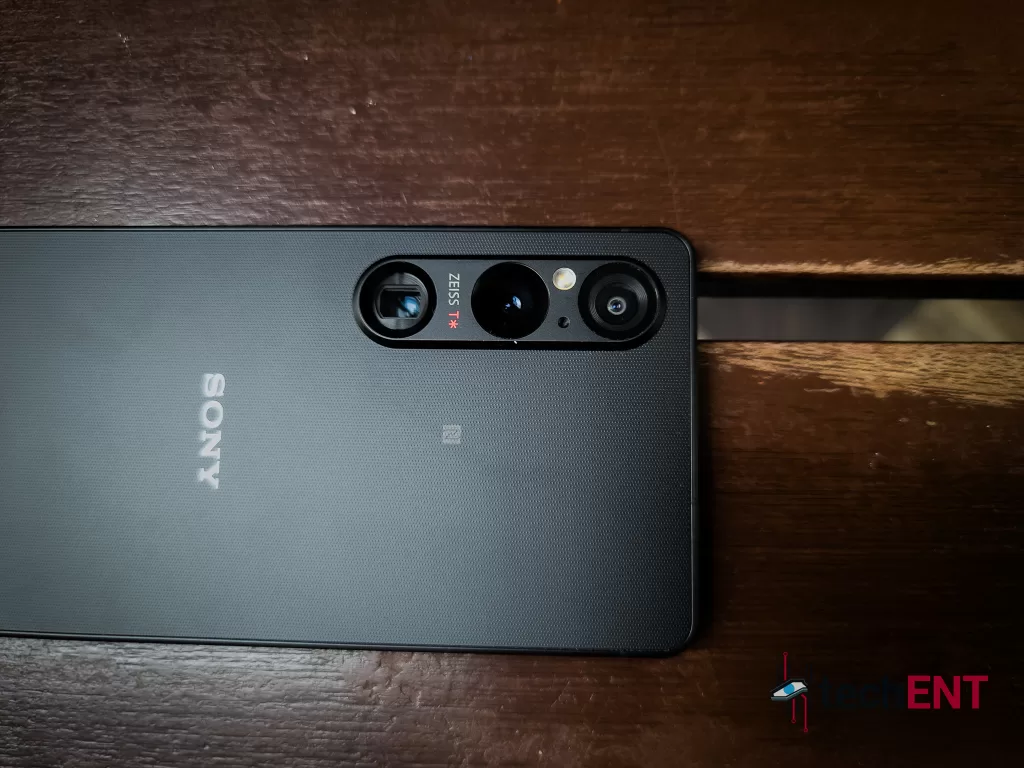
The Sony Xperia 1 V comes with three cameras. Each of them is rated at 12-Megapixel resolution, but there is more to it. Sony developed a new larger Exmor T for mobile sensor underneath a 24mm lens on the device.
The 12-Megapixel Exmor T for Mobile – More Like 52-Megapixel
While Sony says that the main camera captures 12-Megapixel photos, their sensor technically has 48 million effective pixels from an oversized 52-Megapixel 1/1.35-inch sensor. Save for the Xperia Pro-I, the Exmor T for mobile is the largest ever camera sensor in a smartphone with about 26% more surface area than regular 1/1.7-inch sensors. Larger pixels also means that each individual pixel captures more light for more details and better low-light performance.
In adequate lighting, you get even better results. Photos look stunning and feel like something you get from proper cameras. We are not saying that this can replace a DSLR, but the best camera is the one you have, and this one is one camera you want to have in your pockets.
Photography Pro
This replaces your regular camera app and can work like one. In the ‘basic’ mode, it does everything automatically. Snaps can be taken with the physical shutter button or the on-screen button. There is the usual Auto, Aperture Priority (A), Programmable Auto (P), and Shutter Speed Priority(S) modes alongside Manual (M) mode. We left it on Auto most of the time since it is quicker to work with.
The Auto option still offers a few granular controls. You can choose to save your photos in RAW or JPEG formats, or both. You can manually control your focus pull as well from the interface for even more creative control. You even get focus peaking if you need it.
Video Pro
The Video Pro app turns the device into a proper production ready camera. The interface is intuitive with all the granular controls you need on the display. You can even adjust focus pull, put markers on the slider and let the interface automate the focus pull for you.
You get to choose between different colour logs, even S-Cinetone if you want to for that extra cinematic look post edit. If you do not want any of the post editing hassle though, you can just still with the basic or the vivid colour log.
The Sony Xperia 1 V also comes with both Optical and Electronic Image Stabilizers. It takes a little bit of practice, but when you get your movements right, you can easily shoot a stable video while walking through the park even without a gimbal.
Cinema Pro
The Video Pro app is not the only video recording app on the device though. The Cinema Pro app lets you capture videos at 21:9 aspect ratio. The Cinema Pro app also offers most of the controls that are offered on the Video Pro app, including shooting in the S-Cinetone colour gamut.
It is also a video editing app right on the device that allows you to stitch whatever footage you took on the device and get a cinematic video or vlog going without too much fuss. You are directly getting and editing footage at the natural cinematic aspect ratio perfect for viewing on the Sony Xperia 1 V itself. We think that it might provide an interesting look for your vlogs.
Gallery
Monitor Mode
If you do have a modern Alpha camera though, the Xperia 1 V is not just an accompanying smartphone. It can be the ultimate companion for your alpha workflow. It can be your external monitor when you do your video shots on the Alpha camera. We are talking about a proper external 4K display for your Alpha camera.
The Xperia 1 V can be connected to the camera via a USB Type-C to HDMI cable to make it a larger, more colour accurate 4K external monitor for your shoots. The idea is not to use the Xperia 1 V with your modern Sony Alpha cameras though. It is to be used with older Alpha cameras and even cameras made by other monufacturers. If you have a USB Type-C to HDMI cable or some form of adapter for an HDMI or USB Type-C cables to the same effect, you can use the Sony Xperia 1 V in the external monitor mode with all sorts of cameras.
The Sony Xperia 1 V – Not the Average Flagship
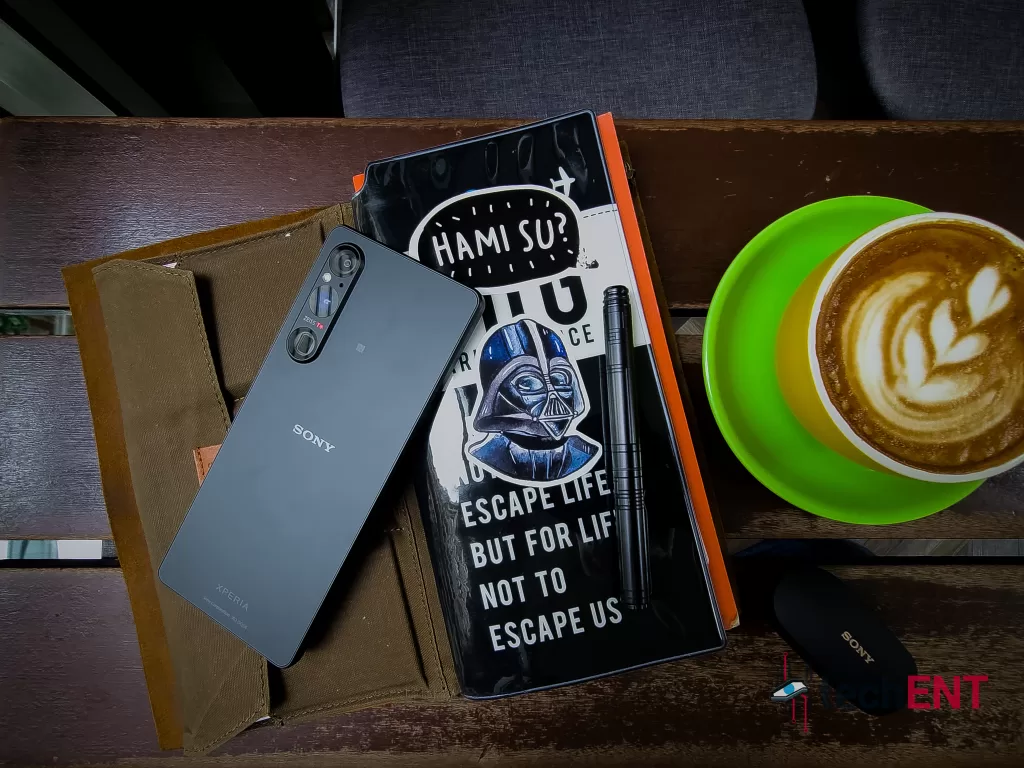
We have to acknowledge that its design may not be to everyone’s liking. The sharper edges on the Xperia 1 V may also not be the most comfortable thing in your hands. There is not much else wrong with the Xperia 1 V though.
Its improved camera and apps capture better photos and videos than before. The device works extremely well as an alternative to regular cameras. While proper cameras offer better results, the videos and photos taken on the Xperia 1 V are still remarkable.
In the sea of Android devices, the near Vanilla Android 13 interface on the Xperia 1 V is refreshing. It feels clean, smooth, and looks great in 4K. Thanks to the minimal overlay as well, any major Android updates should come quickly on the Xperia 1 V.
We like the shutter button. The distinctive knurled shutter button alongside the textured back and sides make the device feel more premium than before. For protection, Sony also sells a minimal protective case with kickstand for the Sony Xperia 1 V that offers a better grip feel.

The 4K display is stunning to look at. We were also impressed with the battery life of the Sony Xperia 1 V despite the power-hungry display. It lasted more than a day even when we decided to work with the cameras. We liked that the flagship comes with 3.5mm jack as well as excellent speakers.
At MYR 6,399, the Sony Xperia 1 V is easily one the most expensive Android devices out there. Is it worth its asking price? To most, it is not. It is more than a regular smartphone for content creators. It is an extended tool, a companion, and a viable alternative when all else fails. For that, we think that it is worth the MYR 6,399 asking price. We would buy it.
